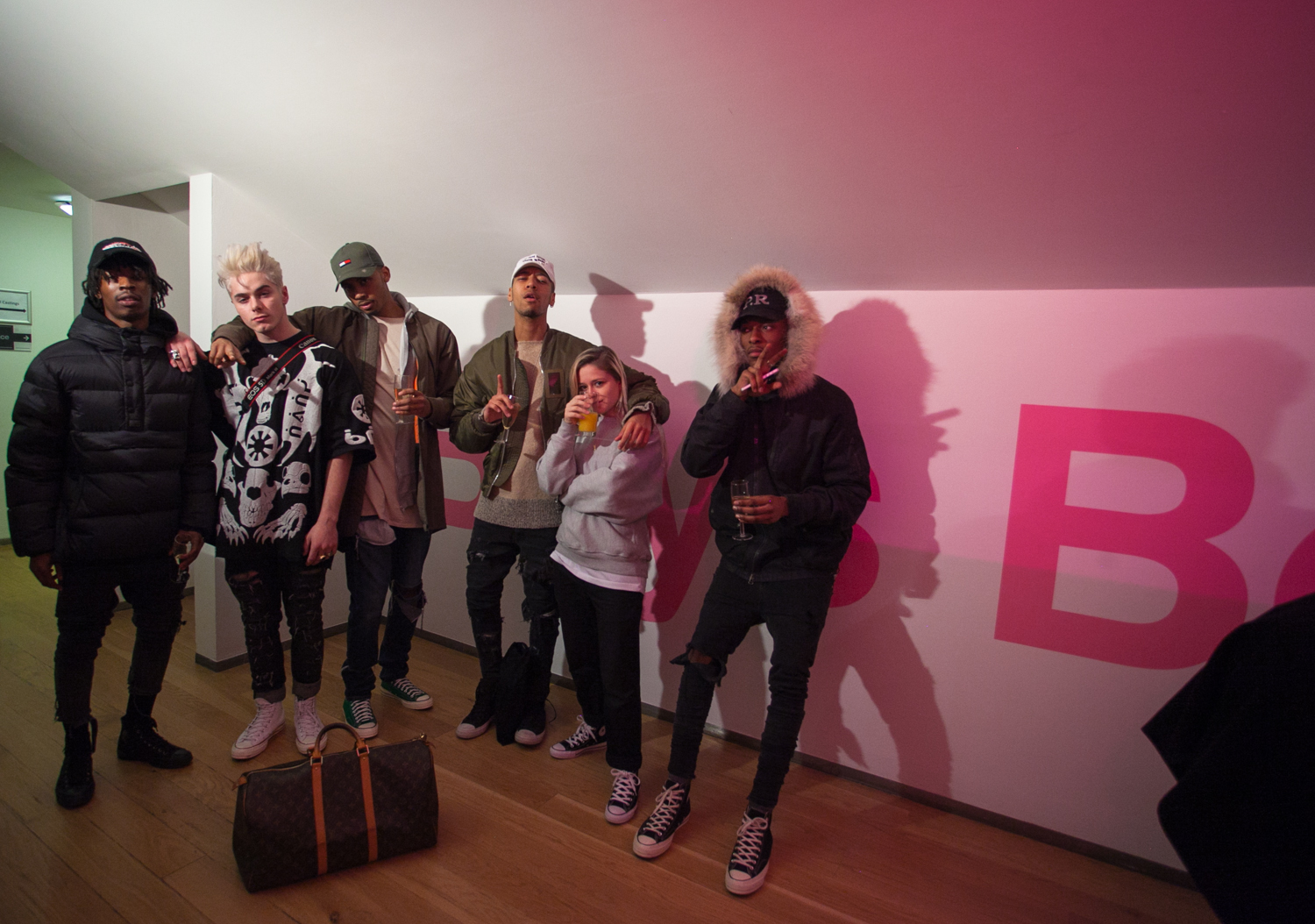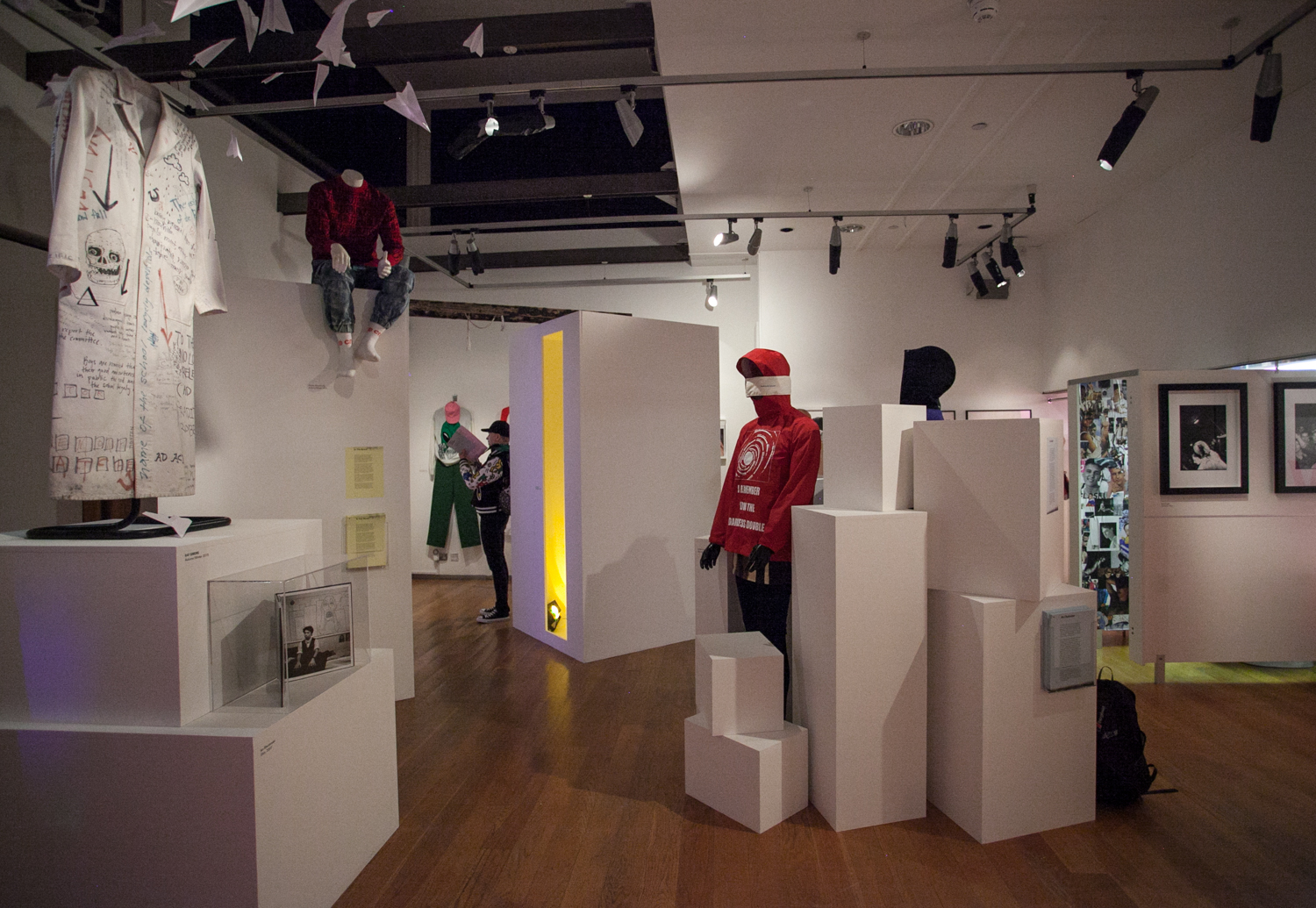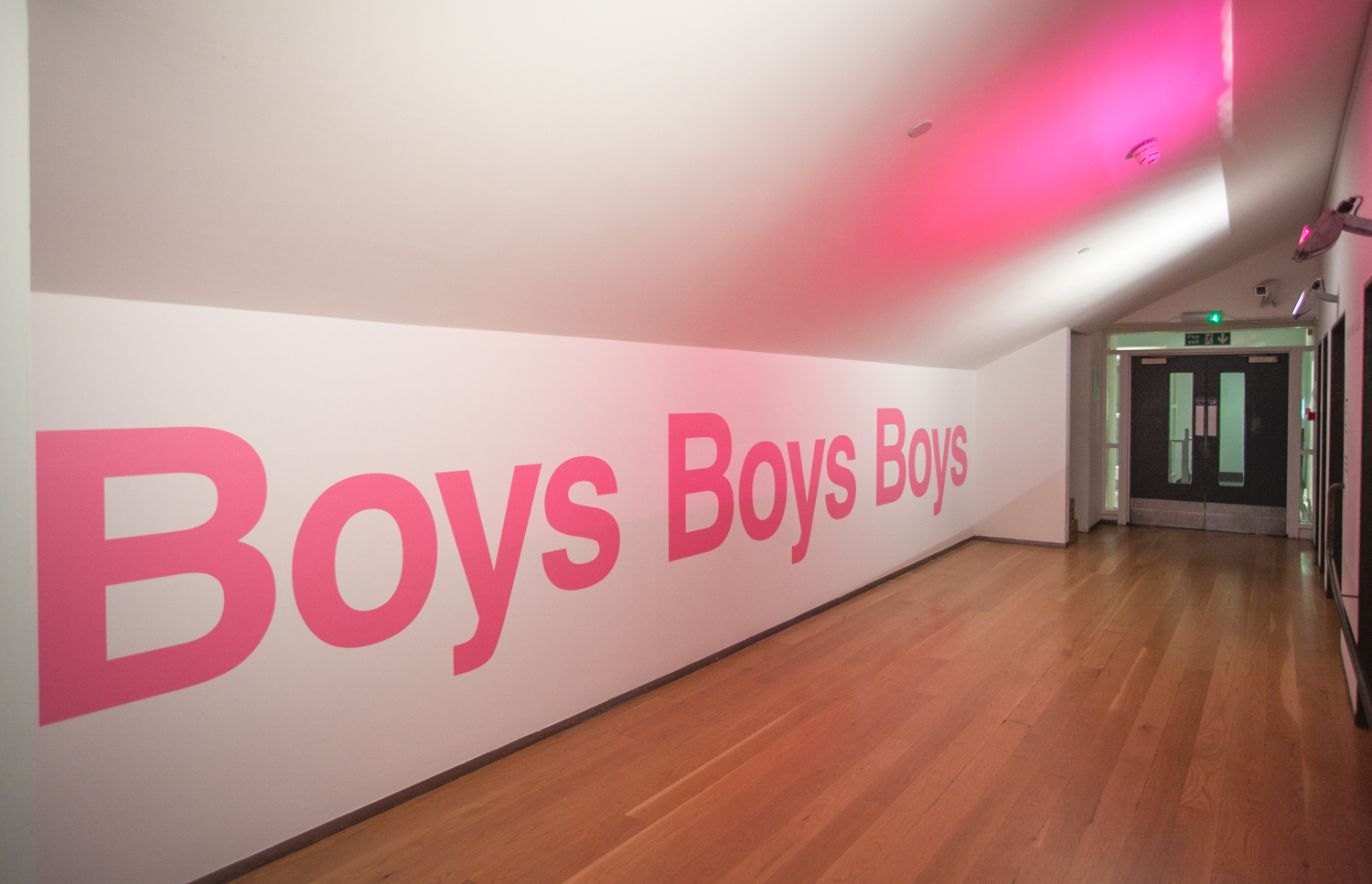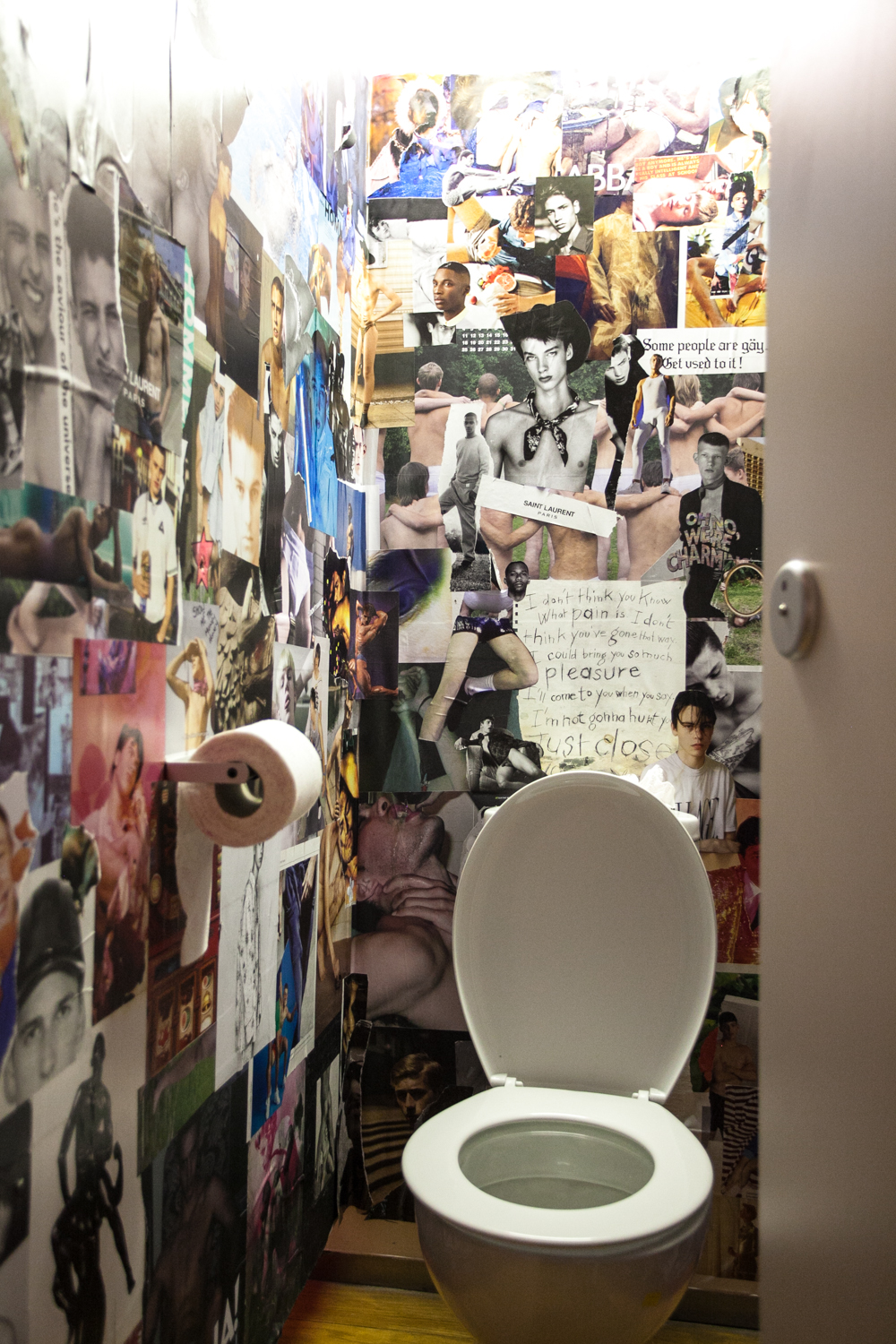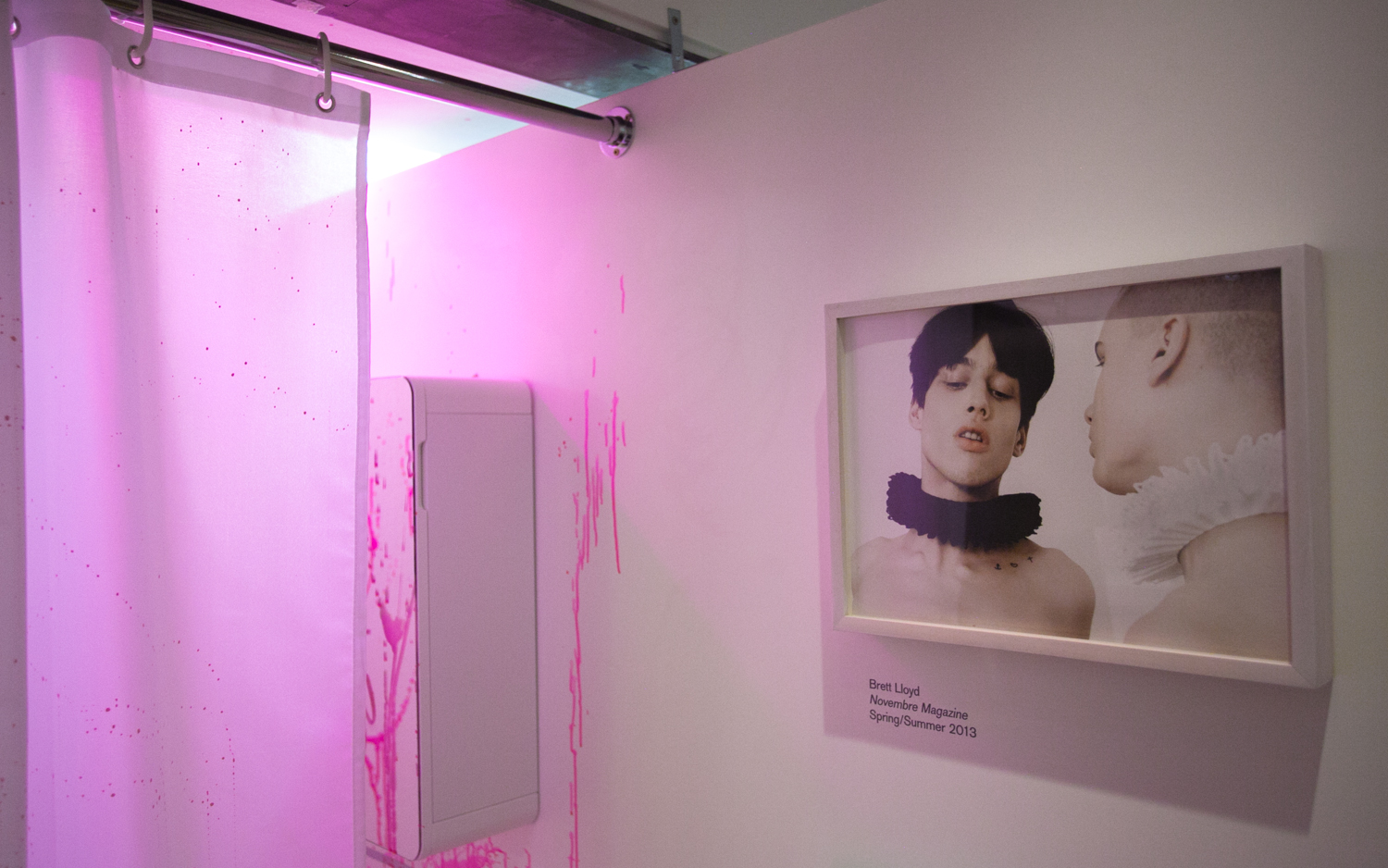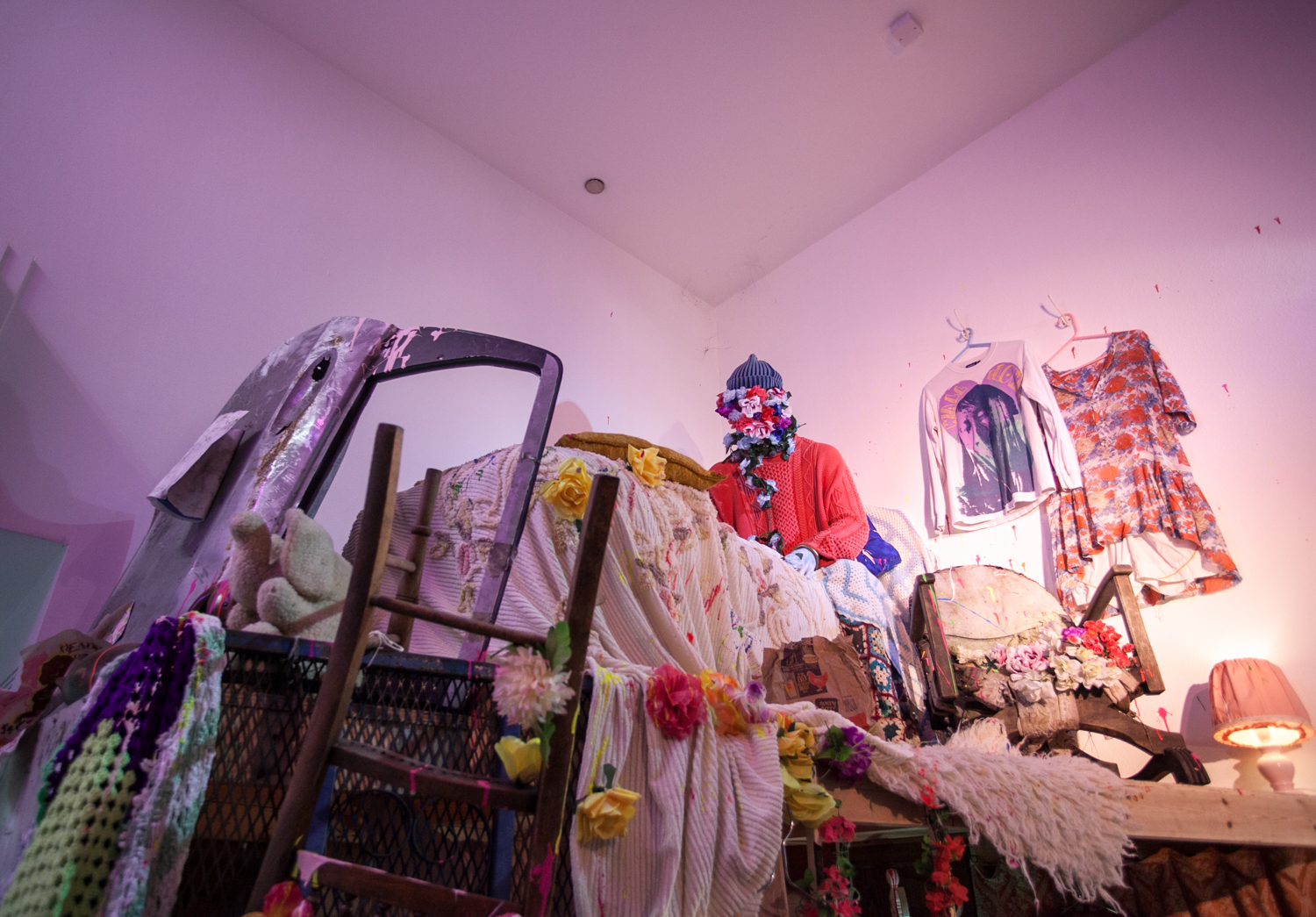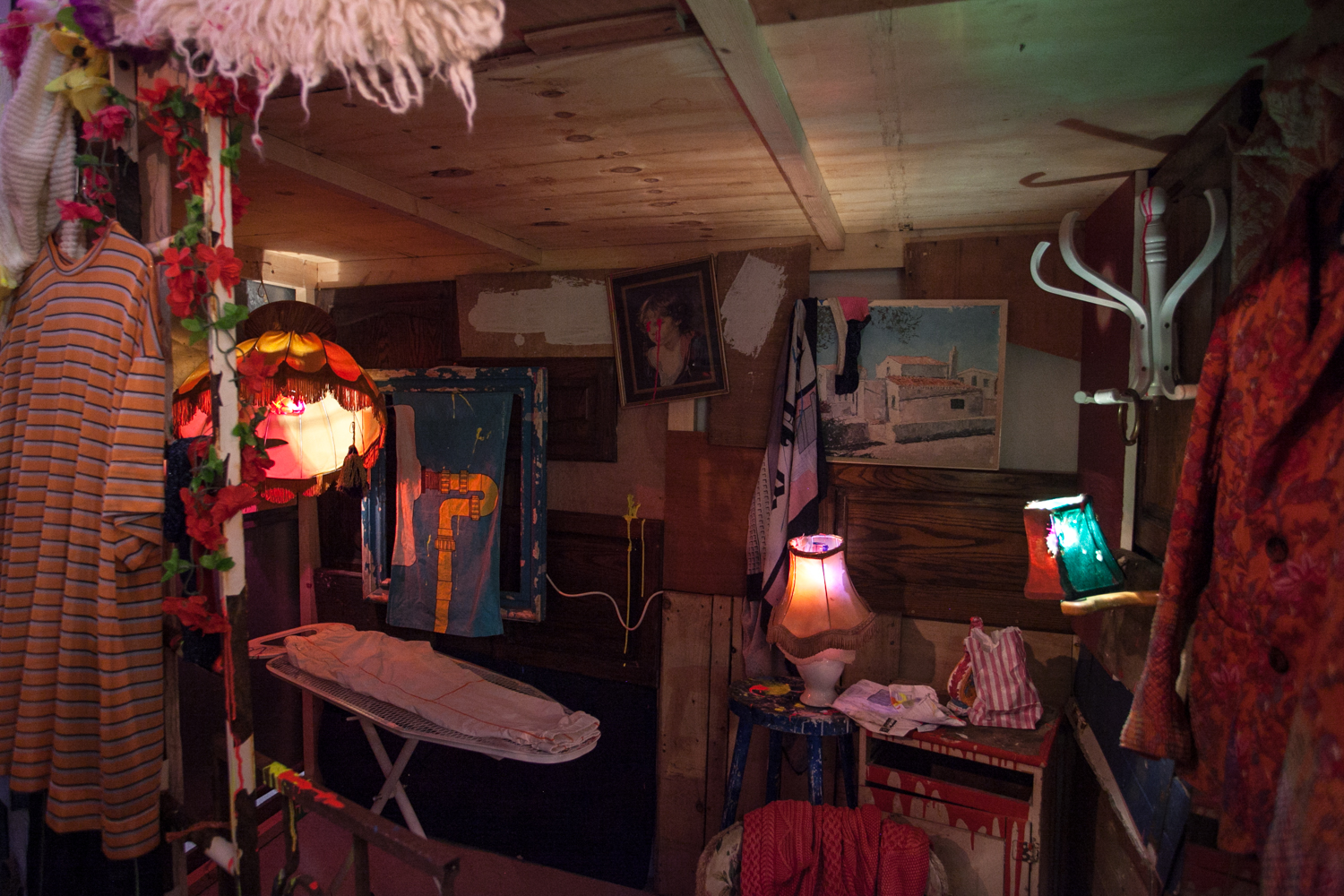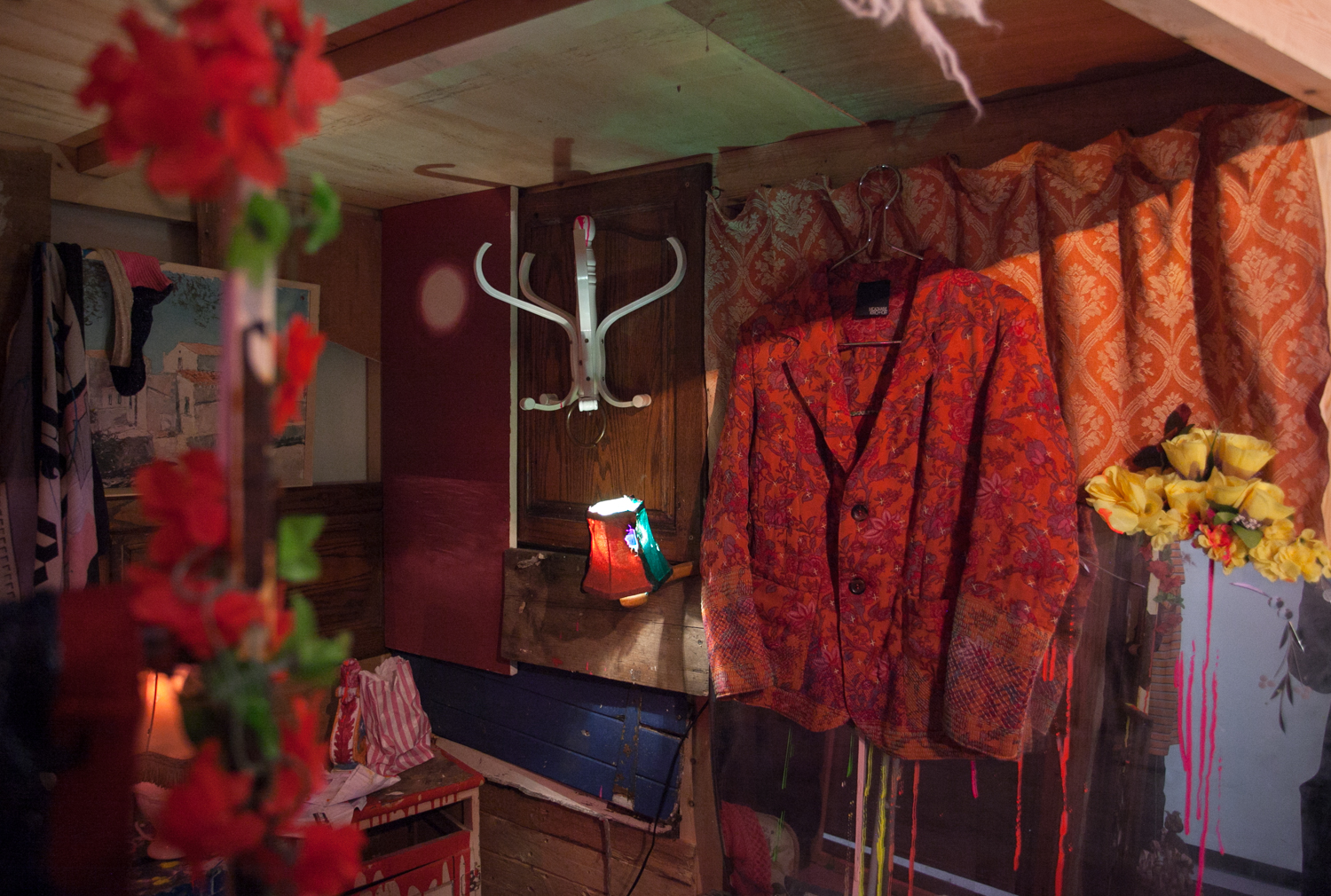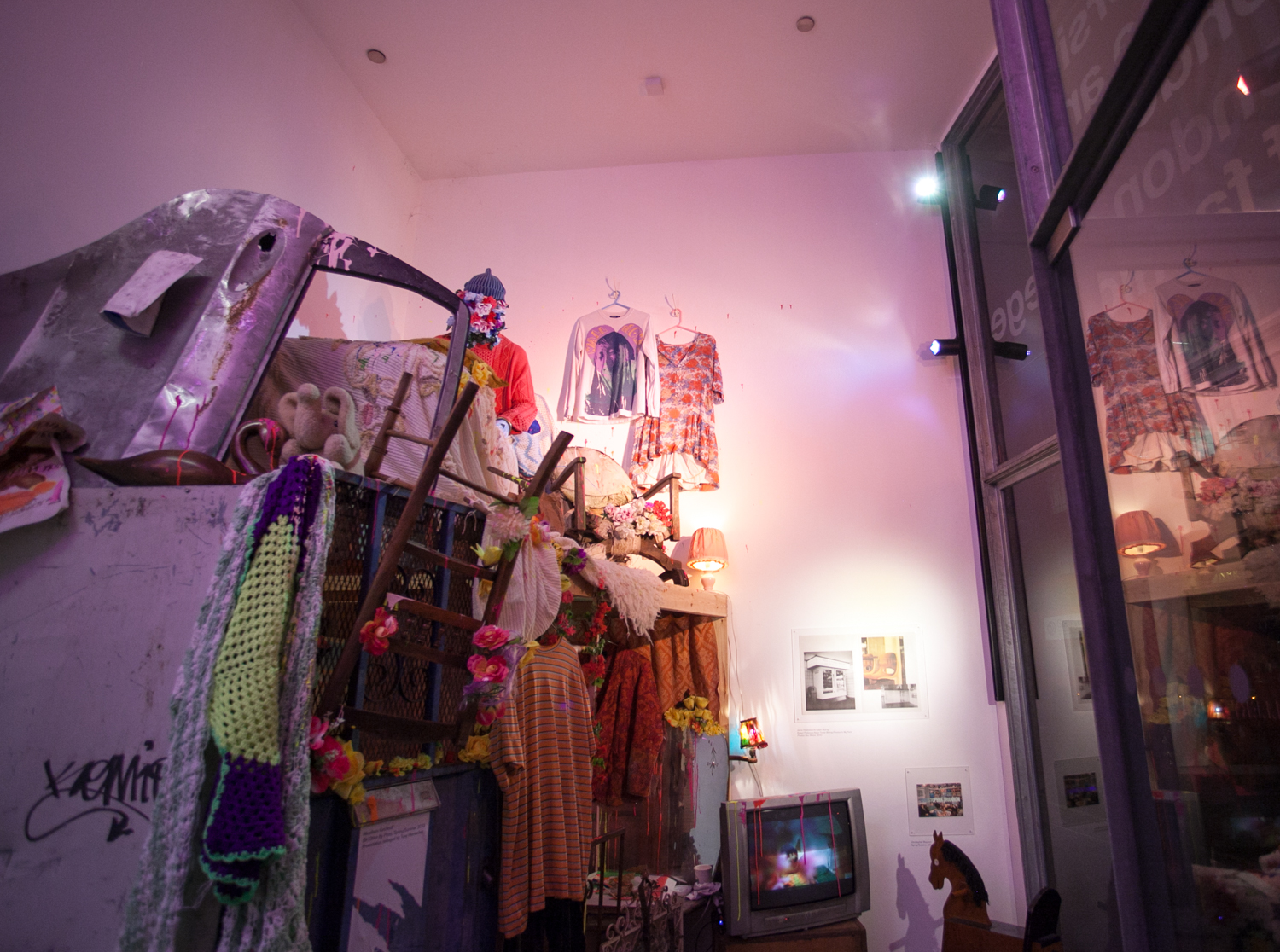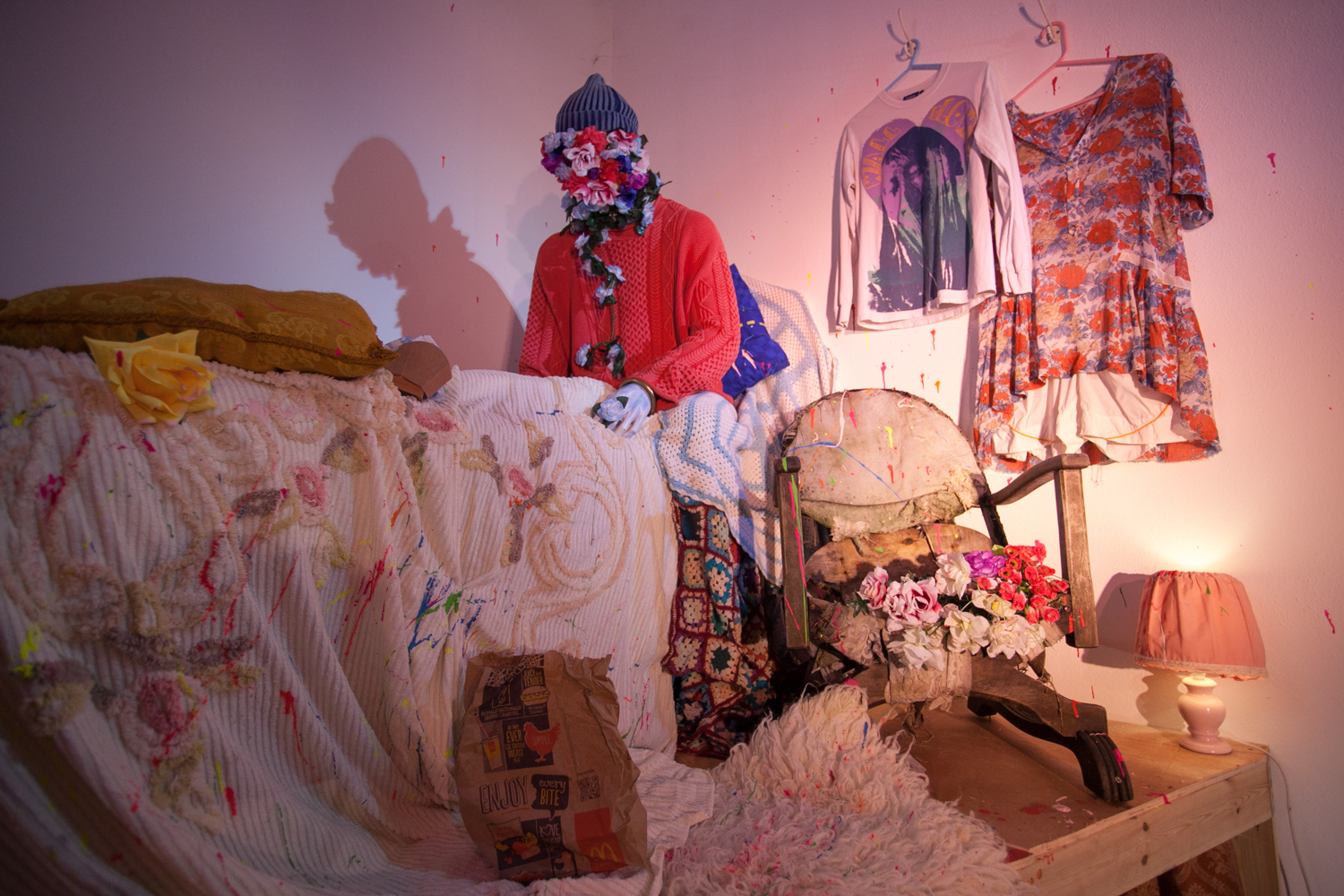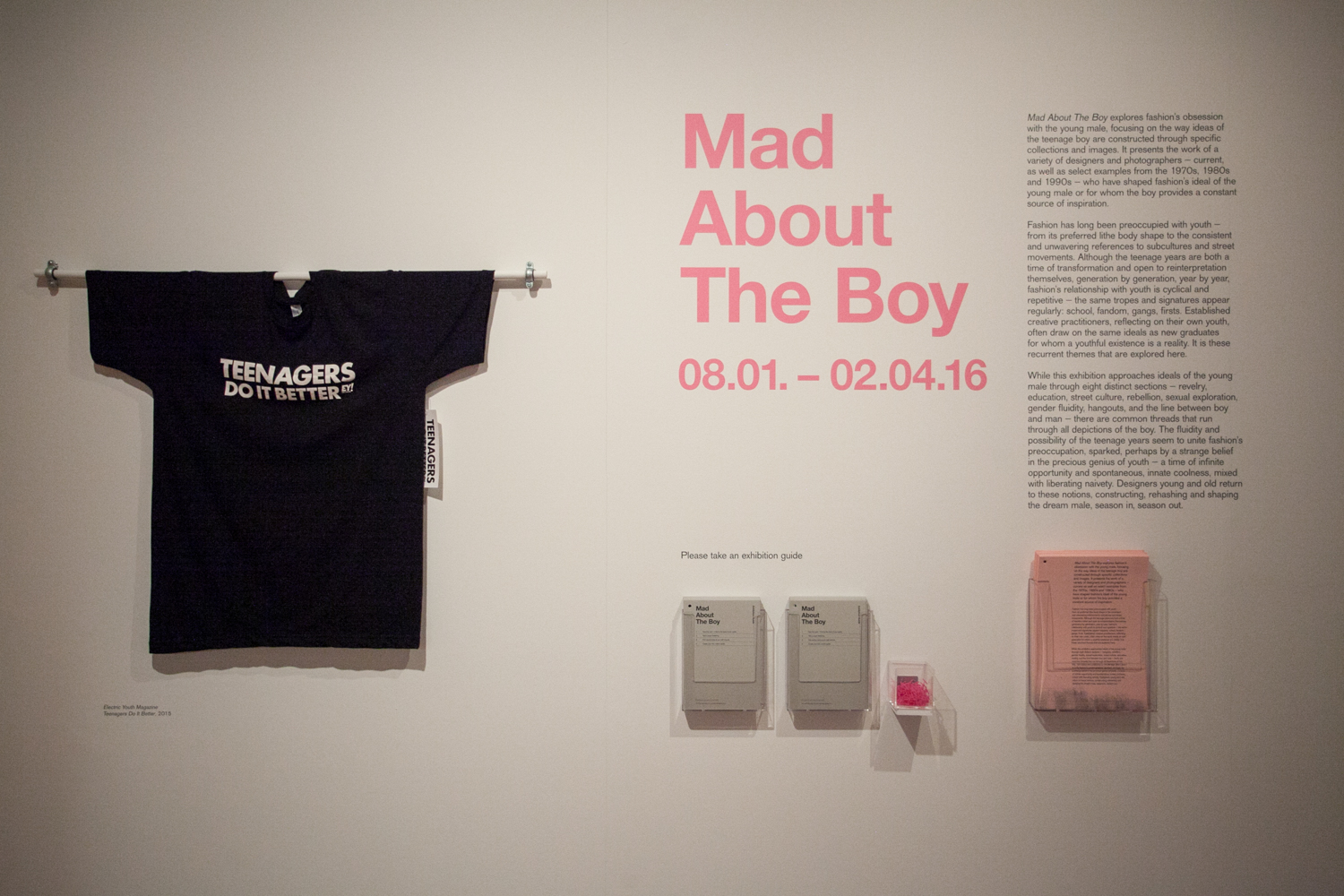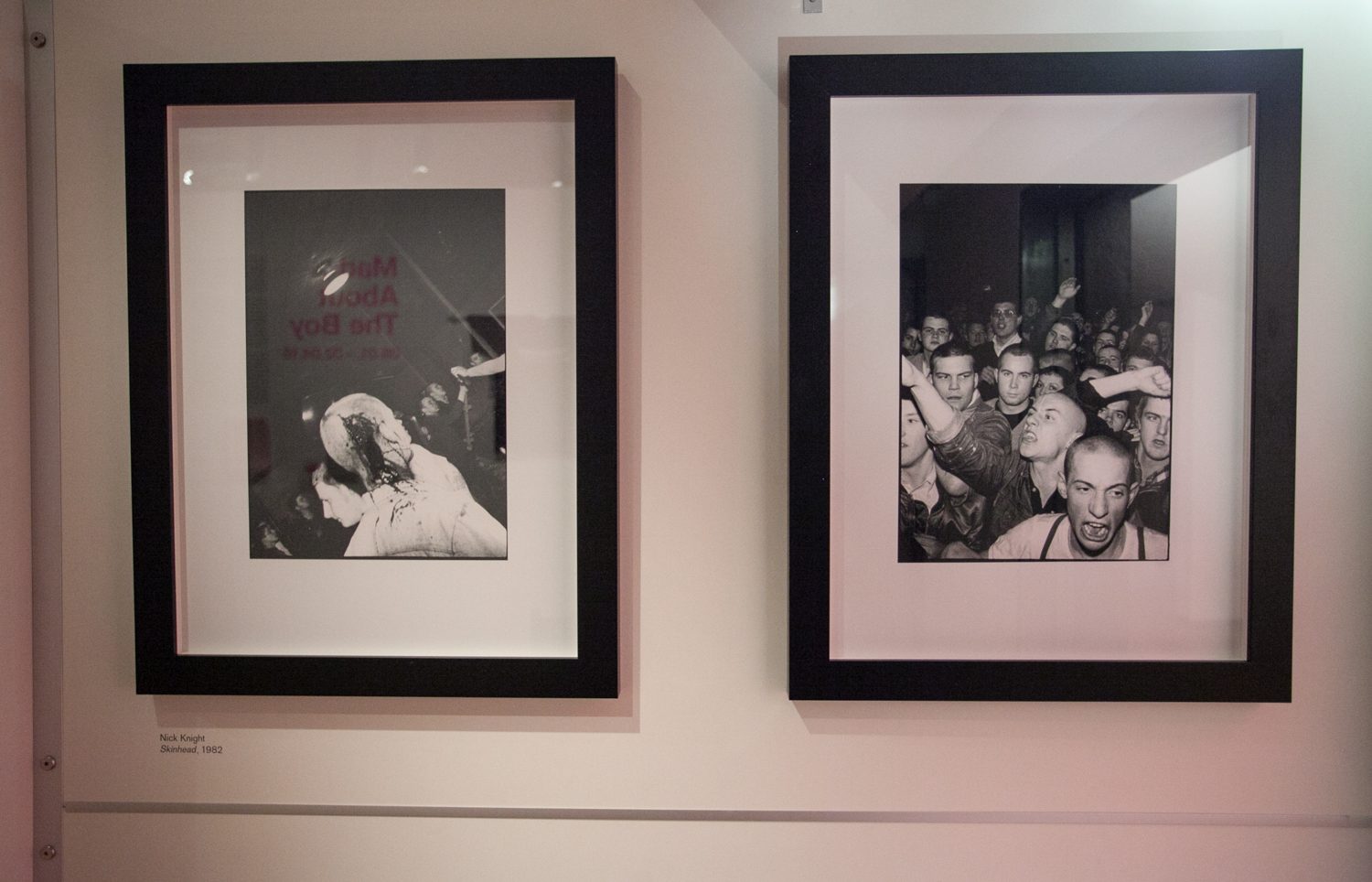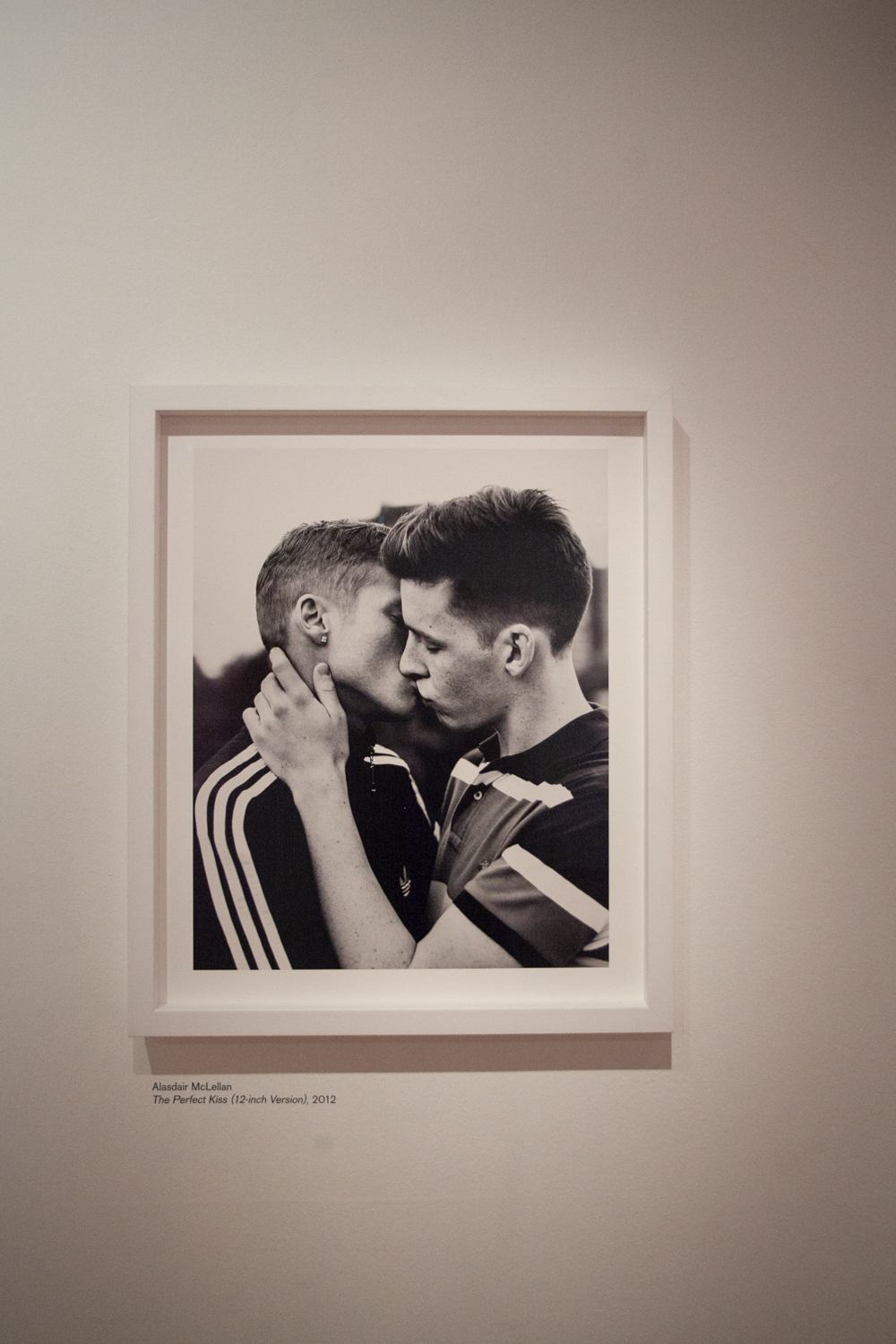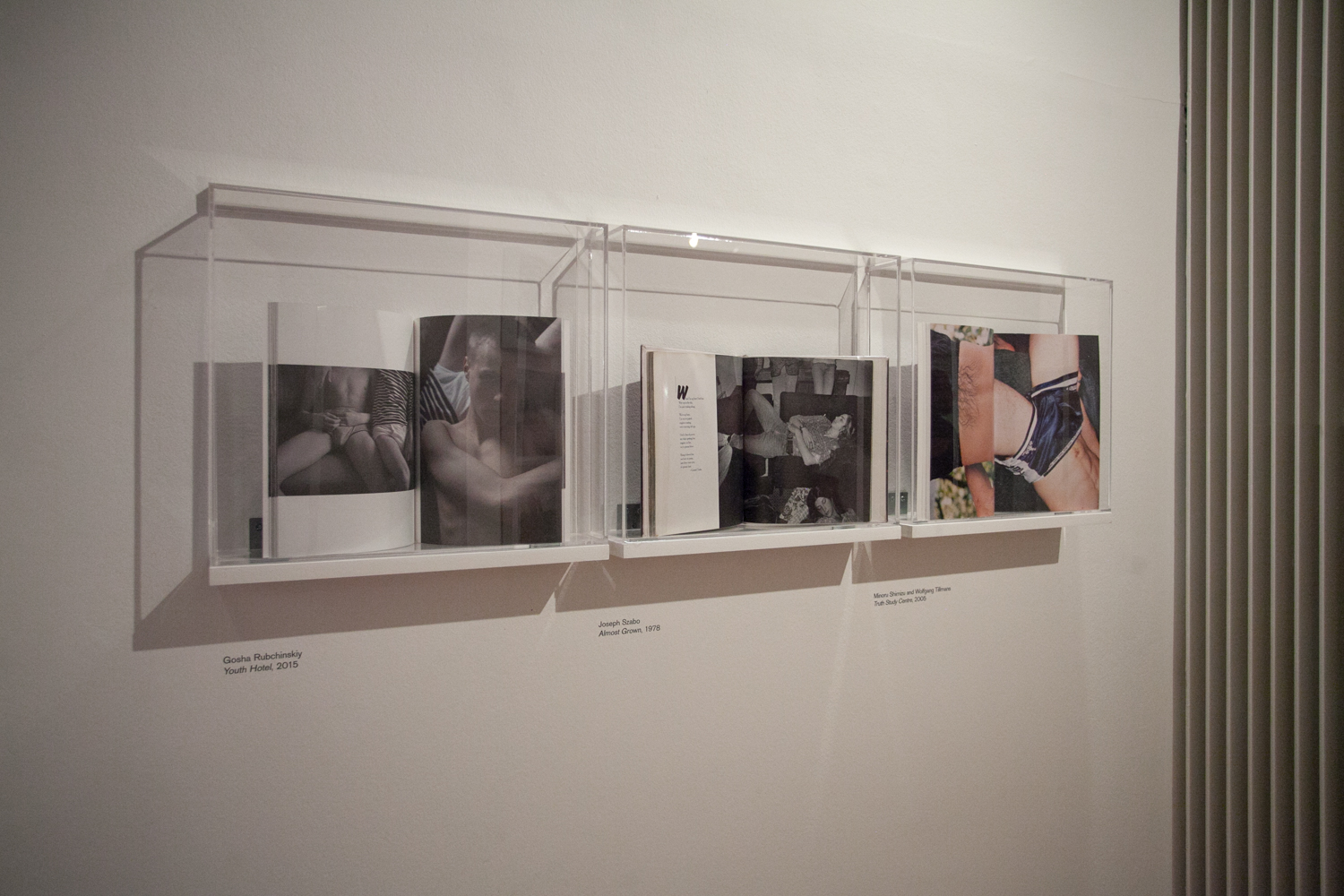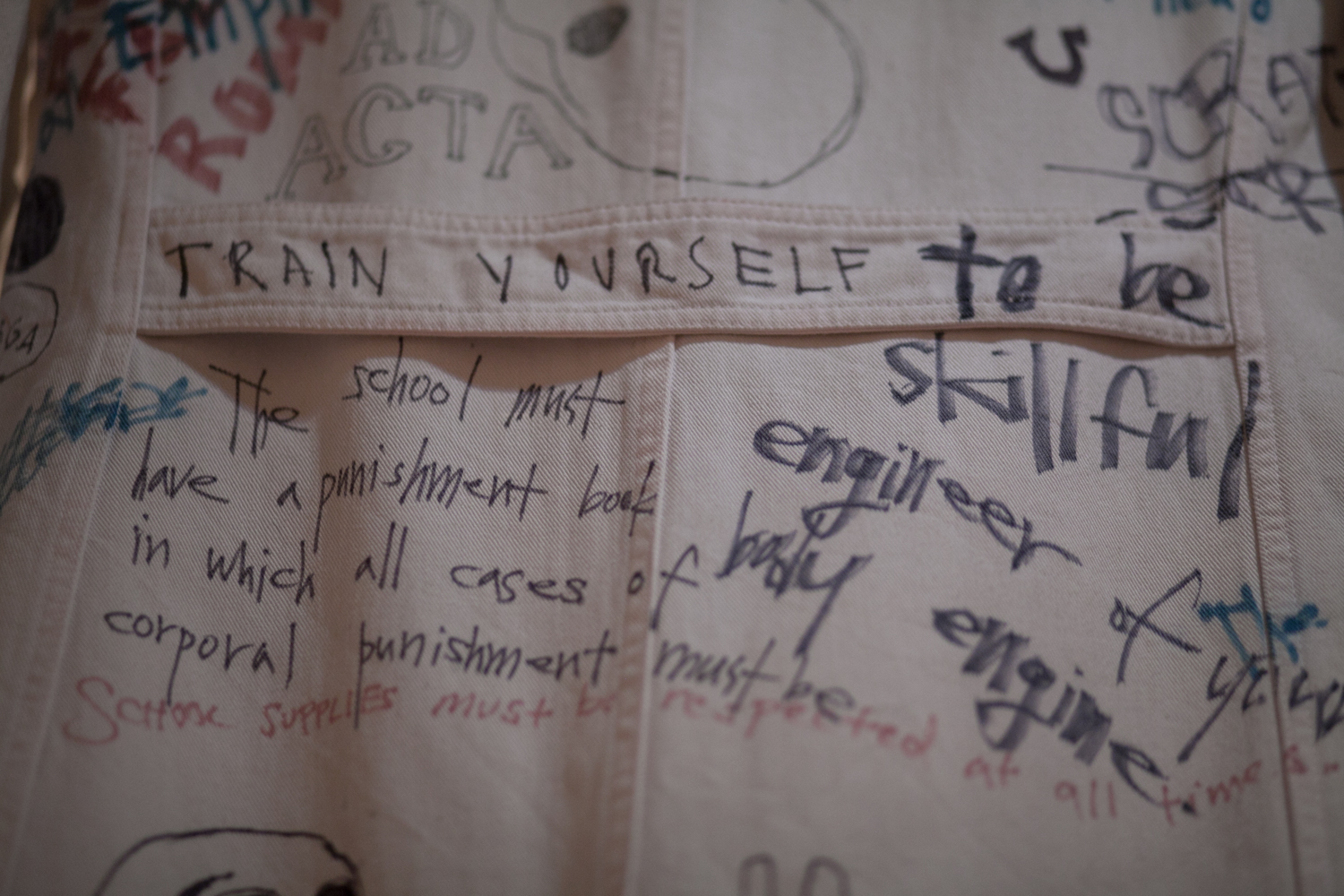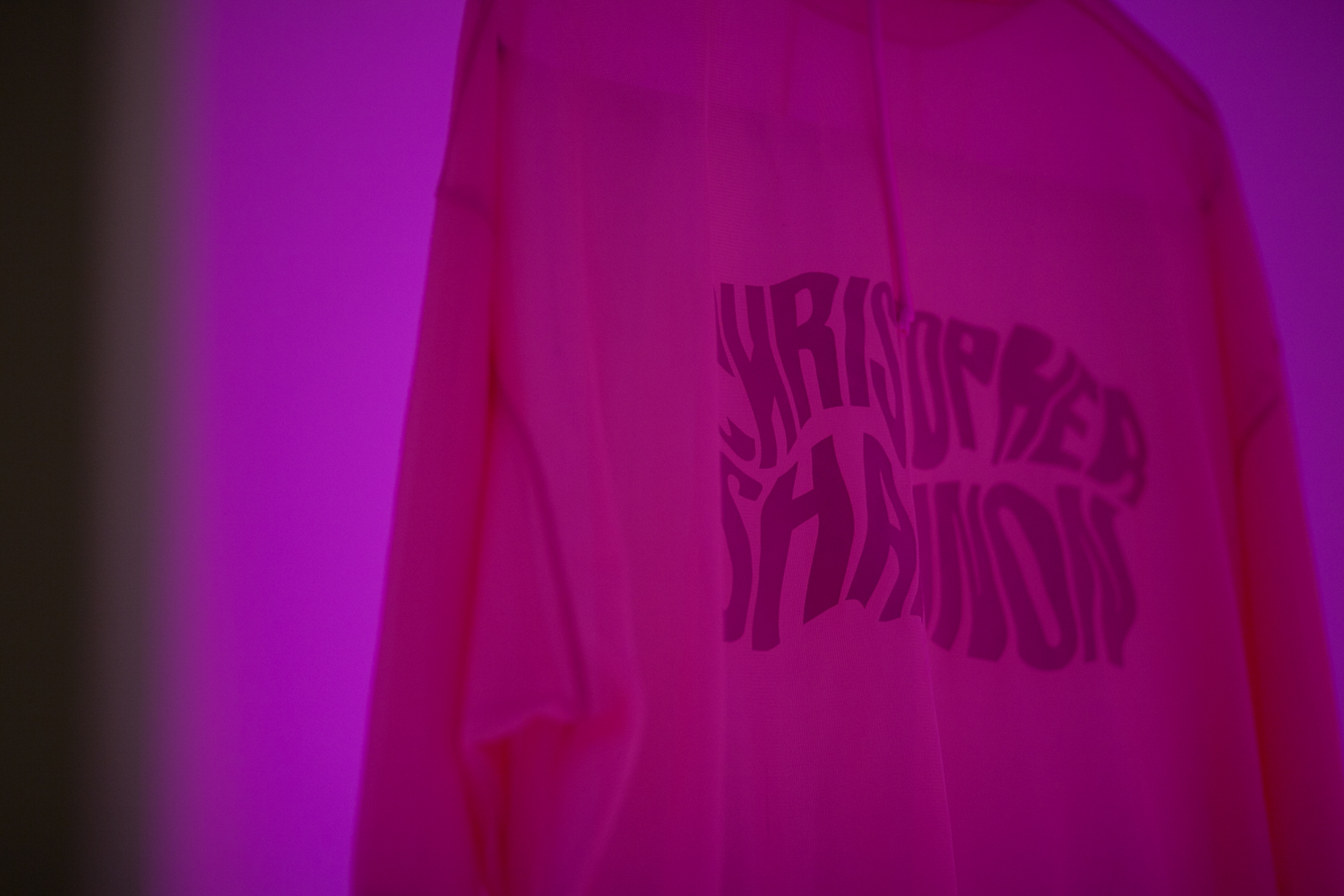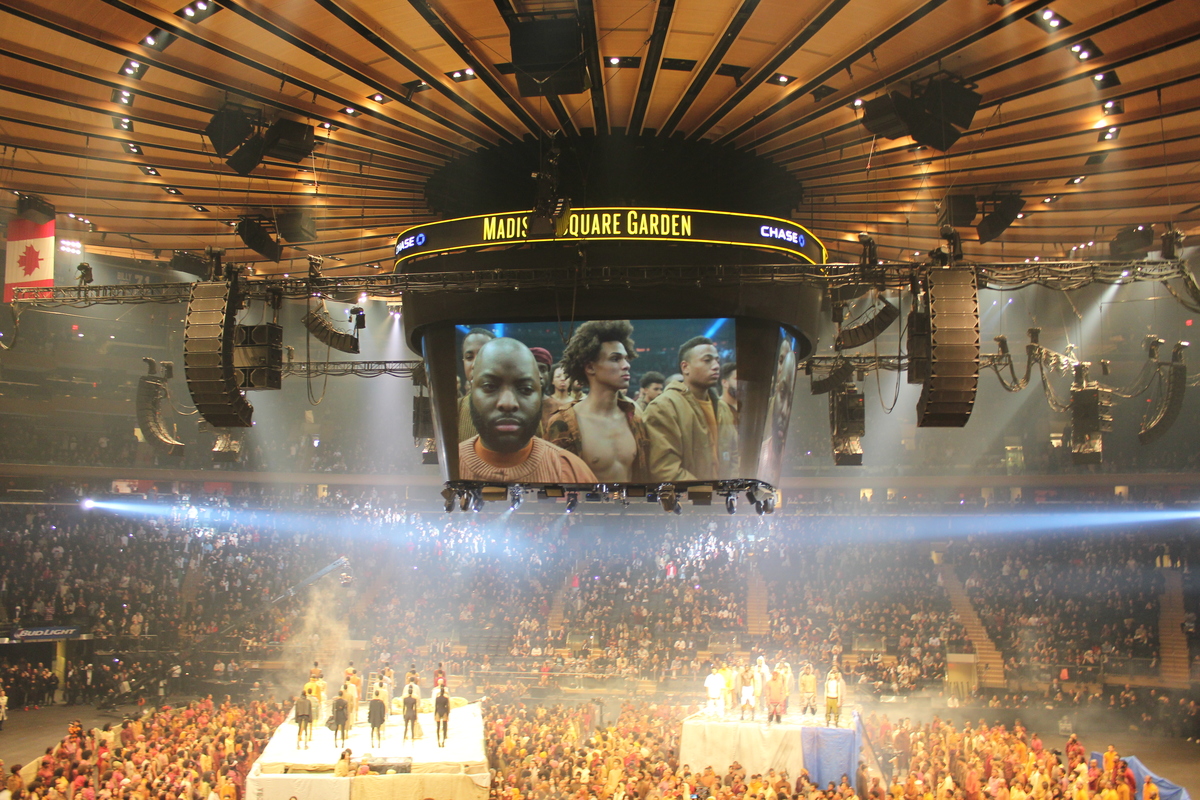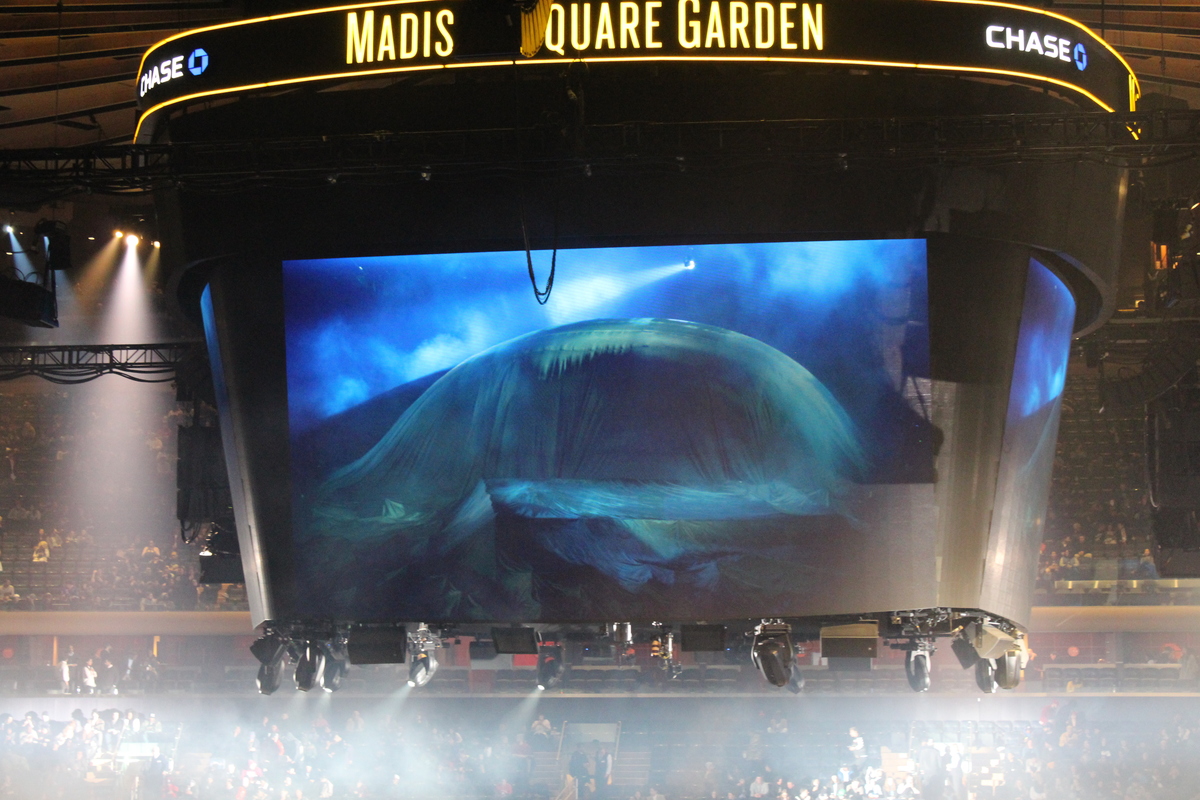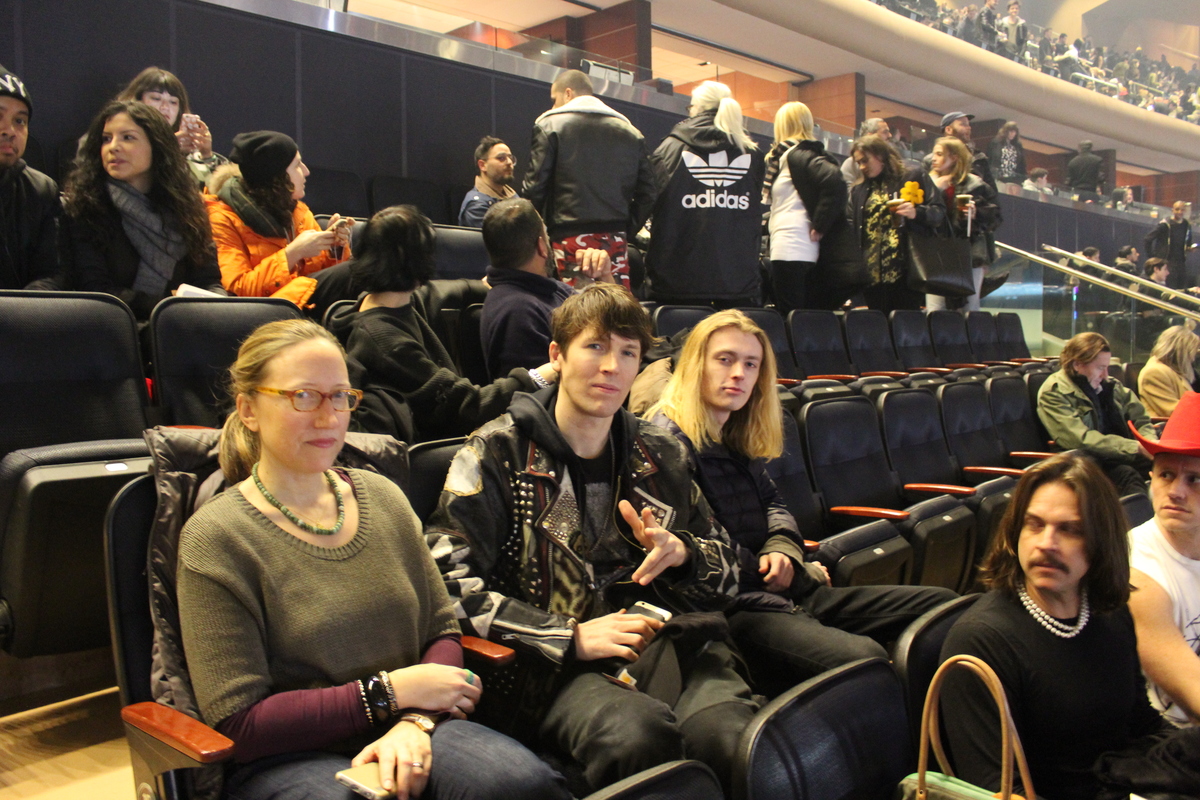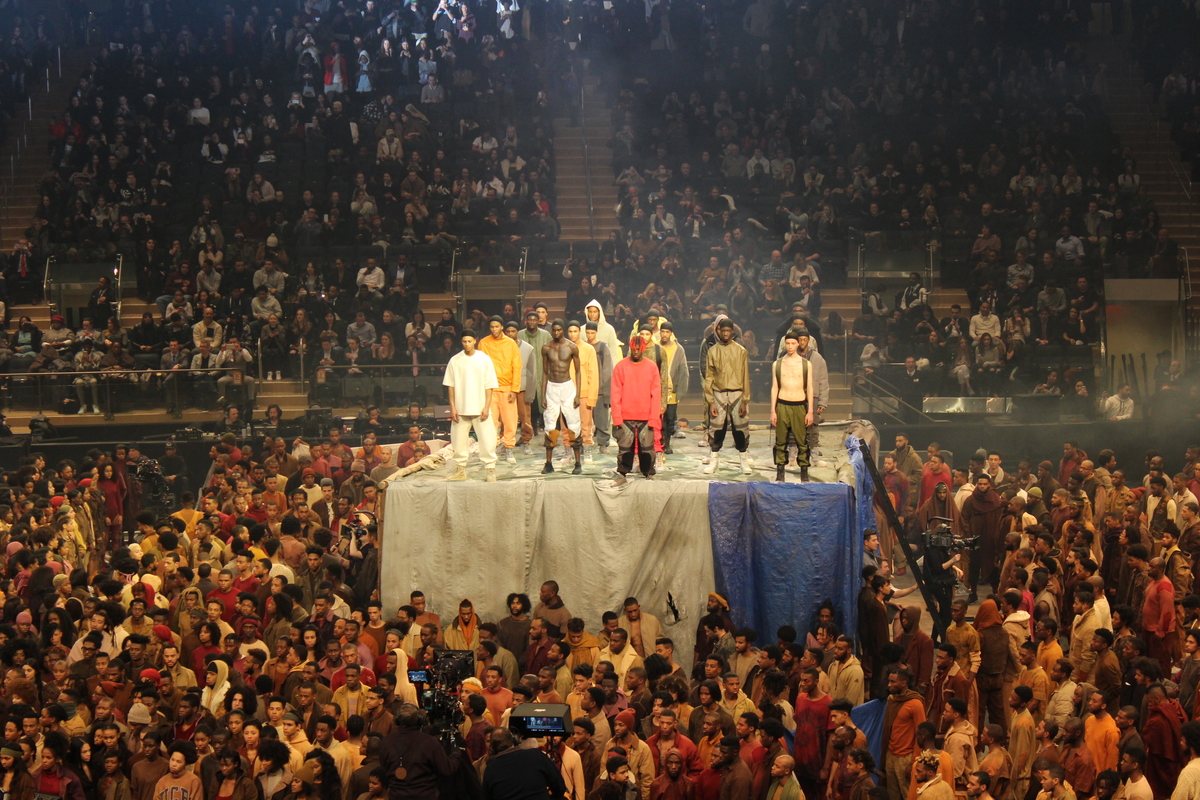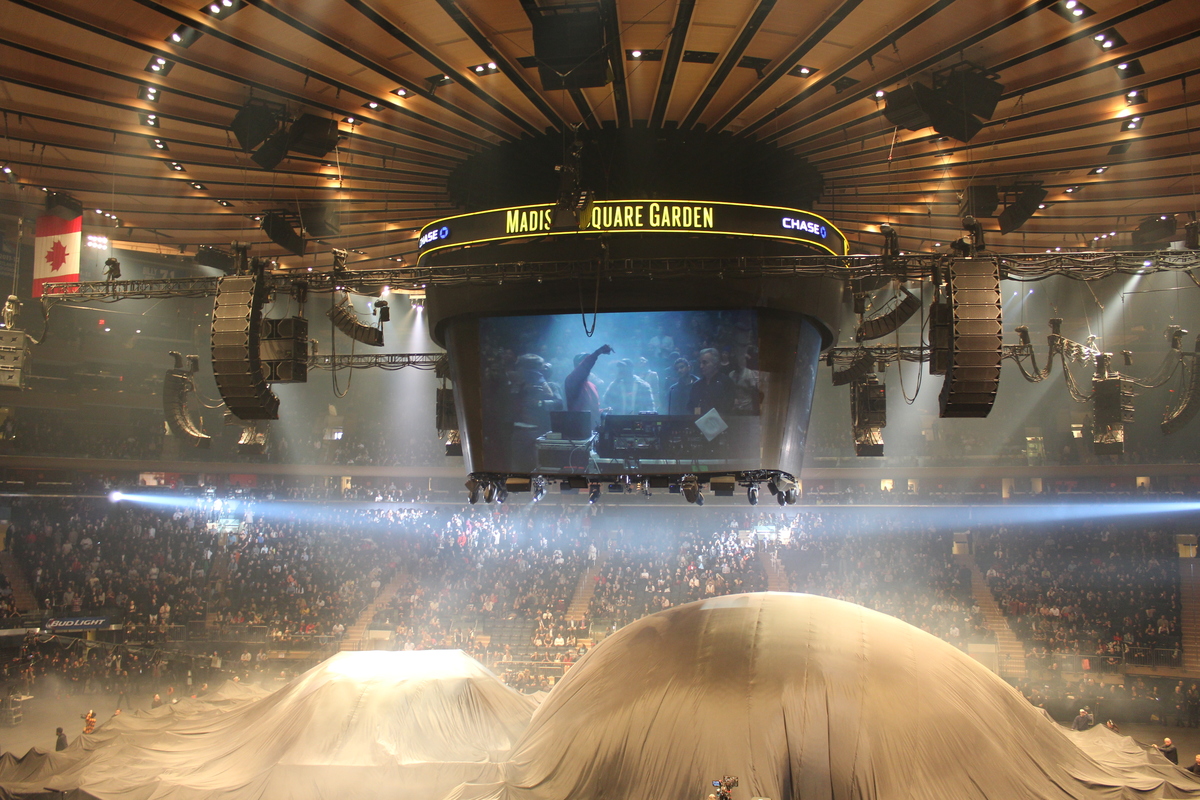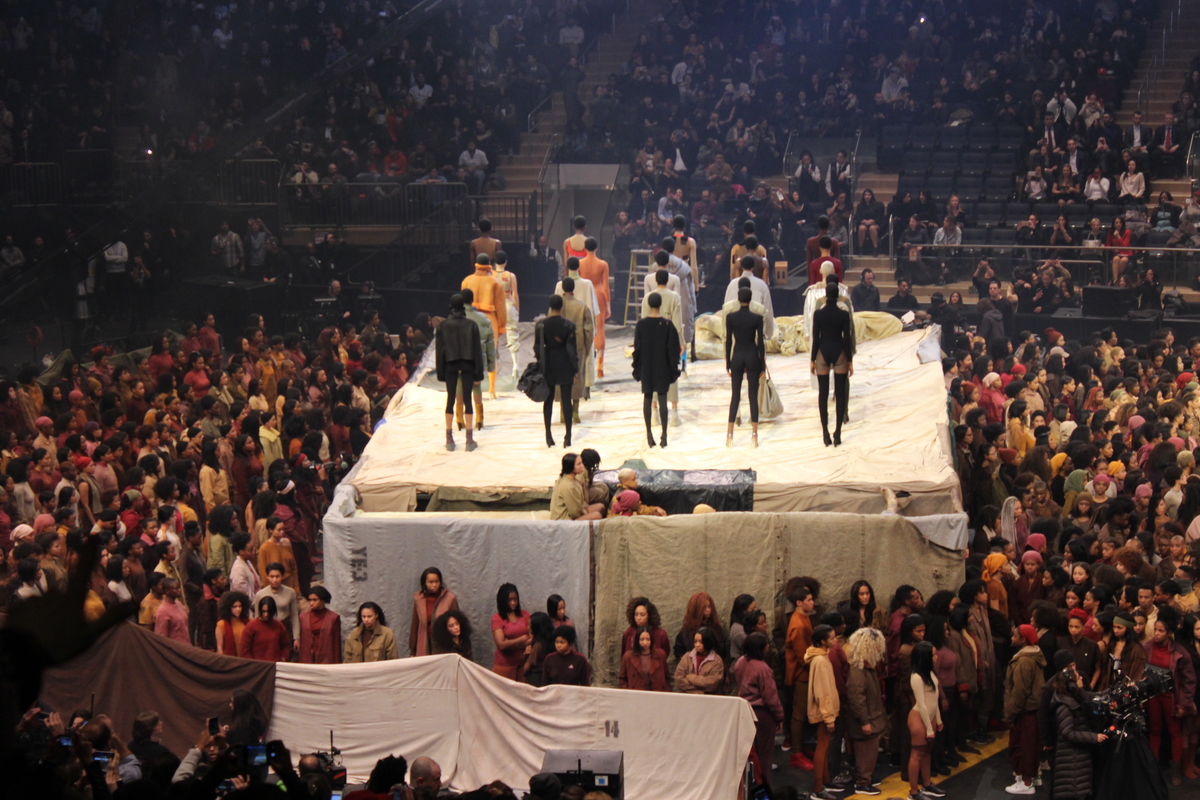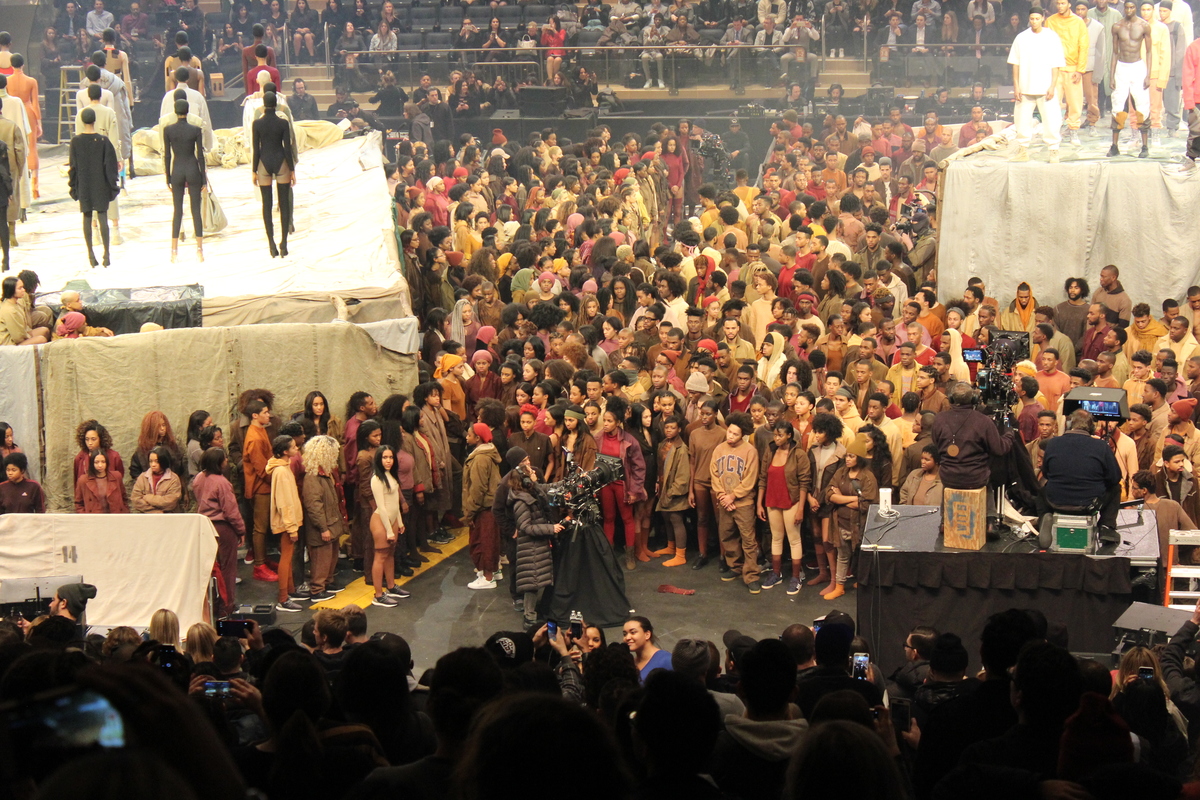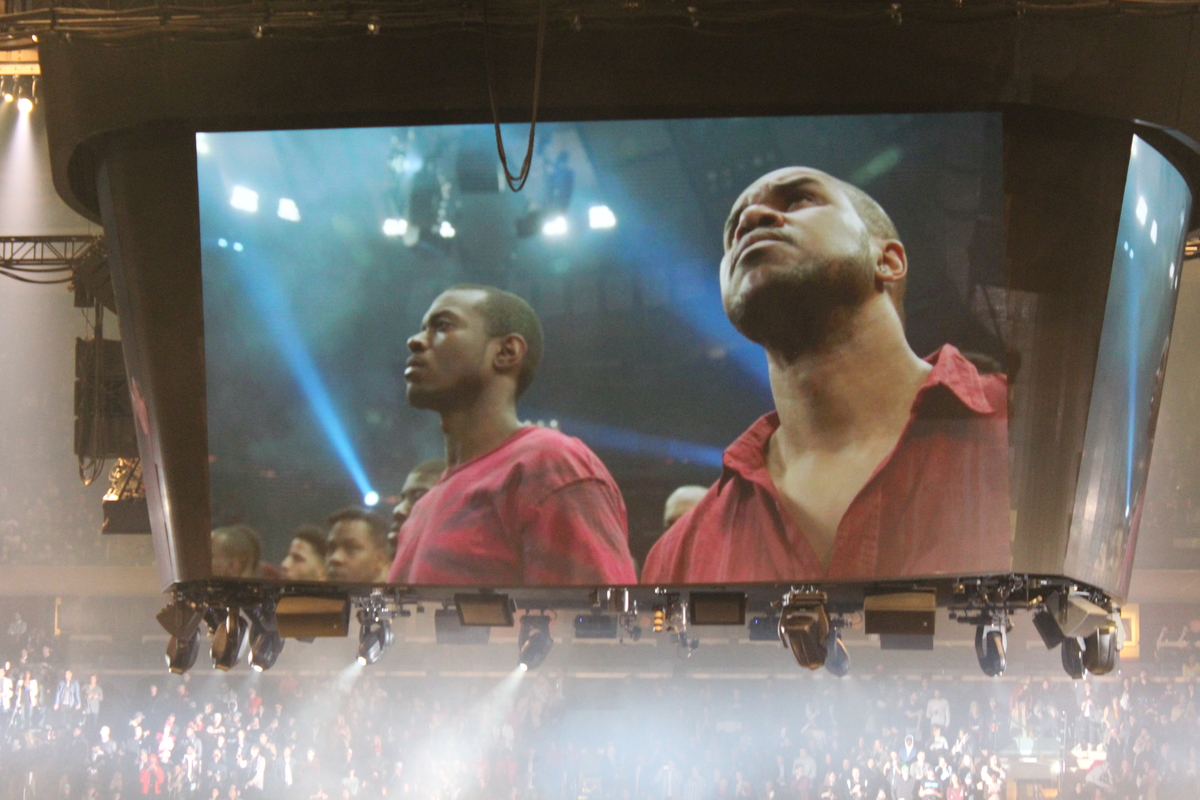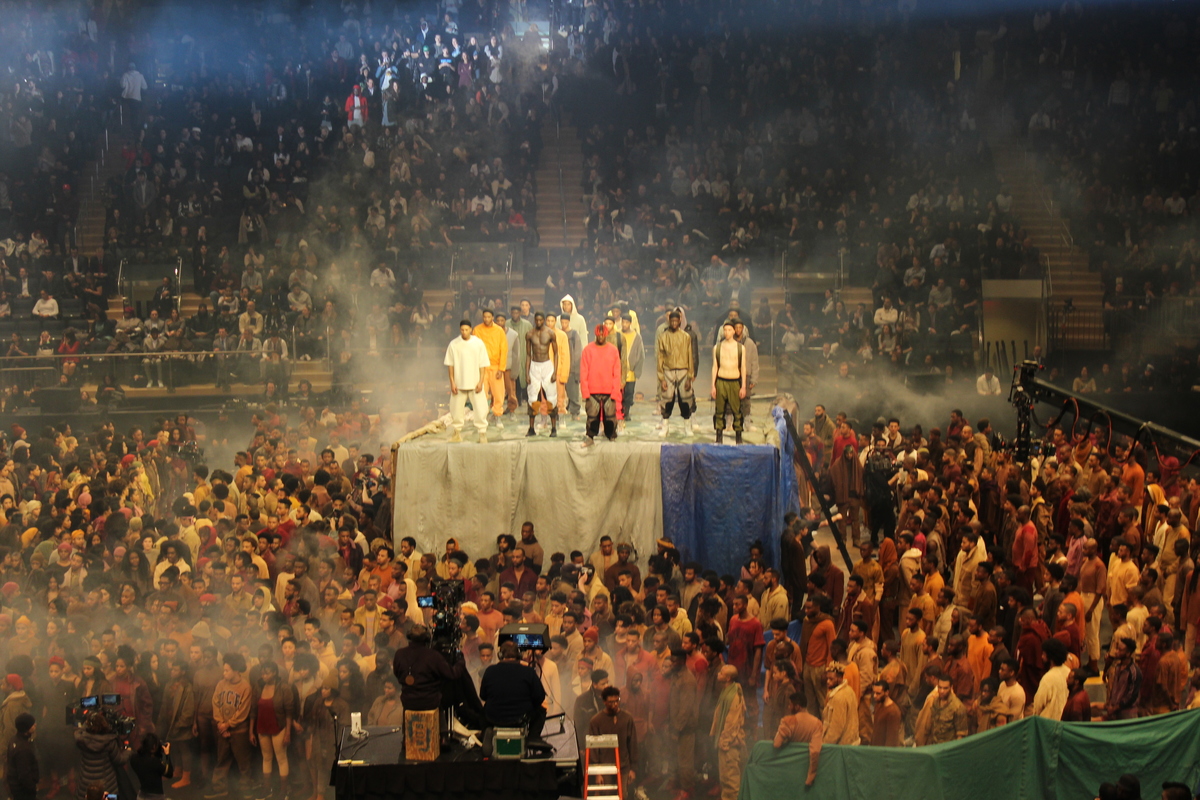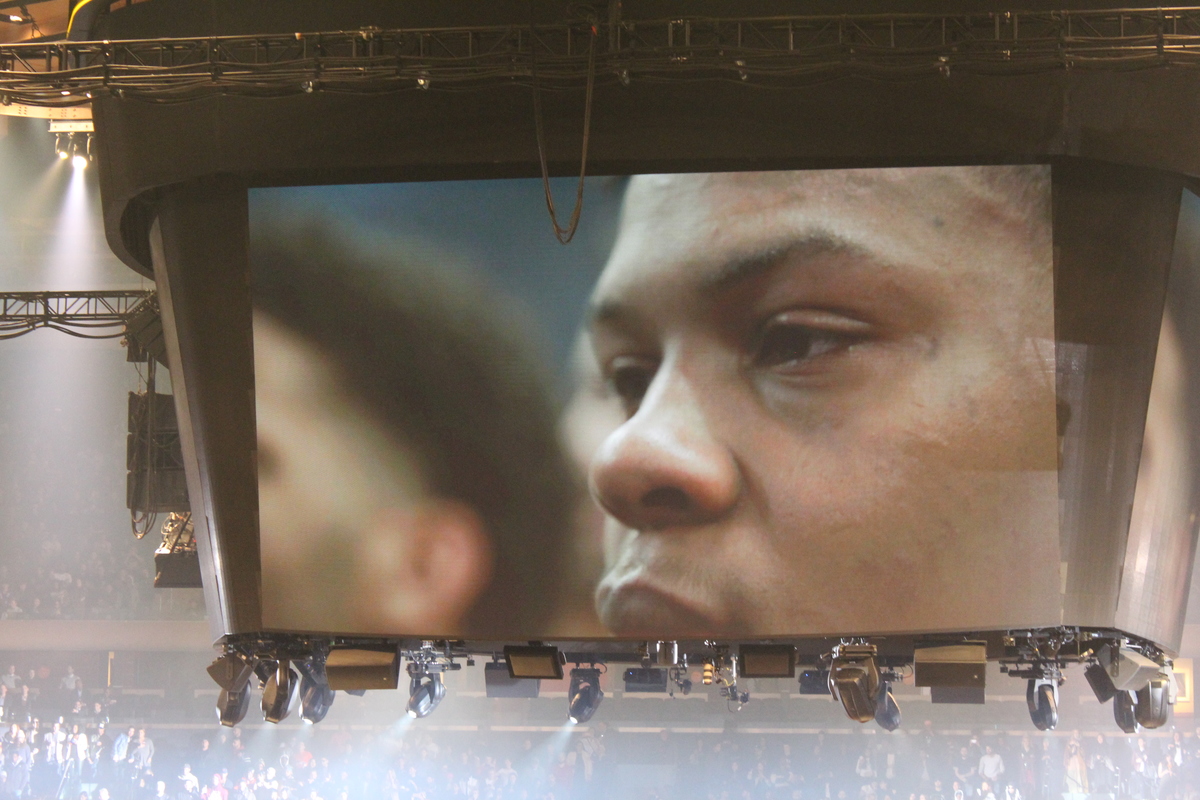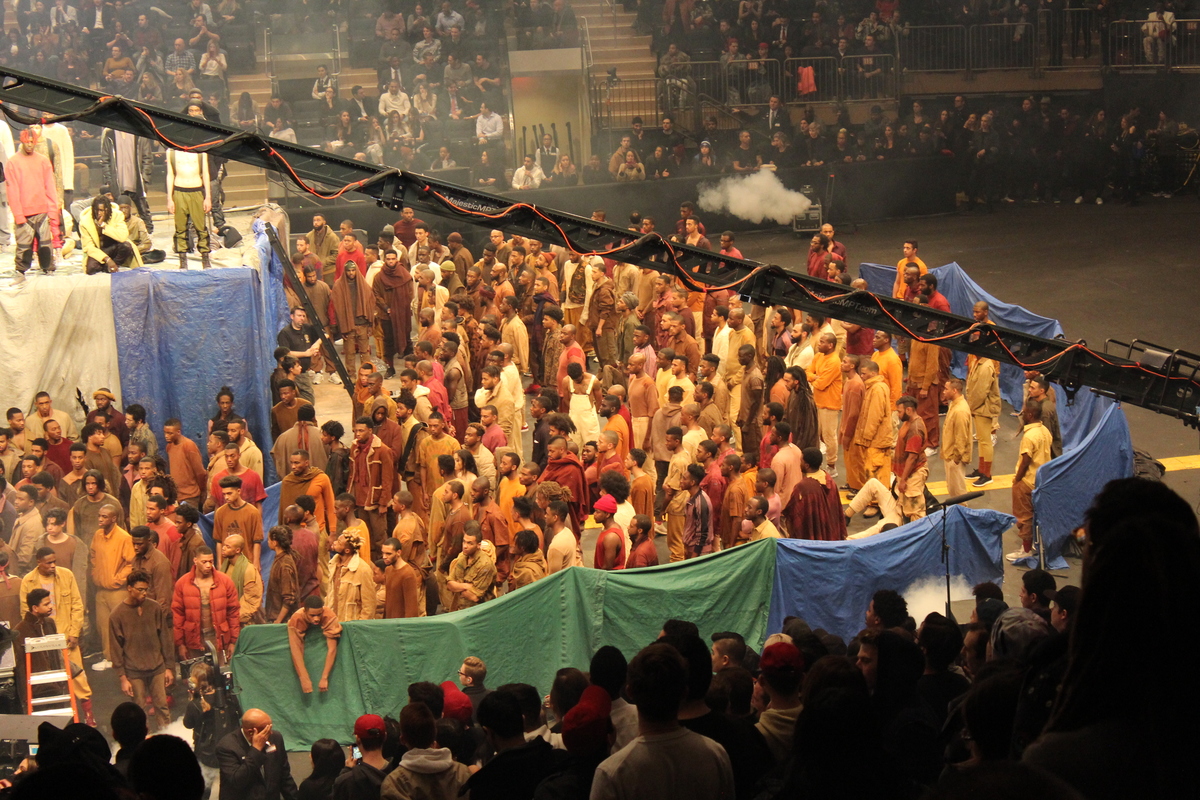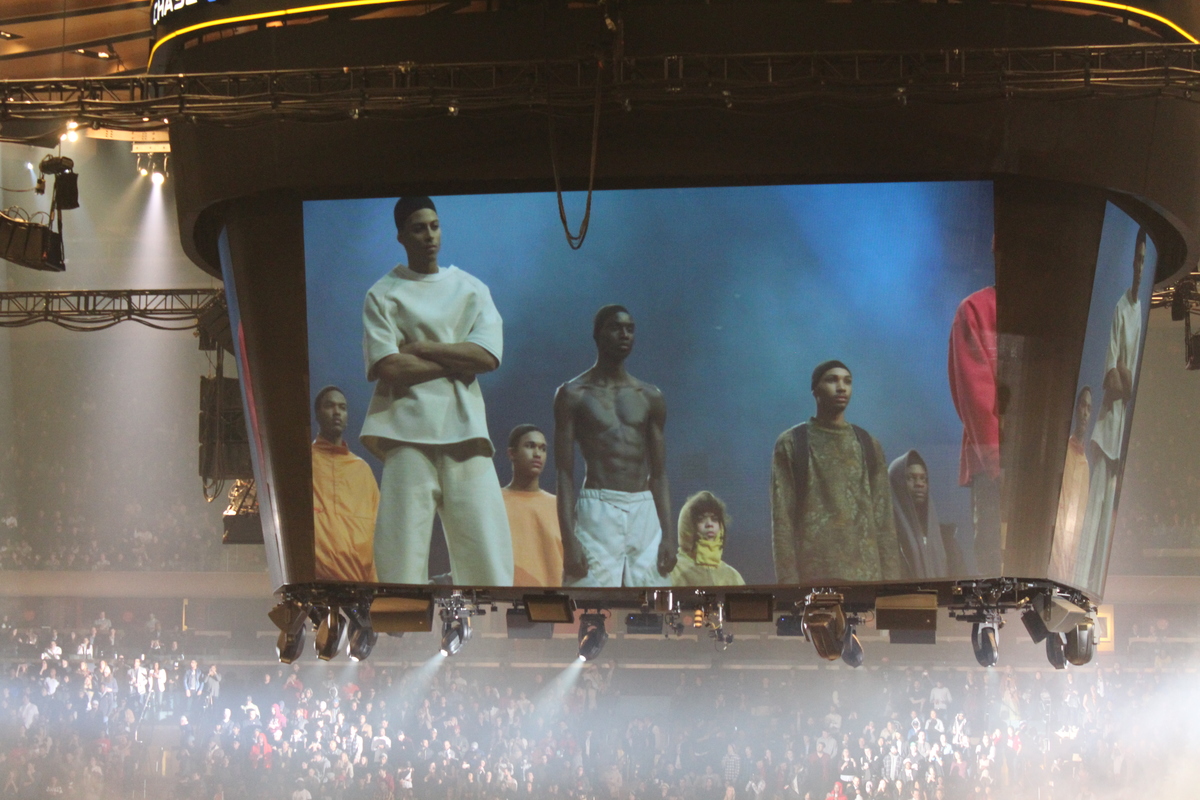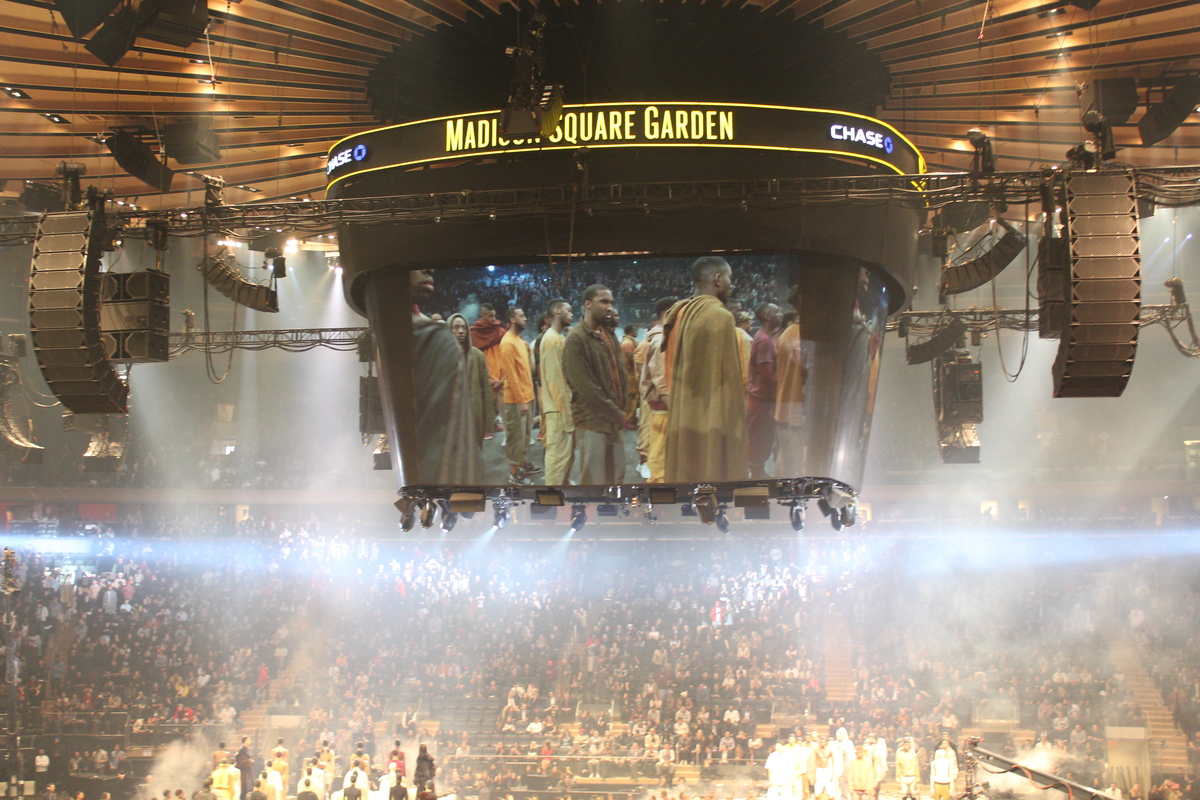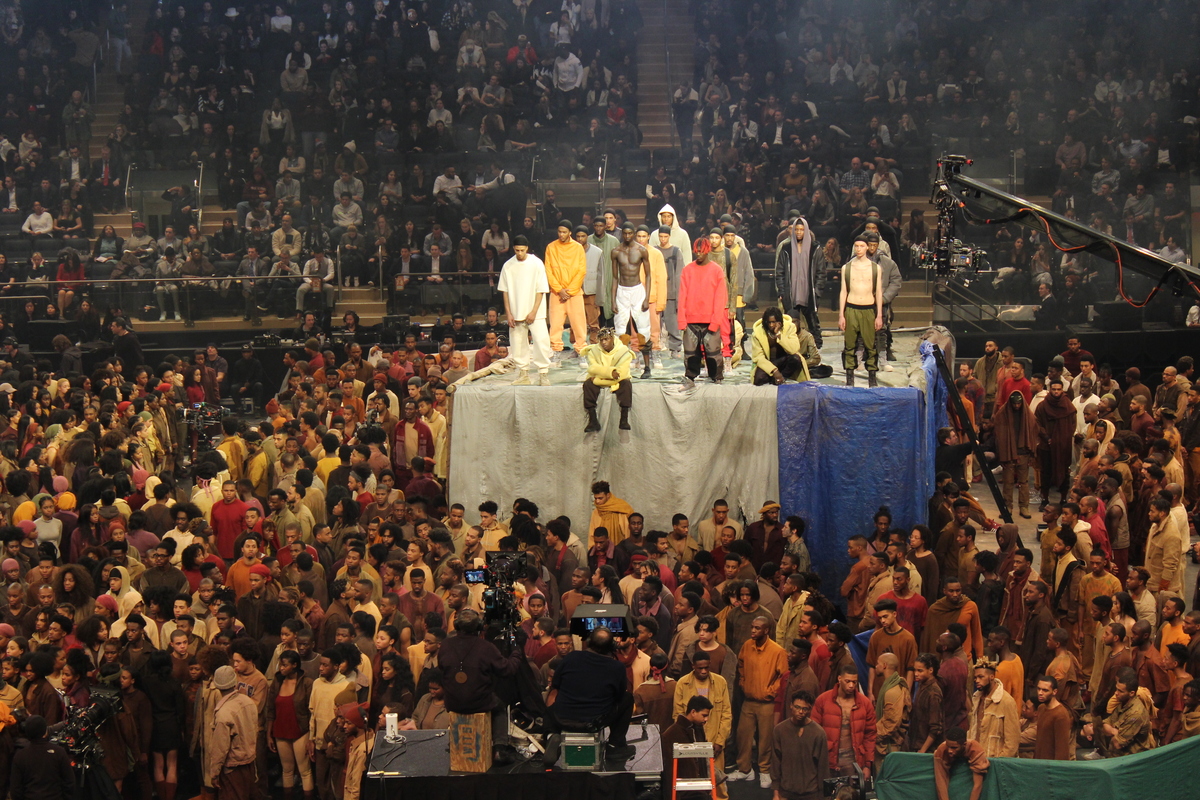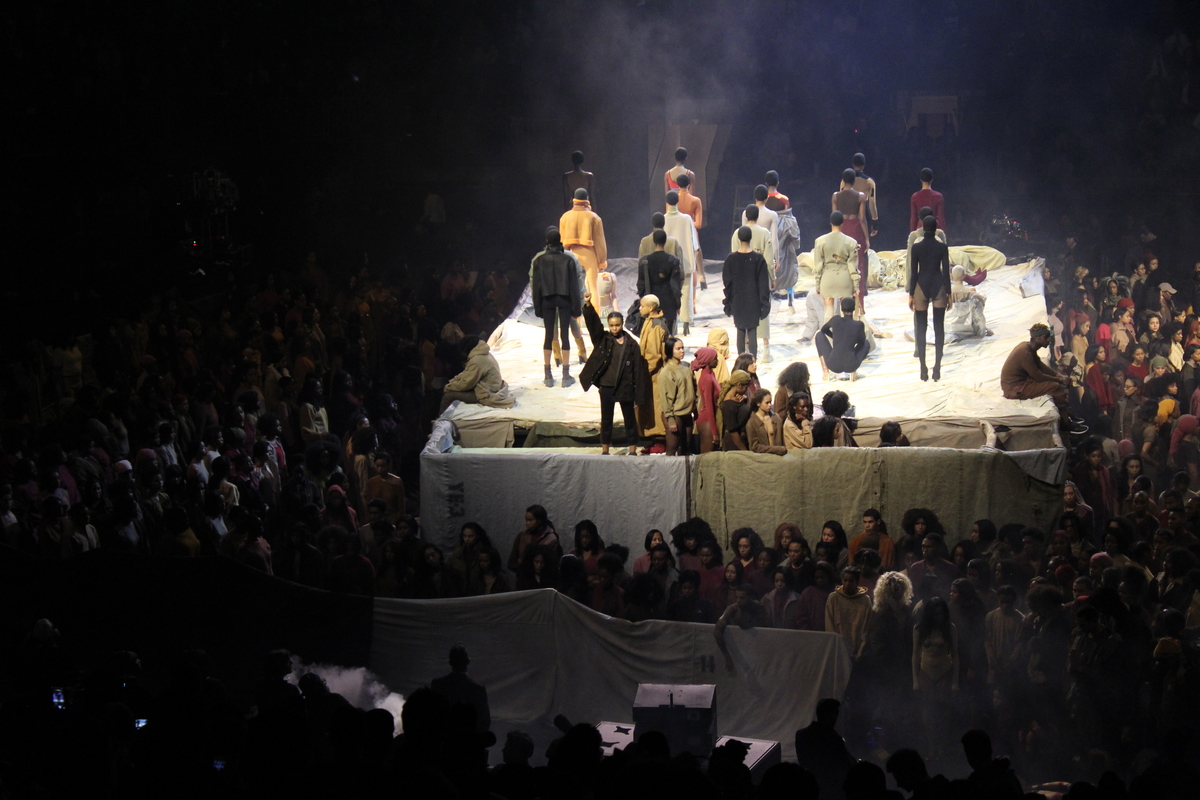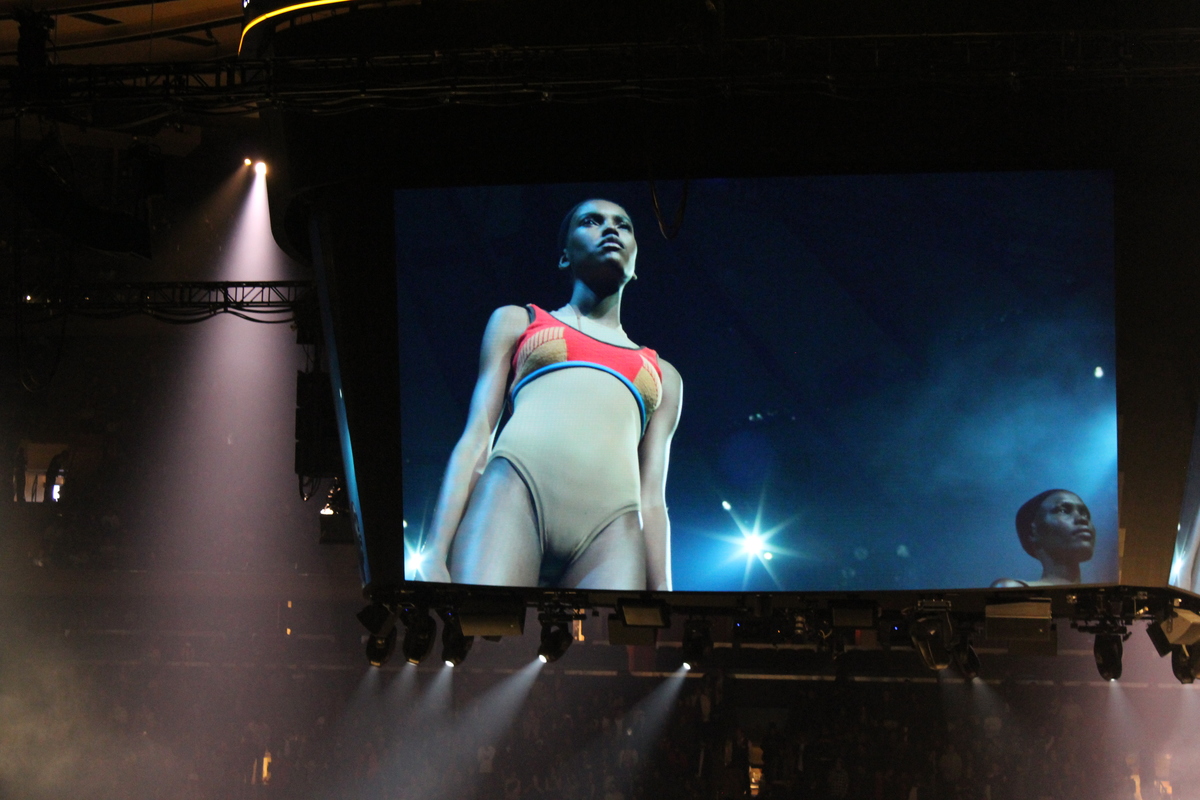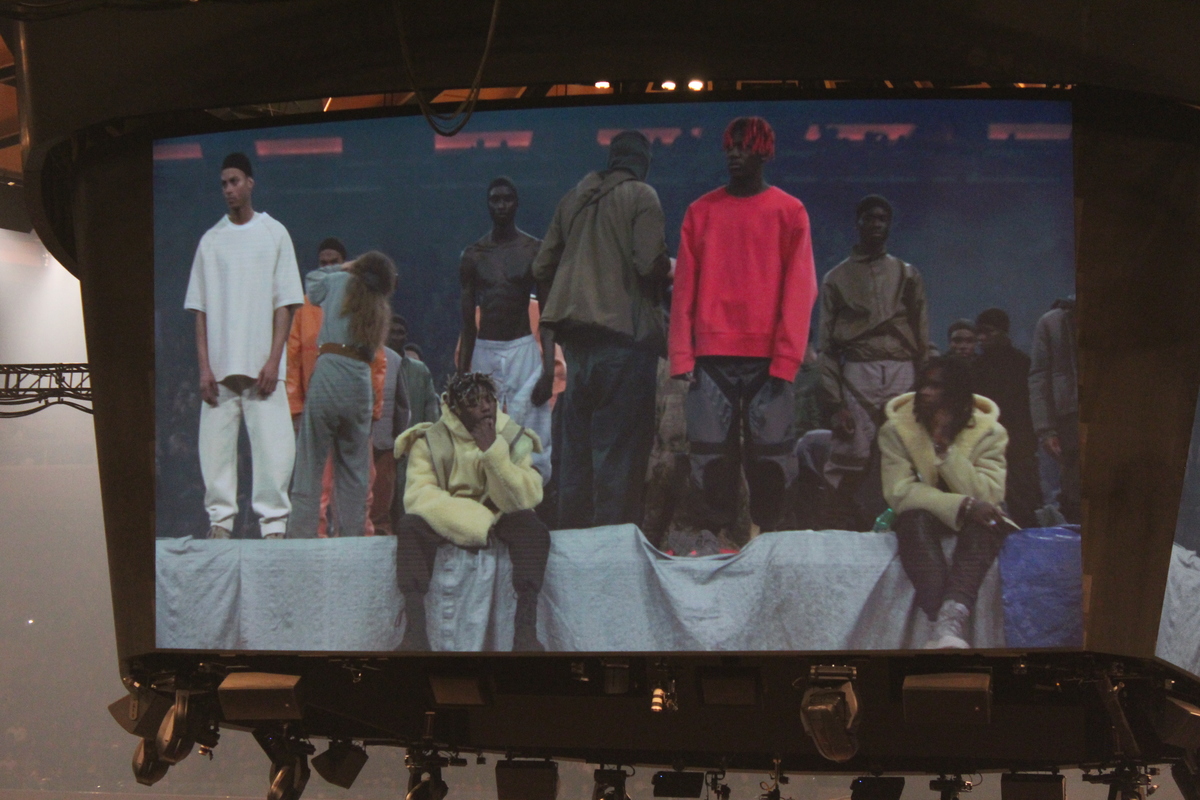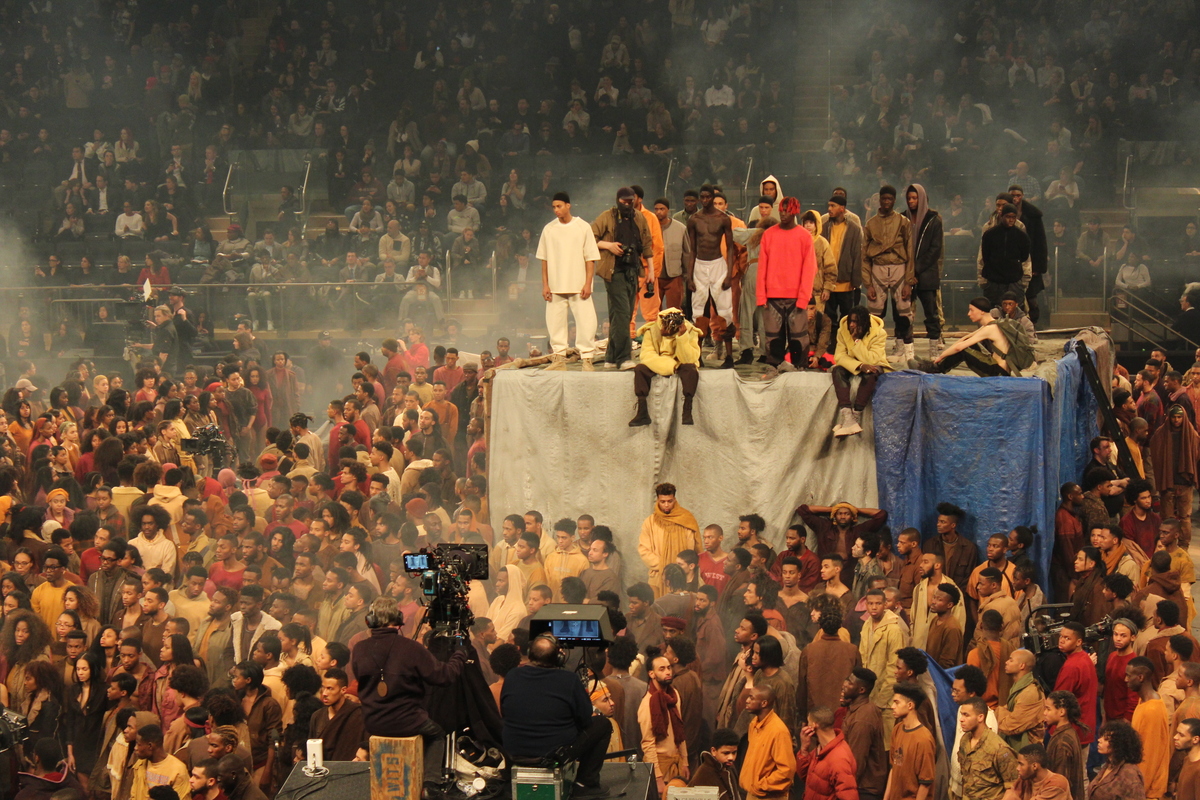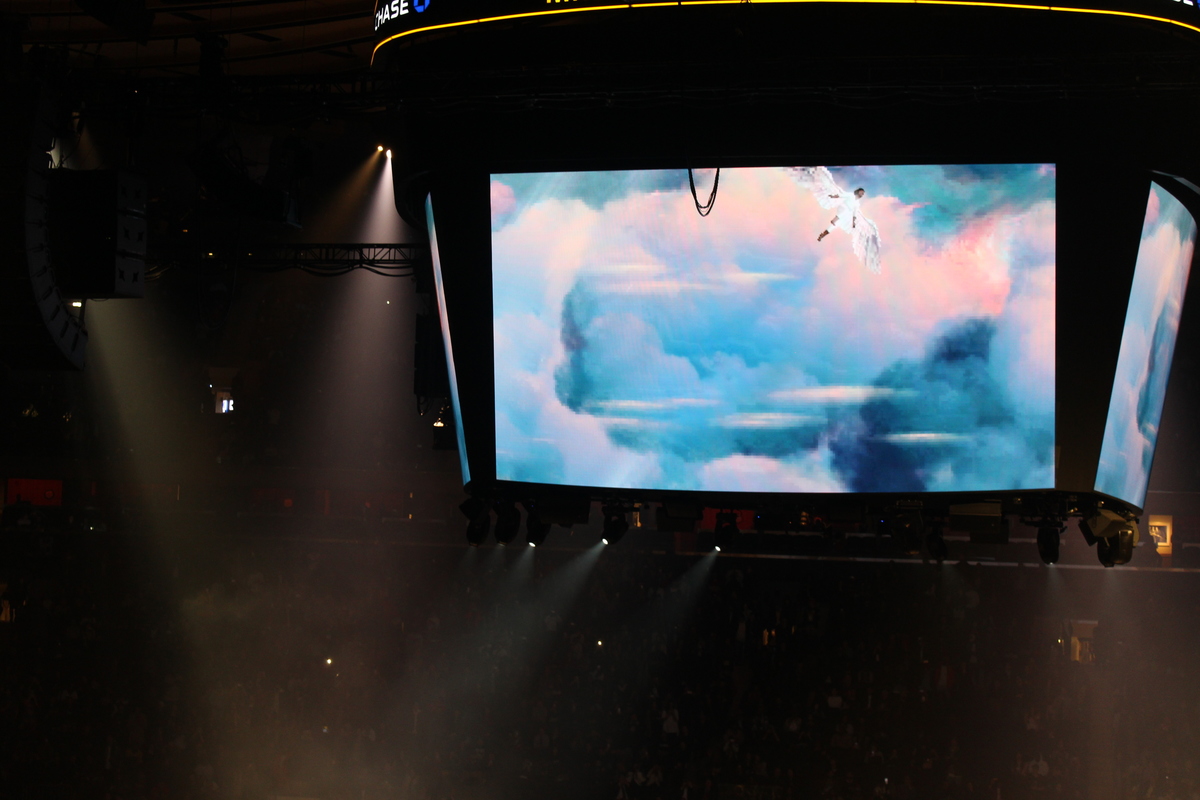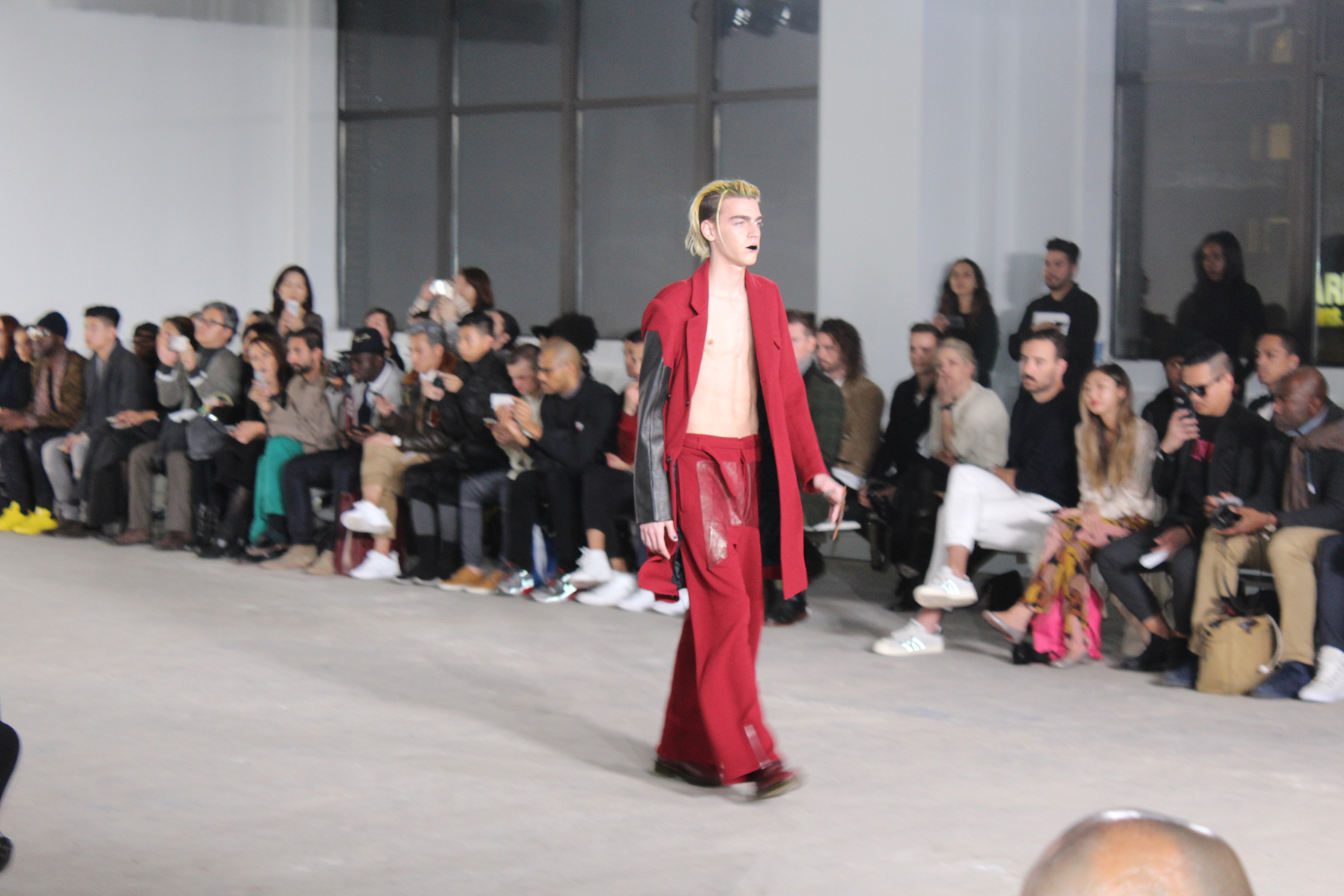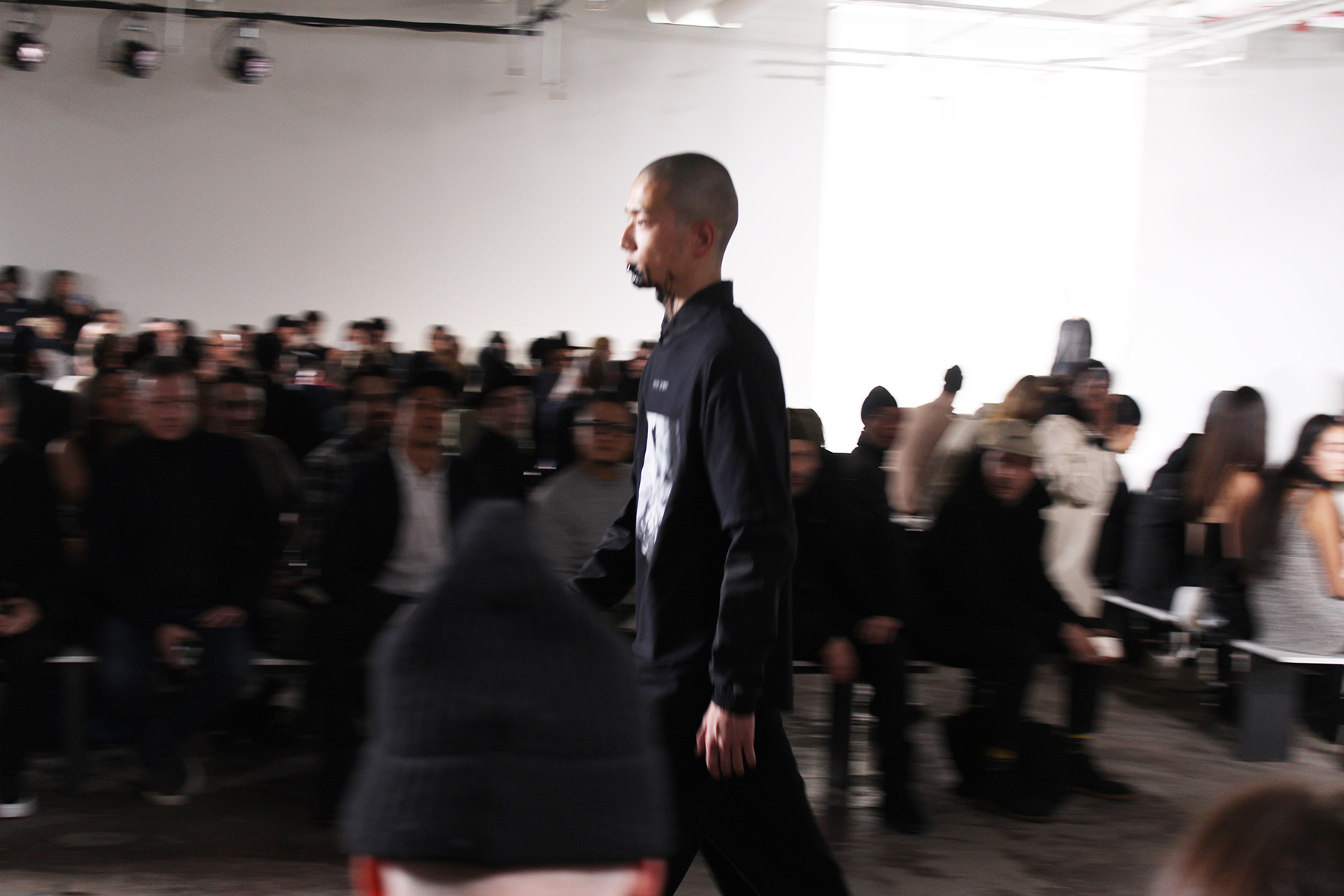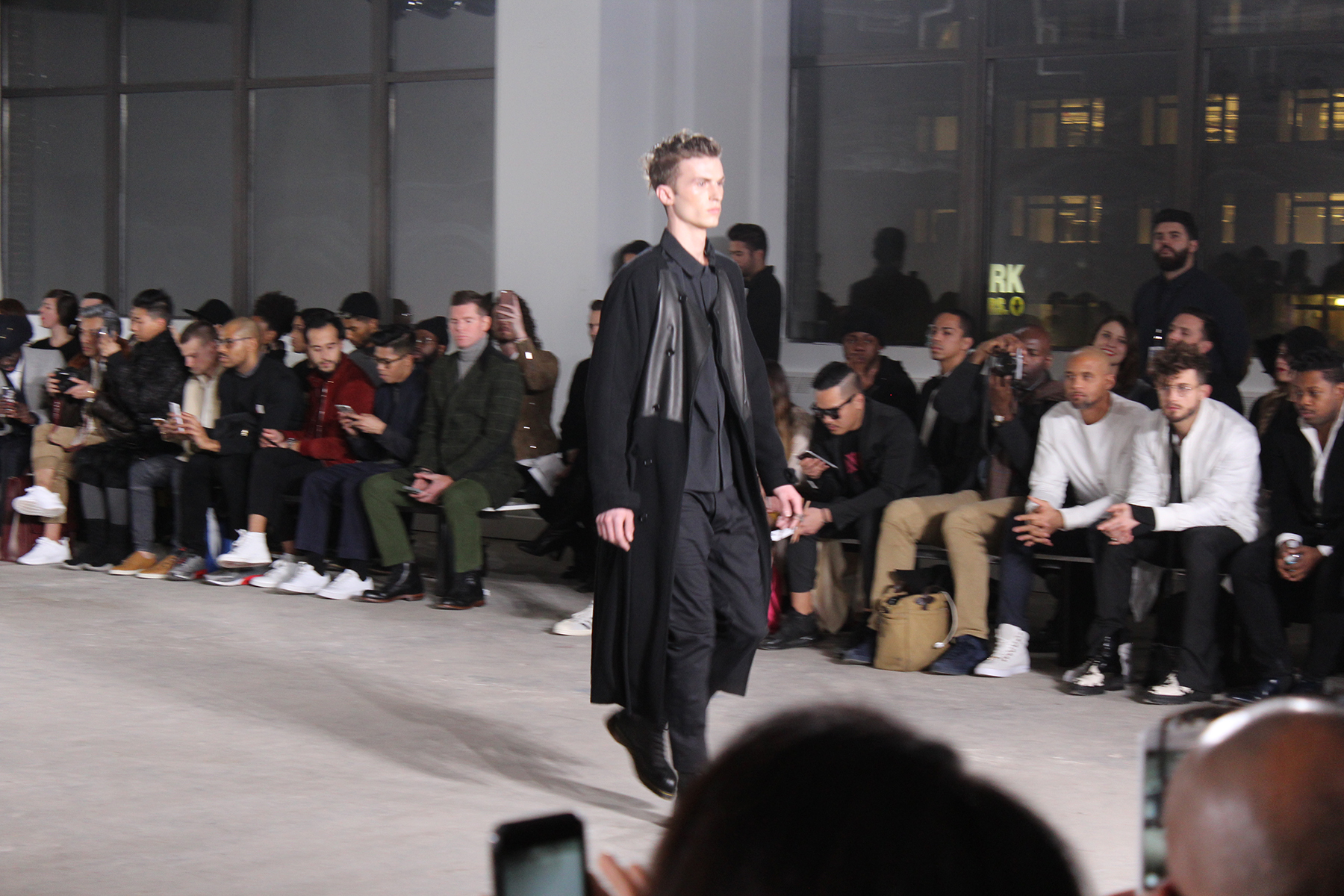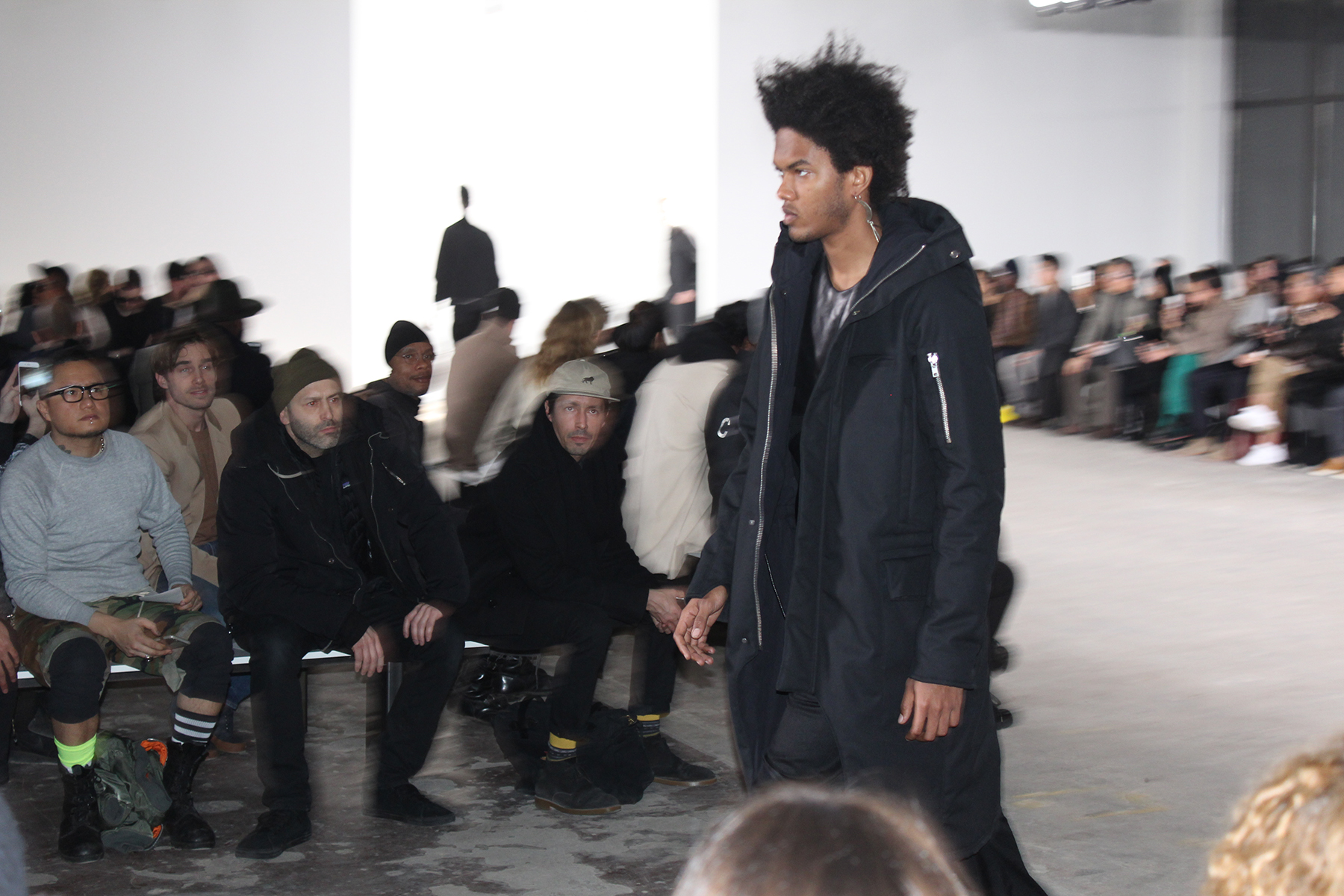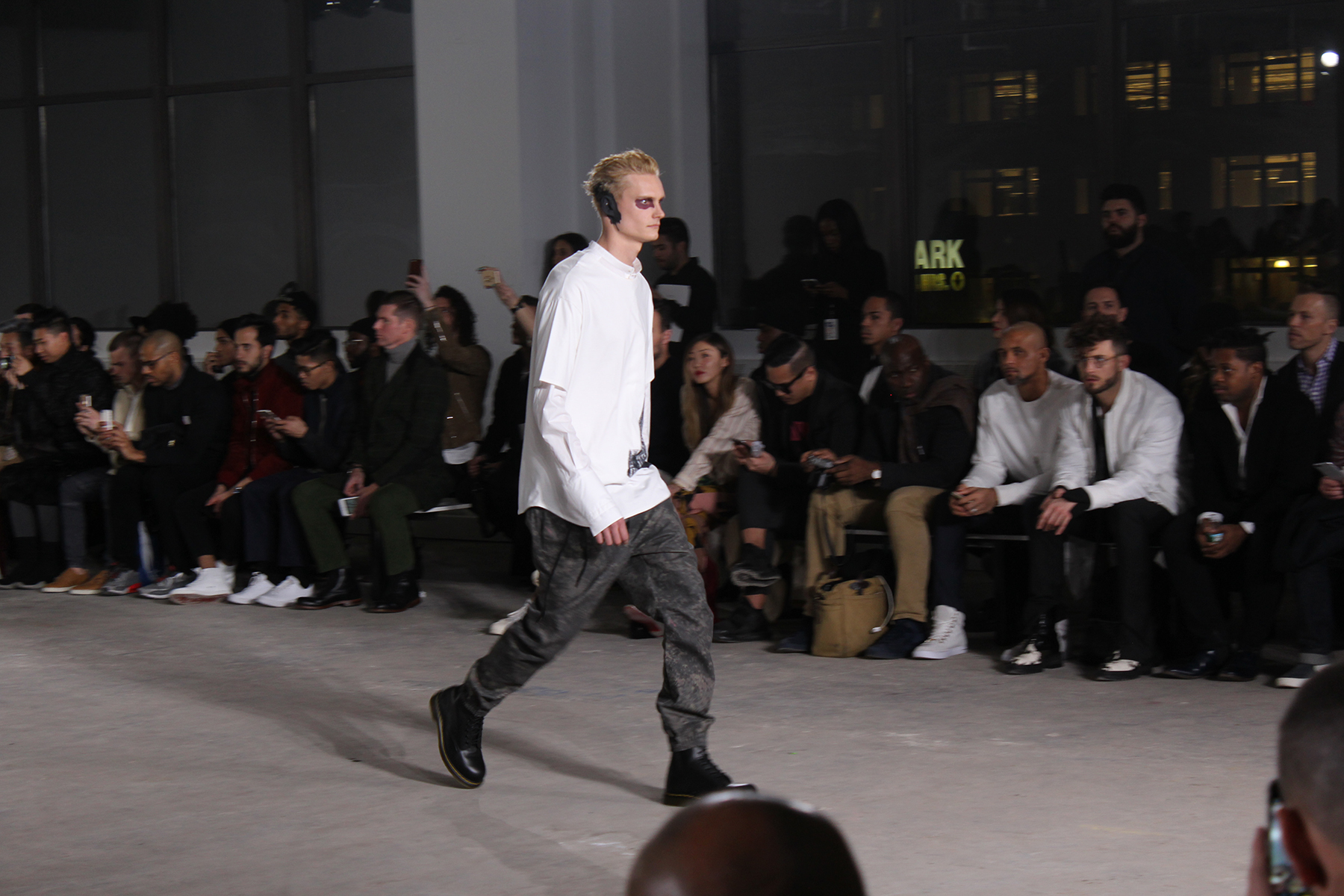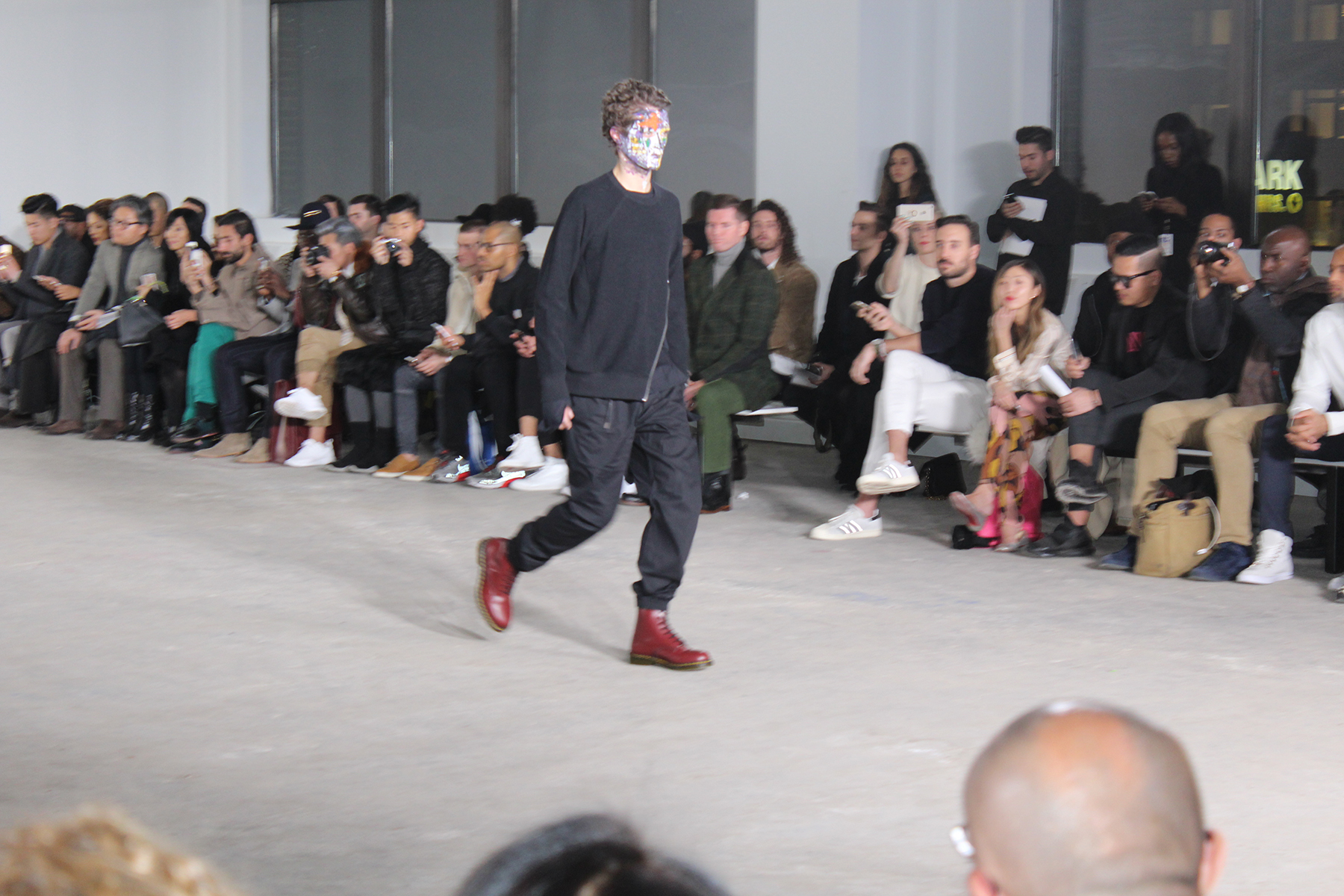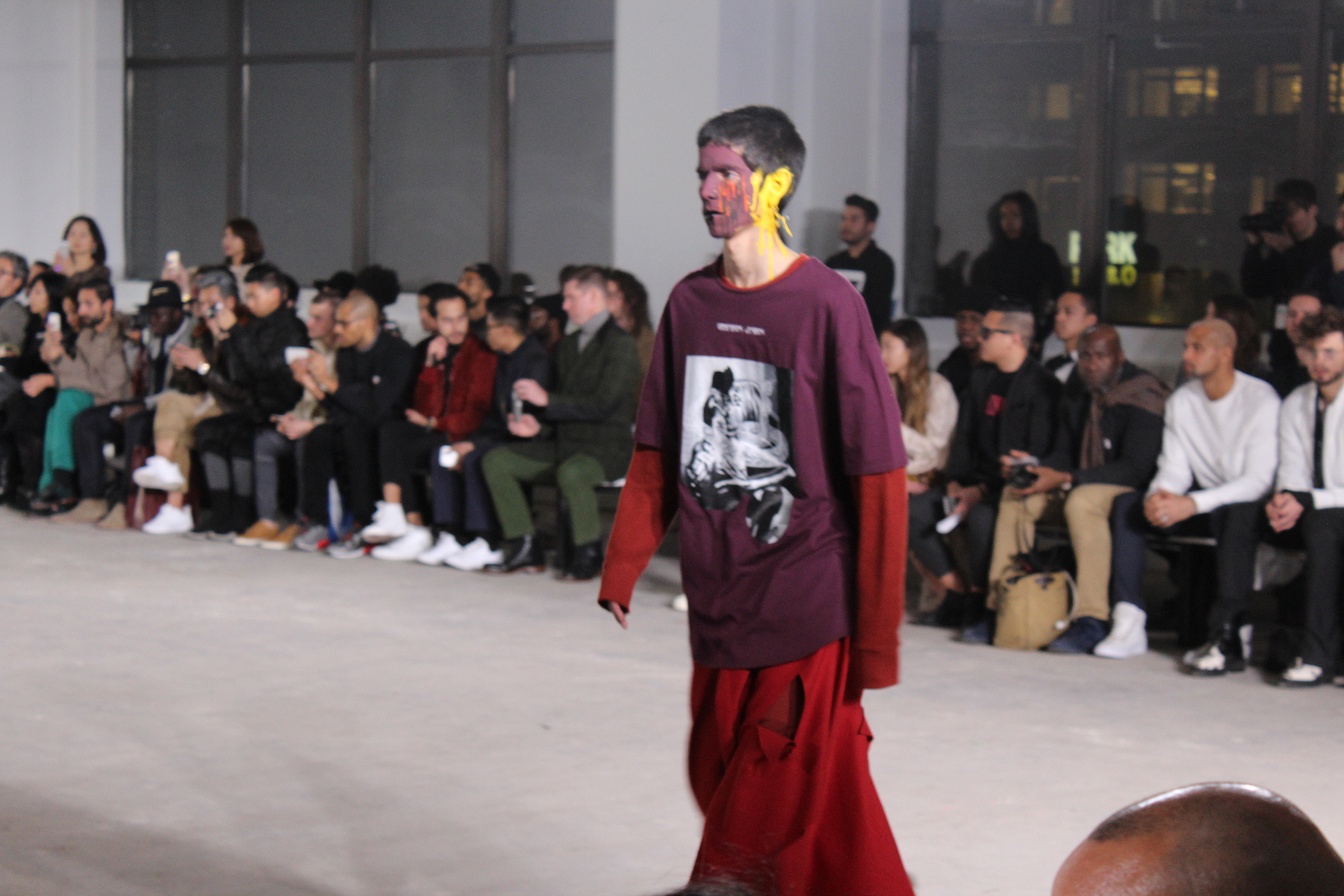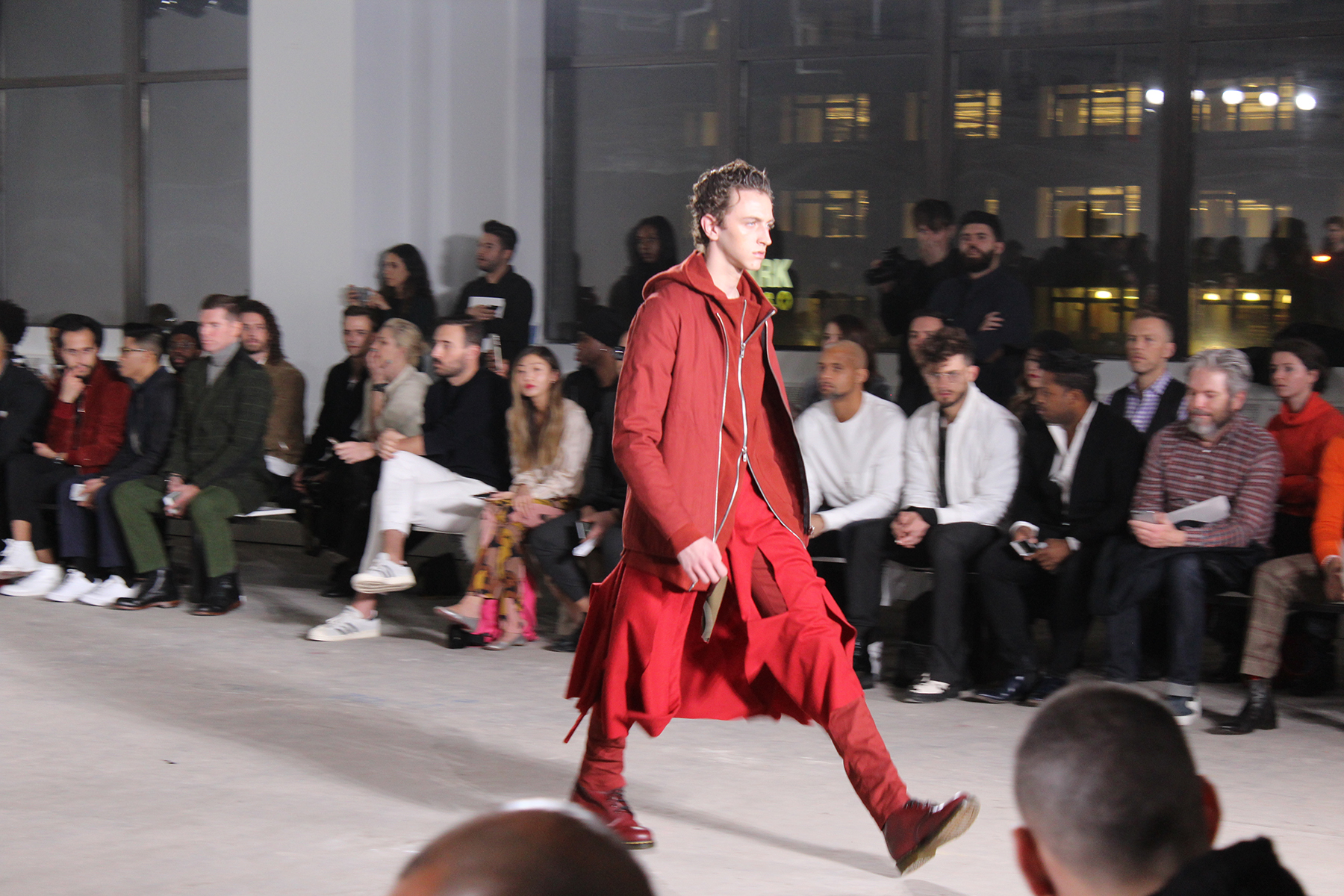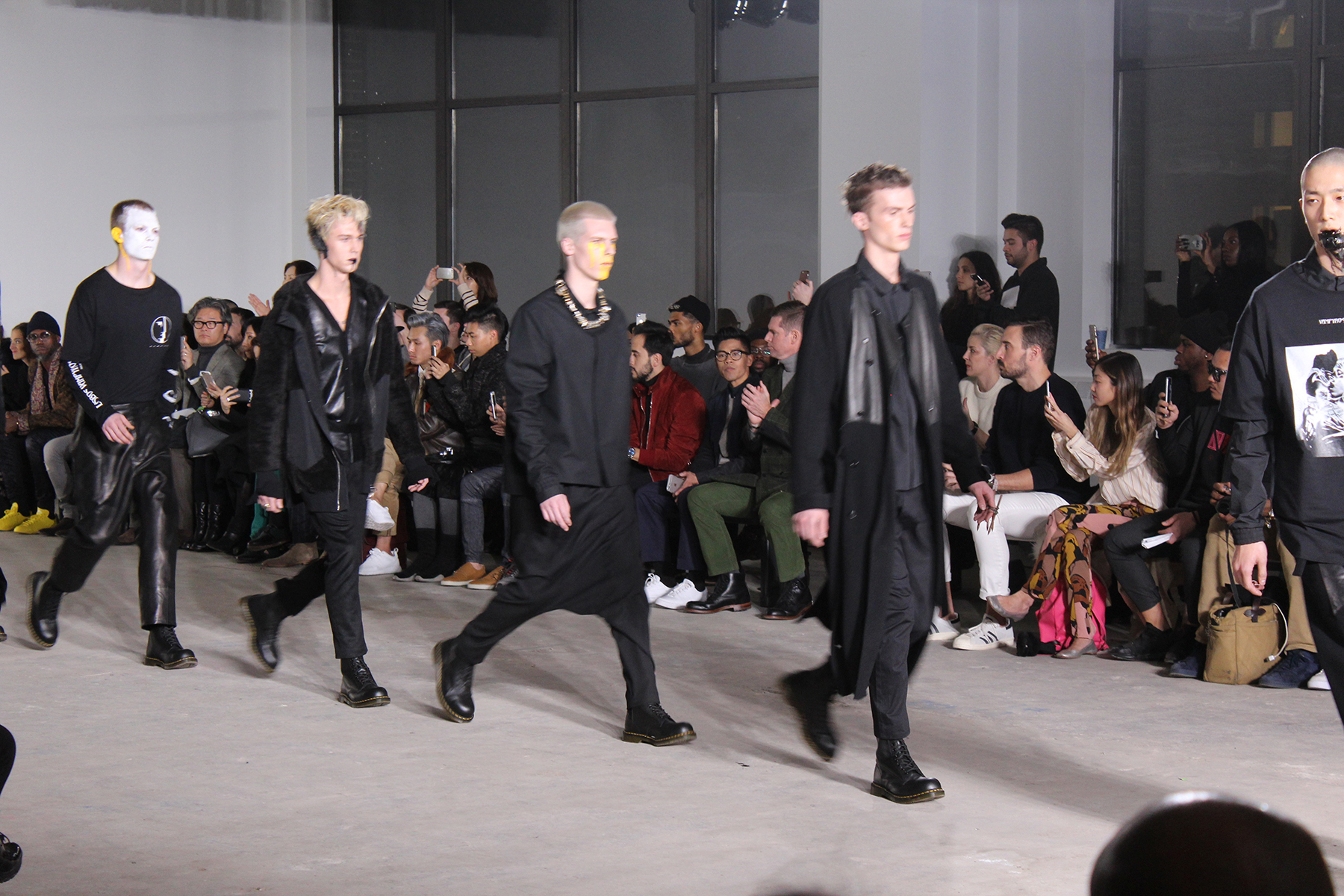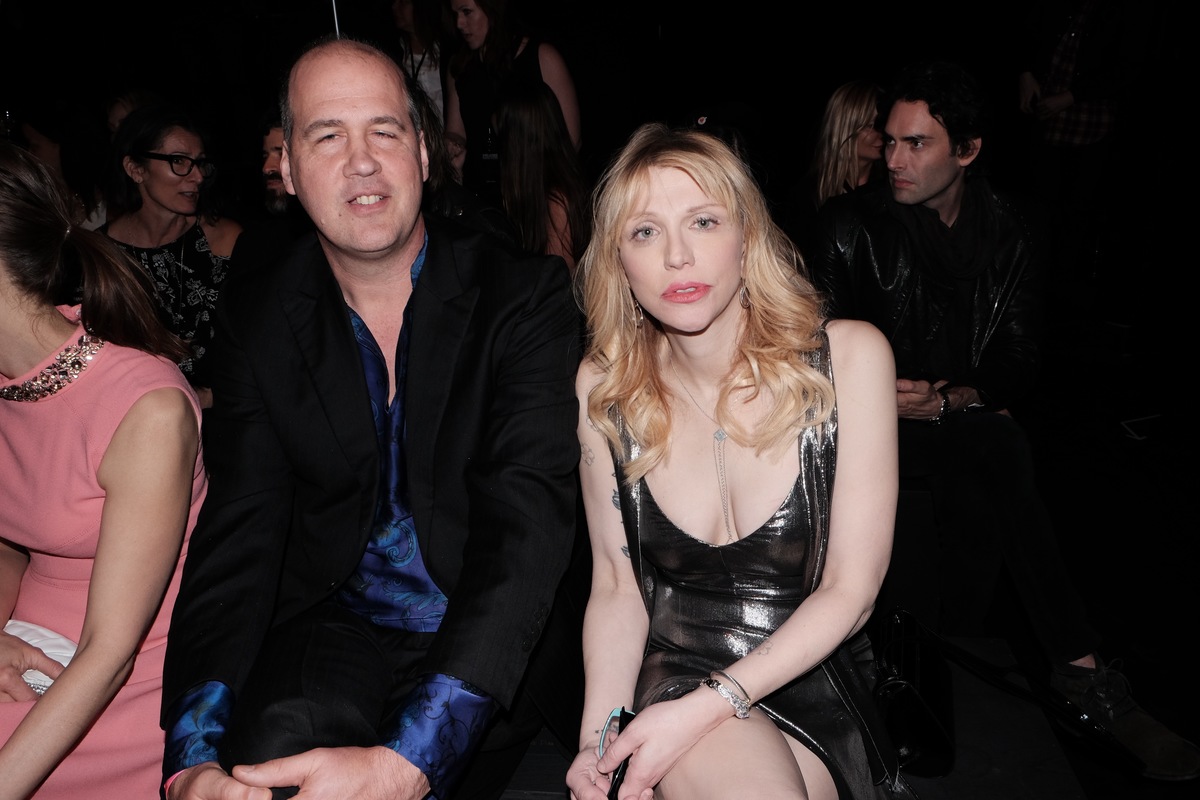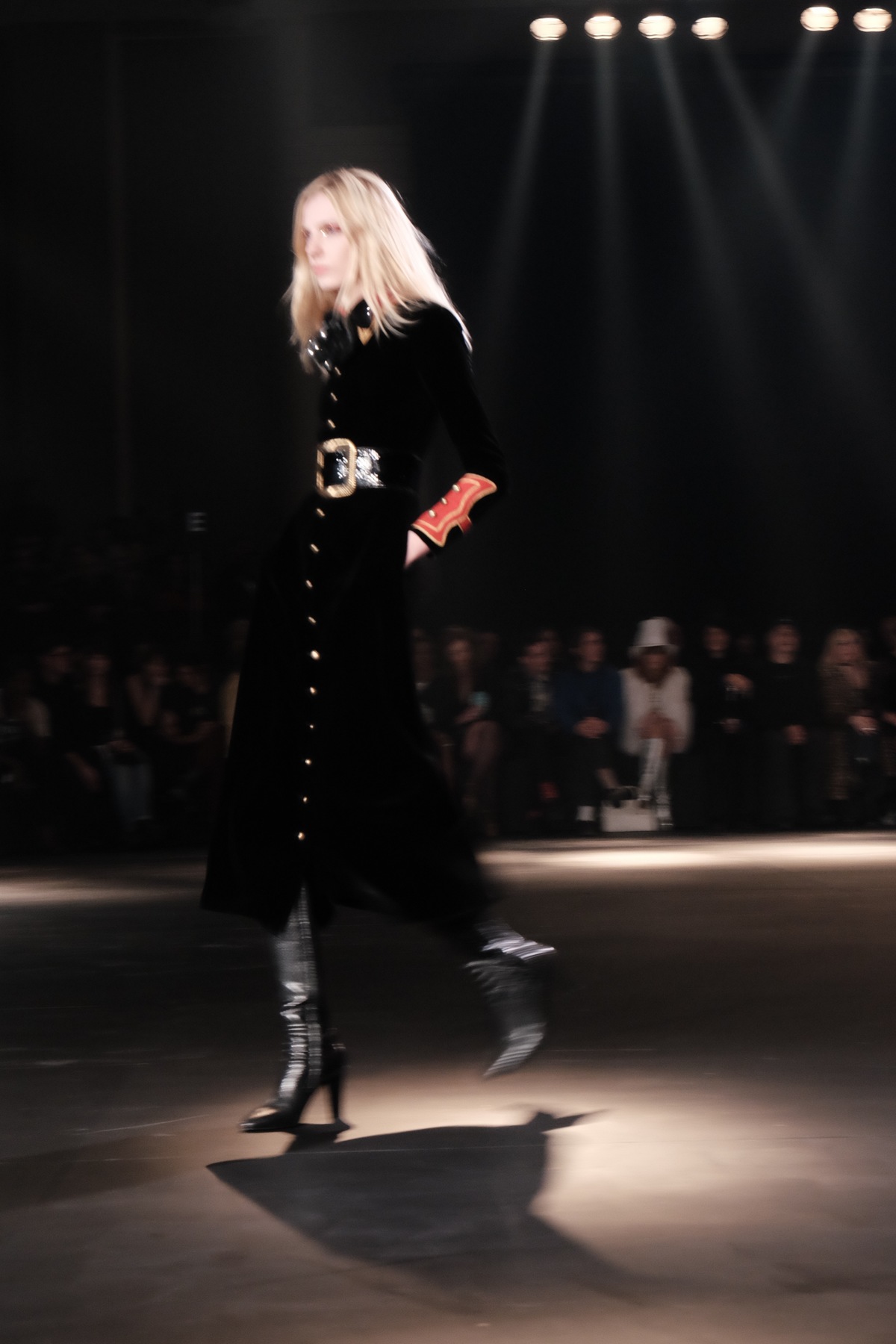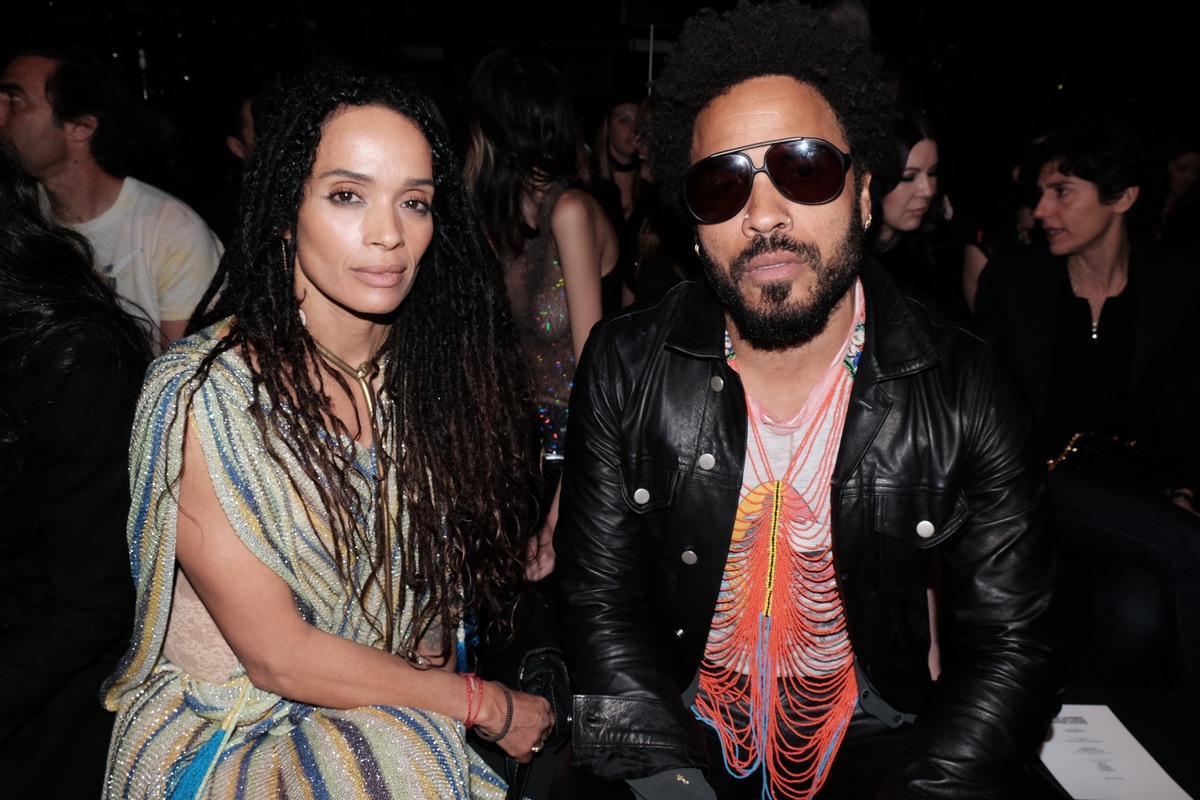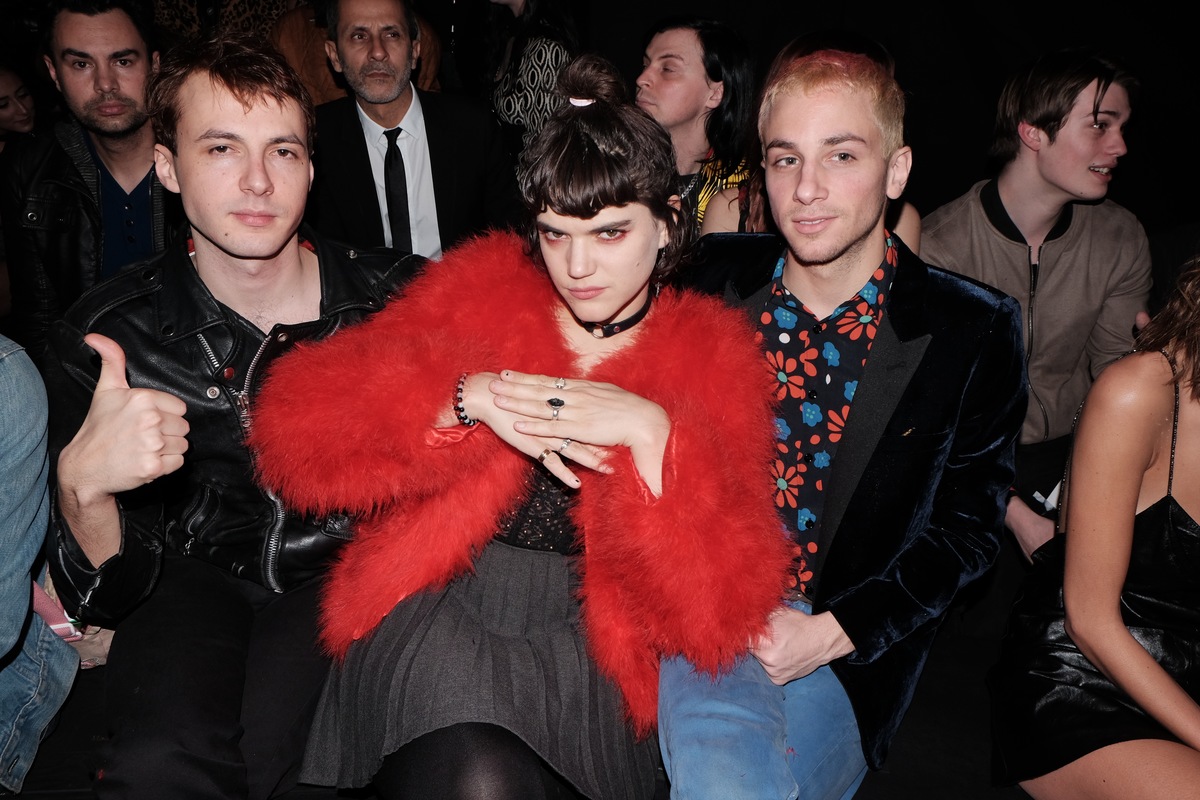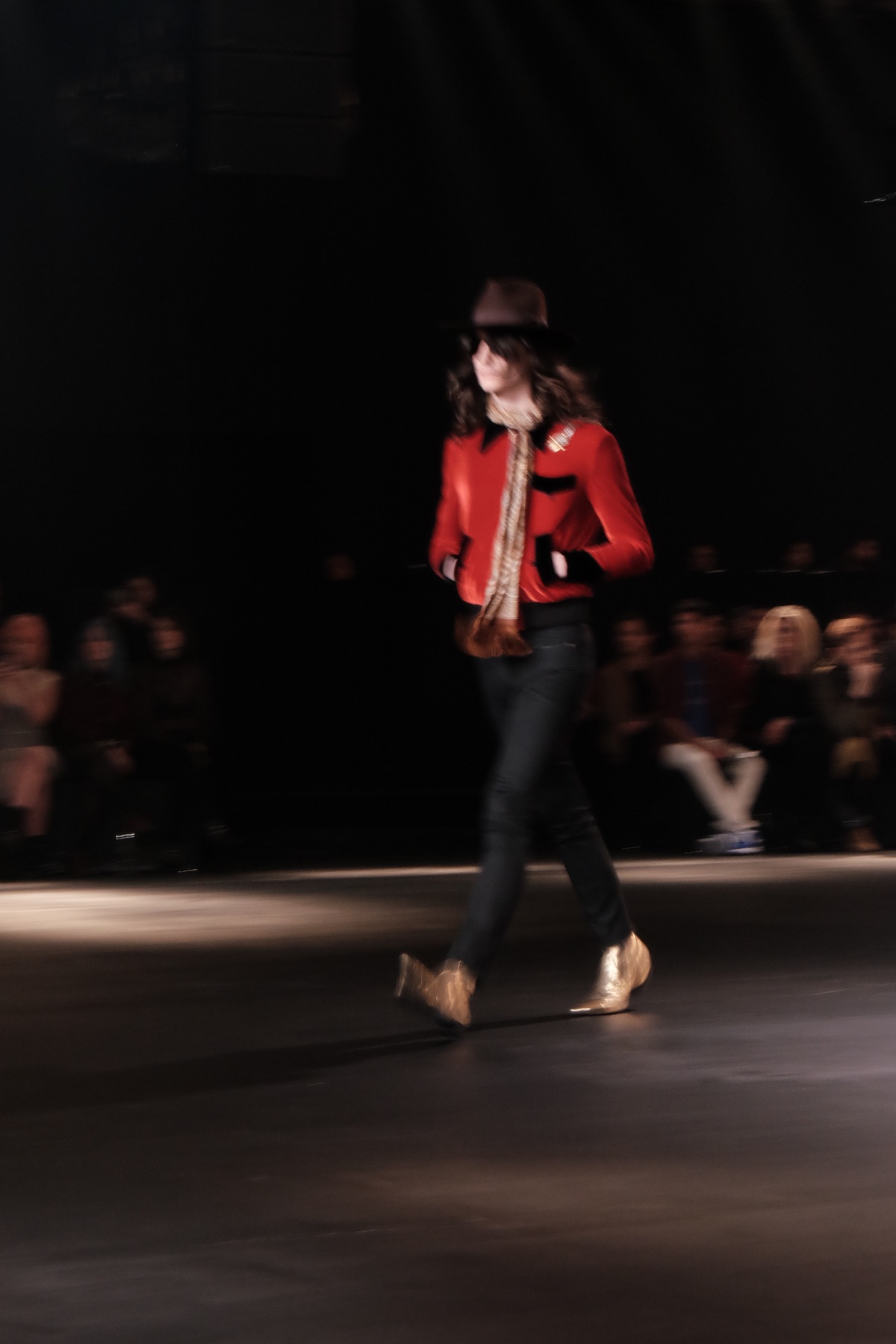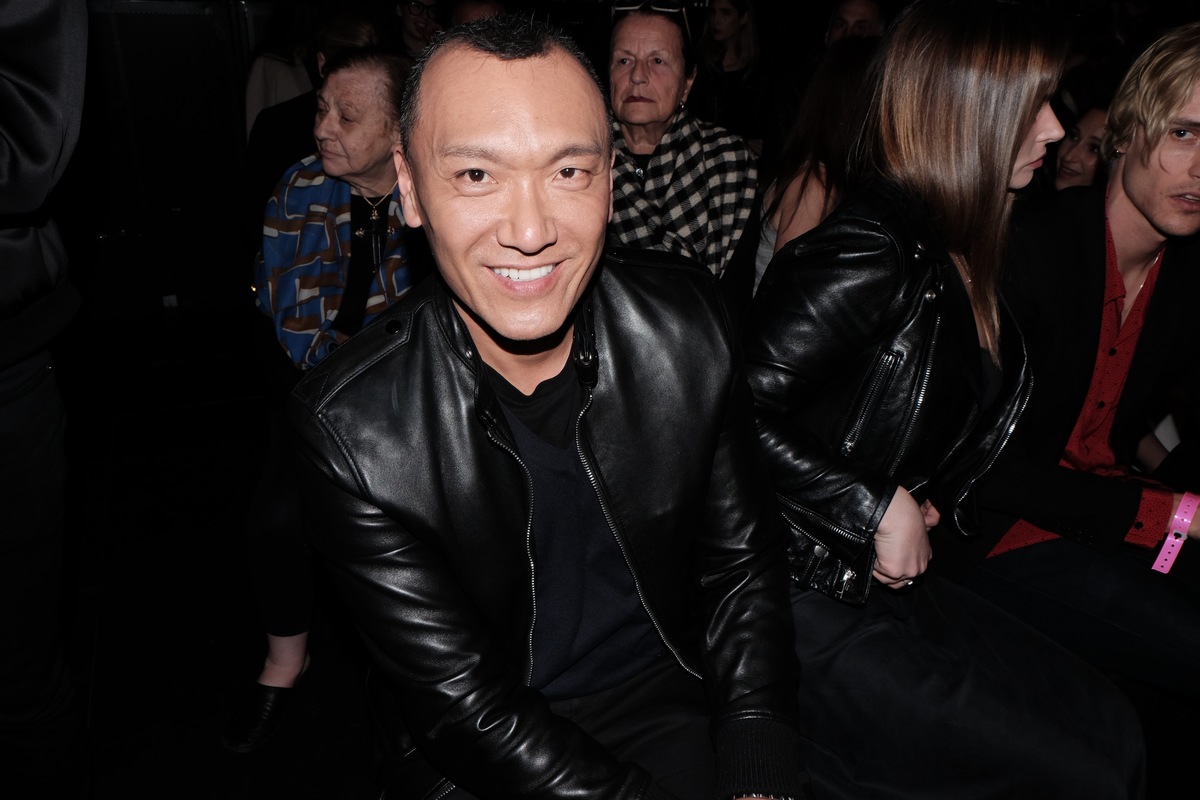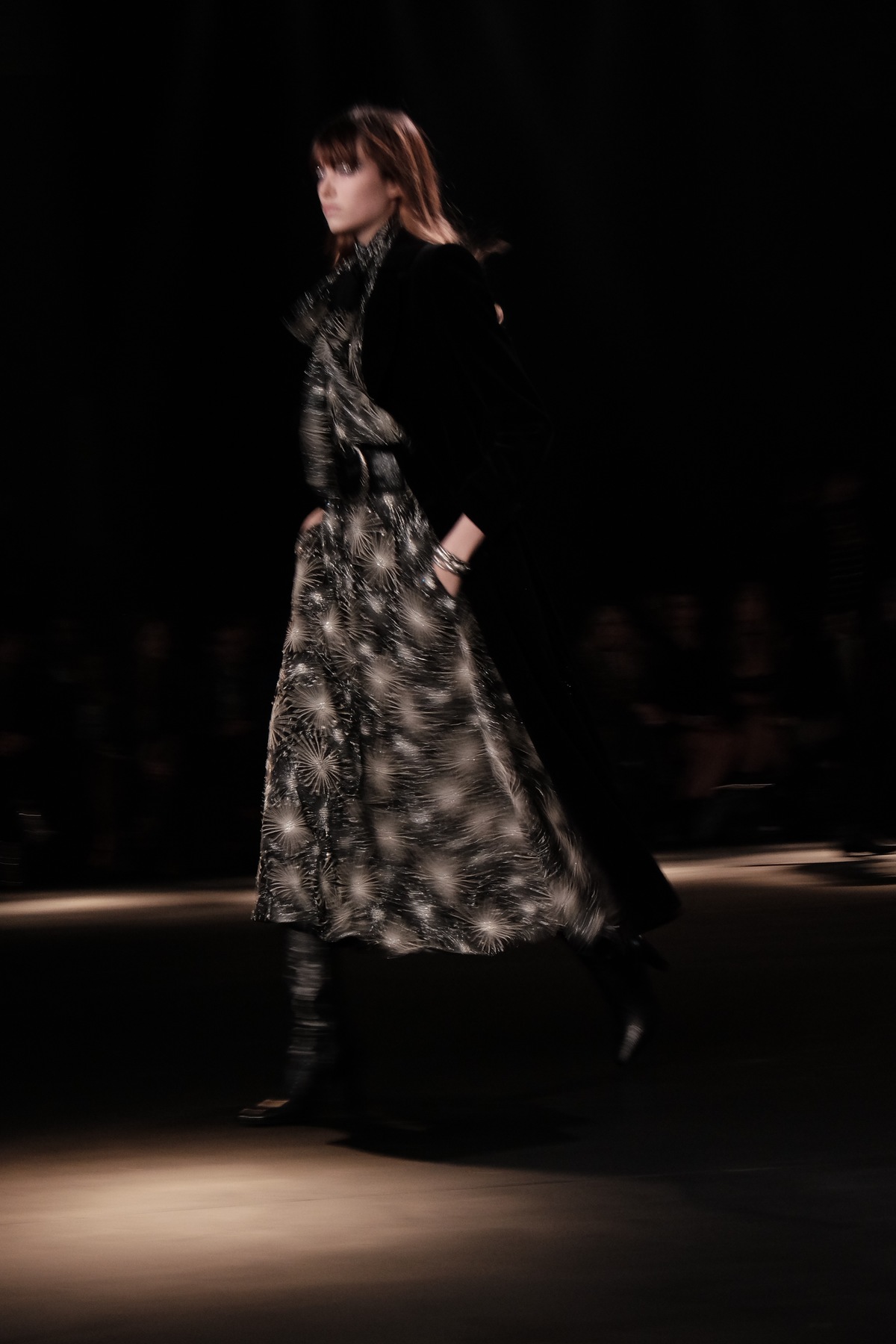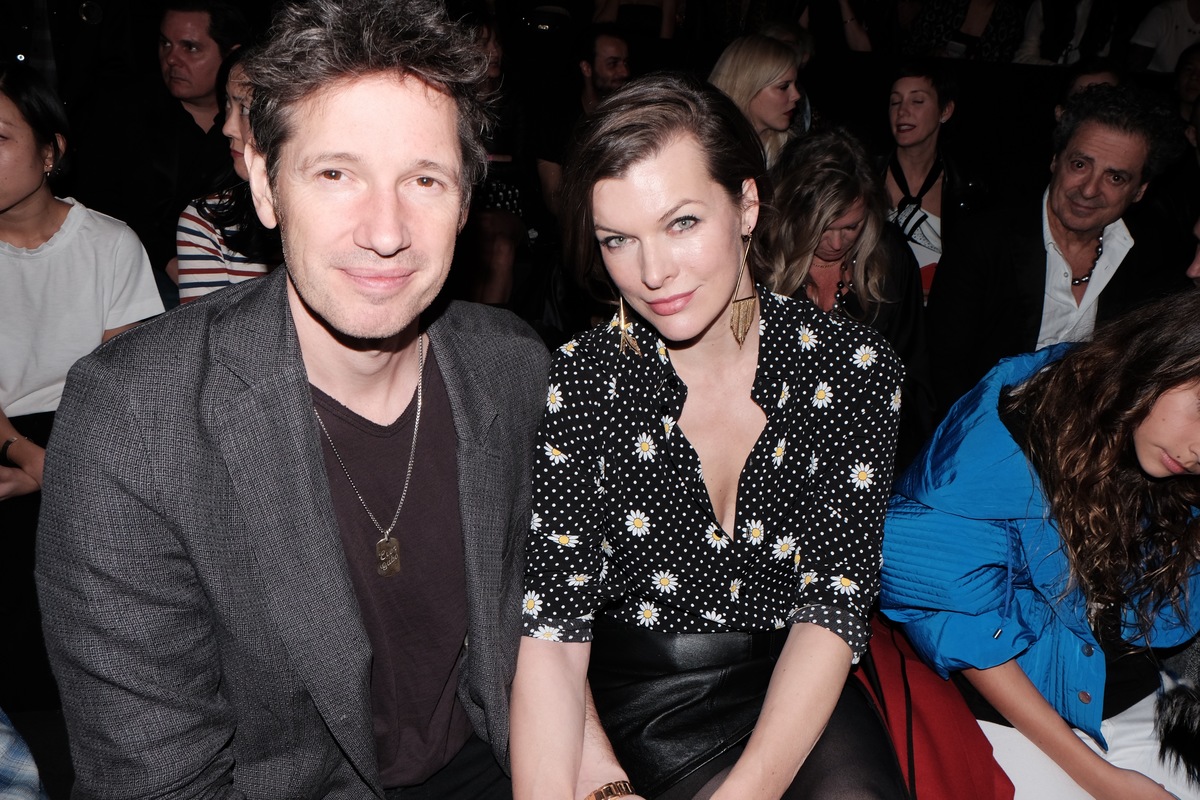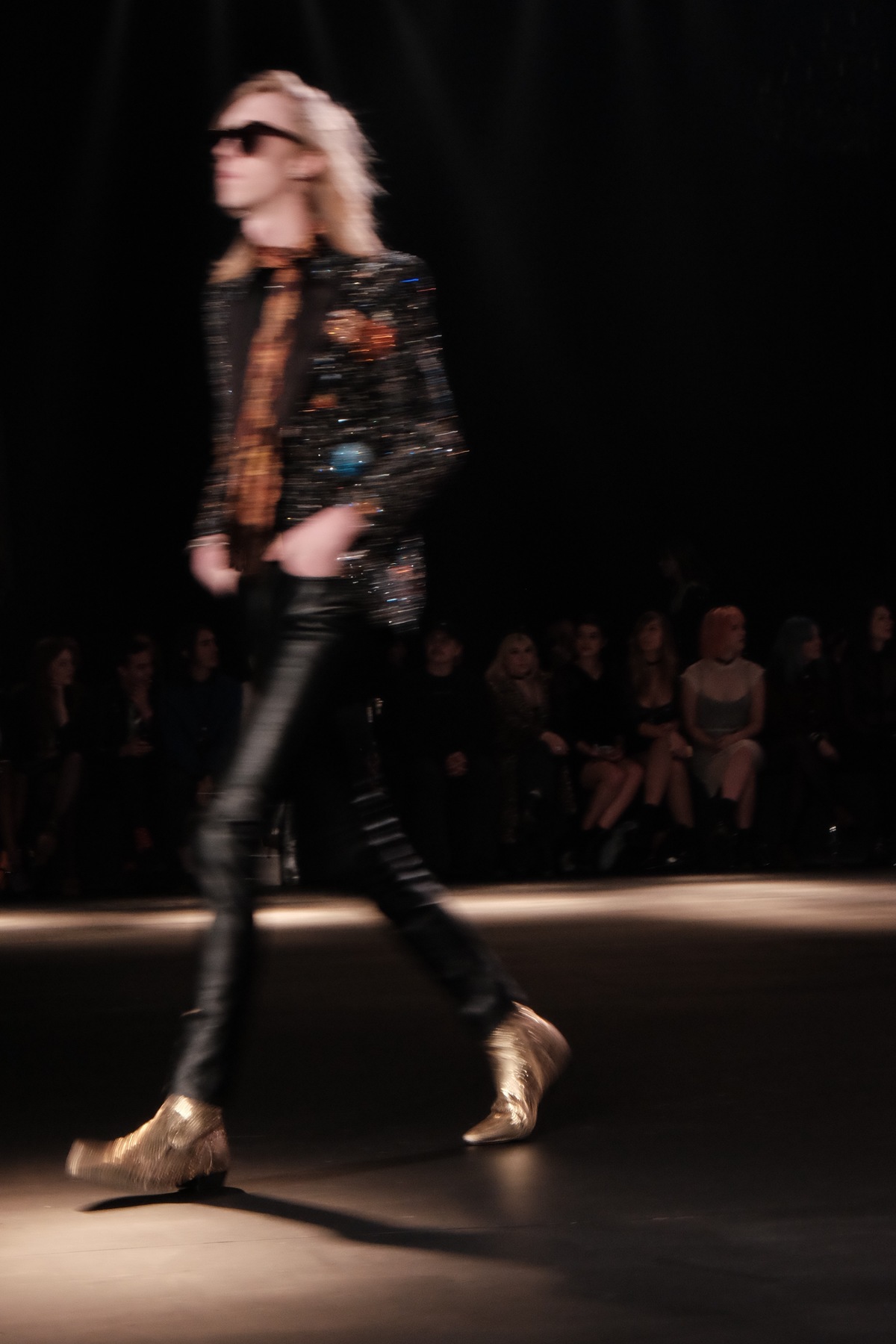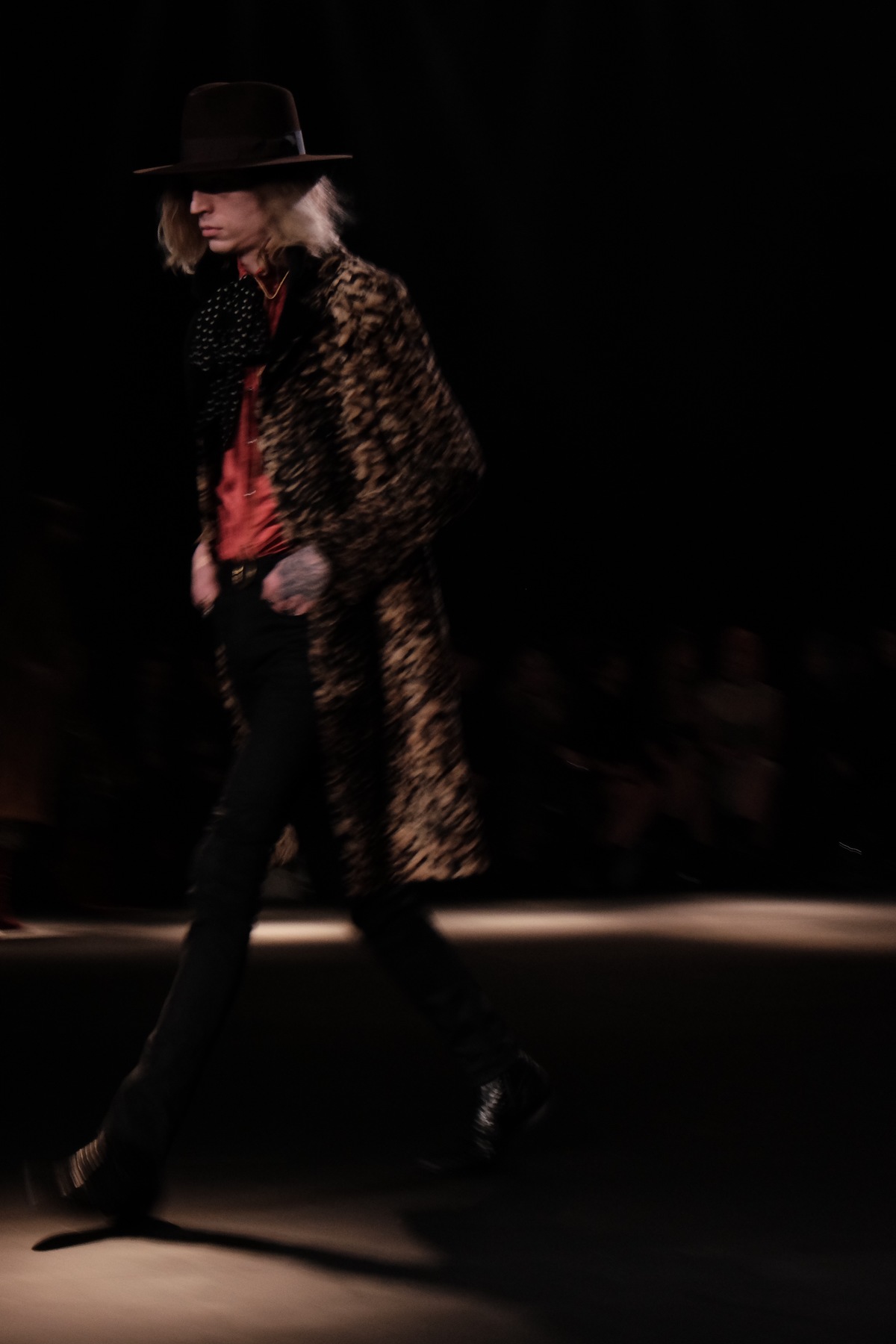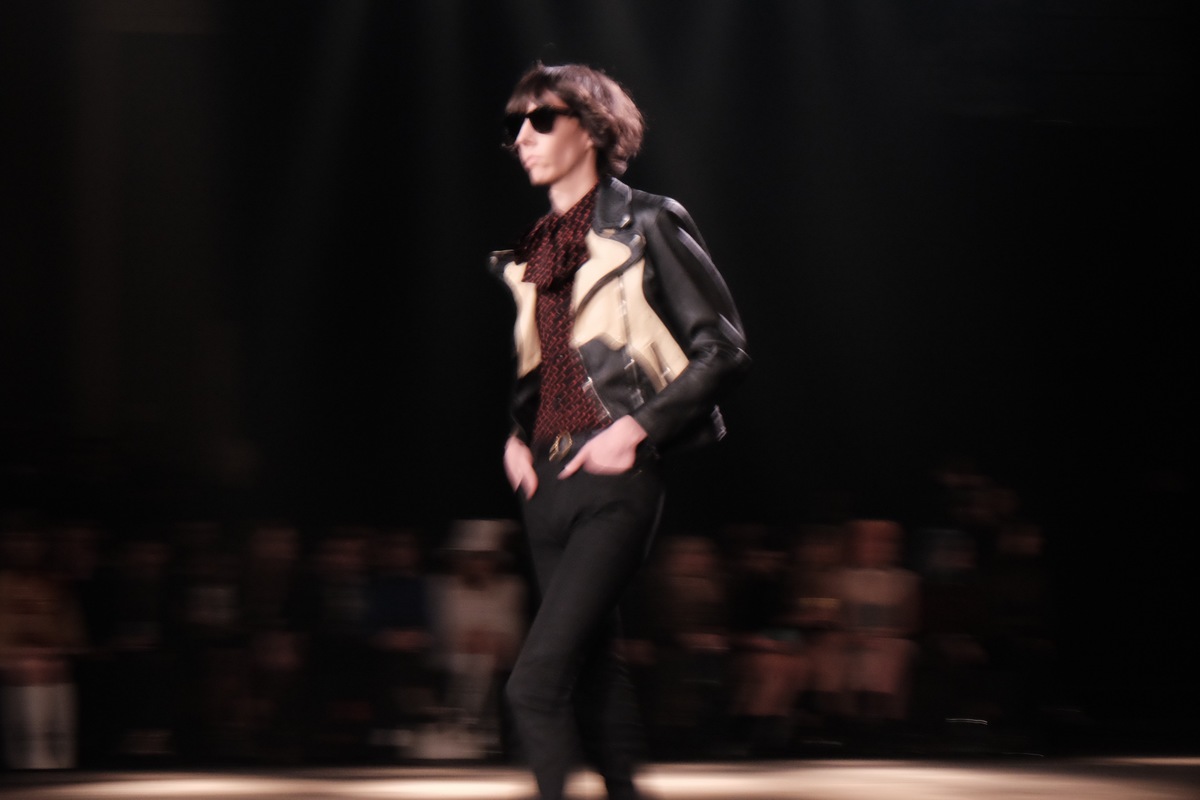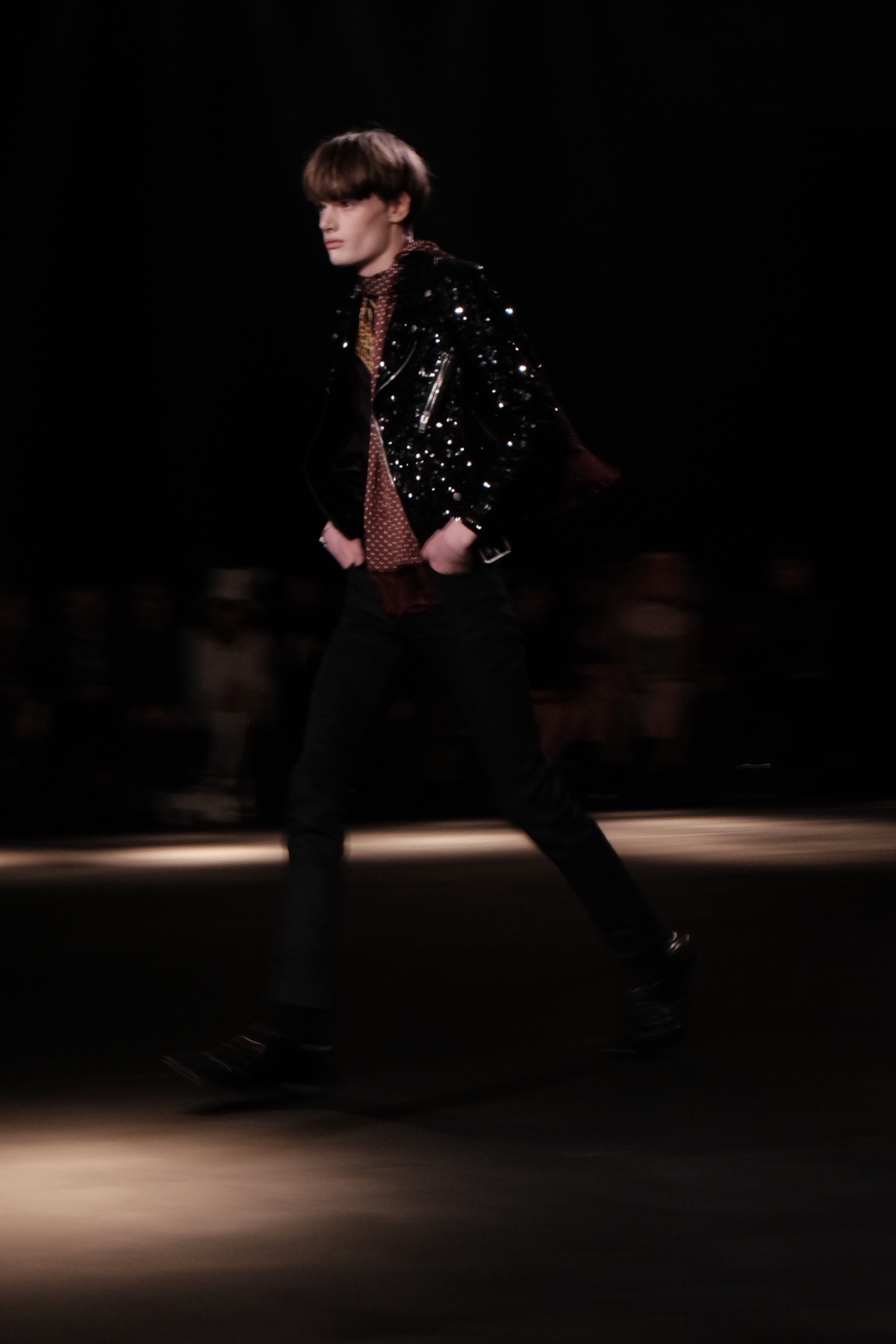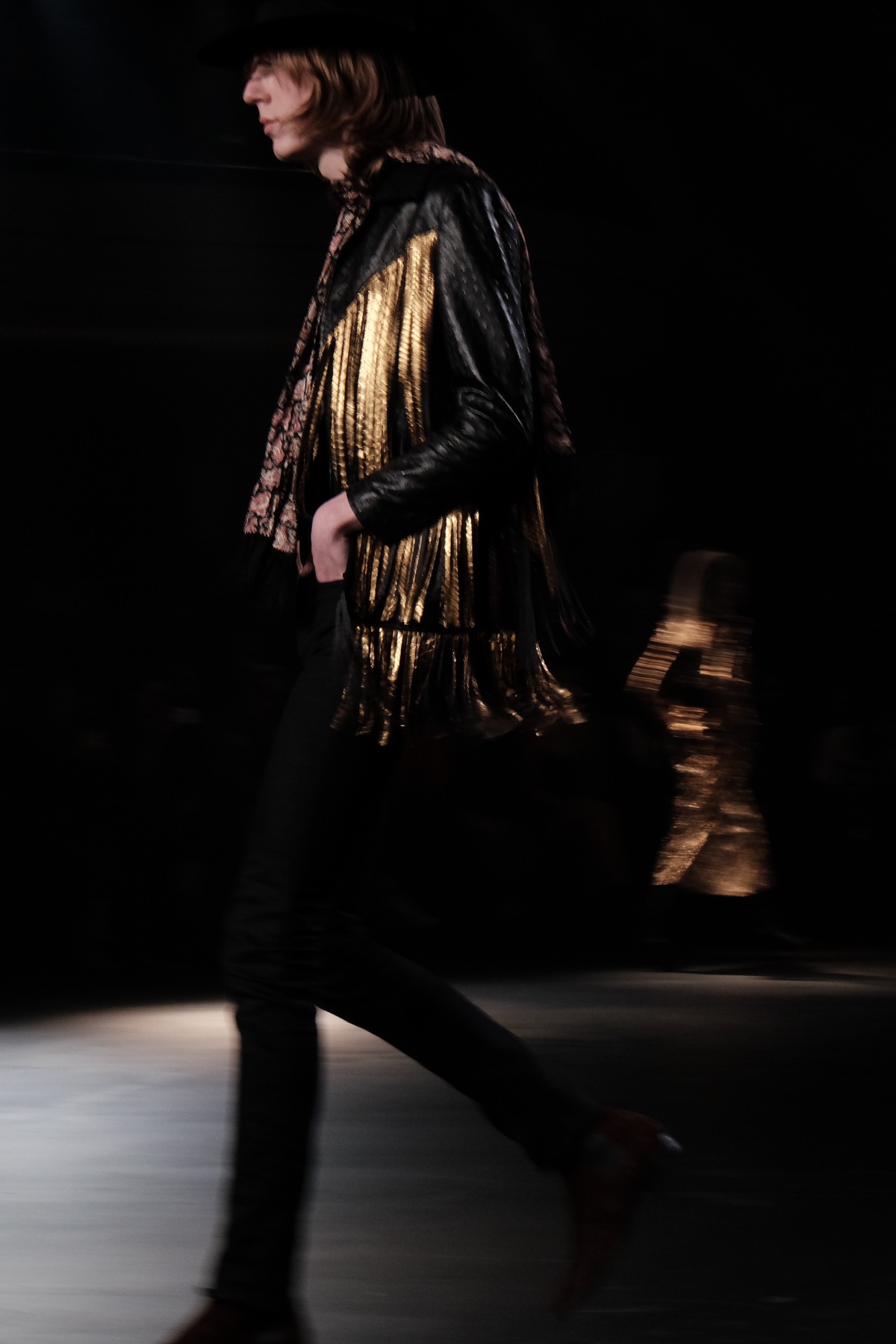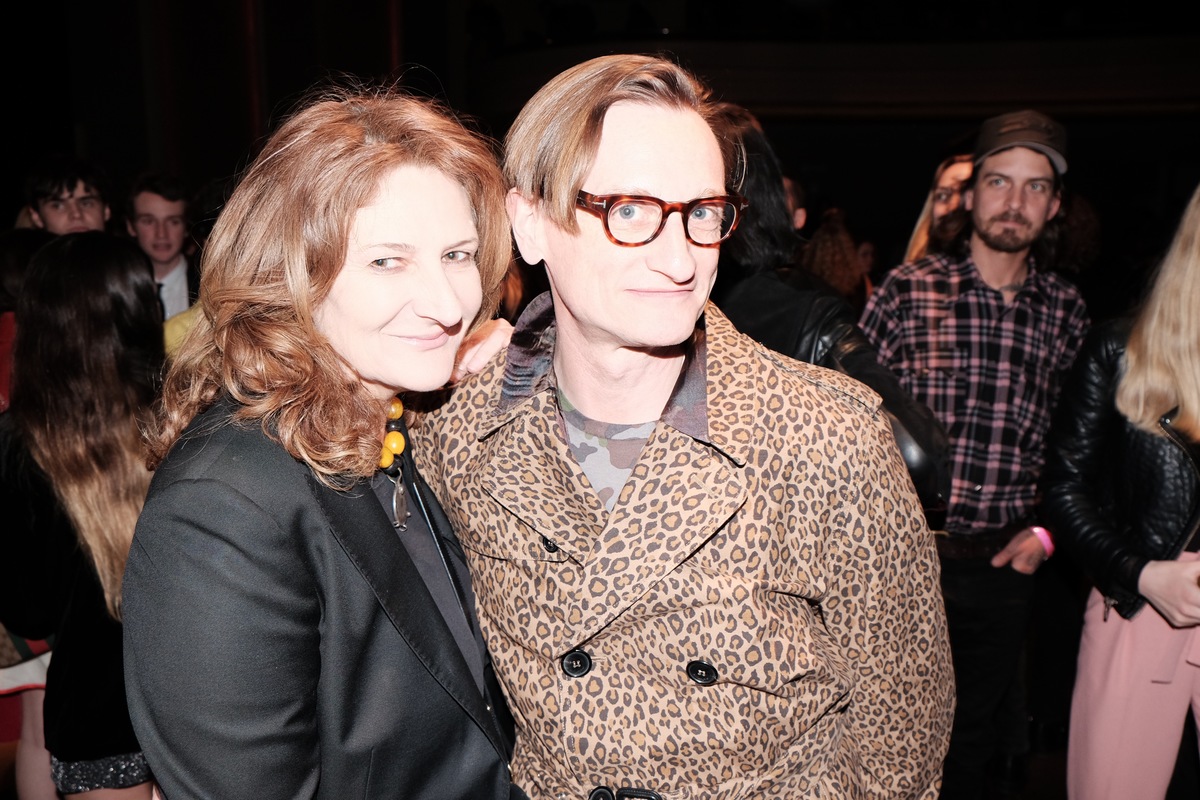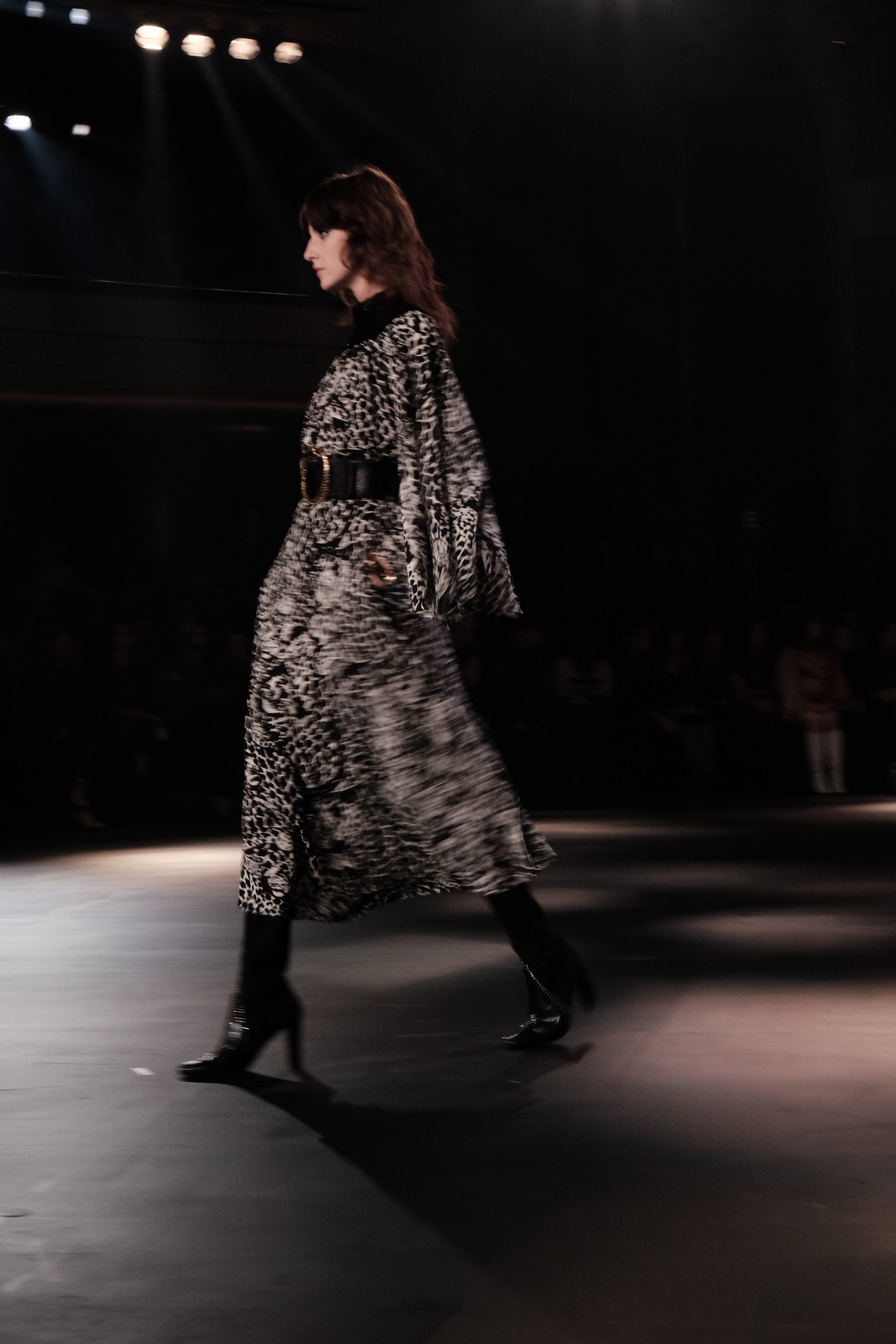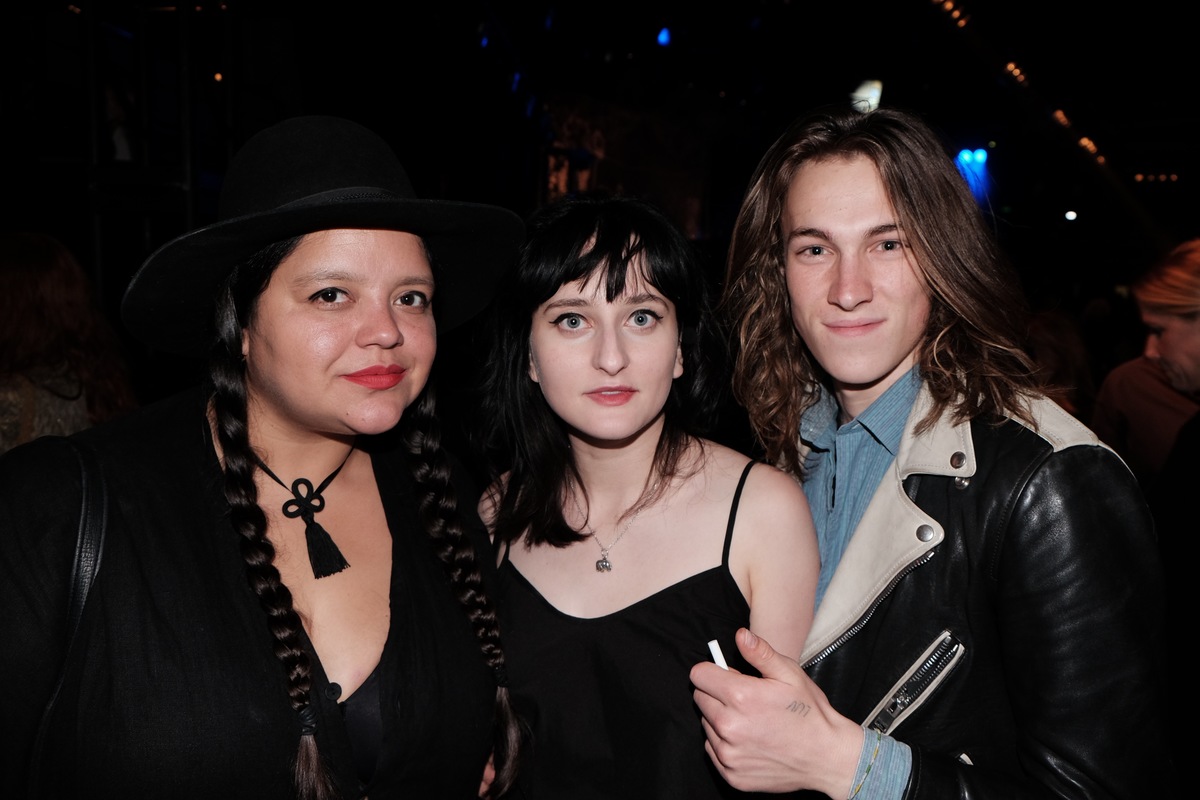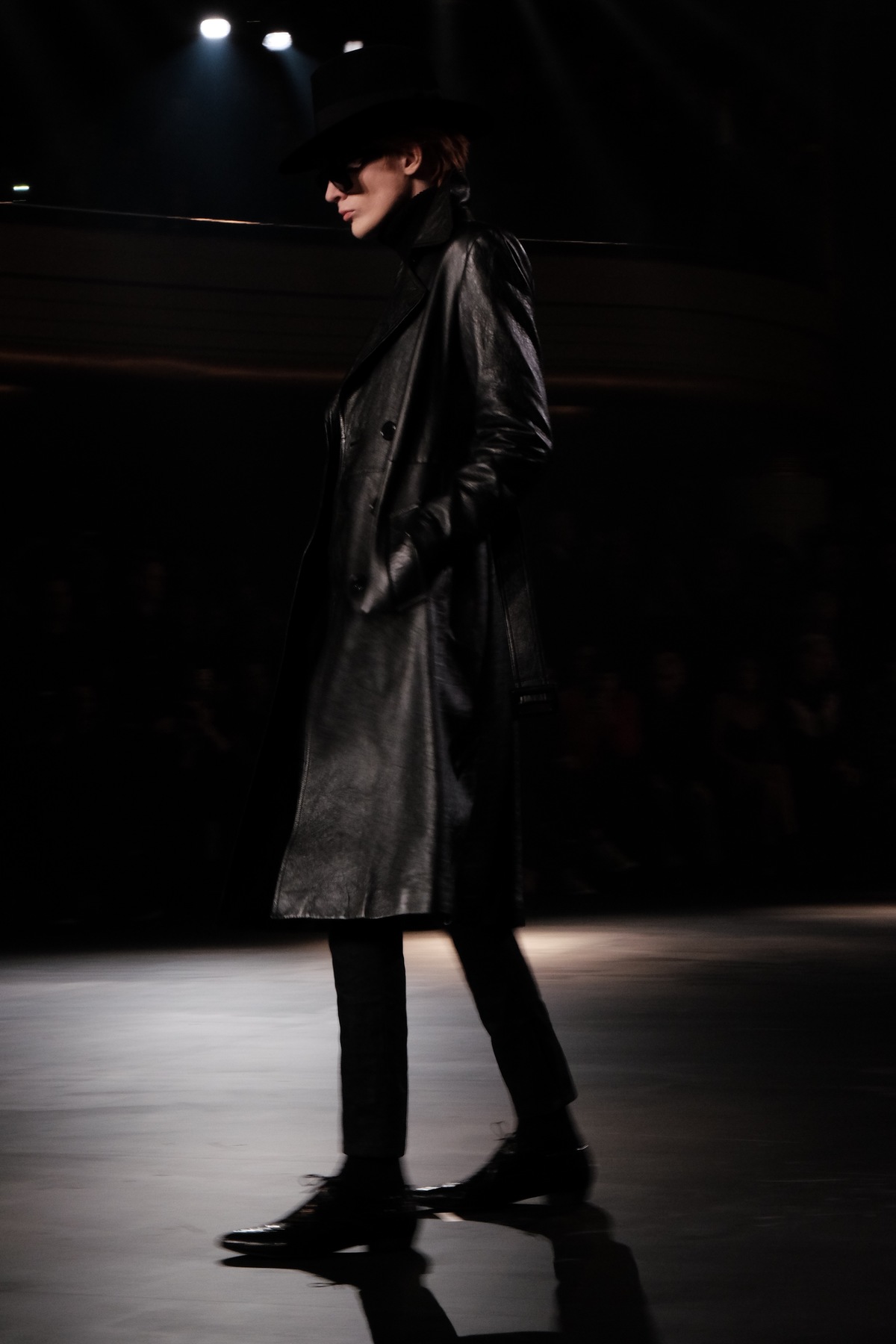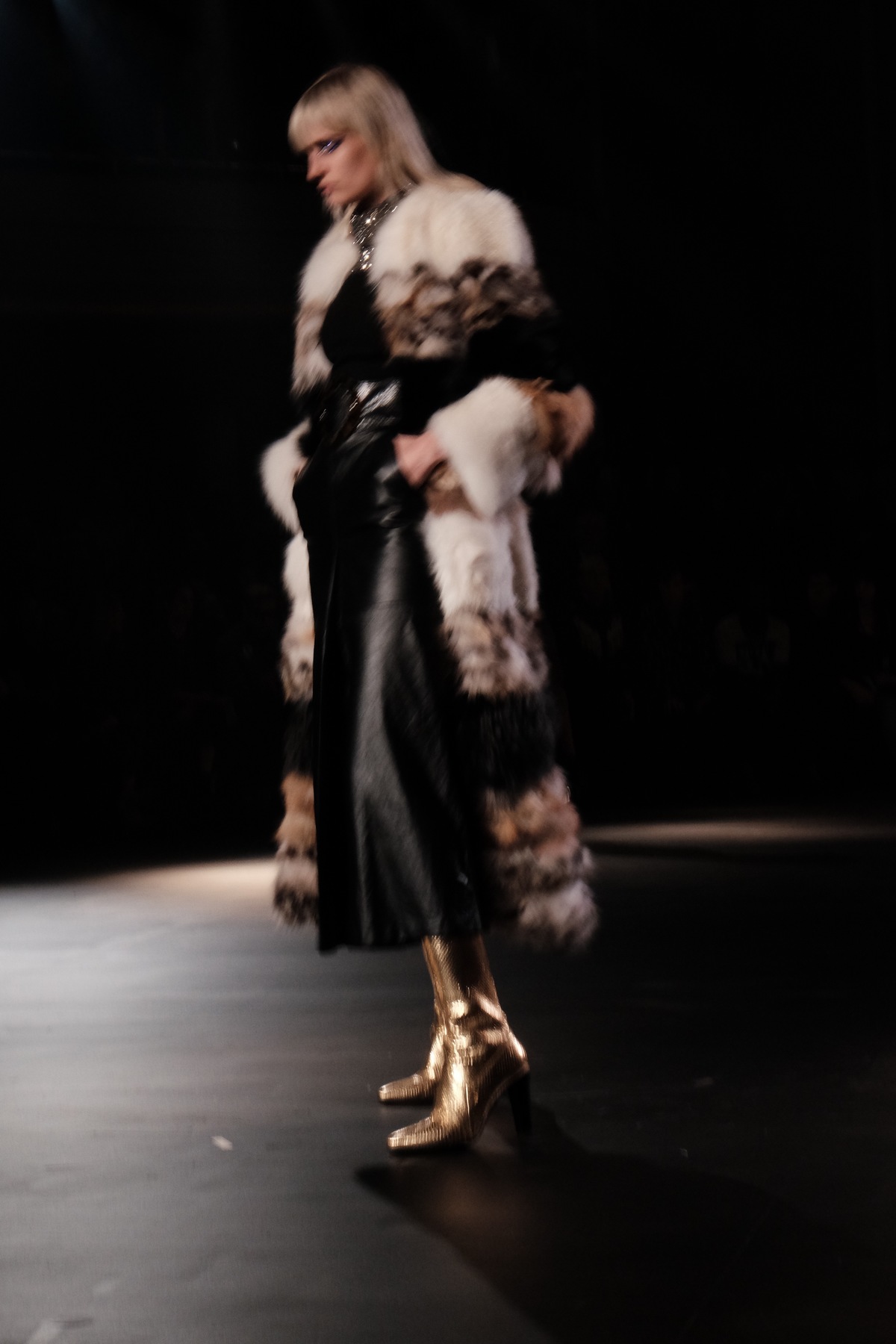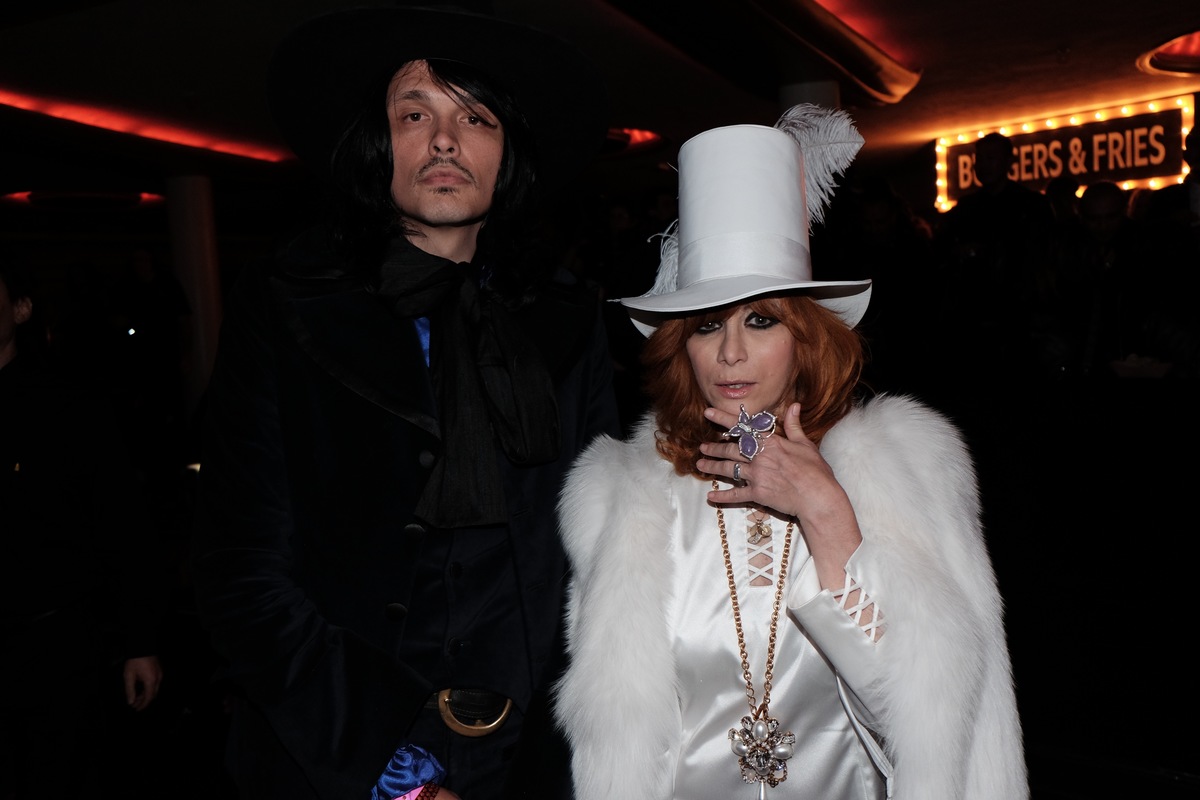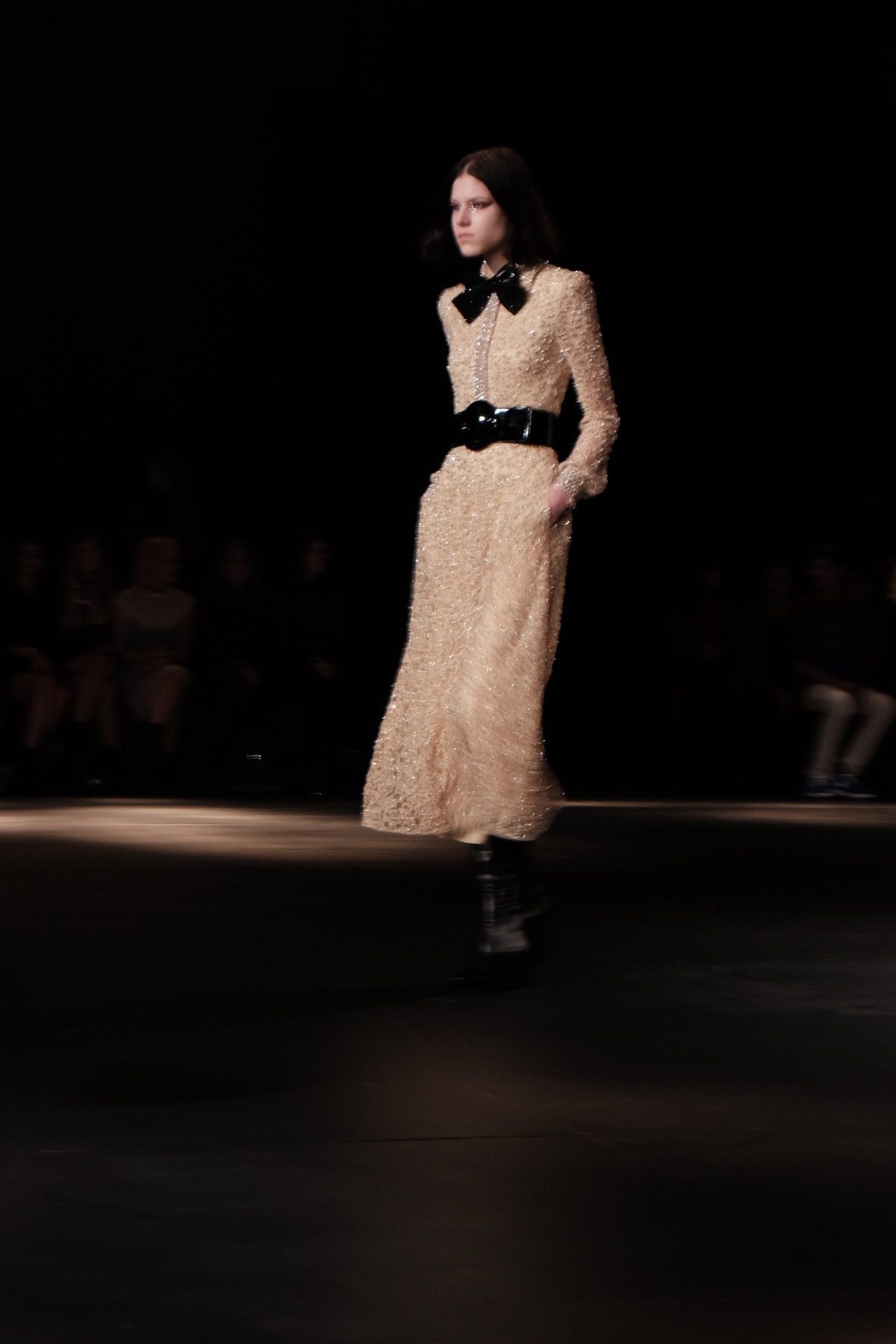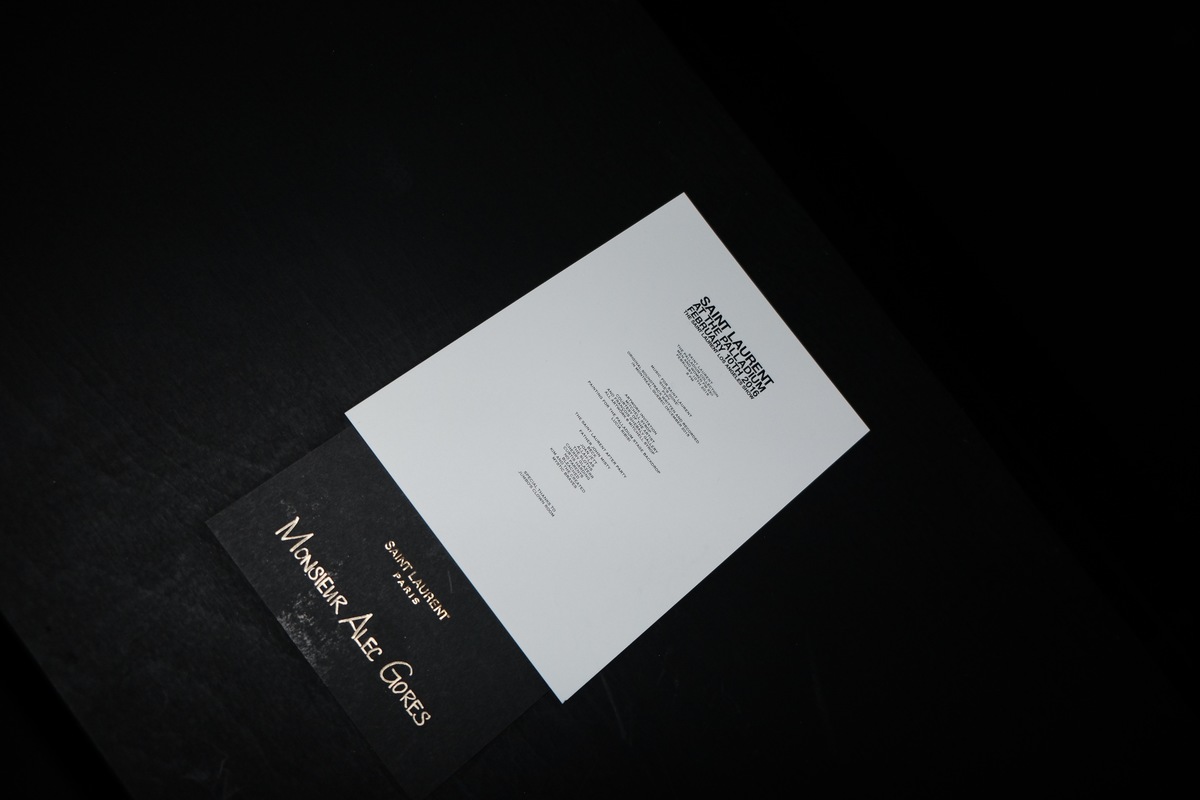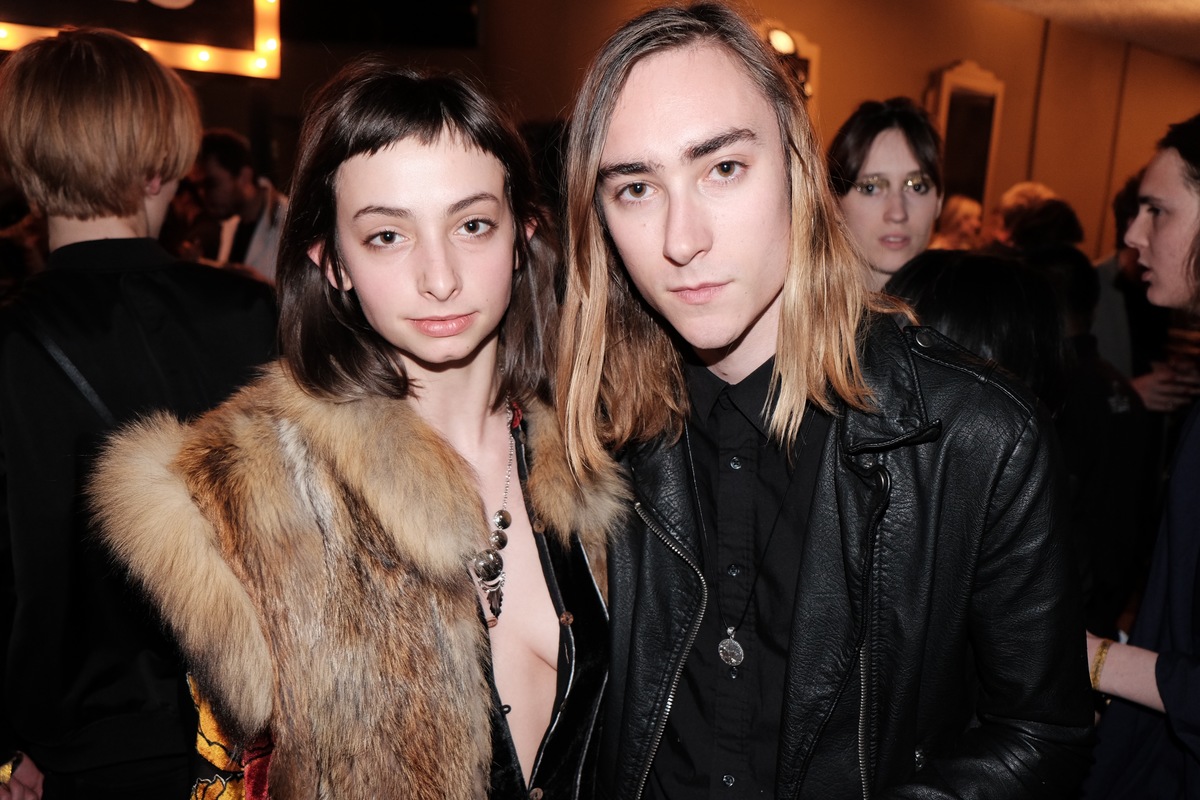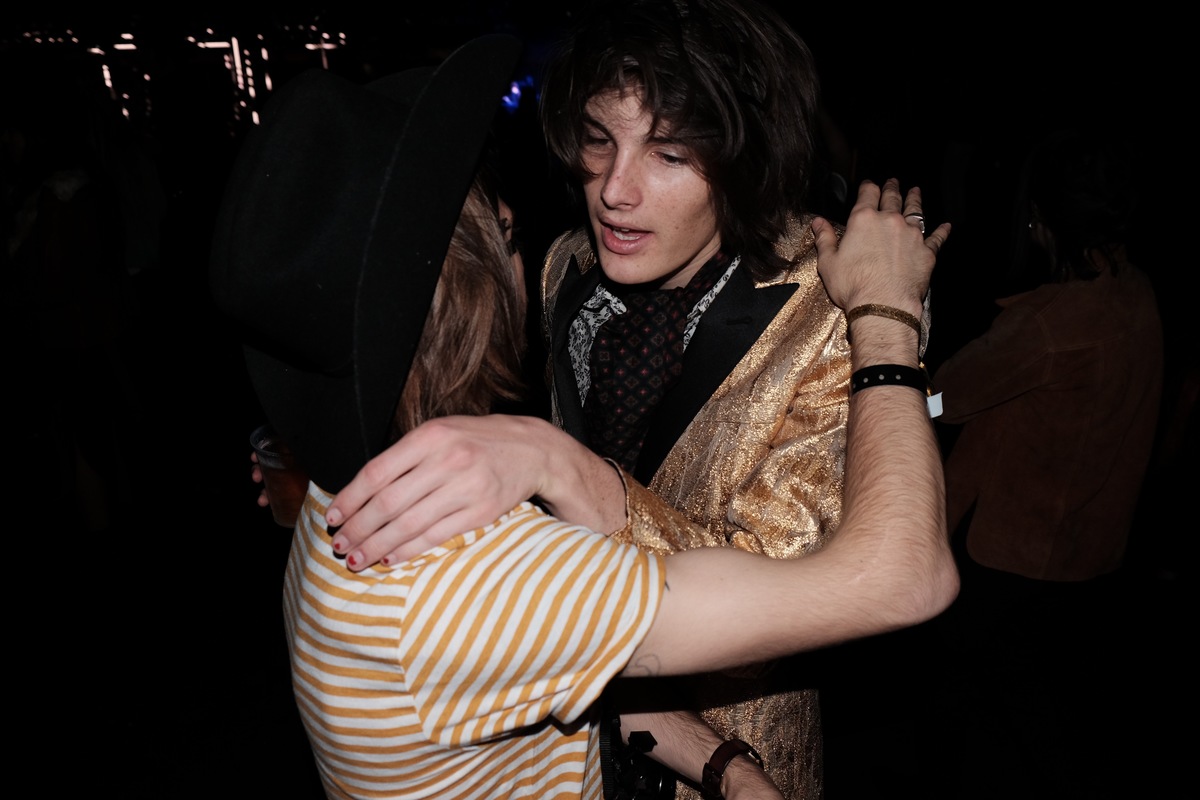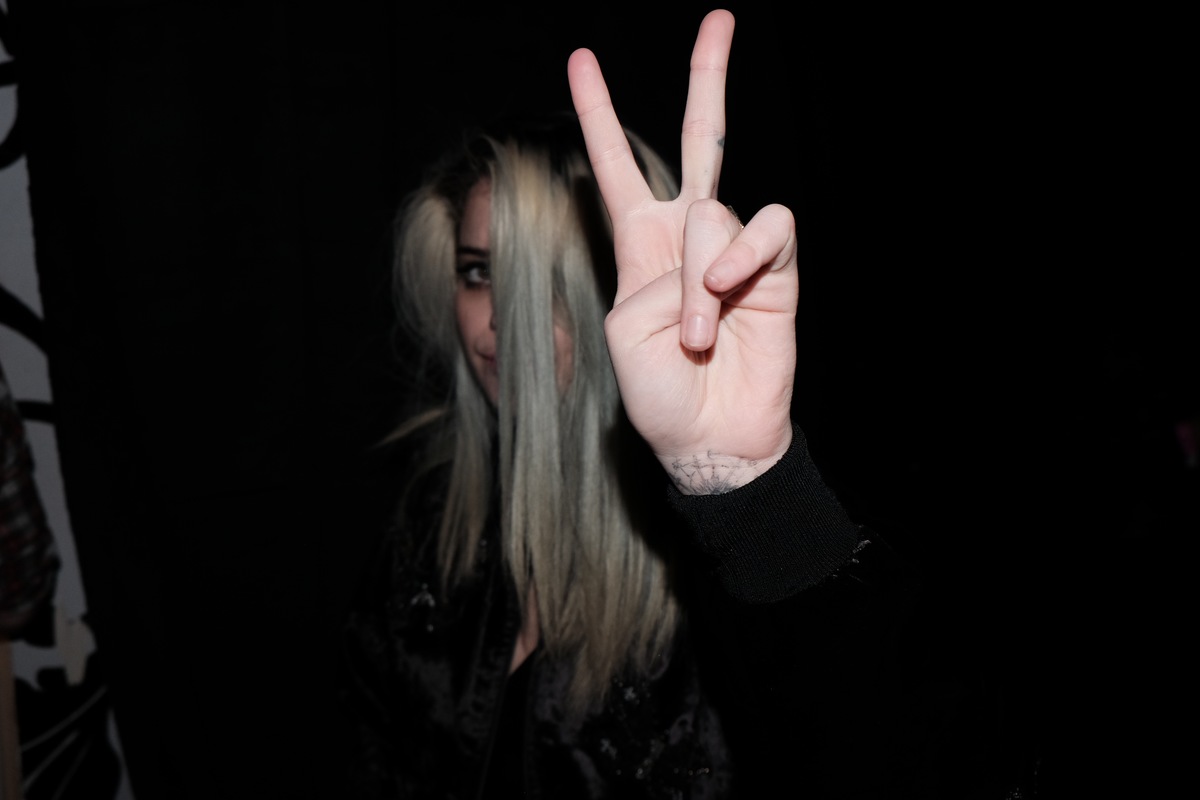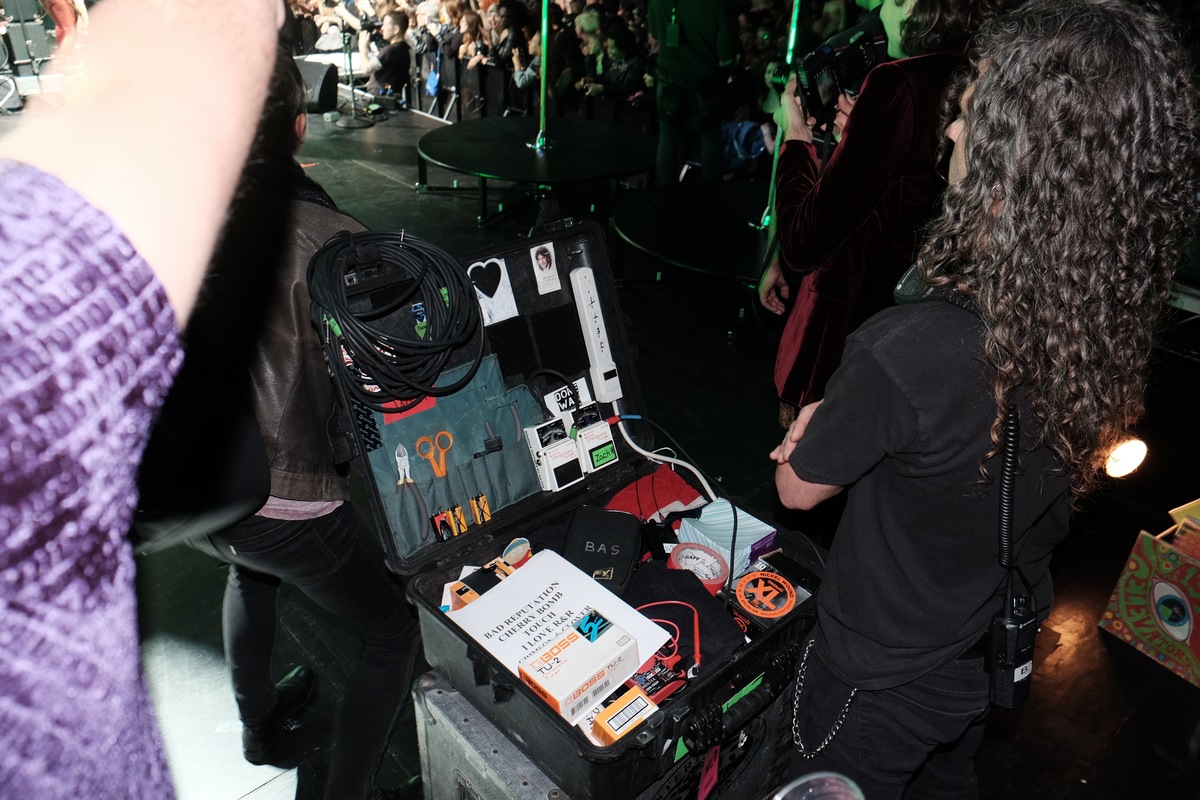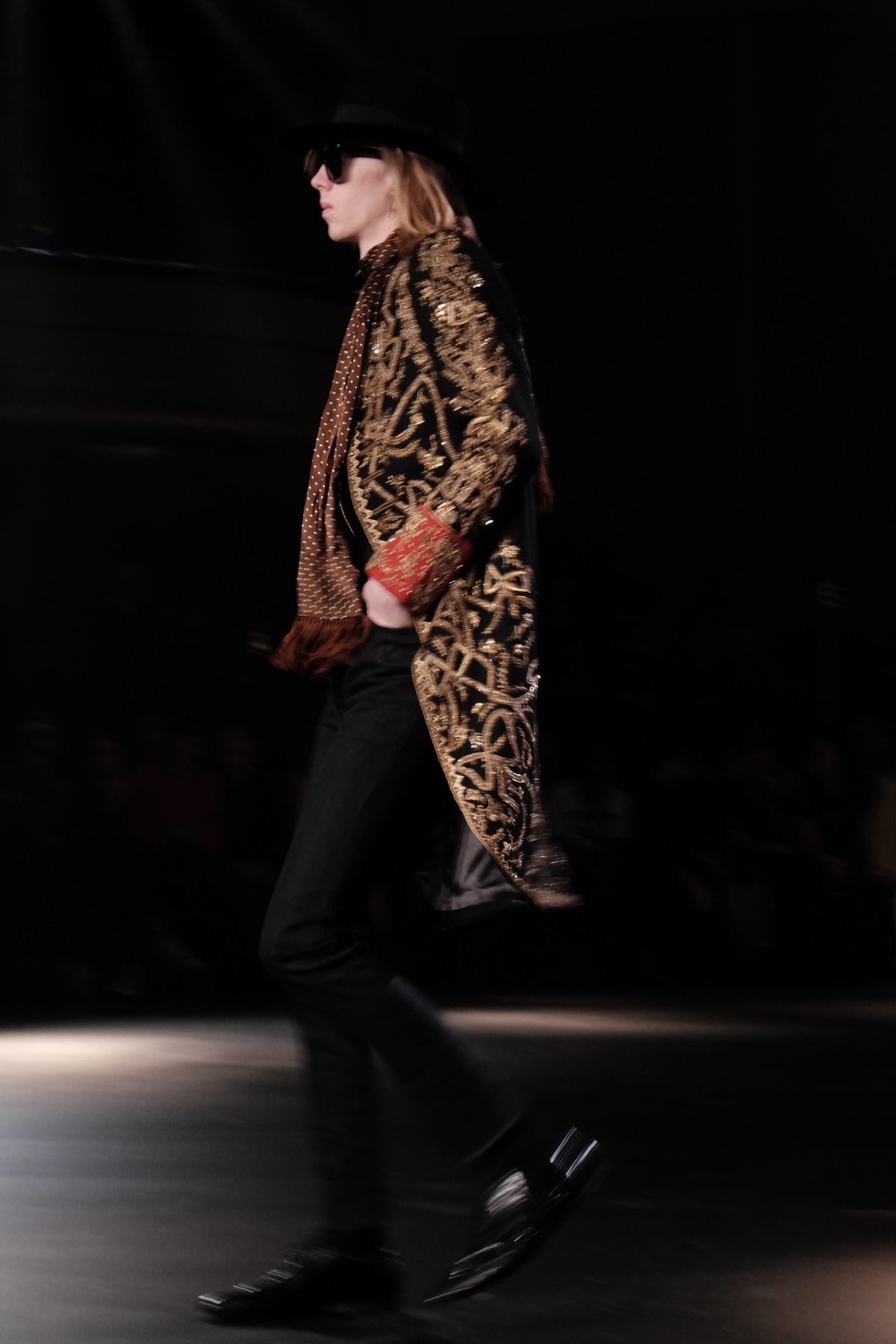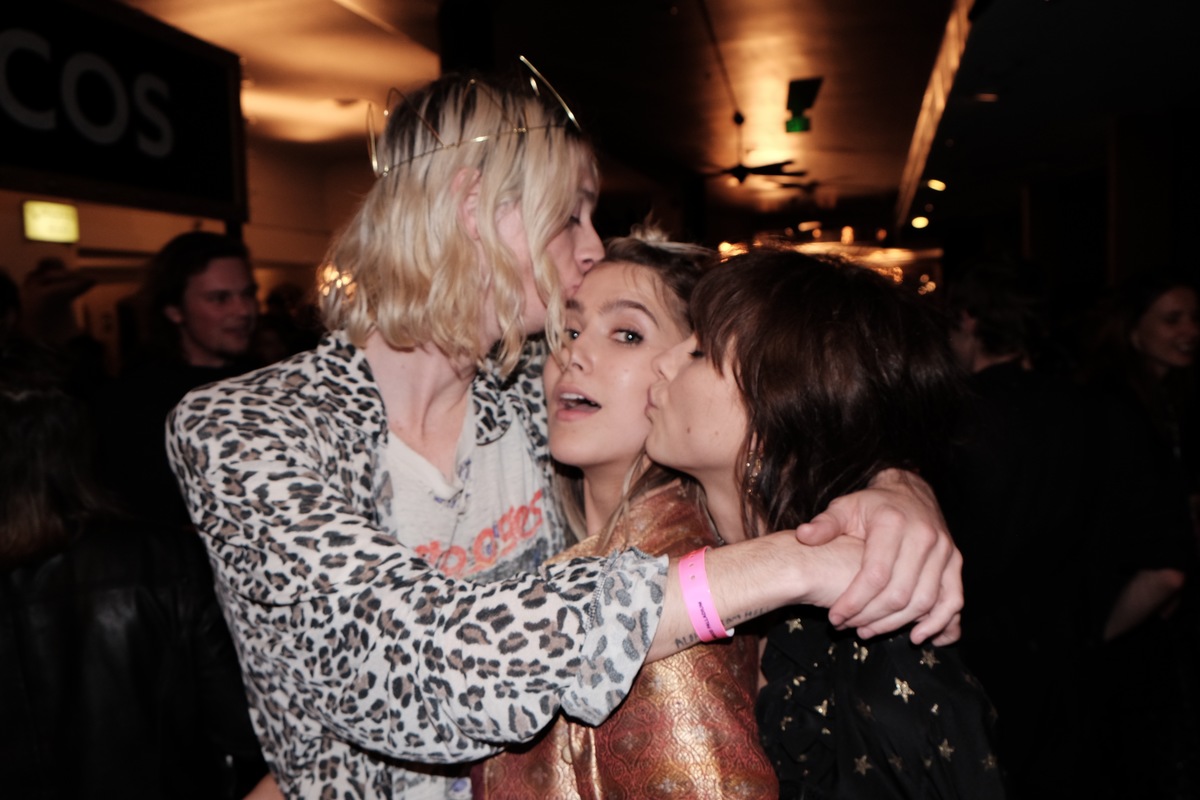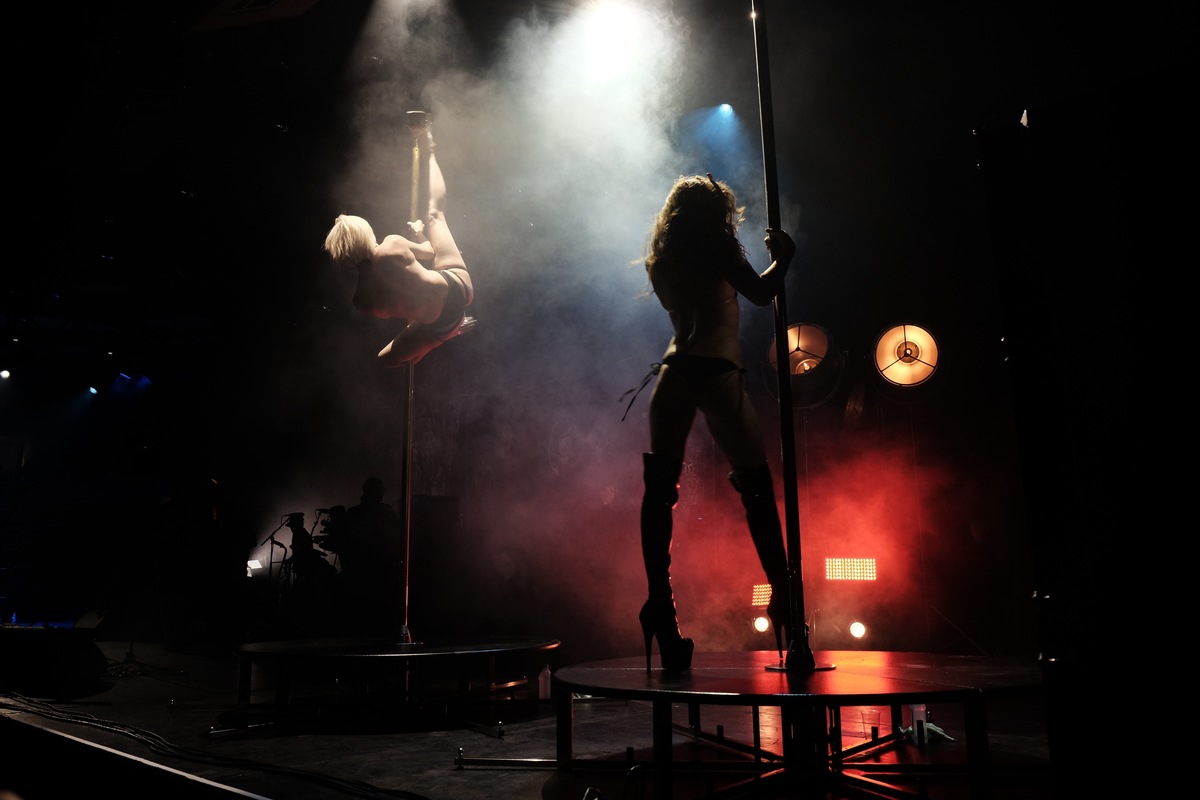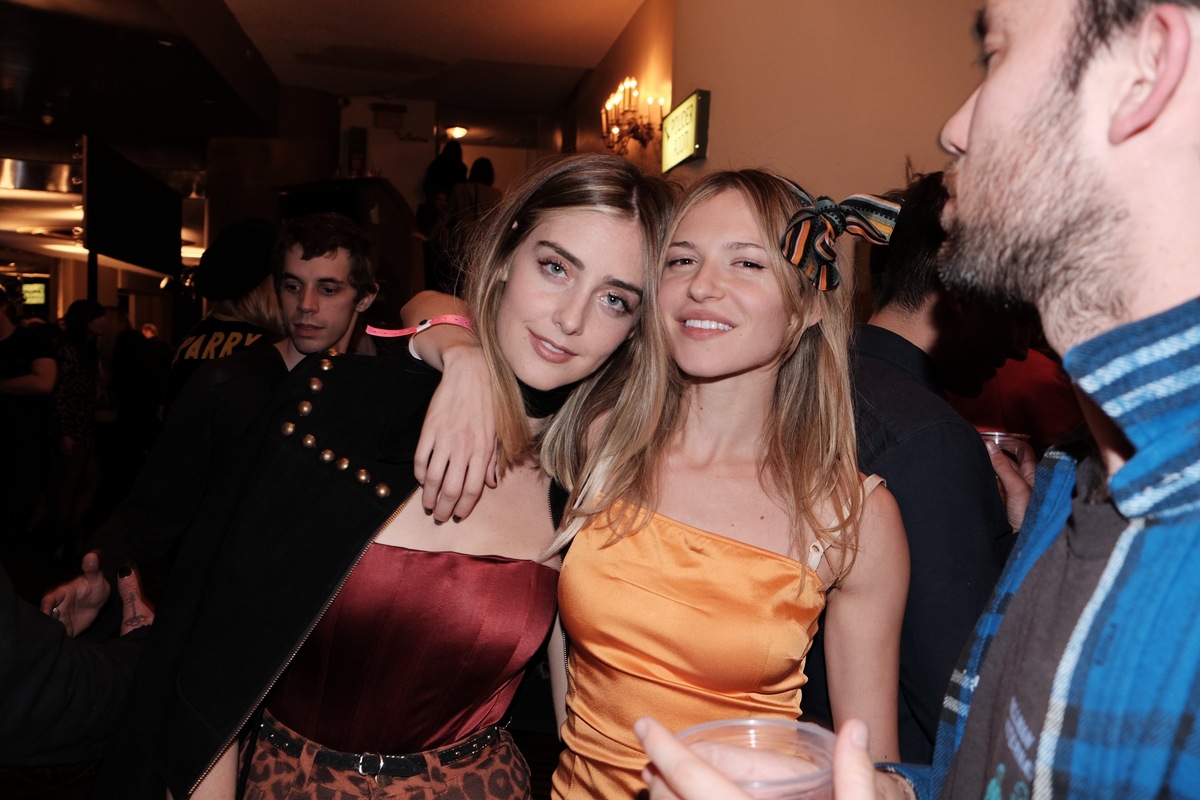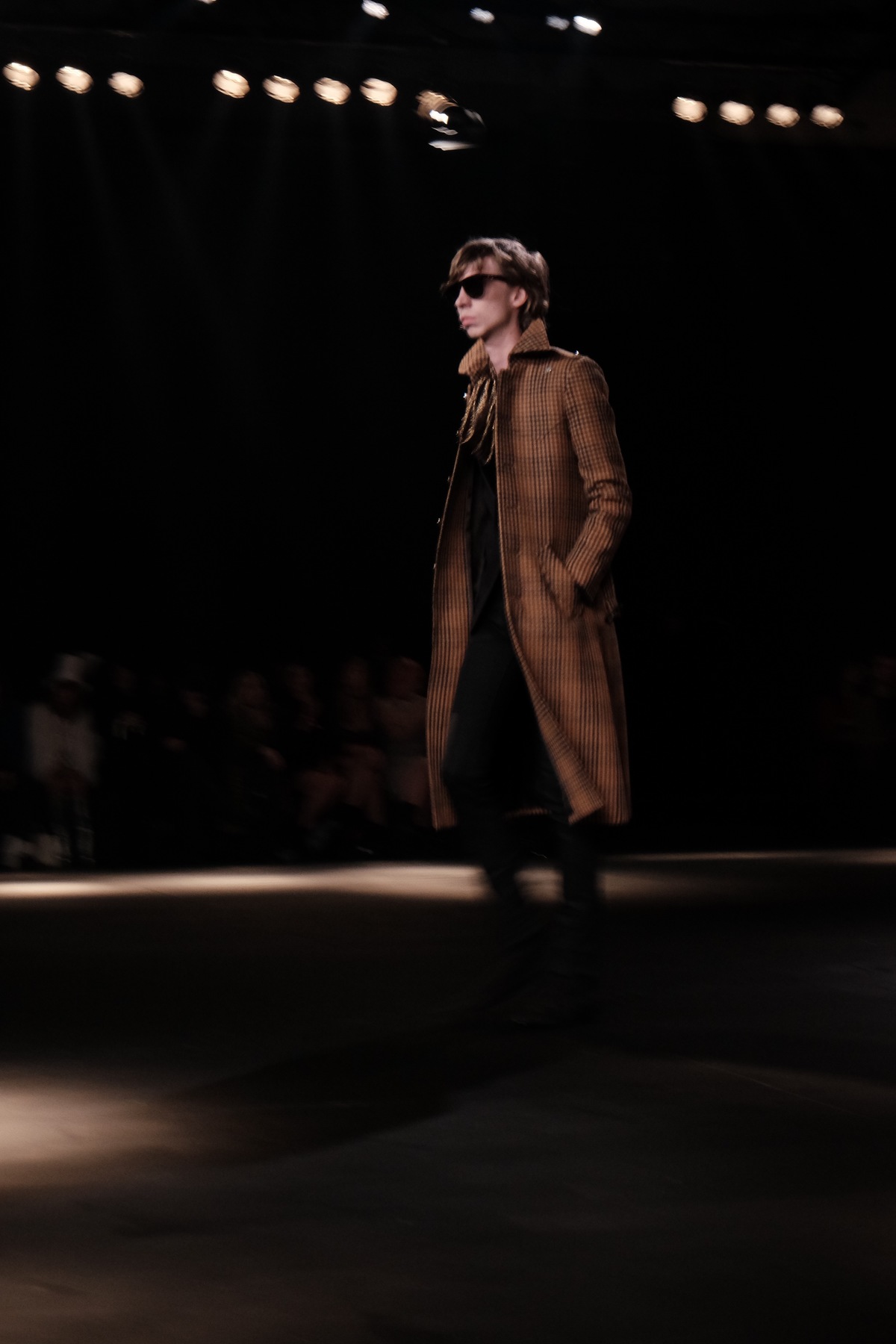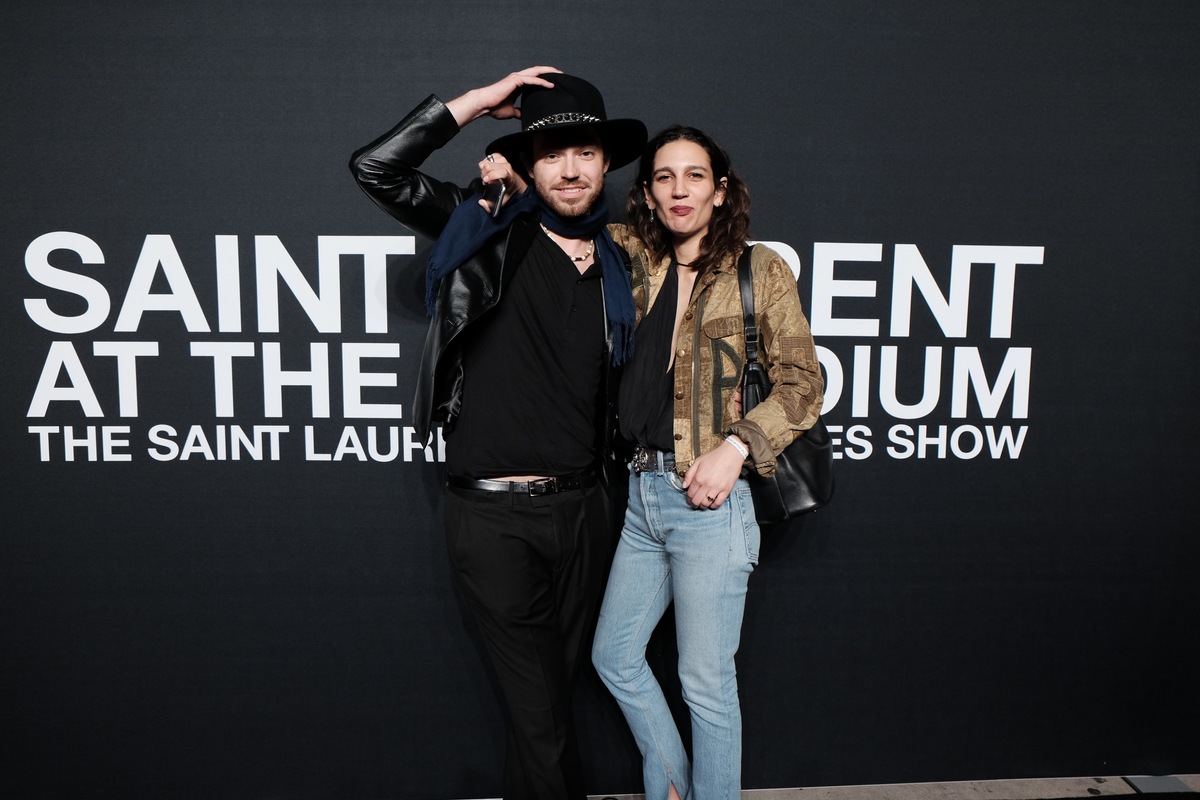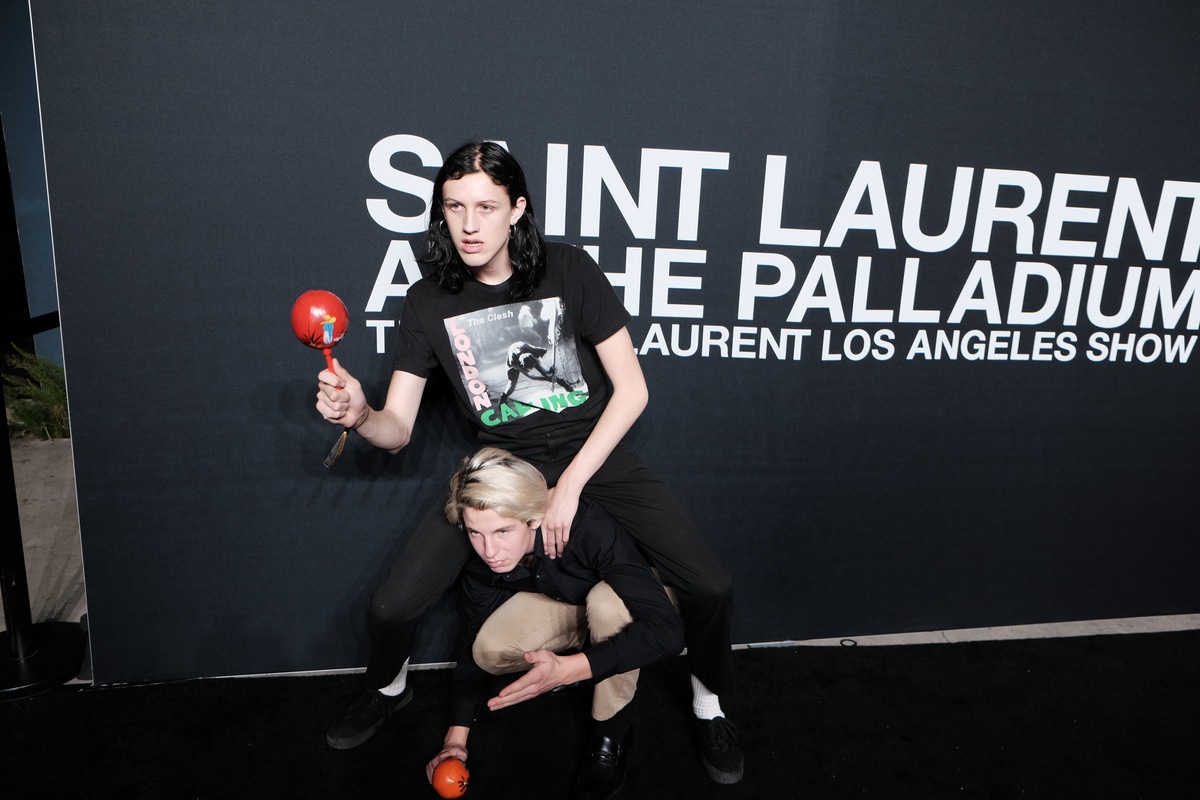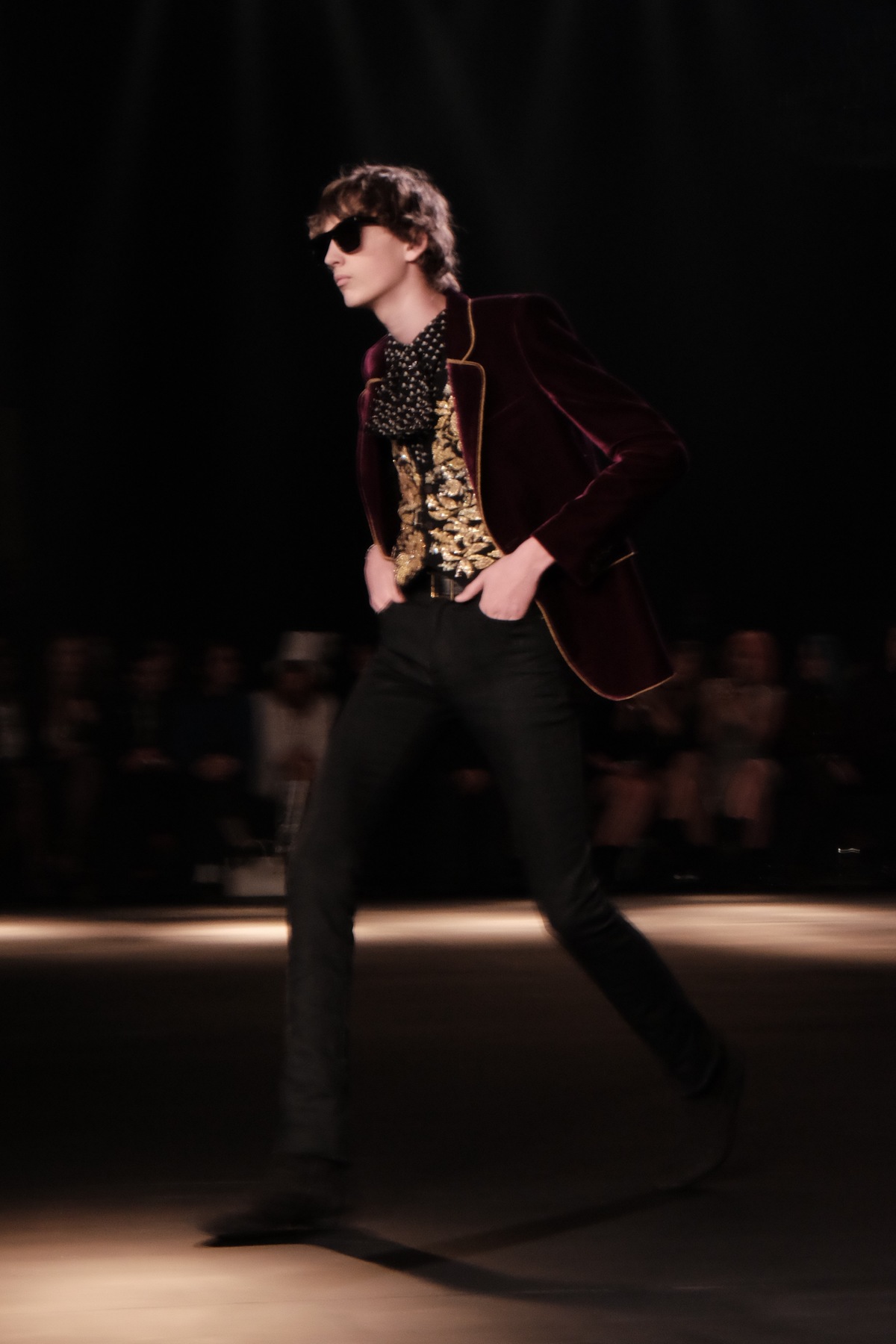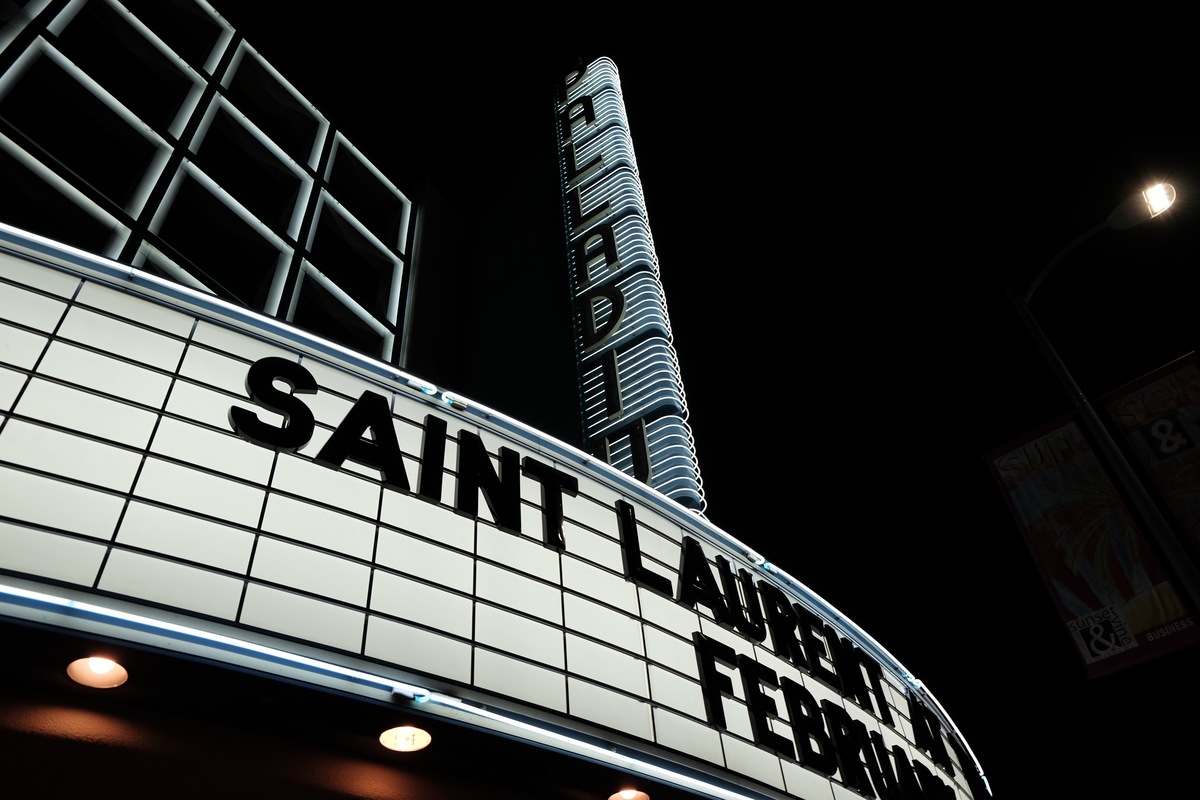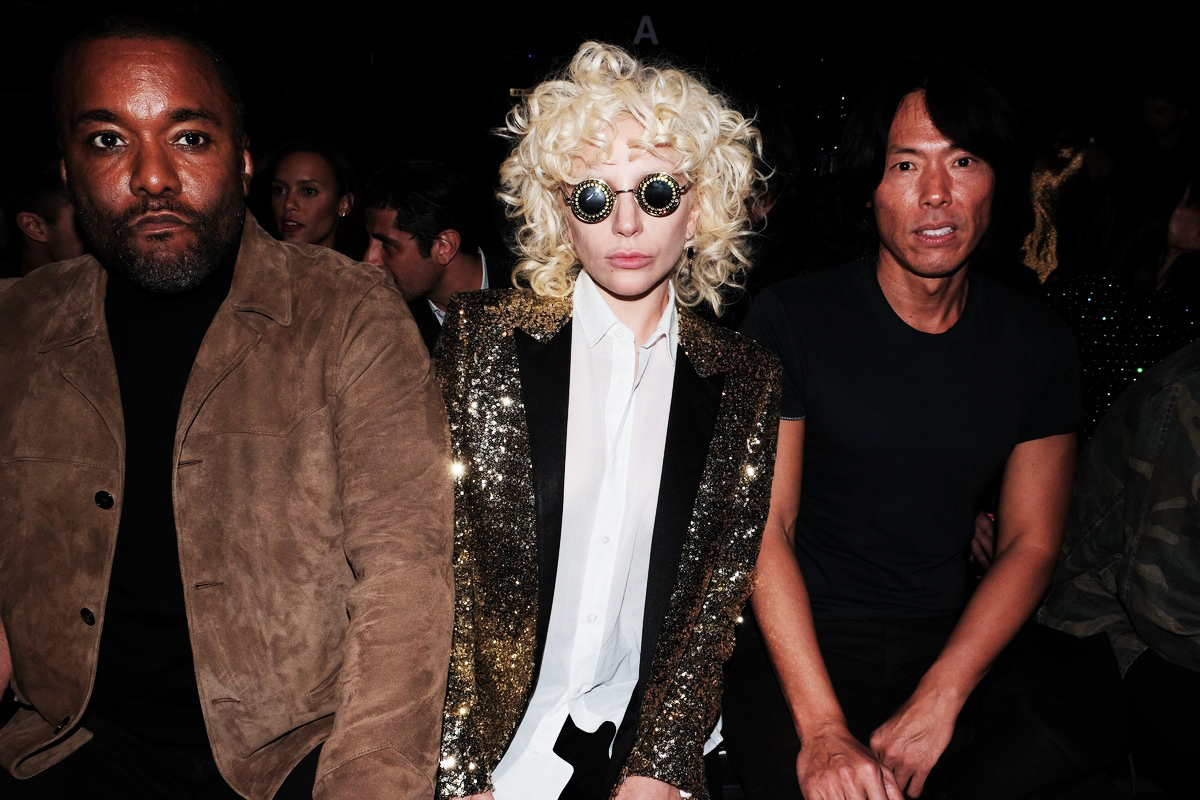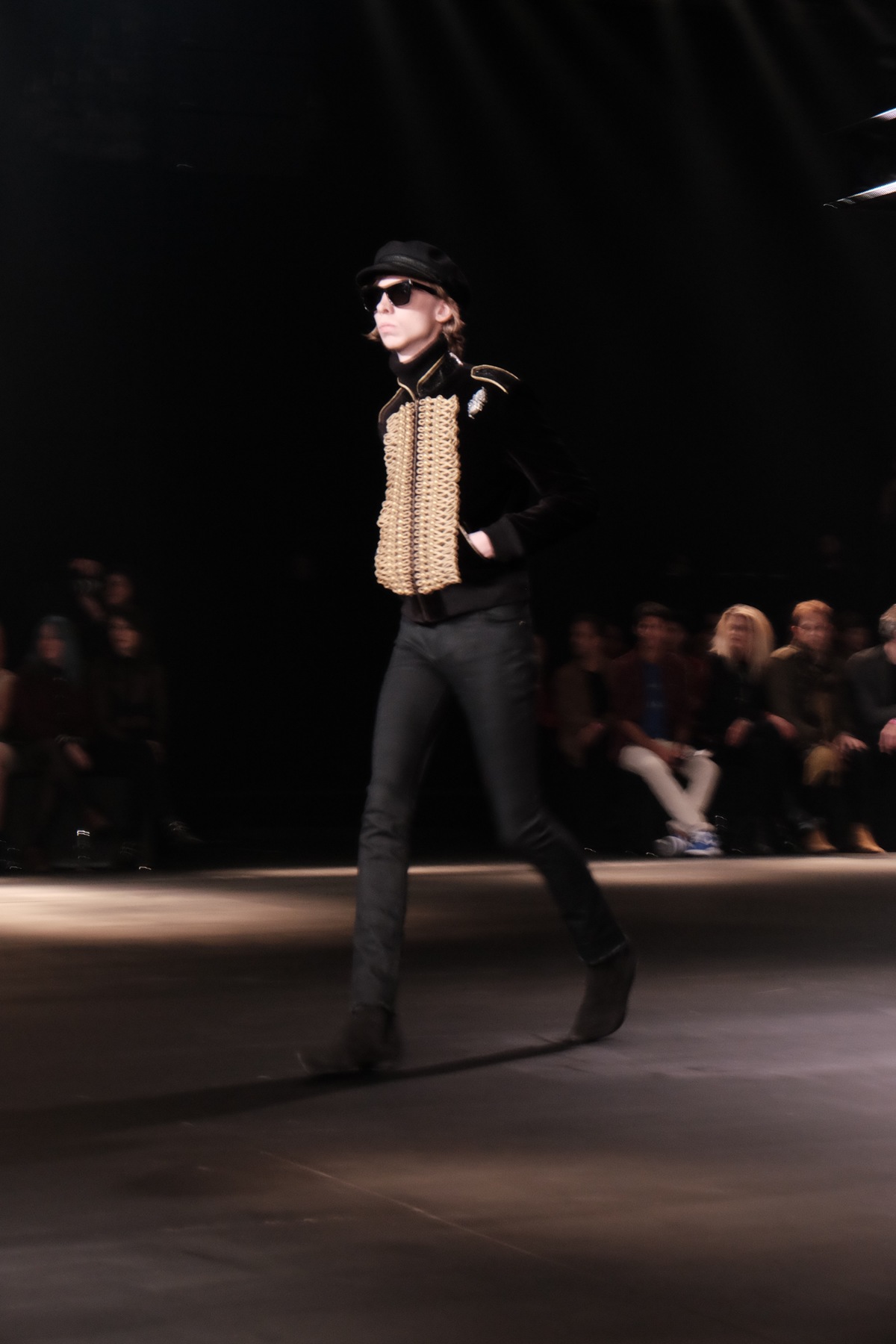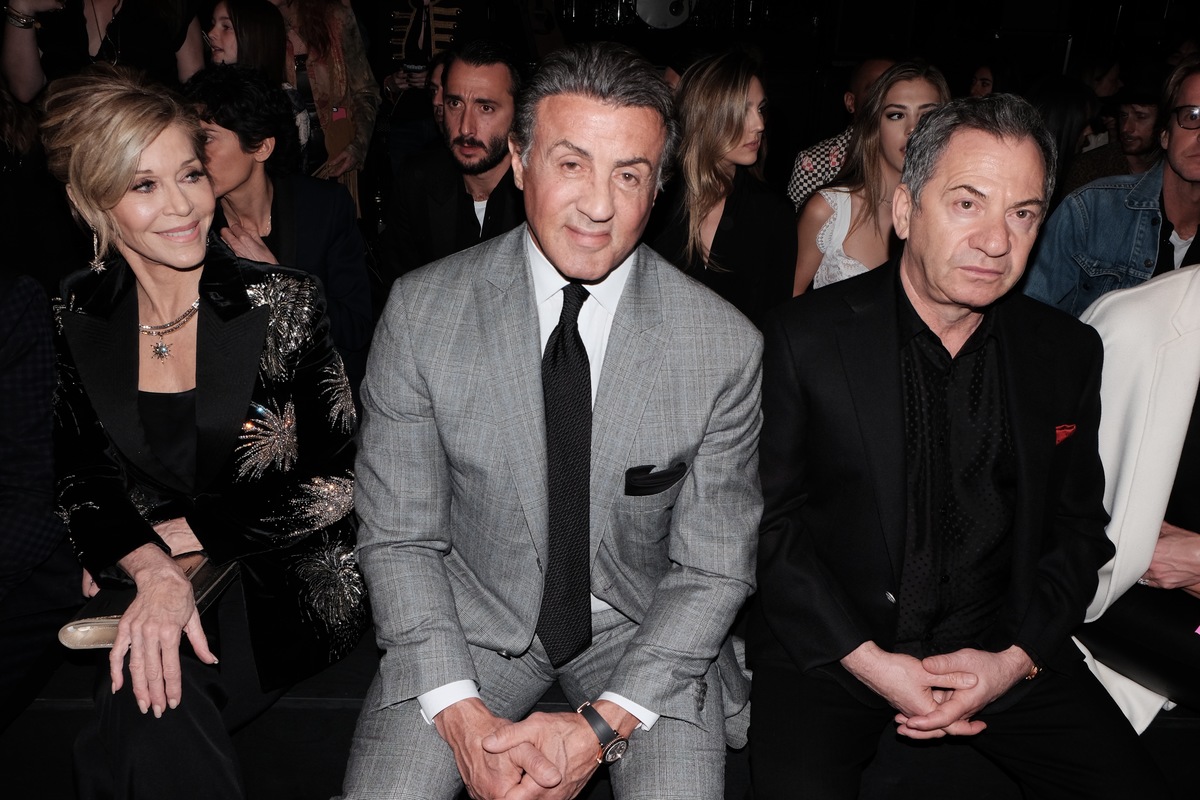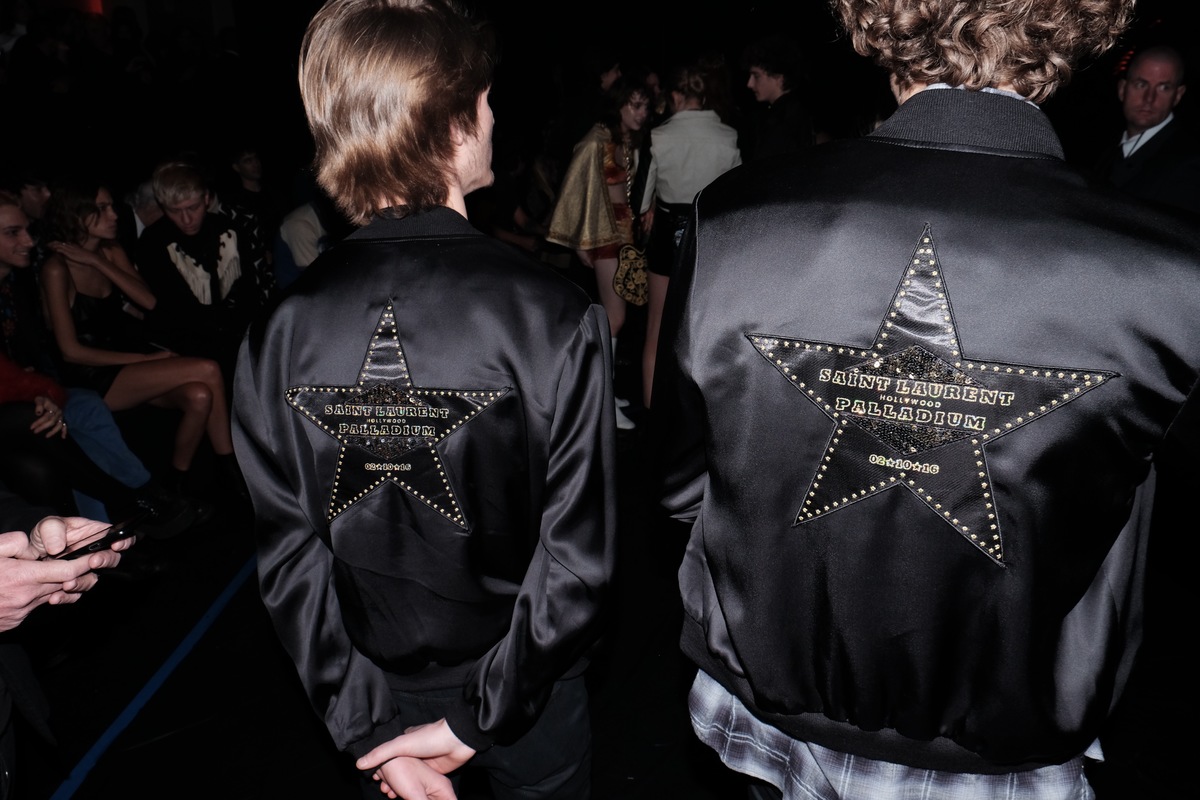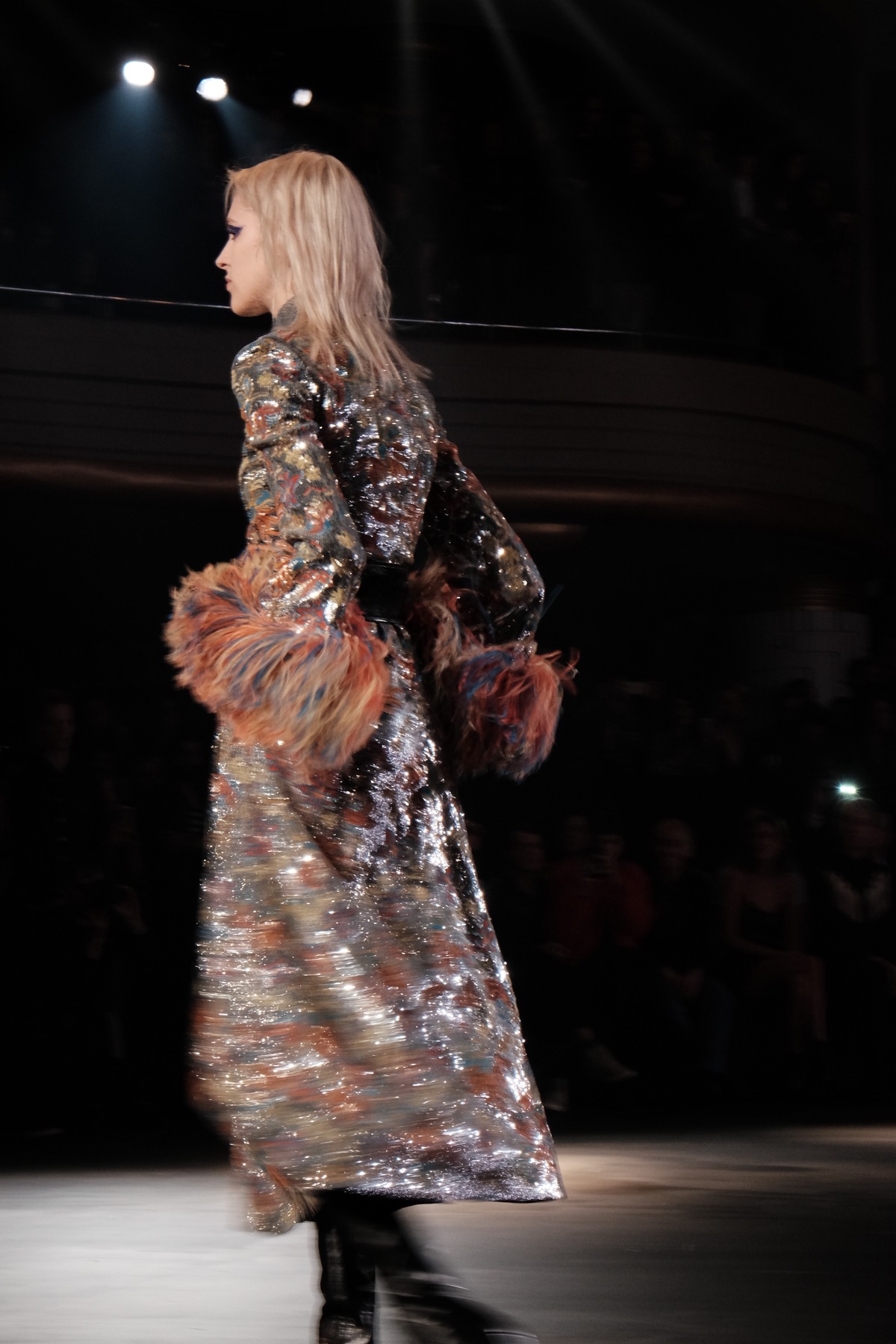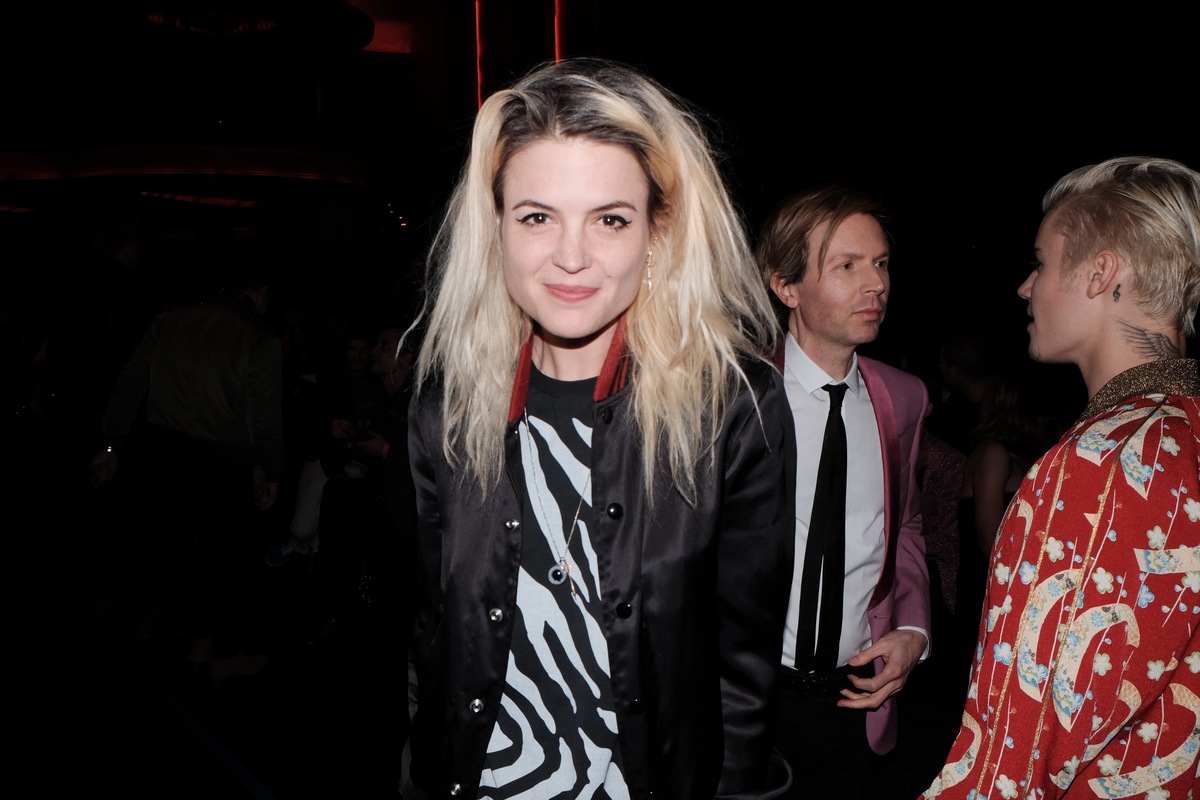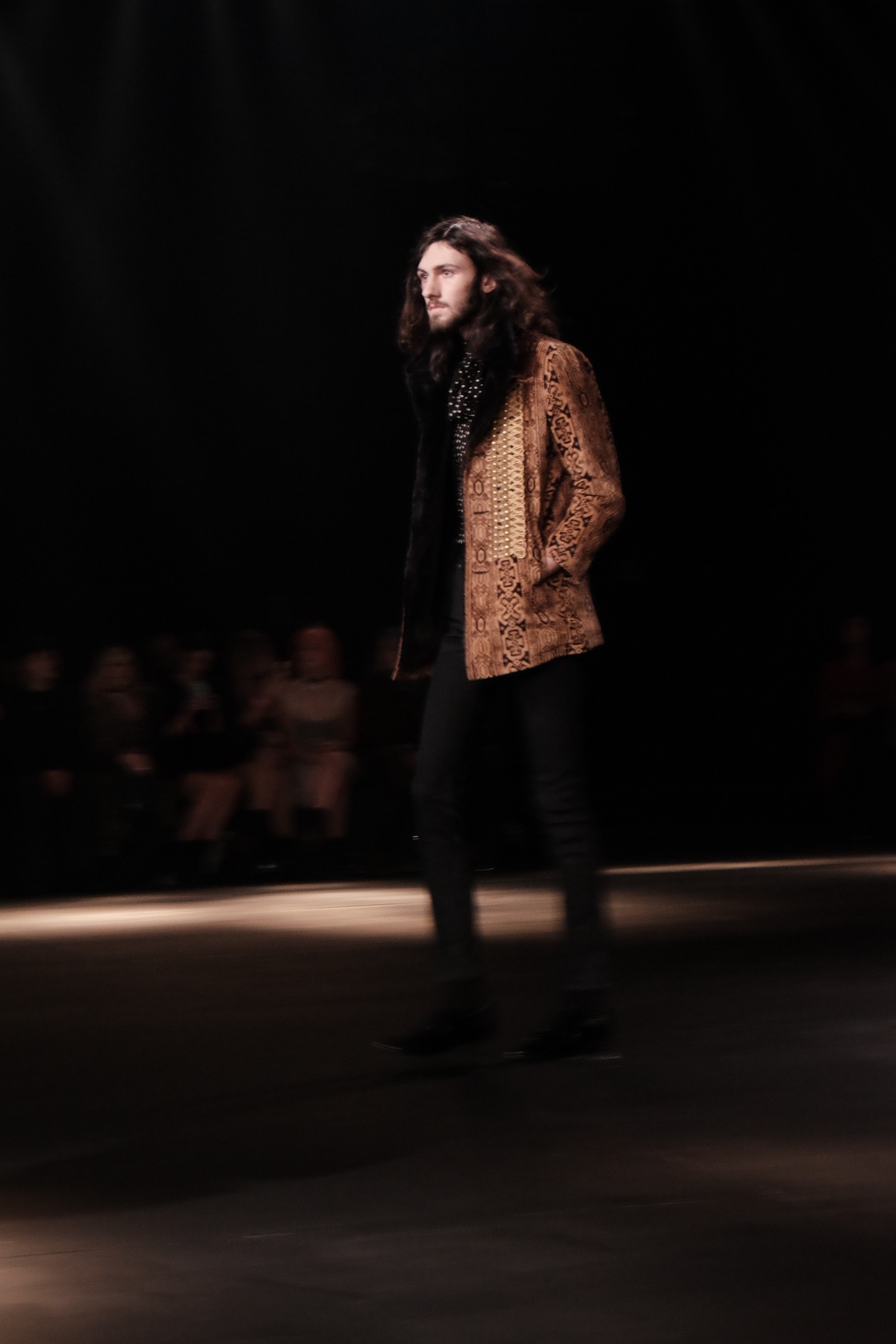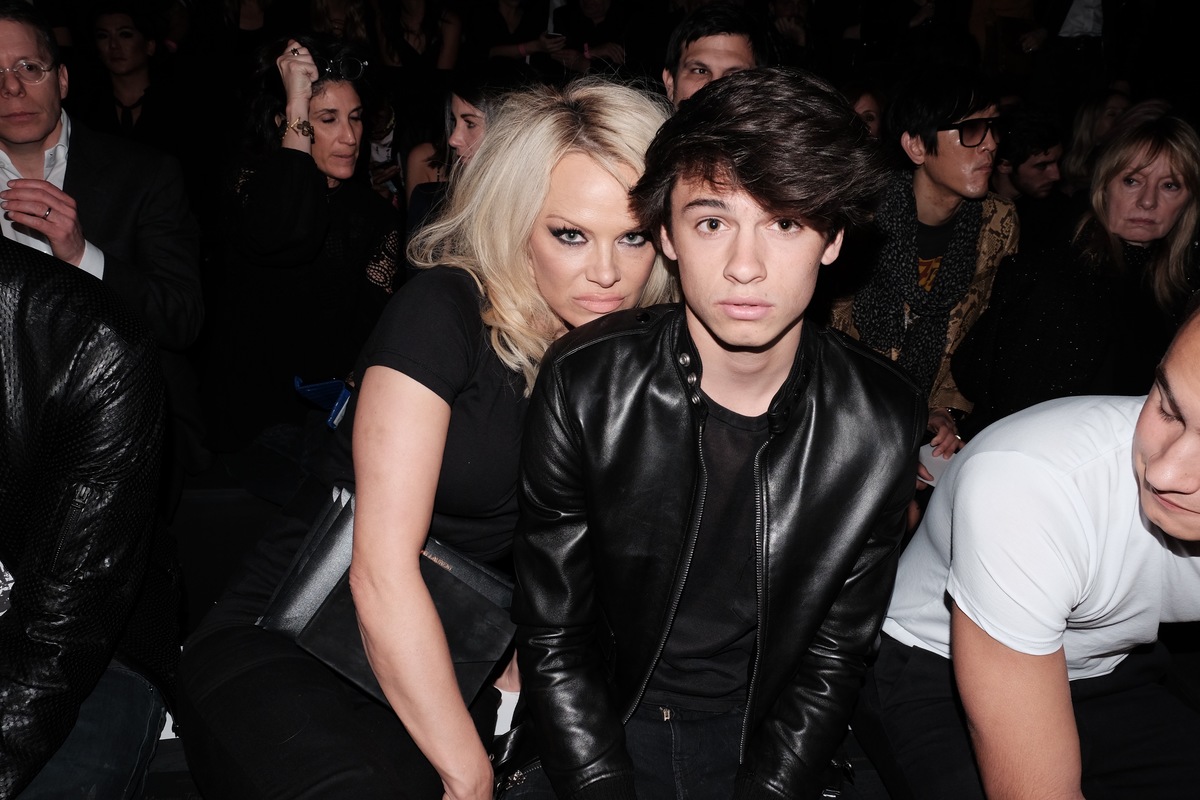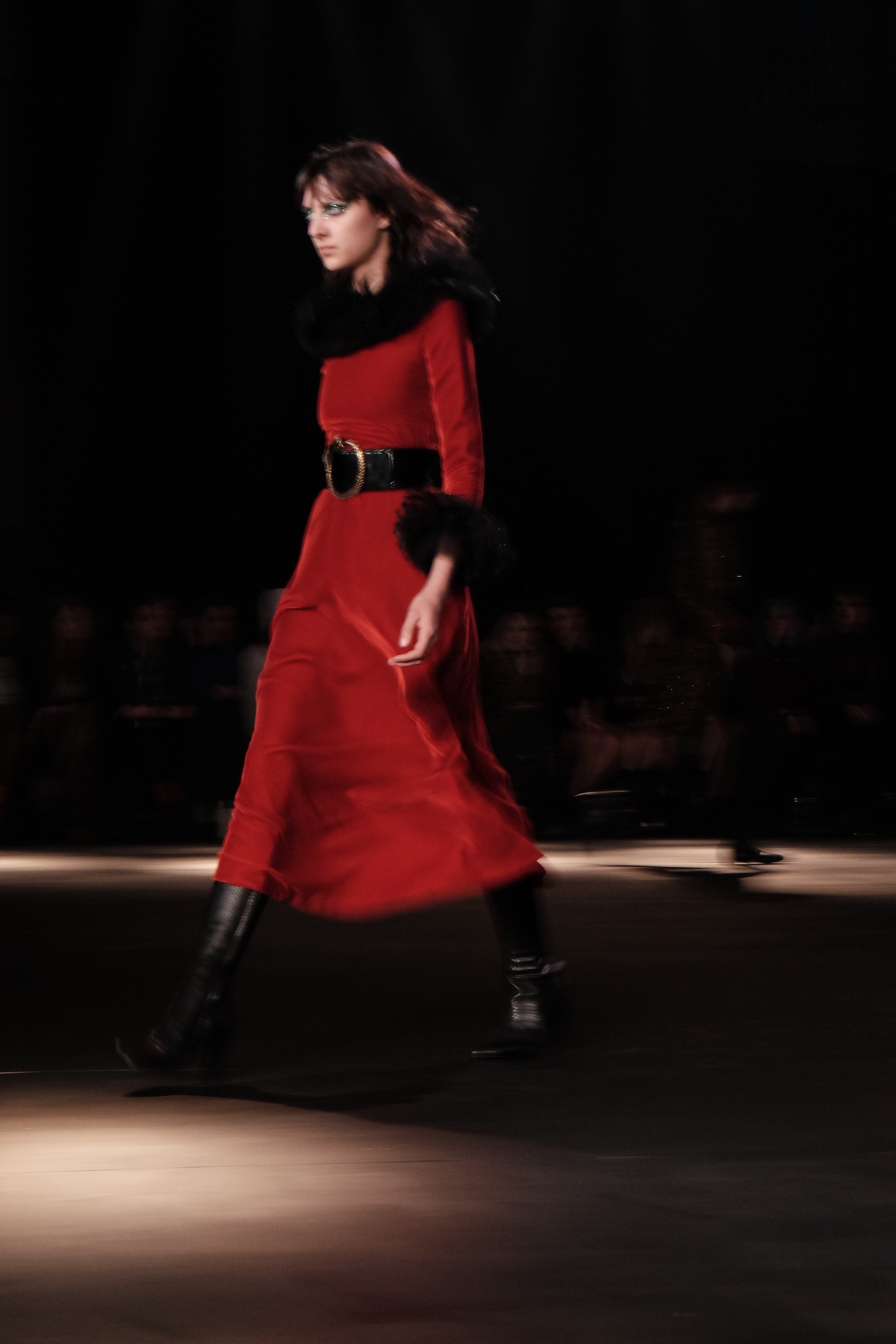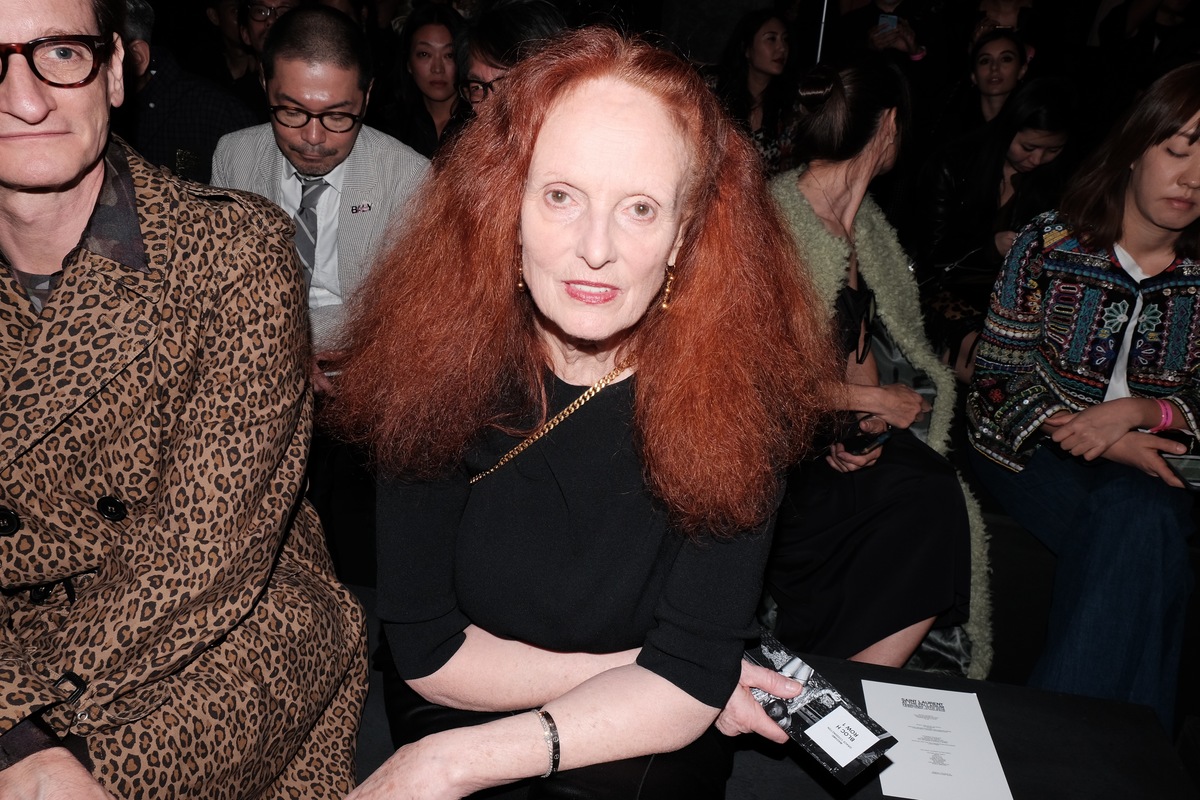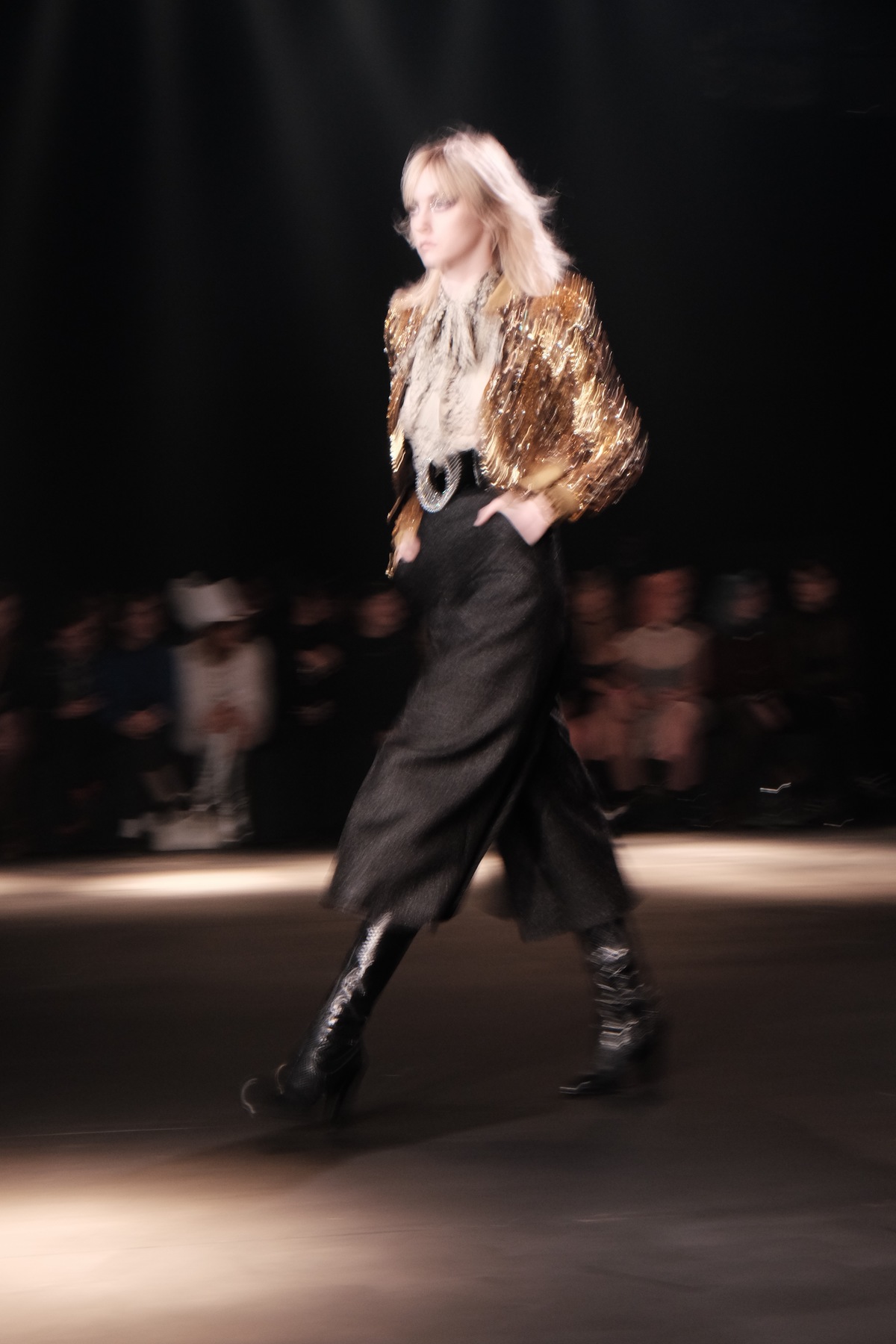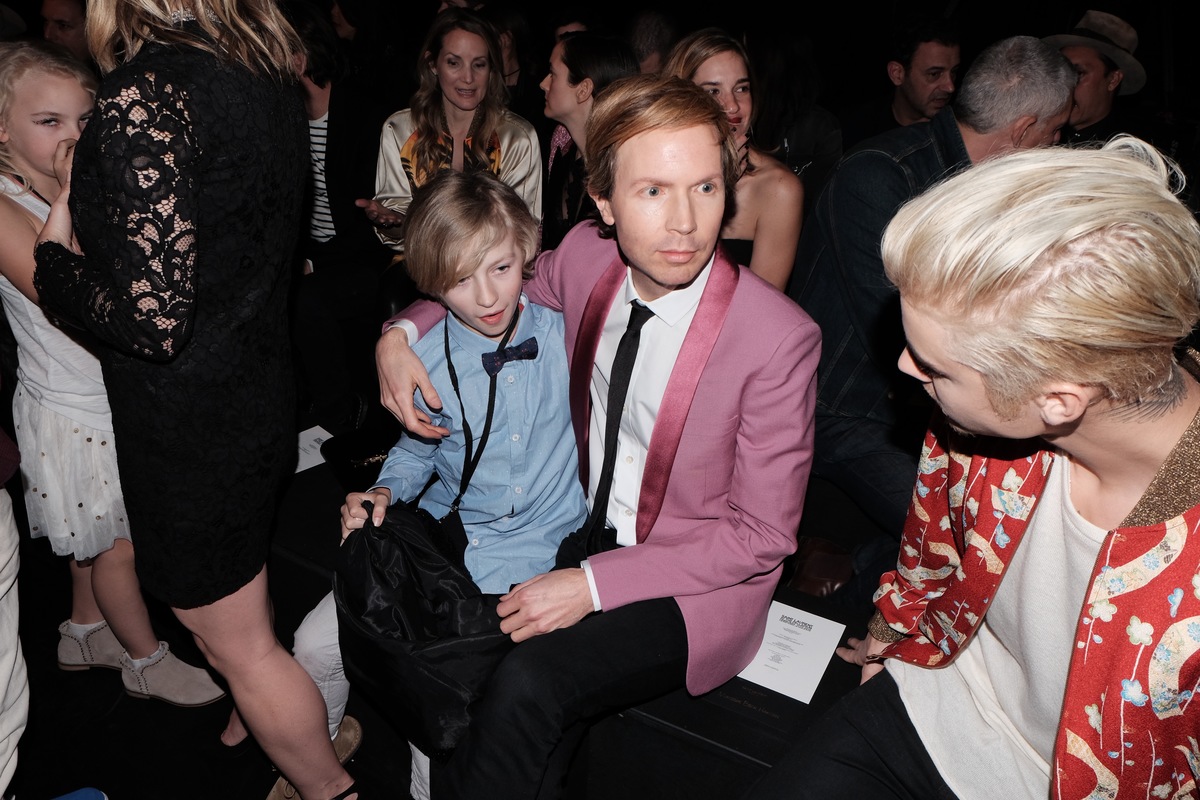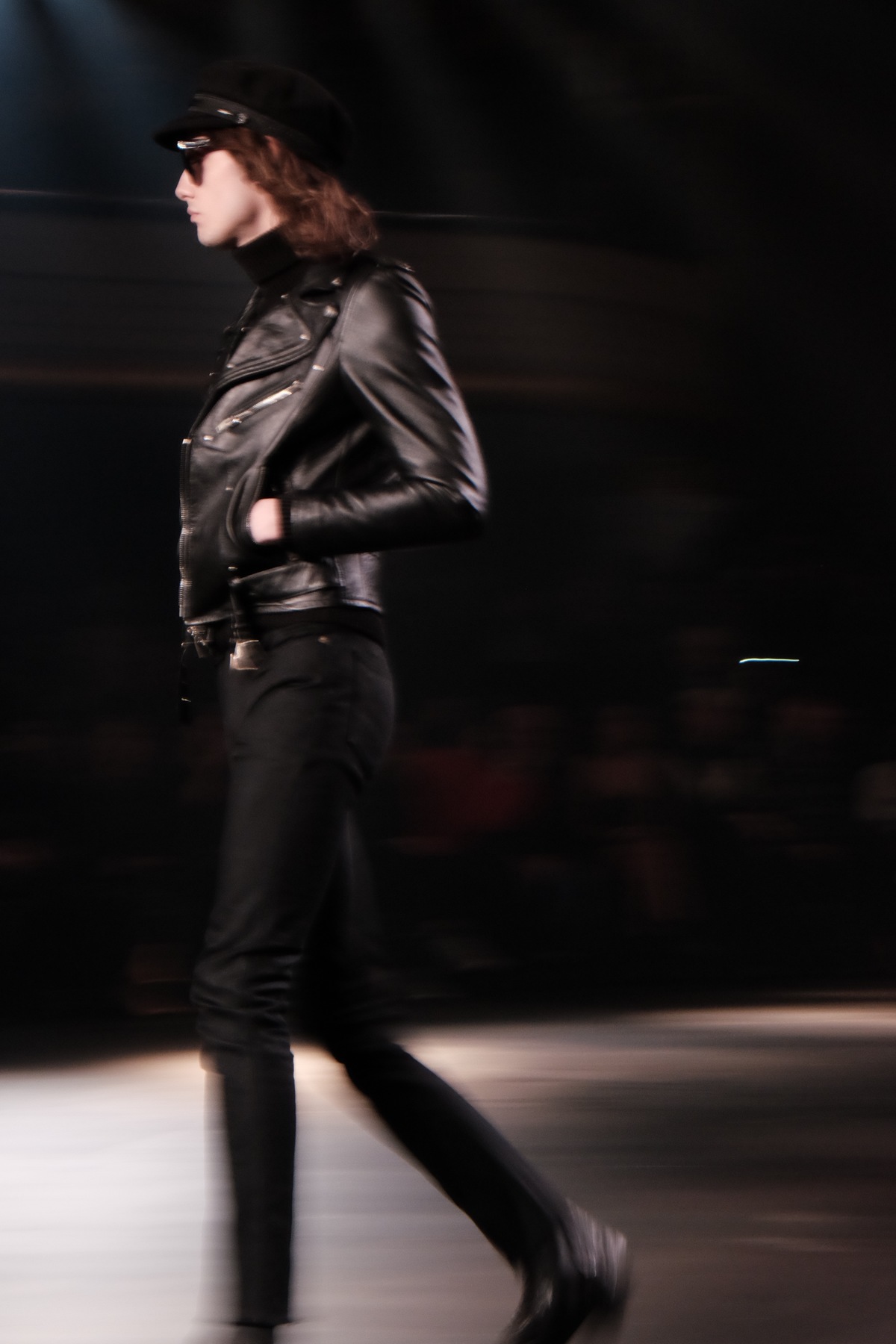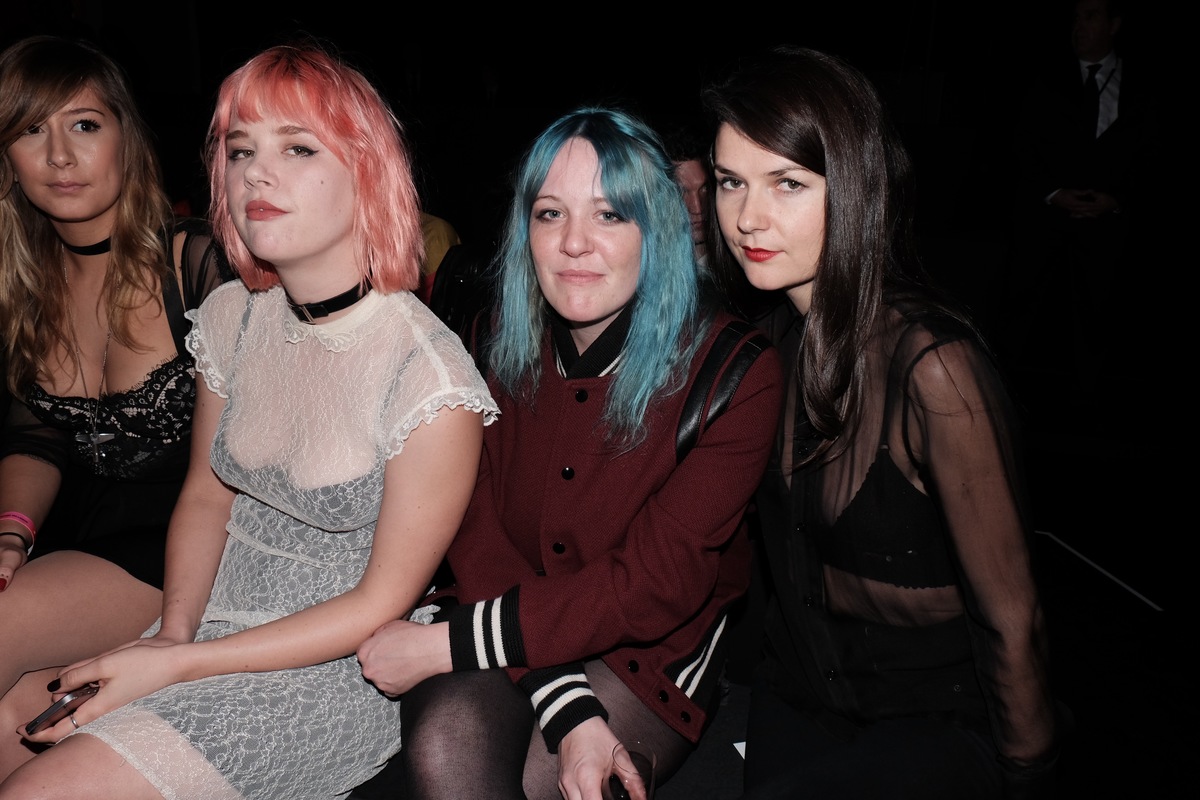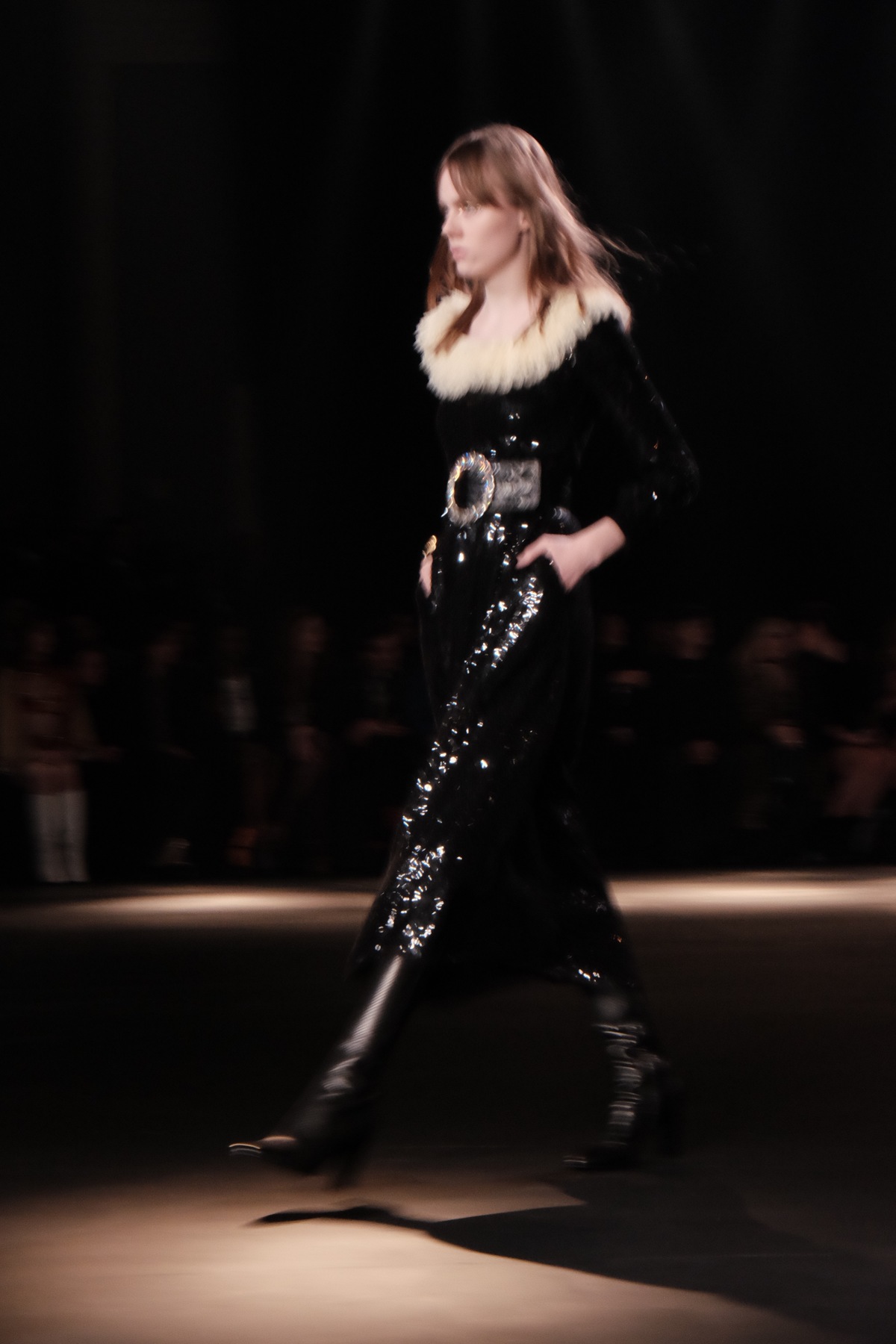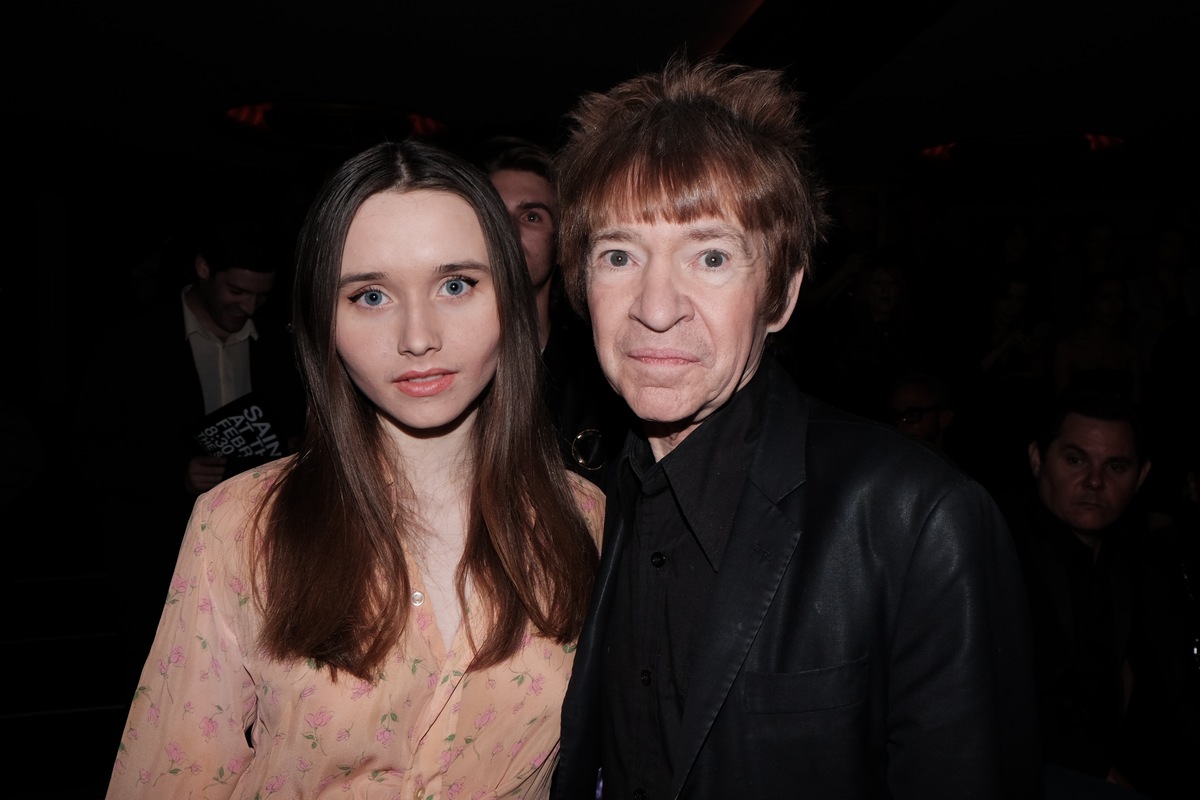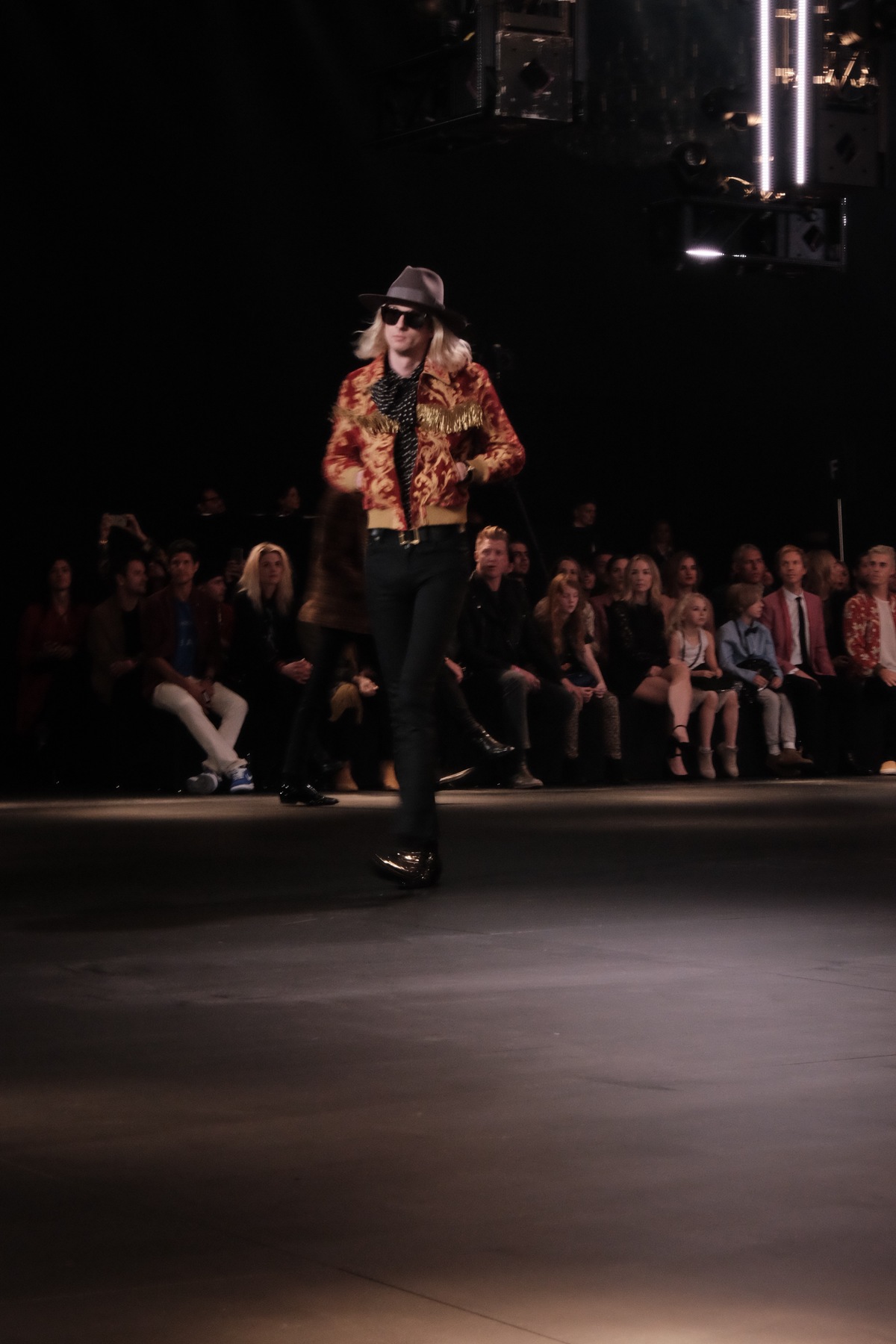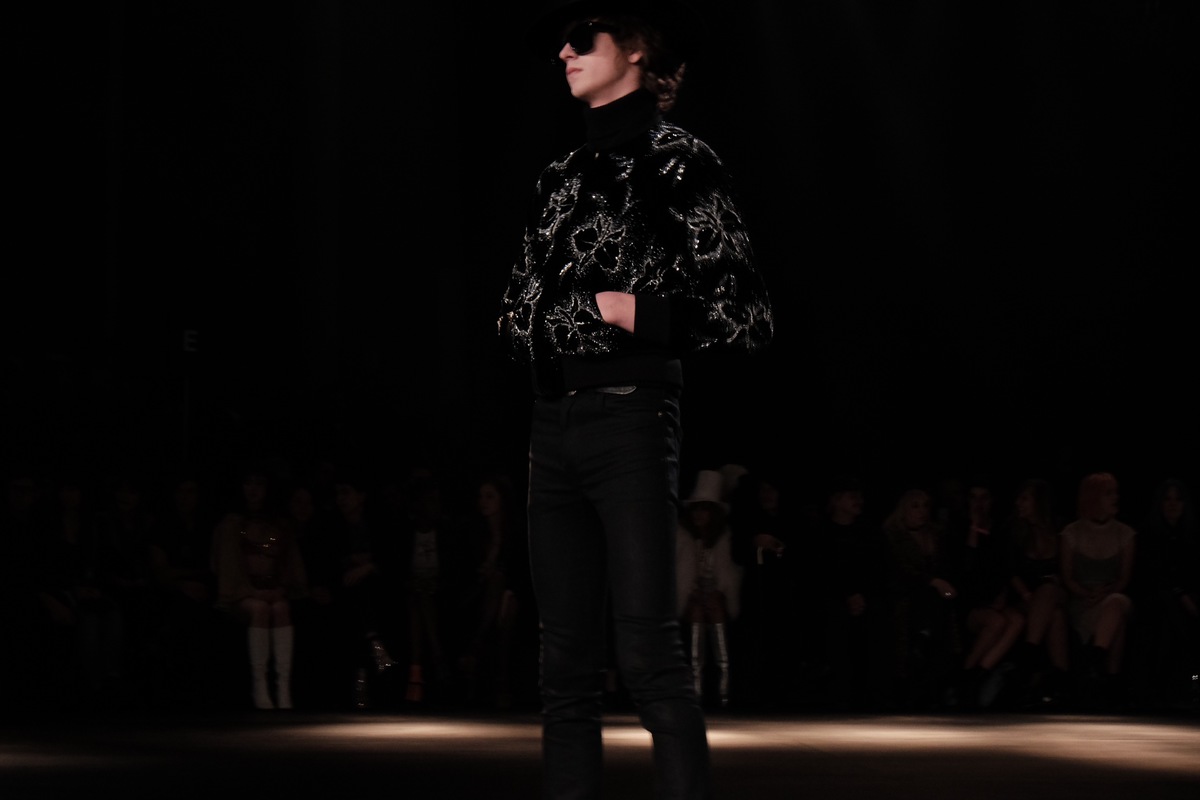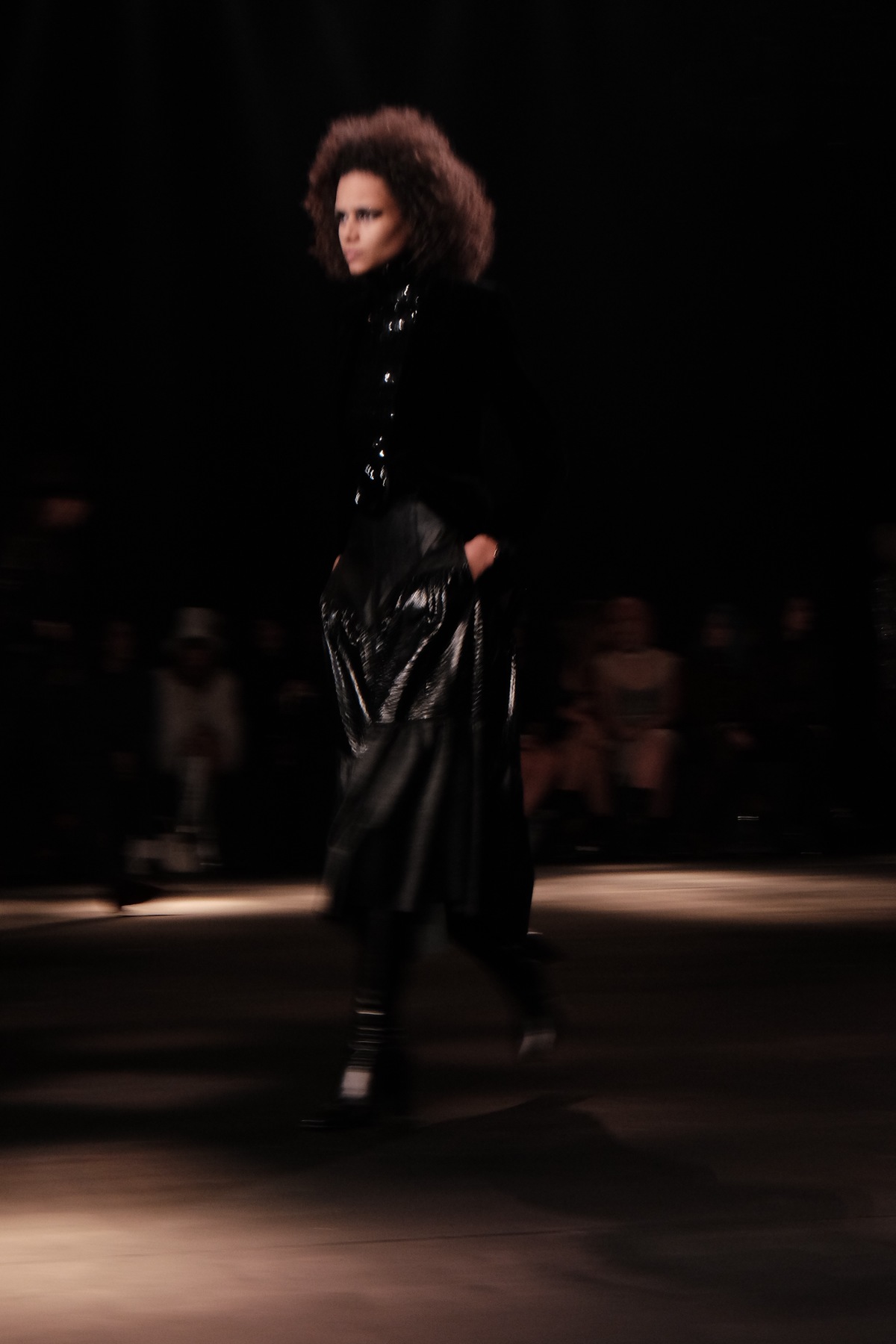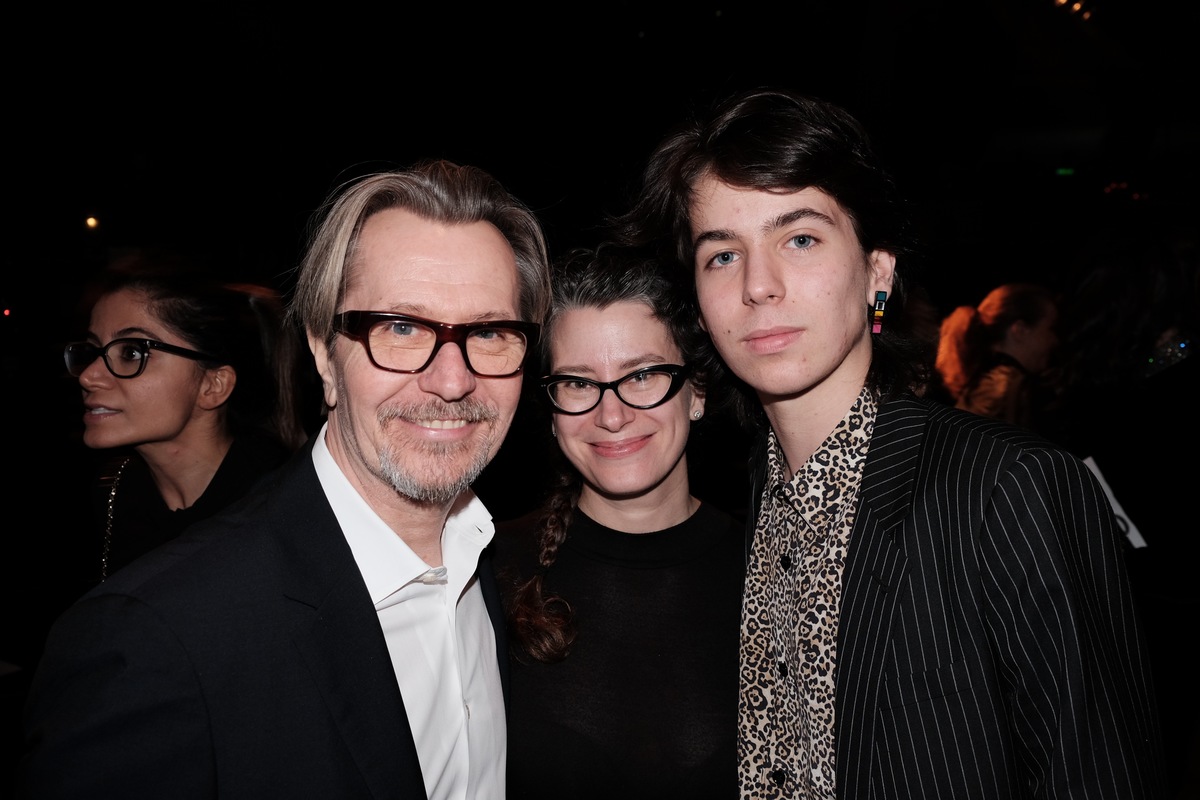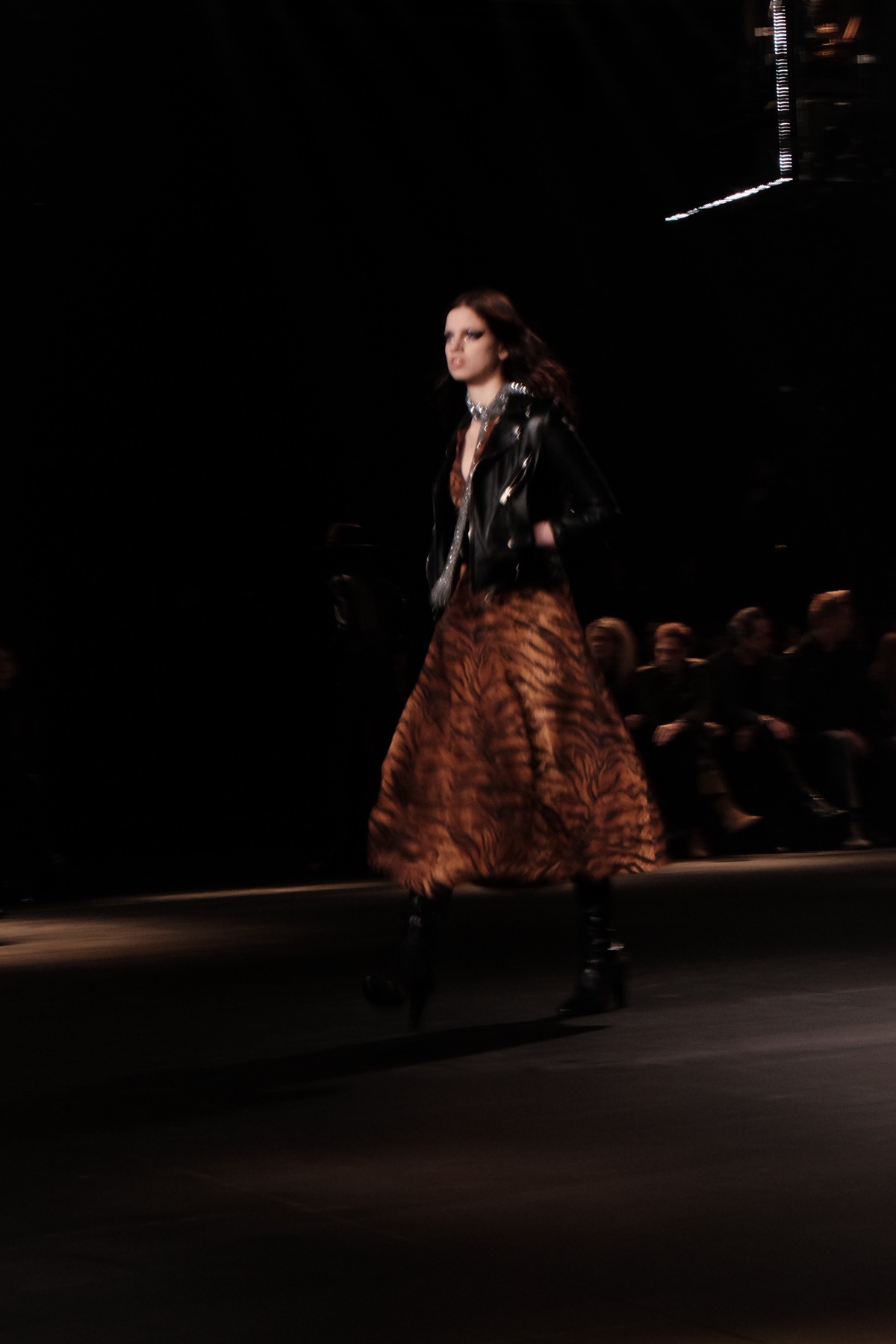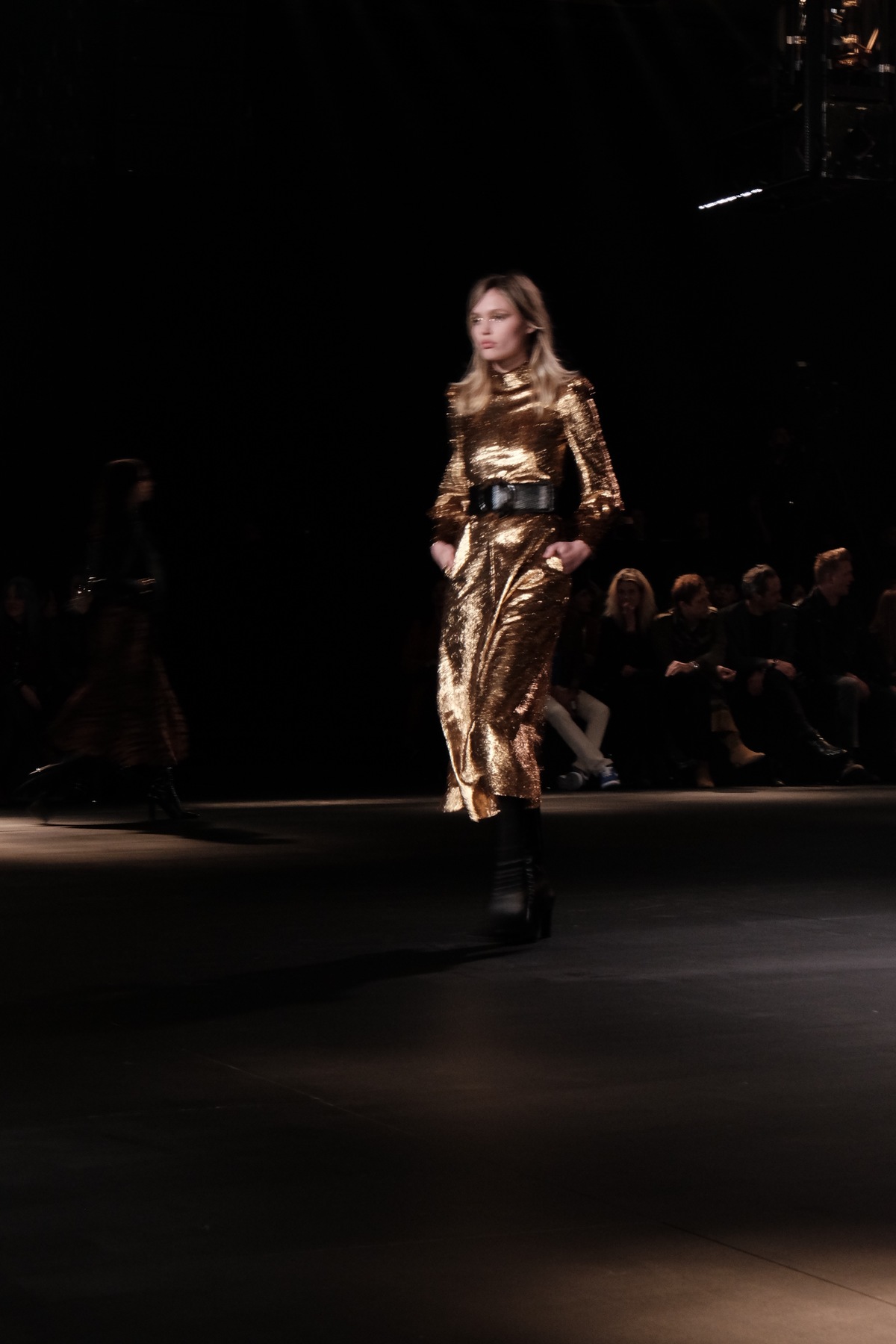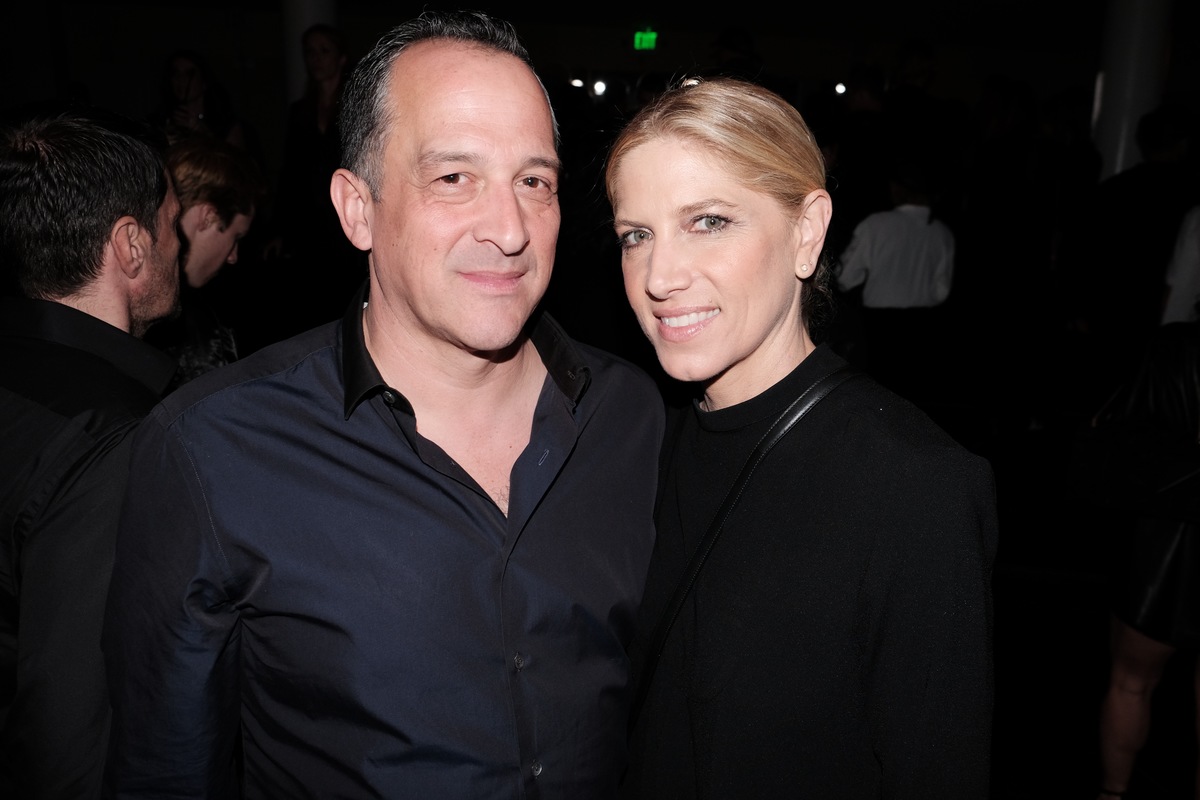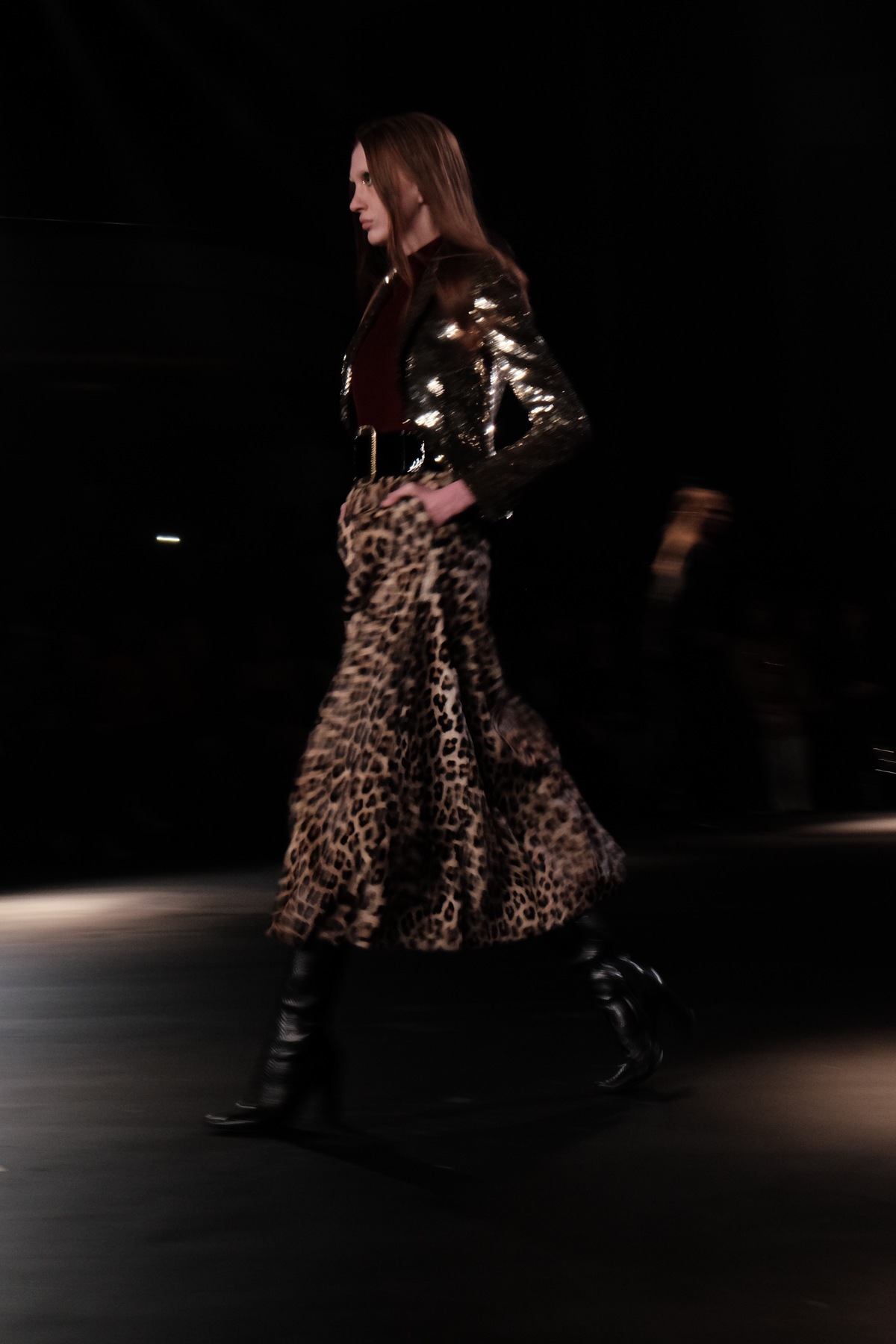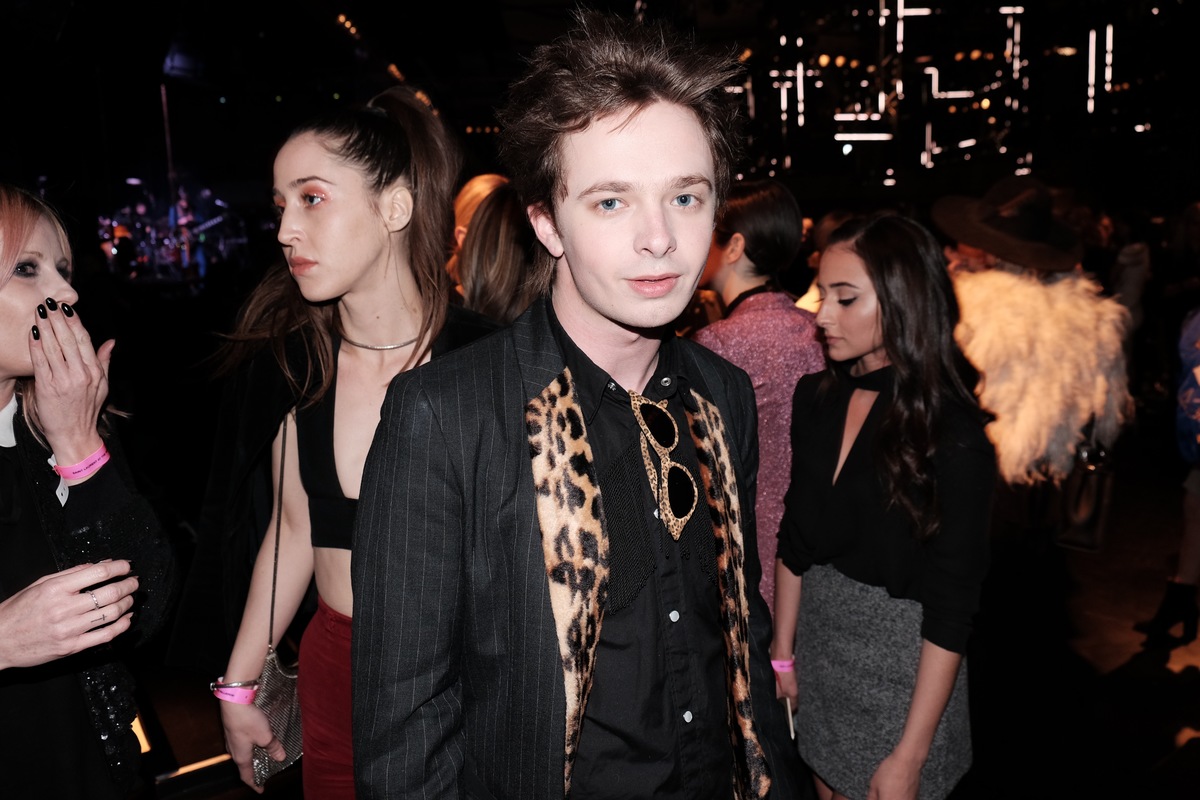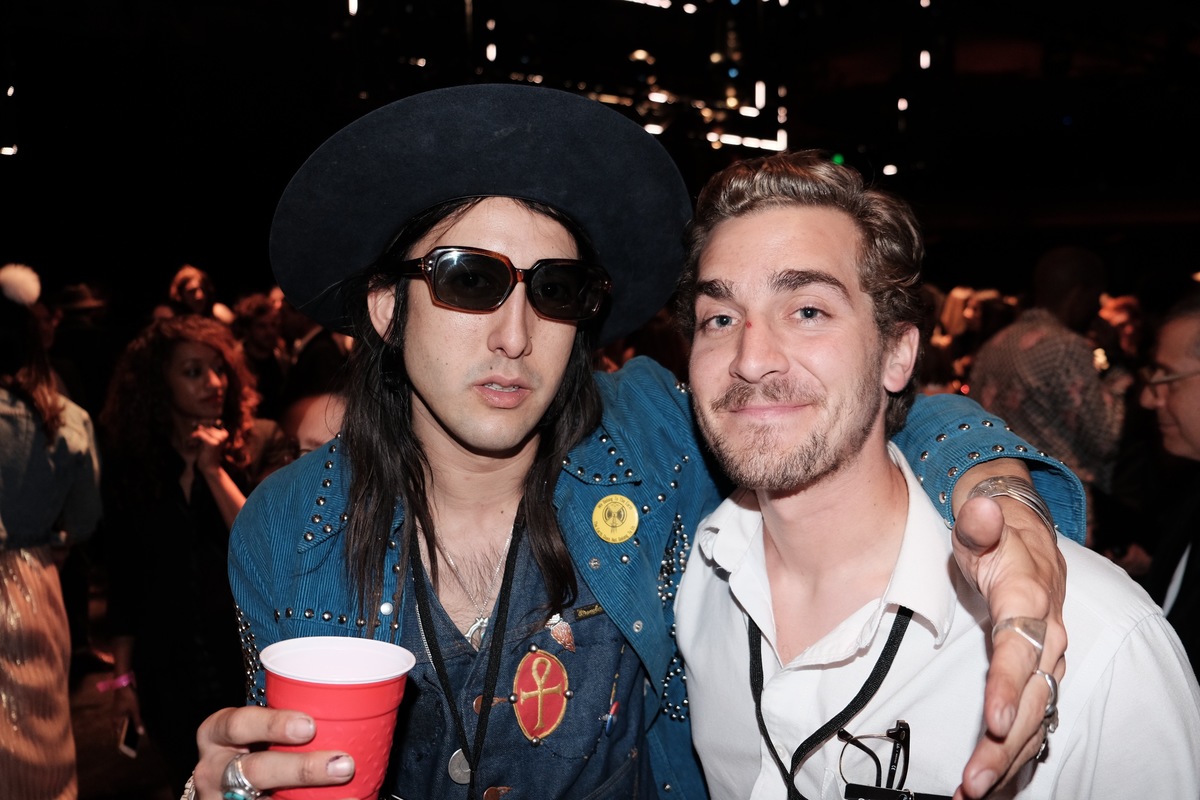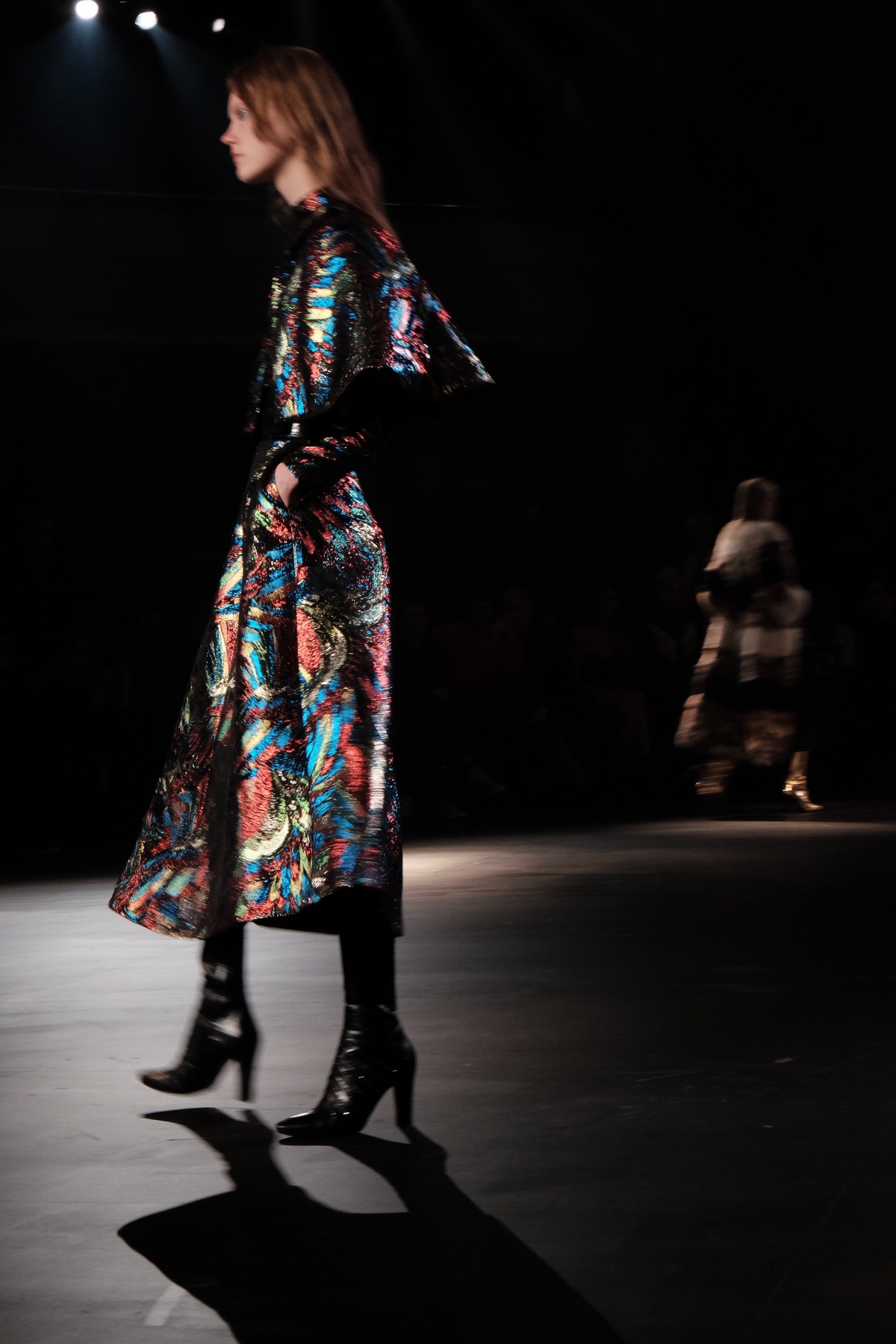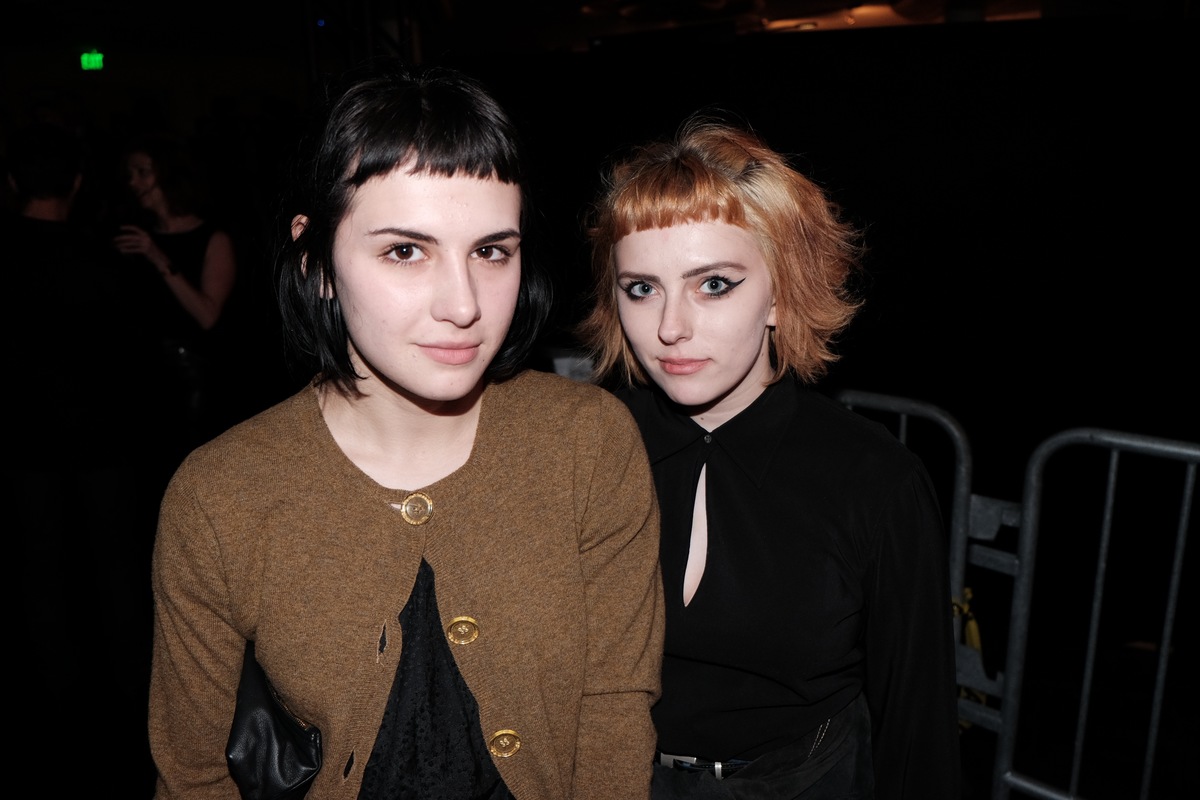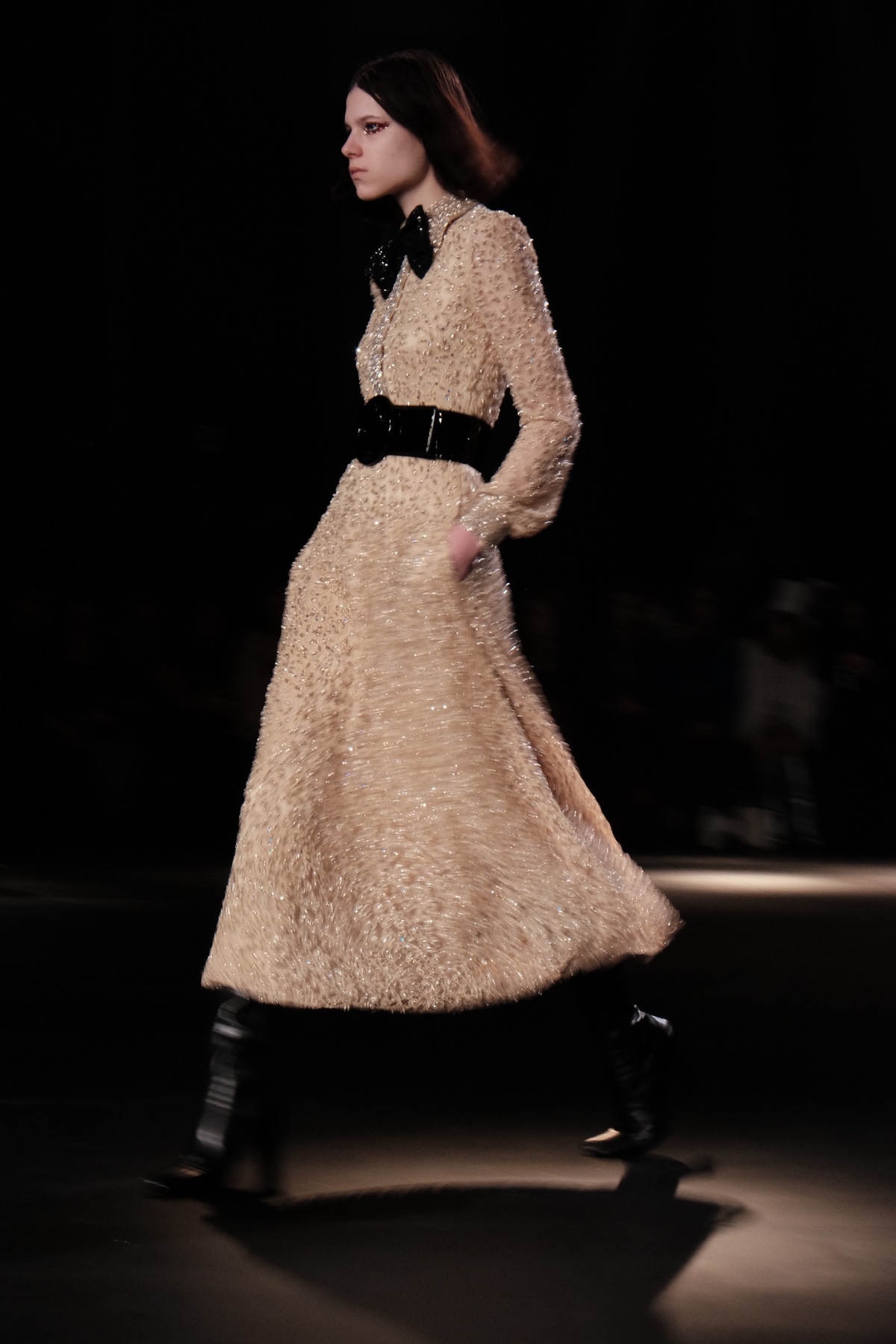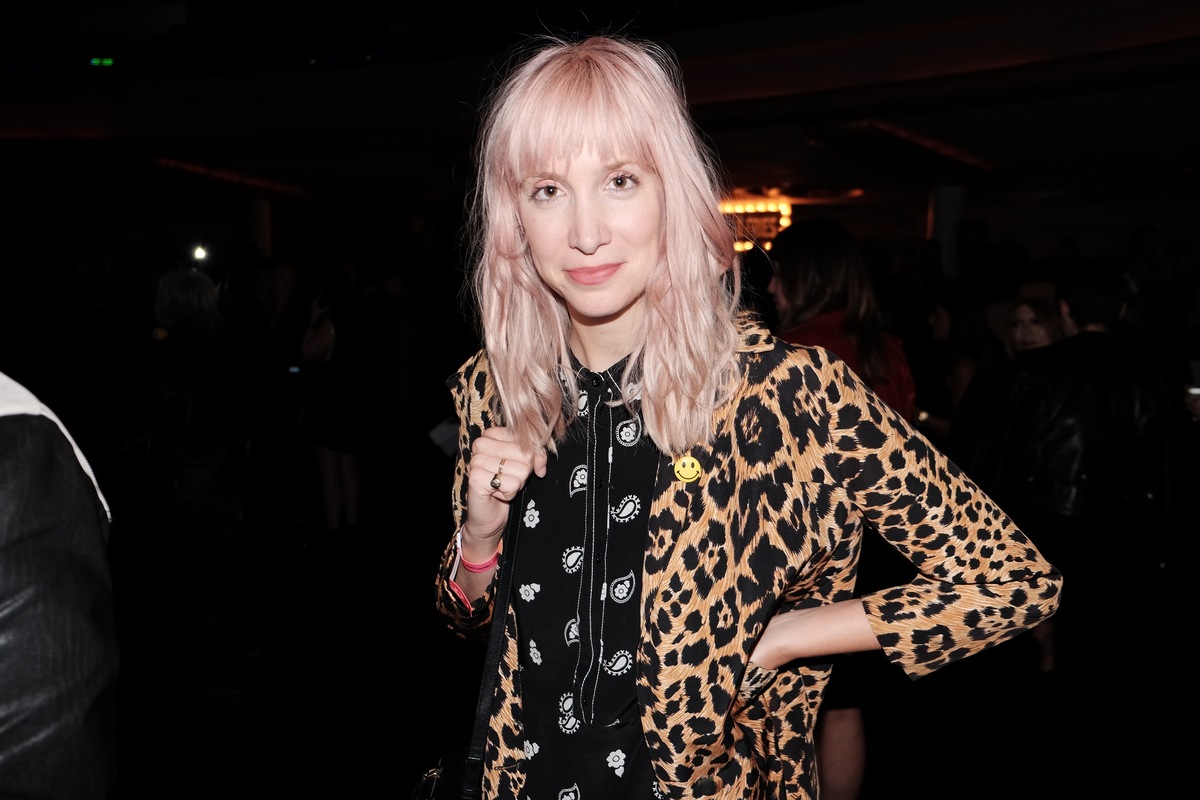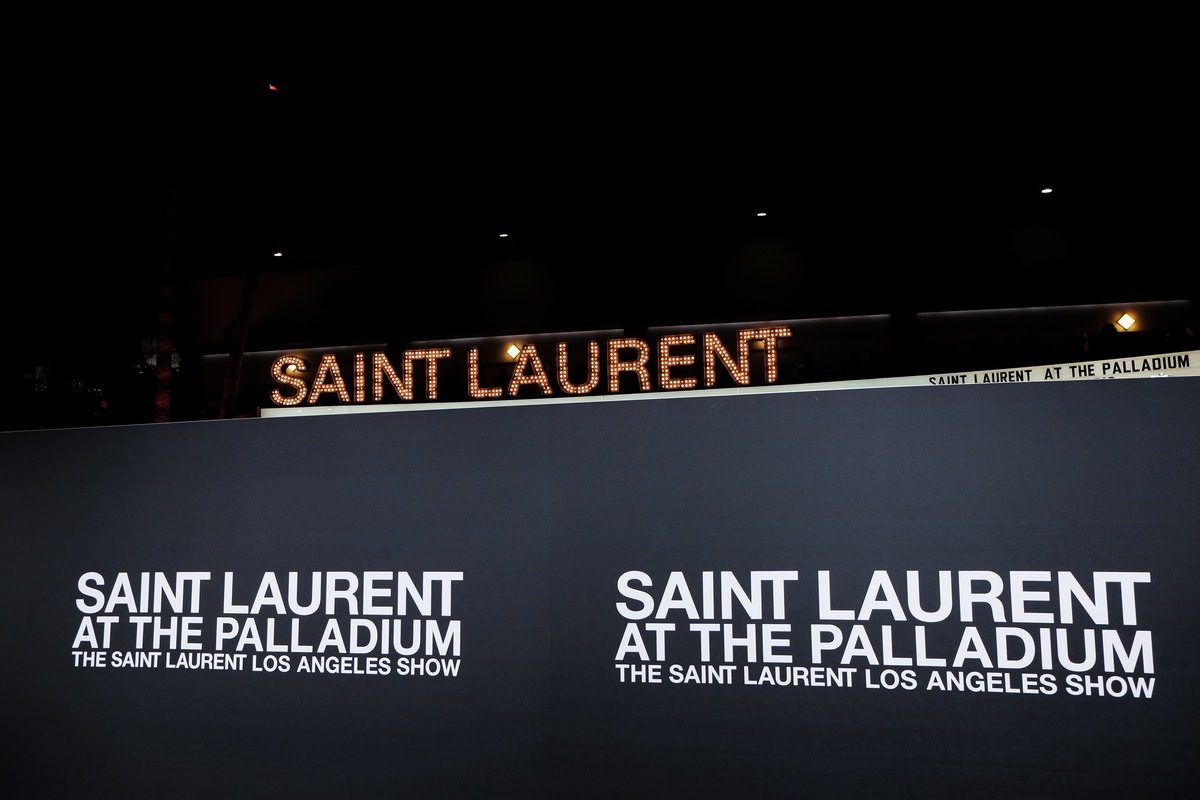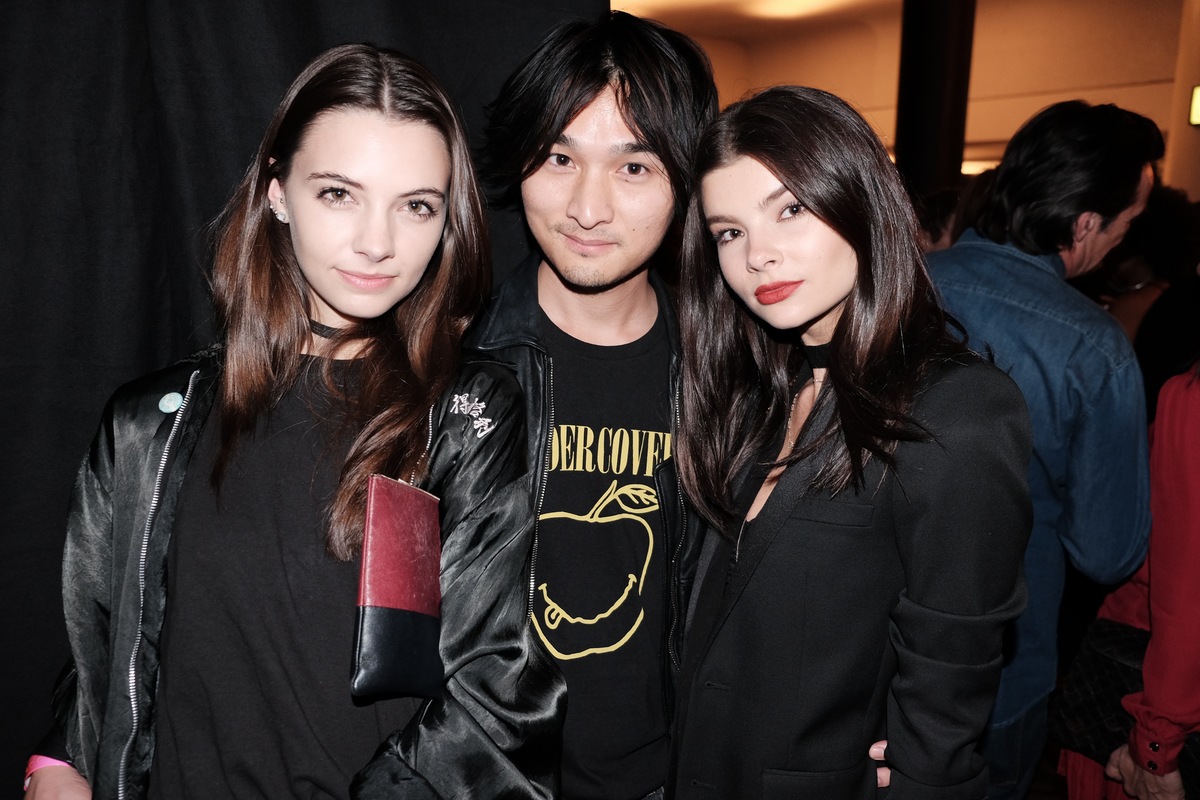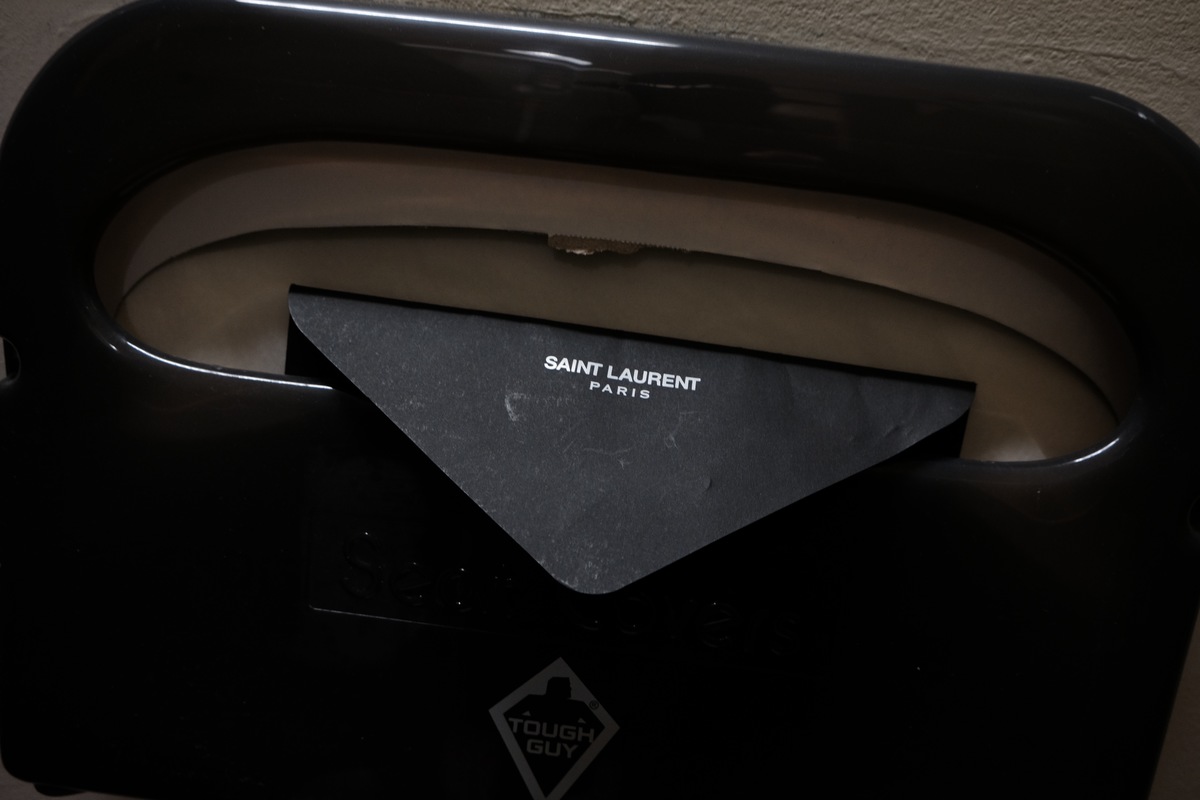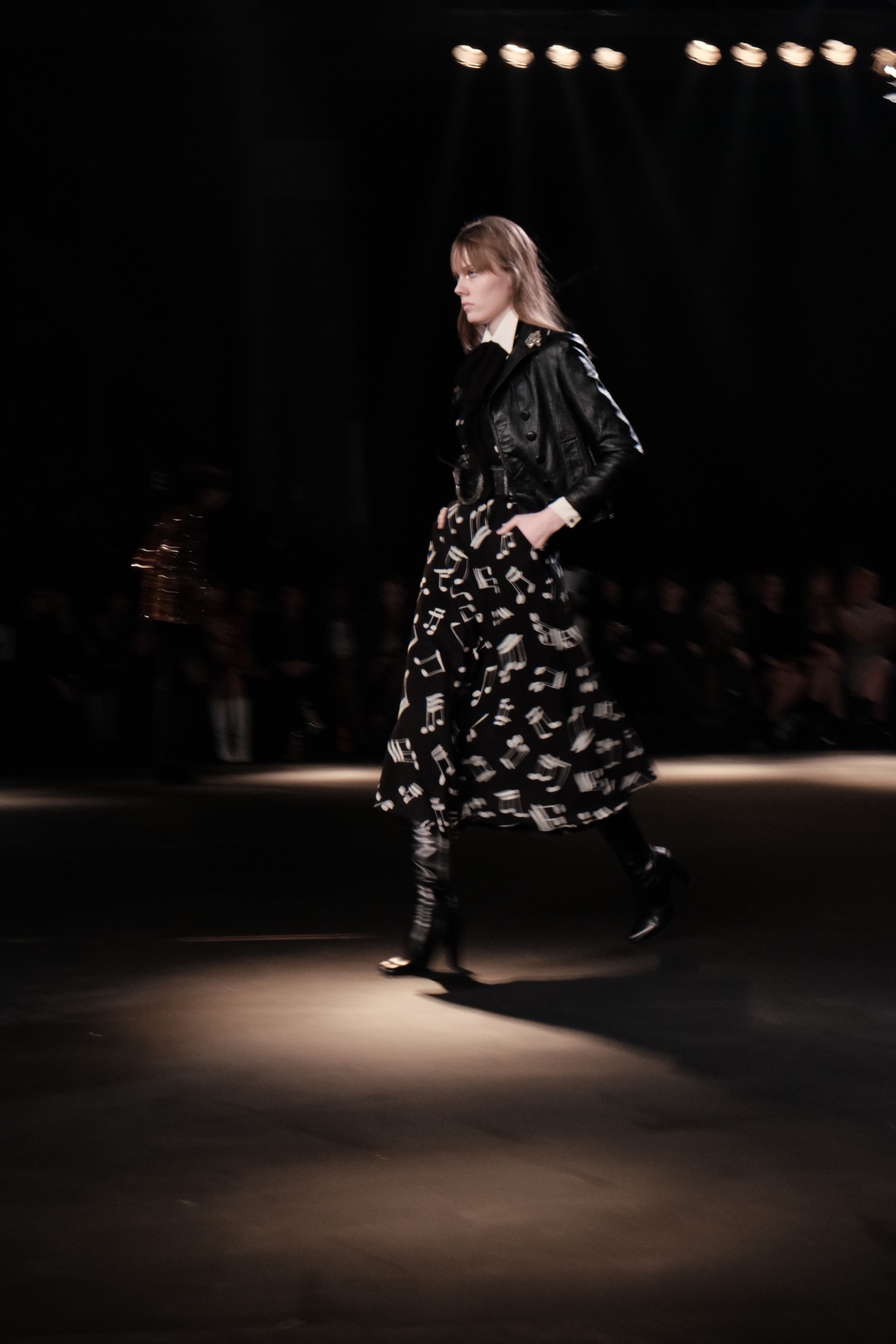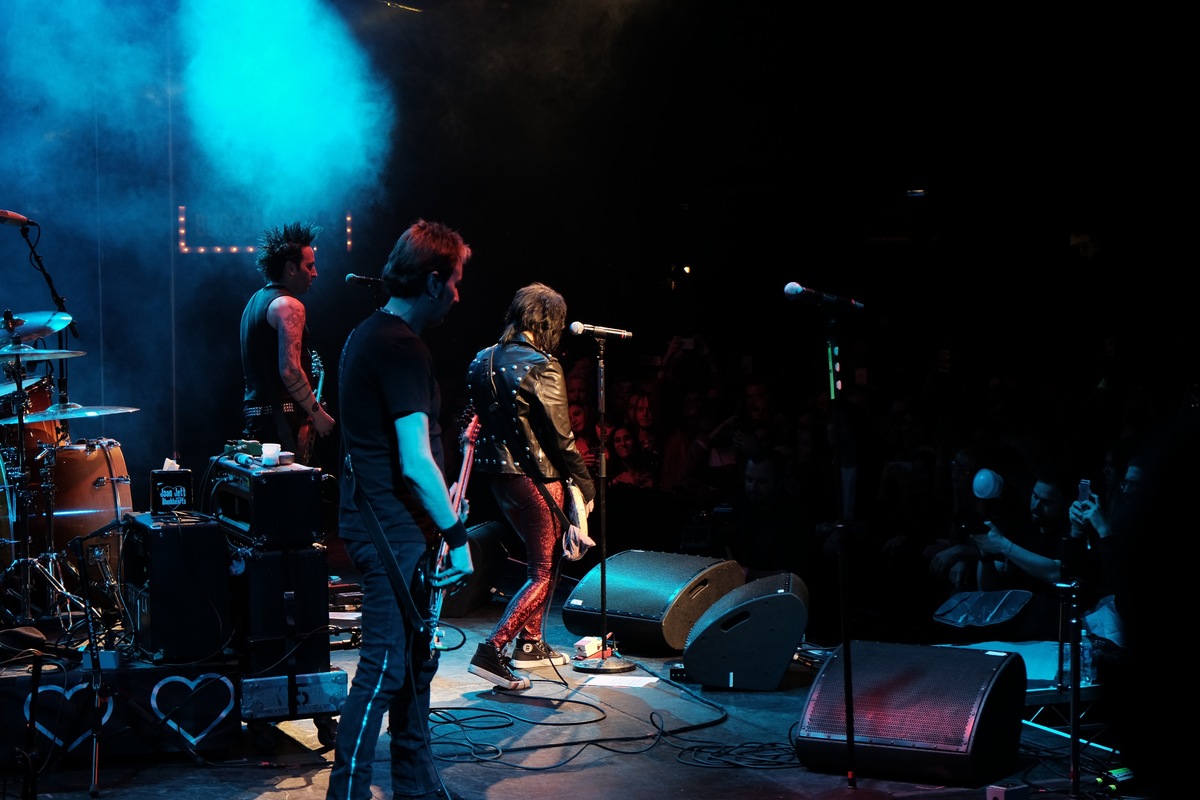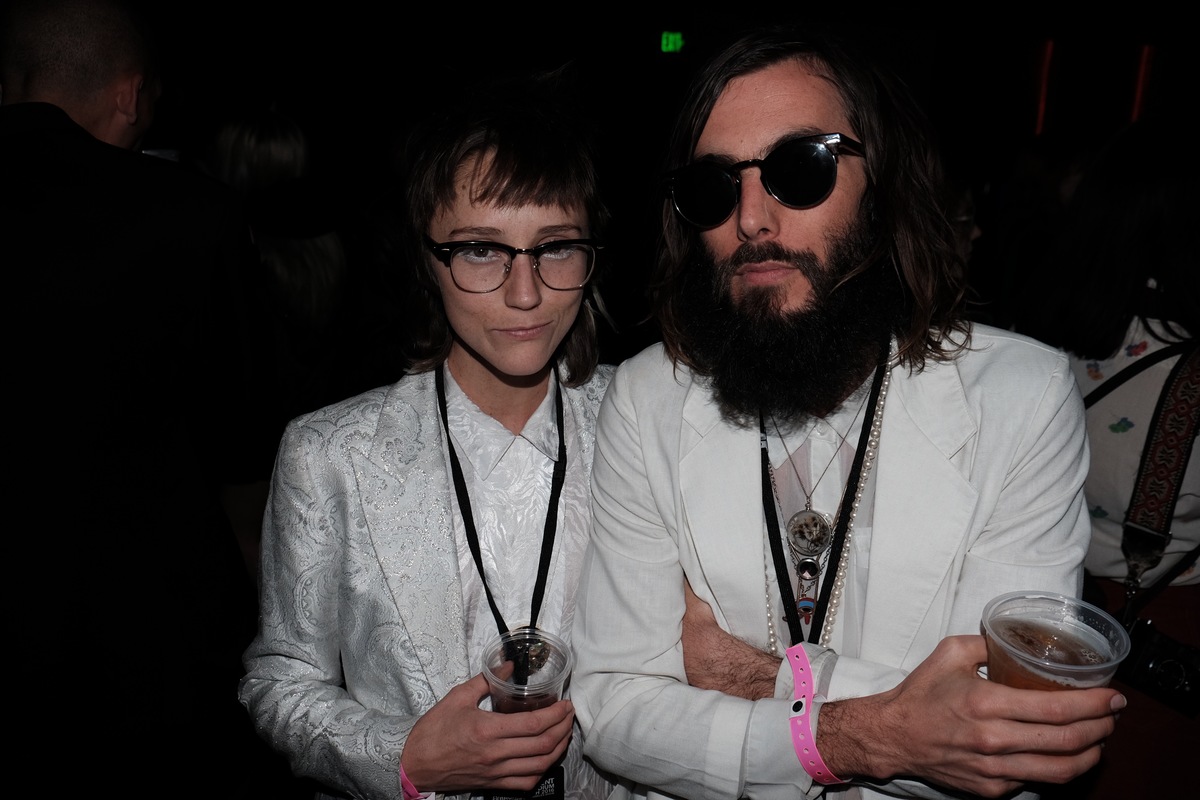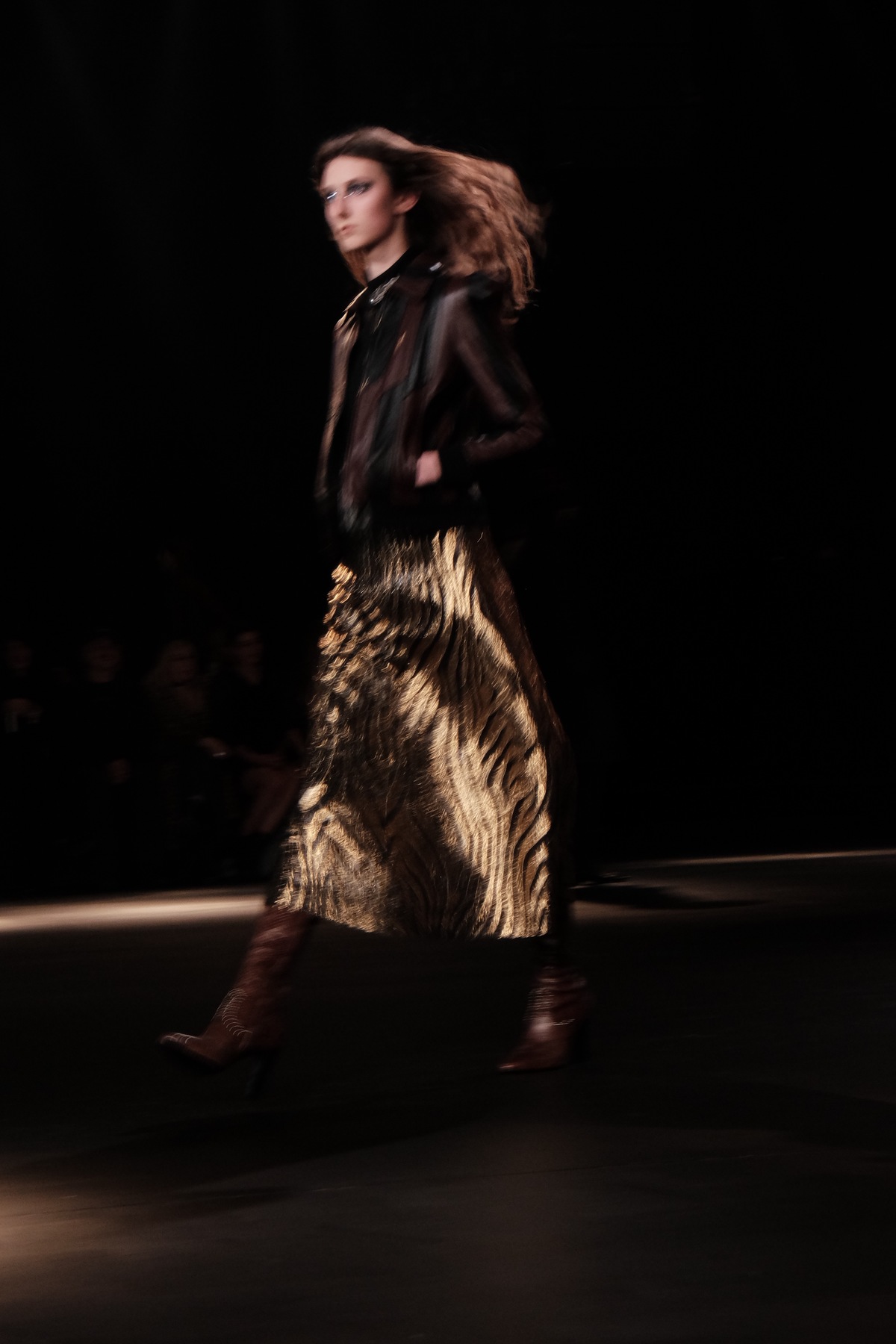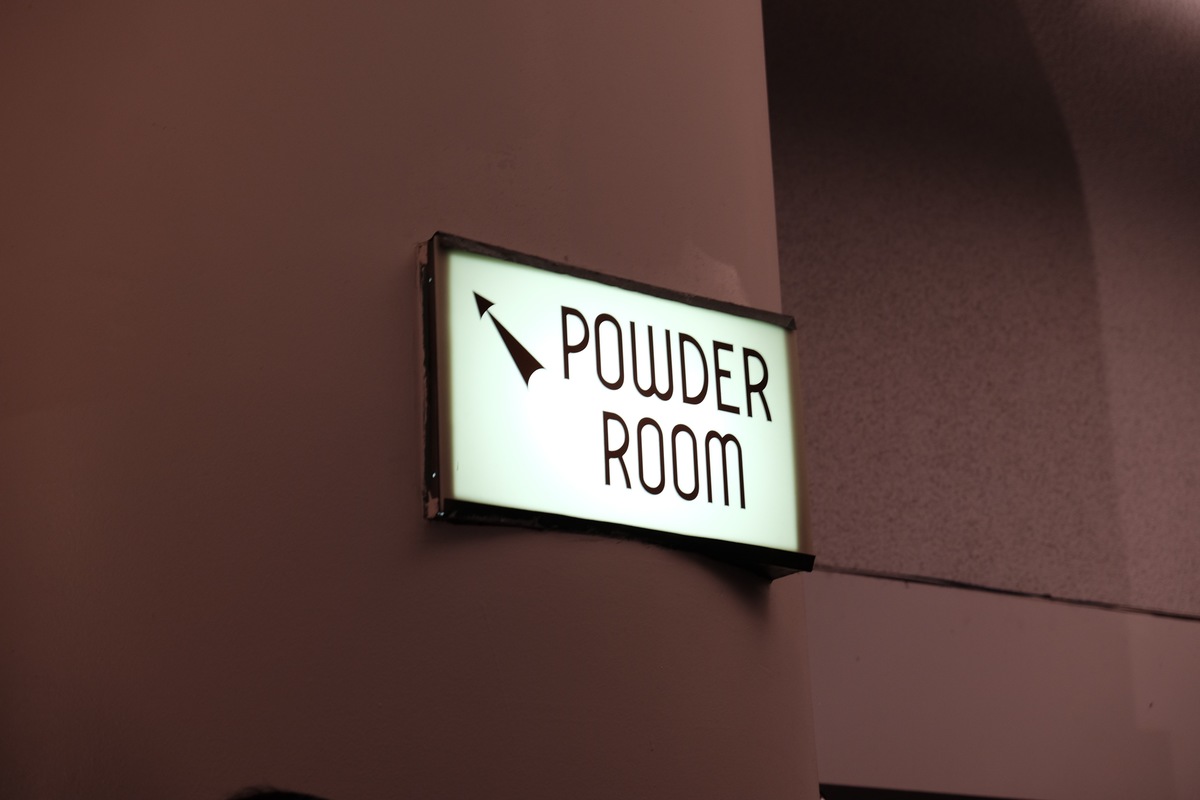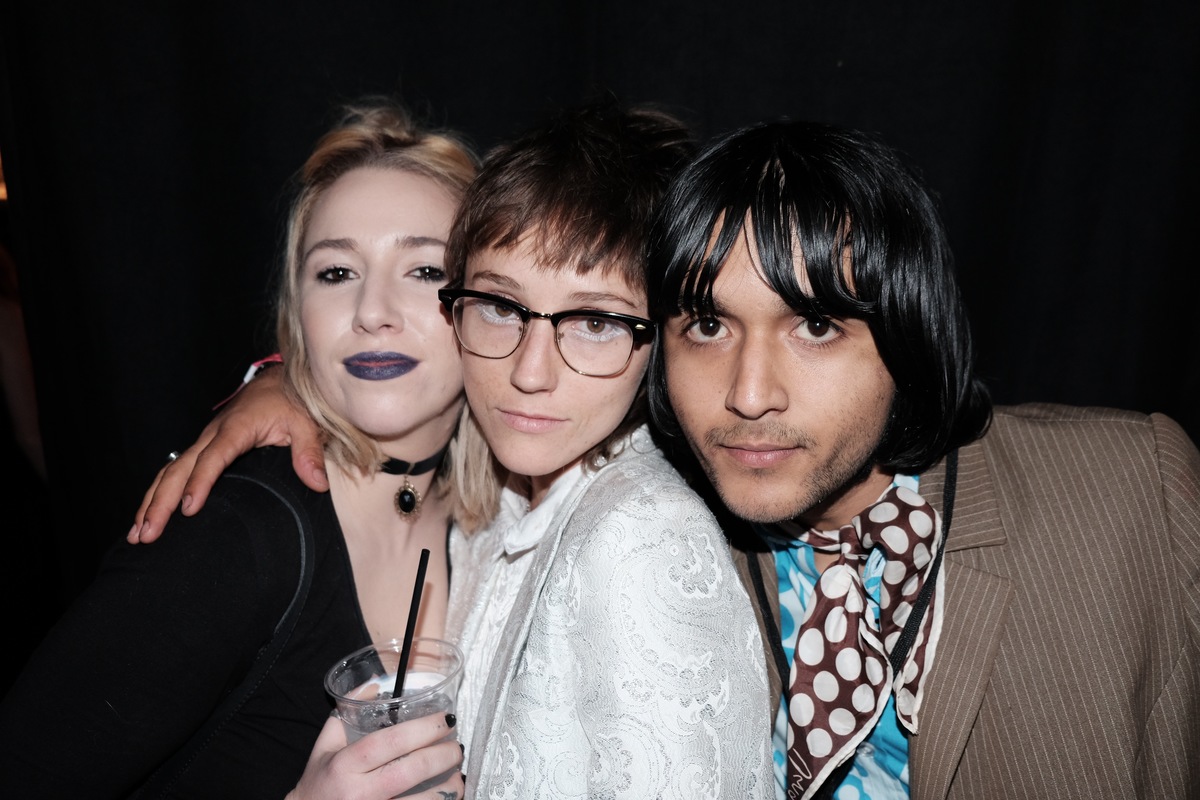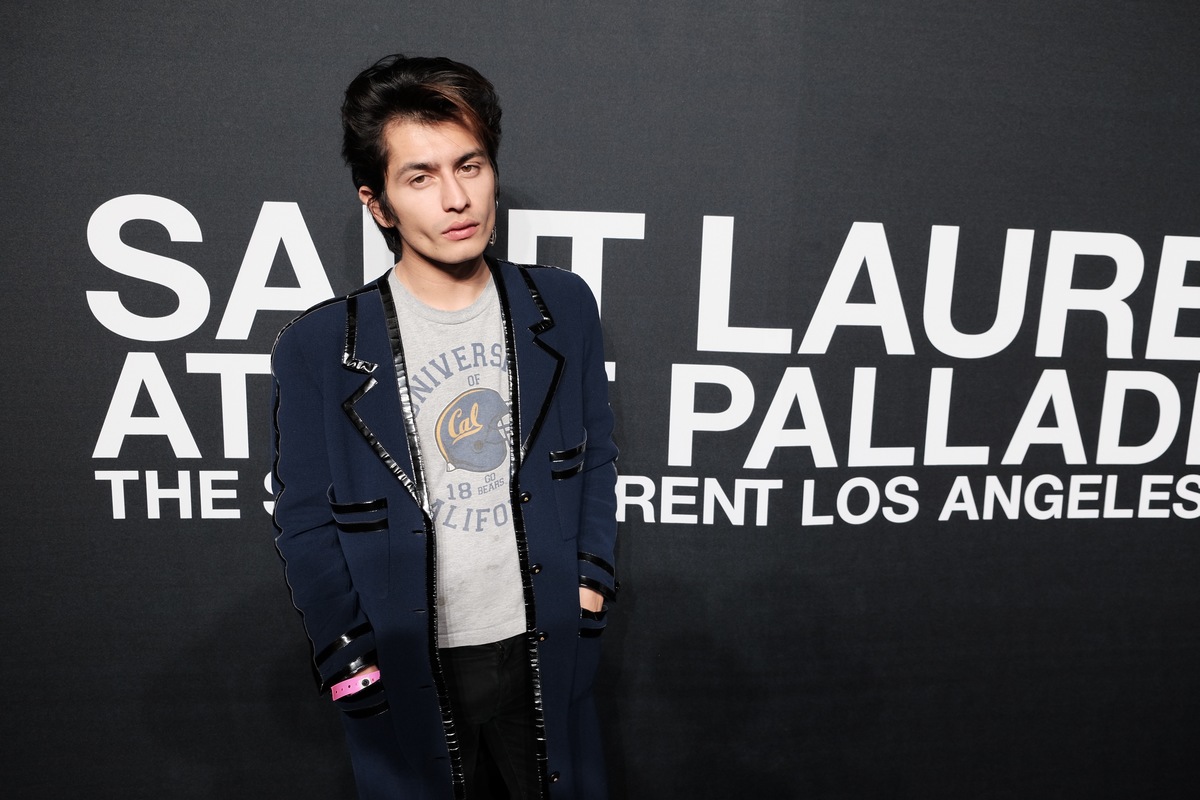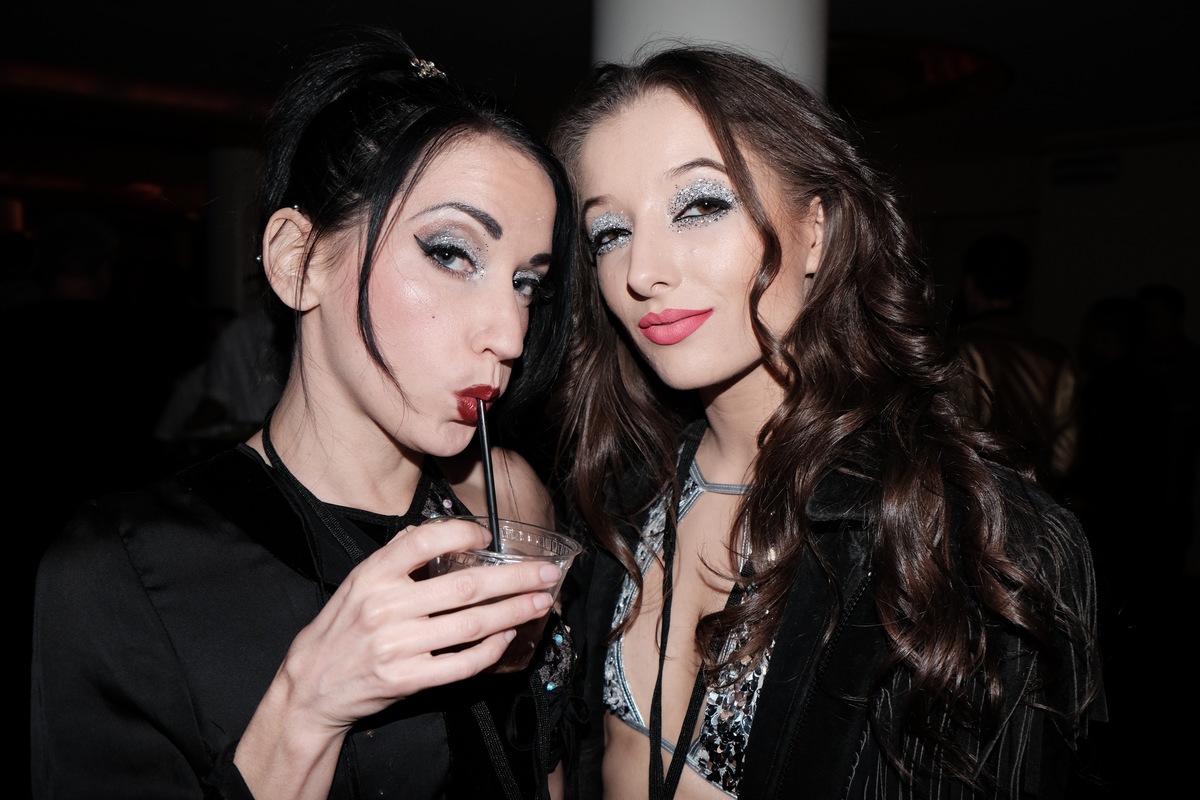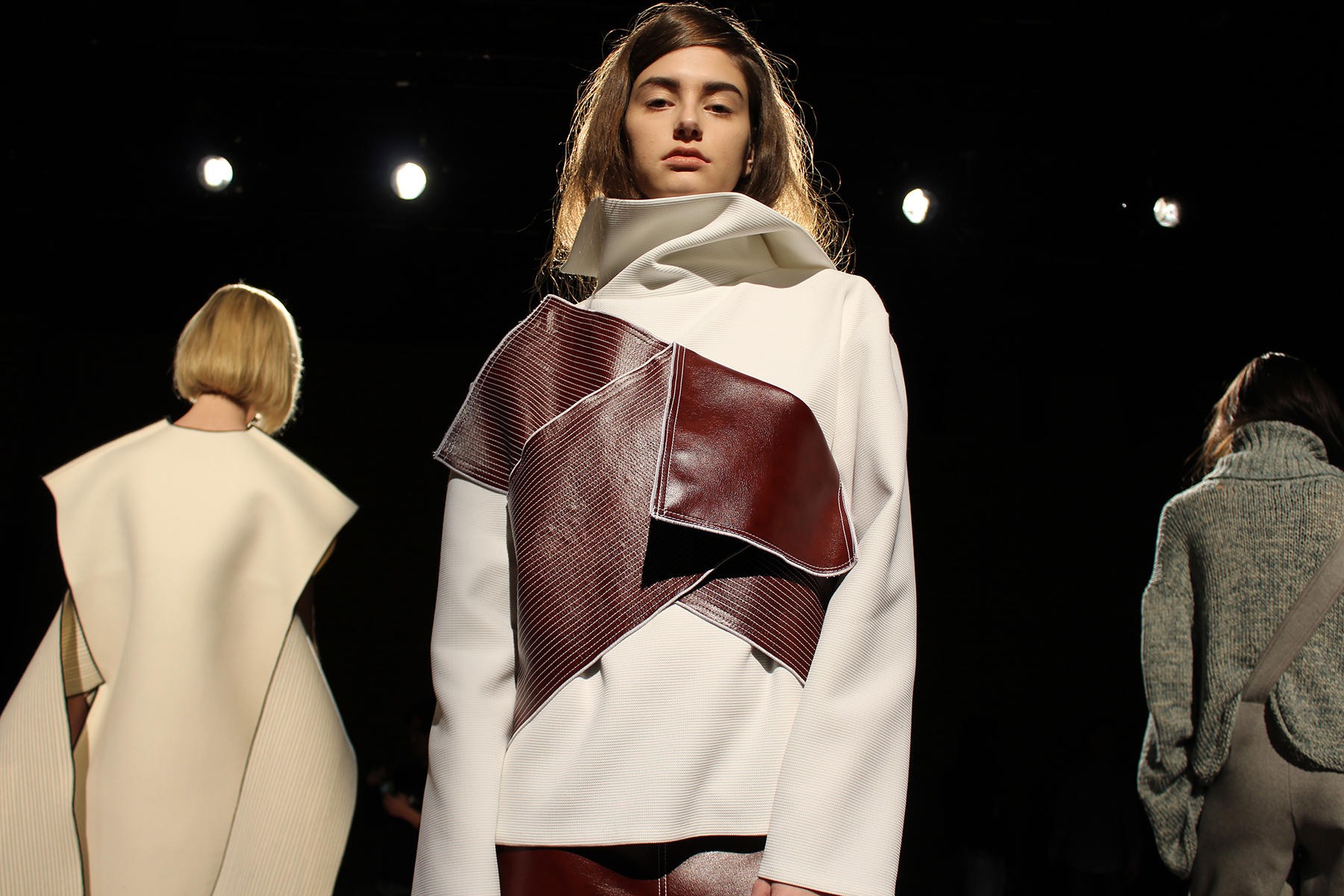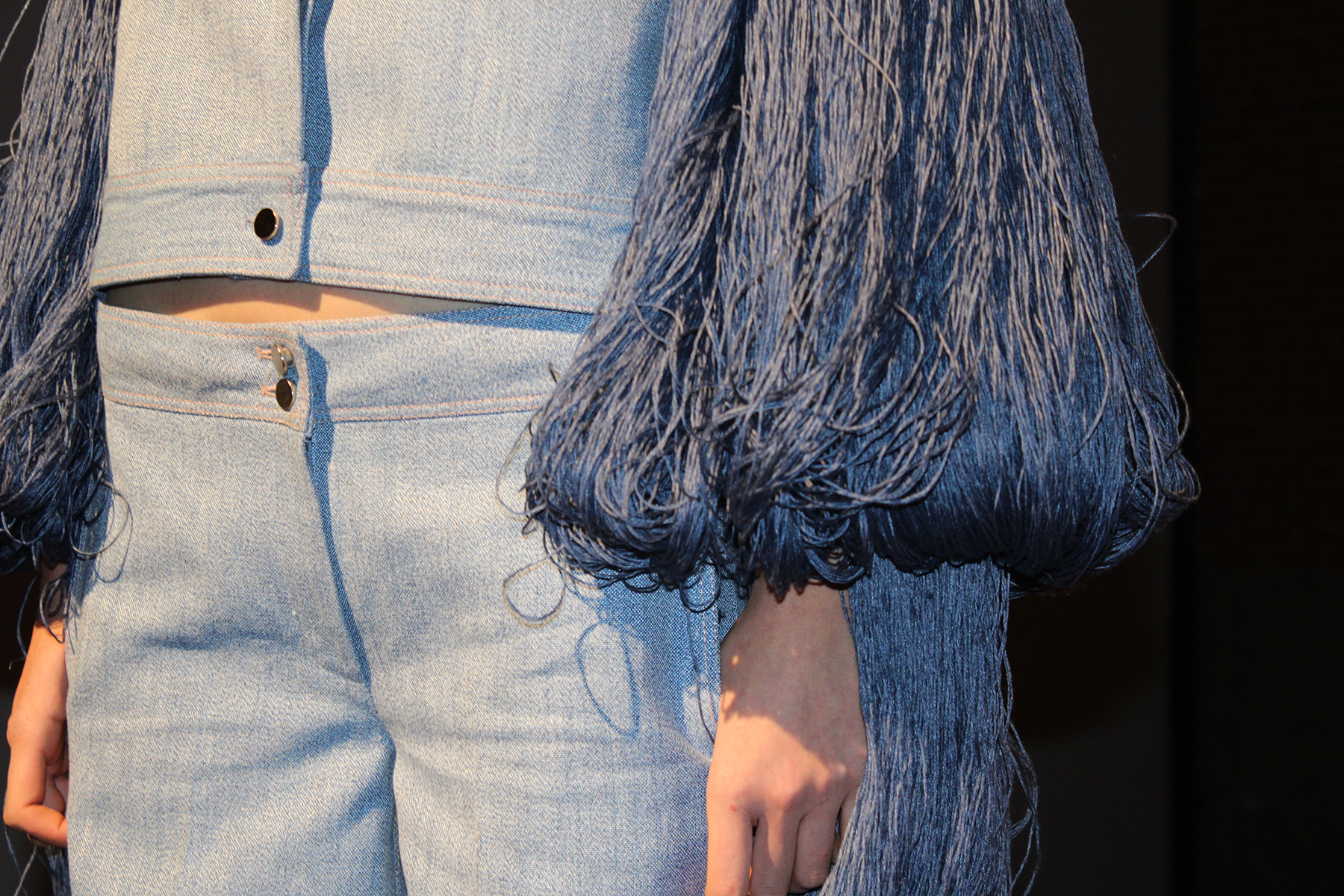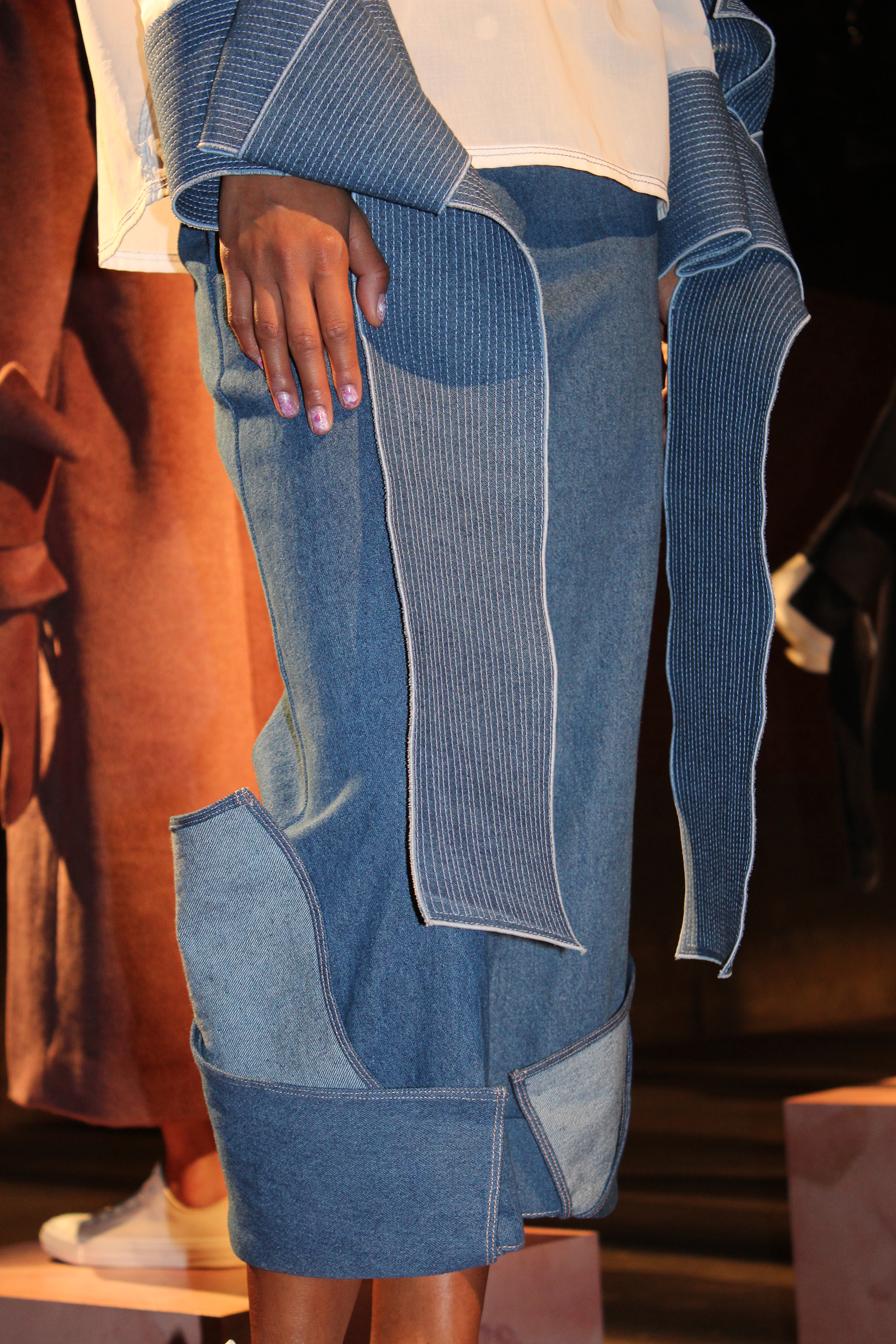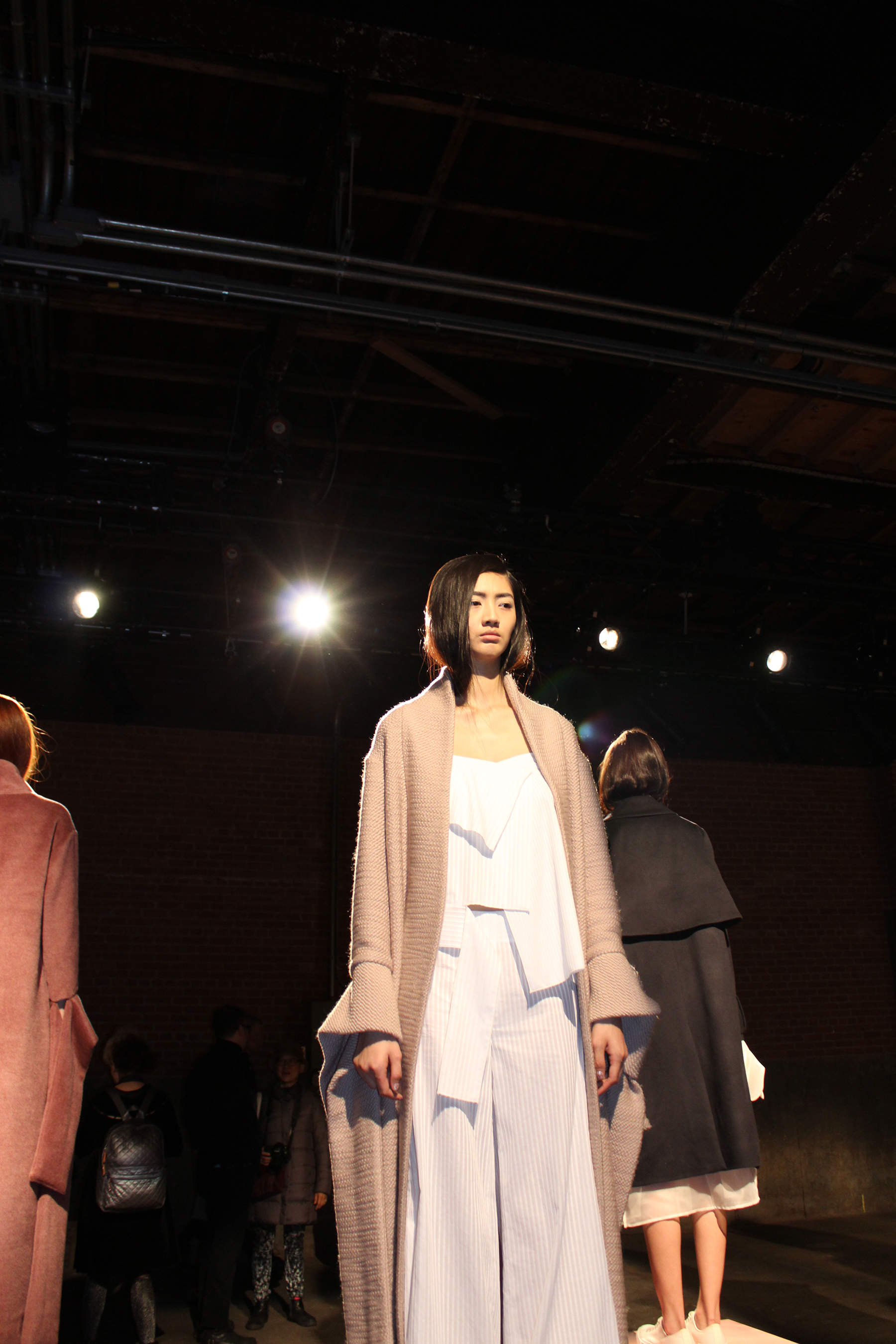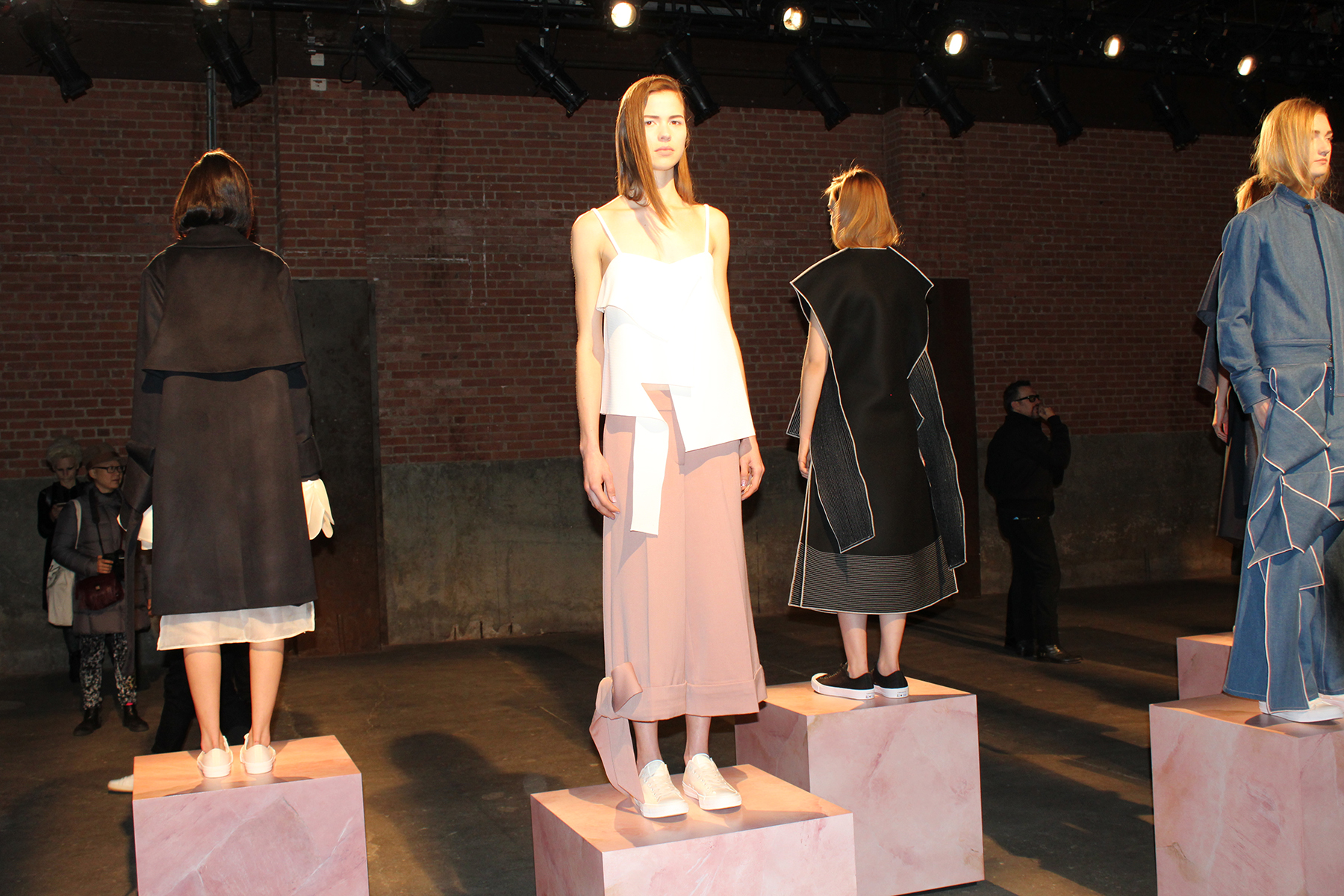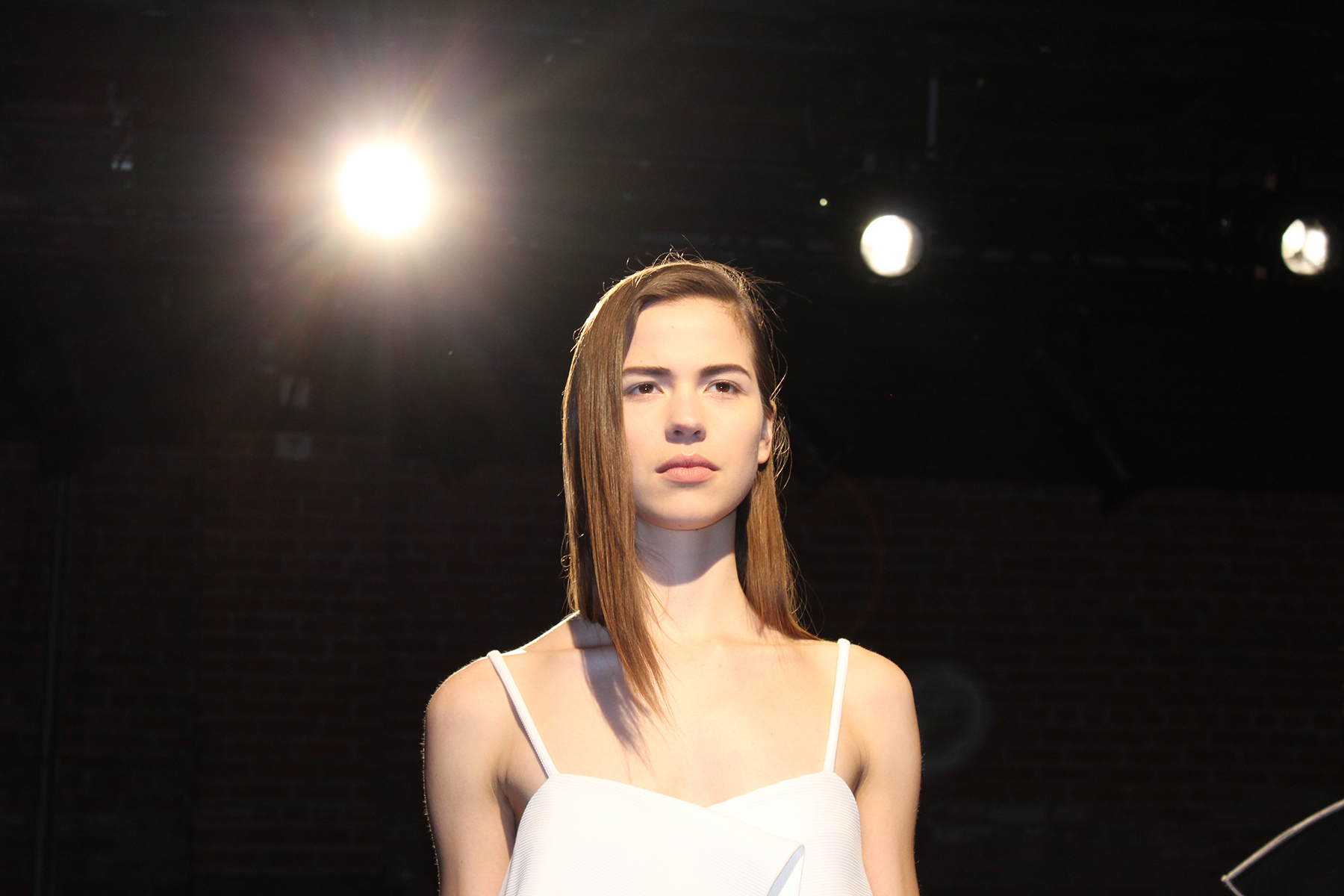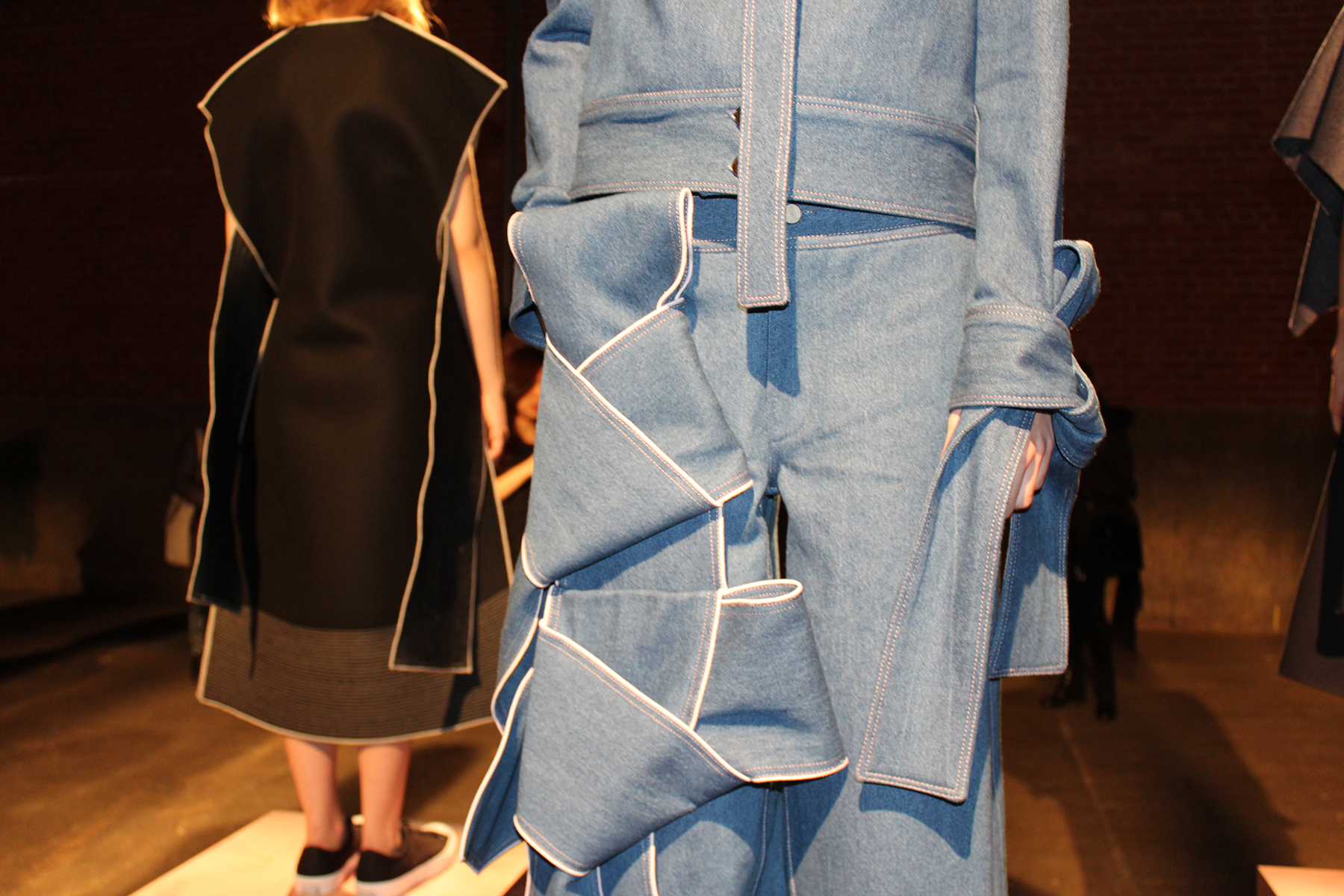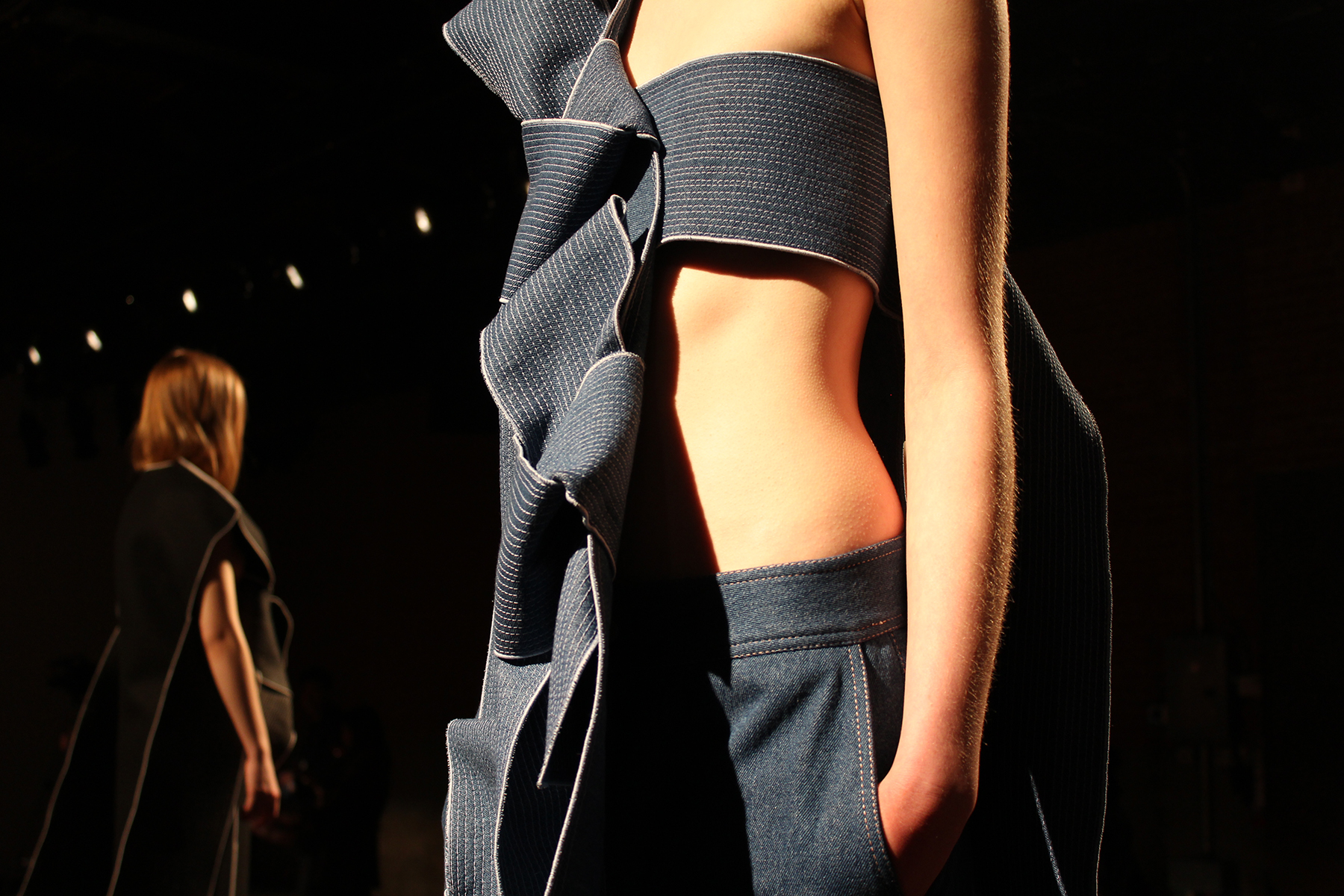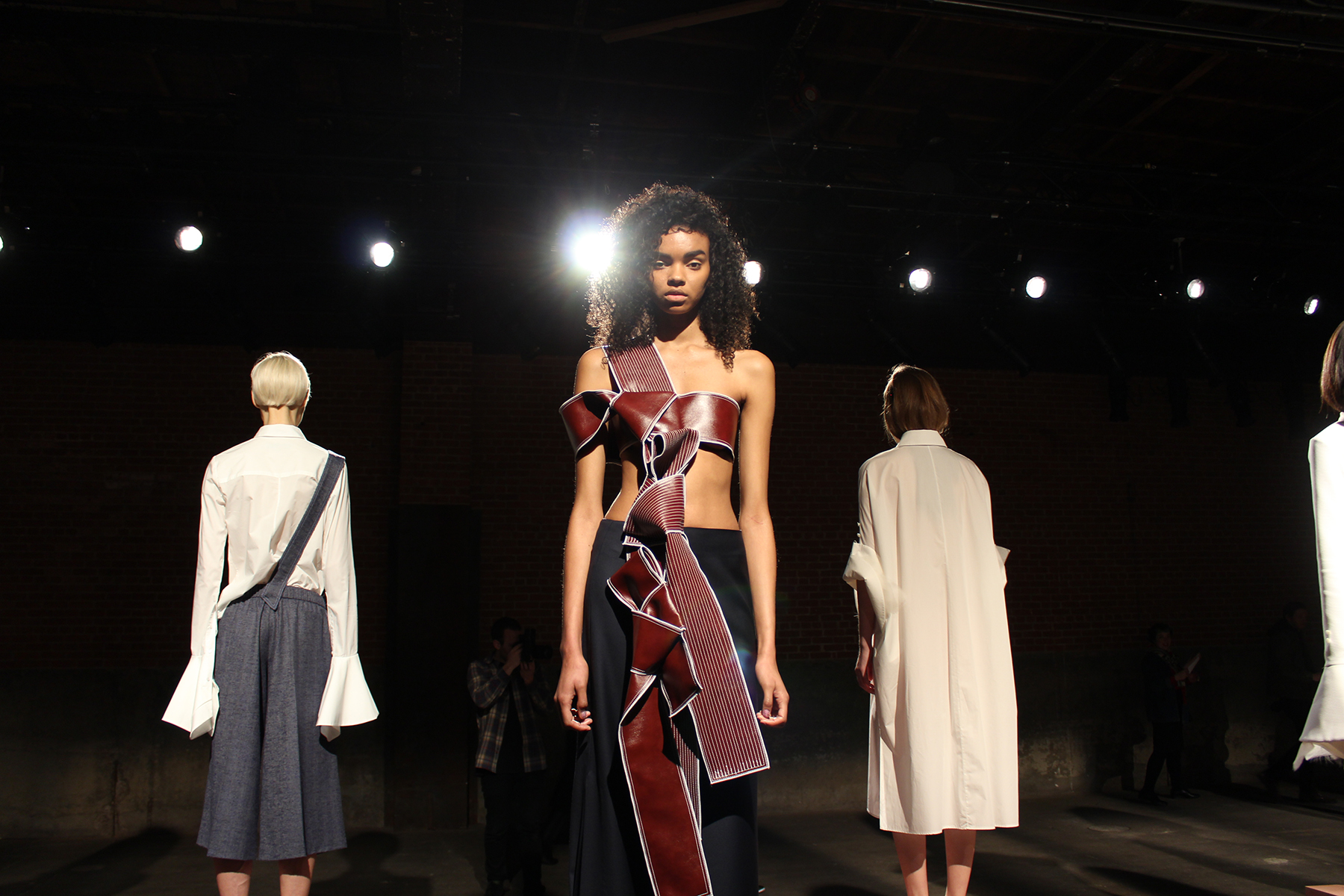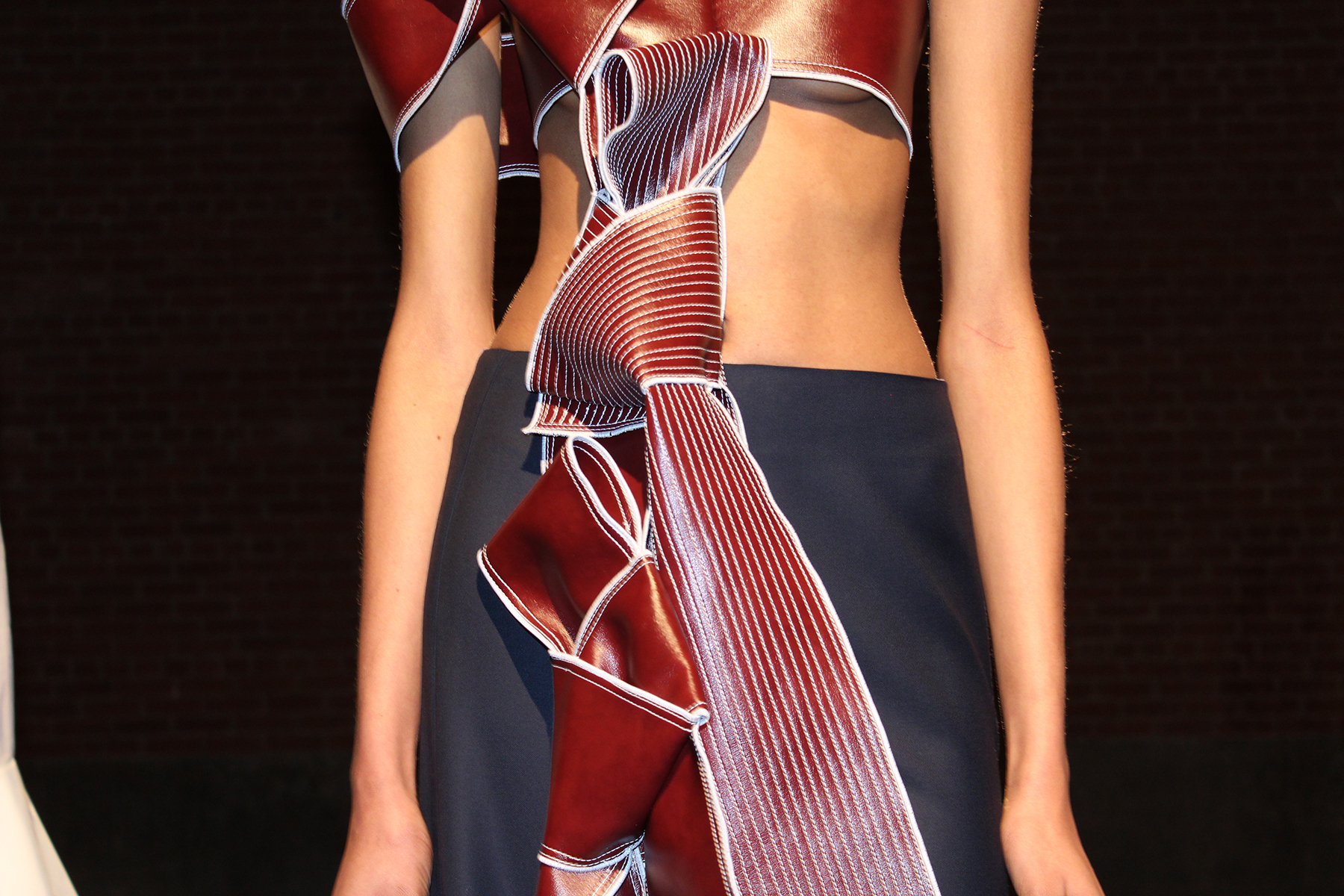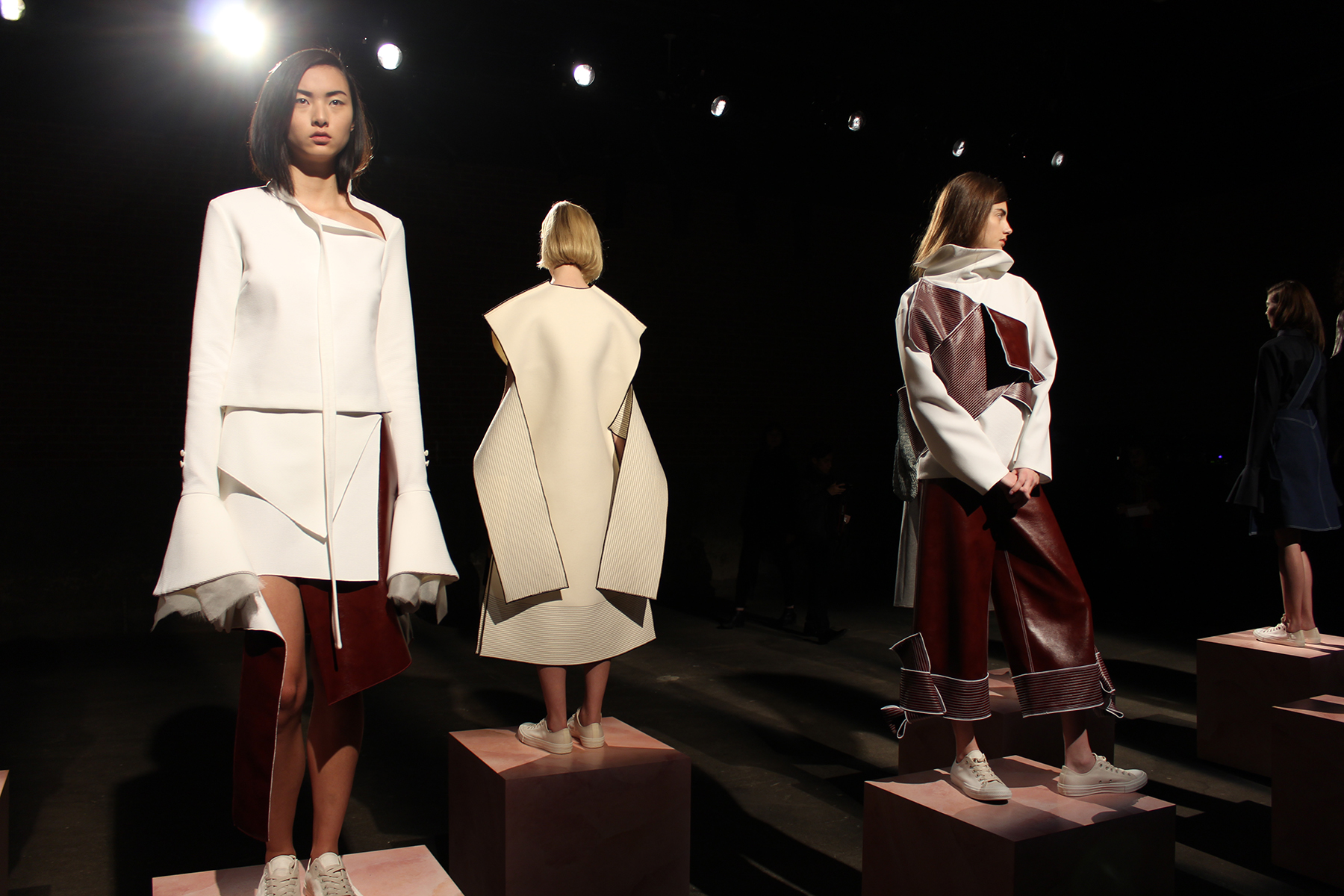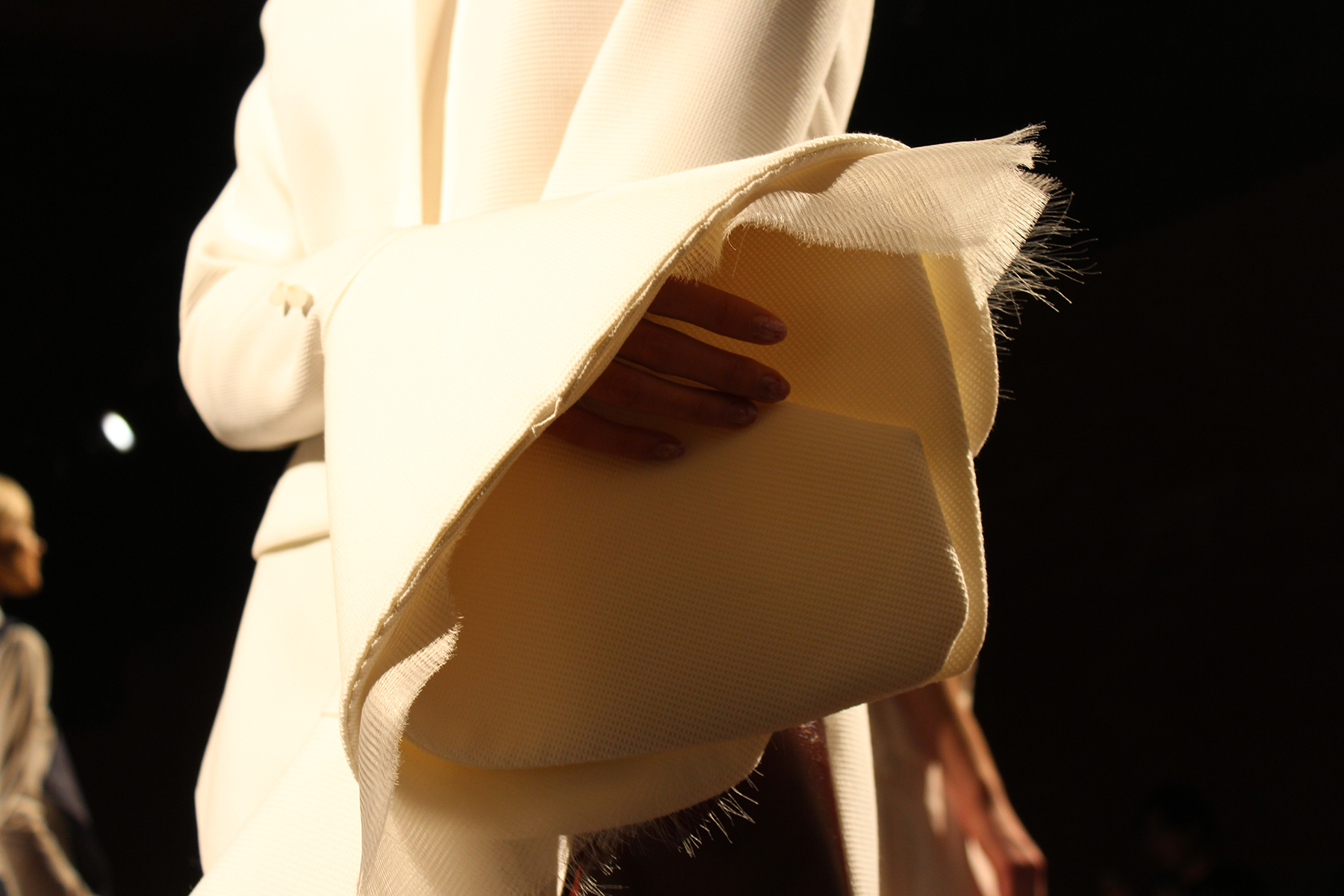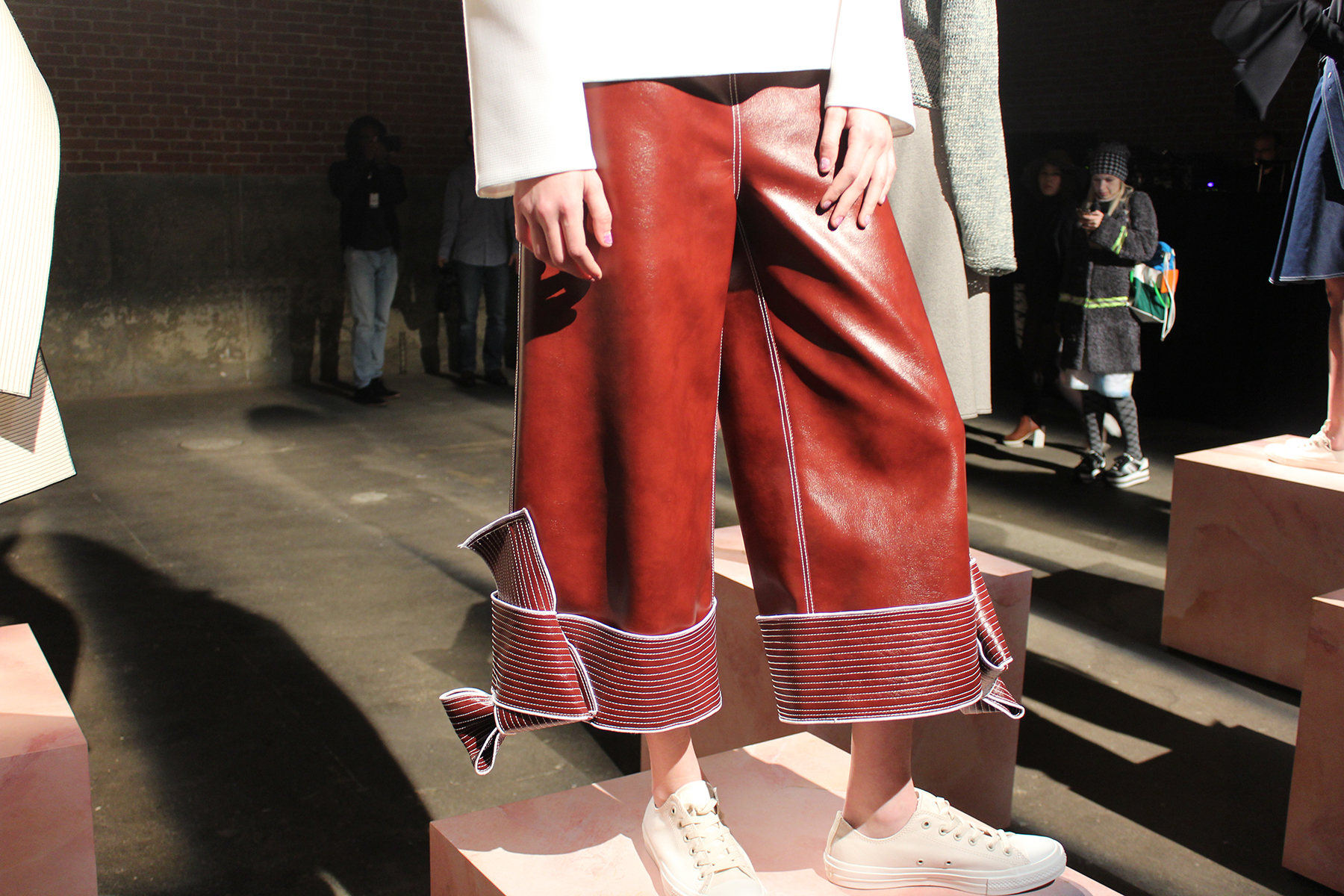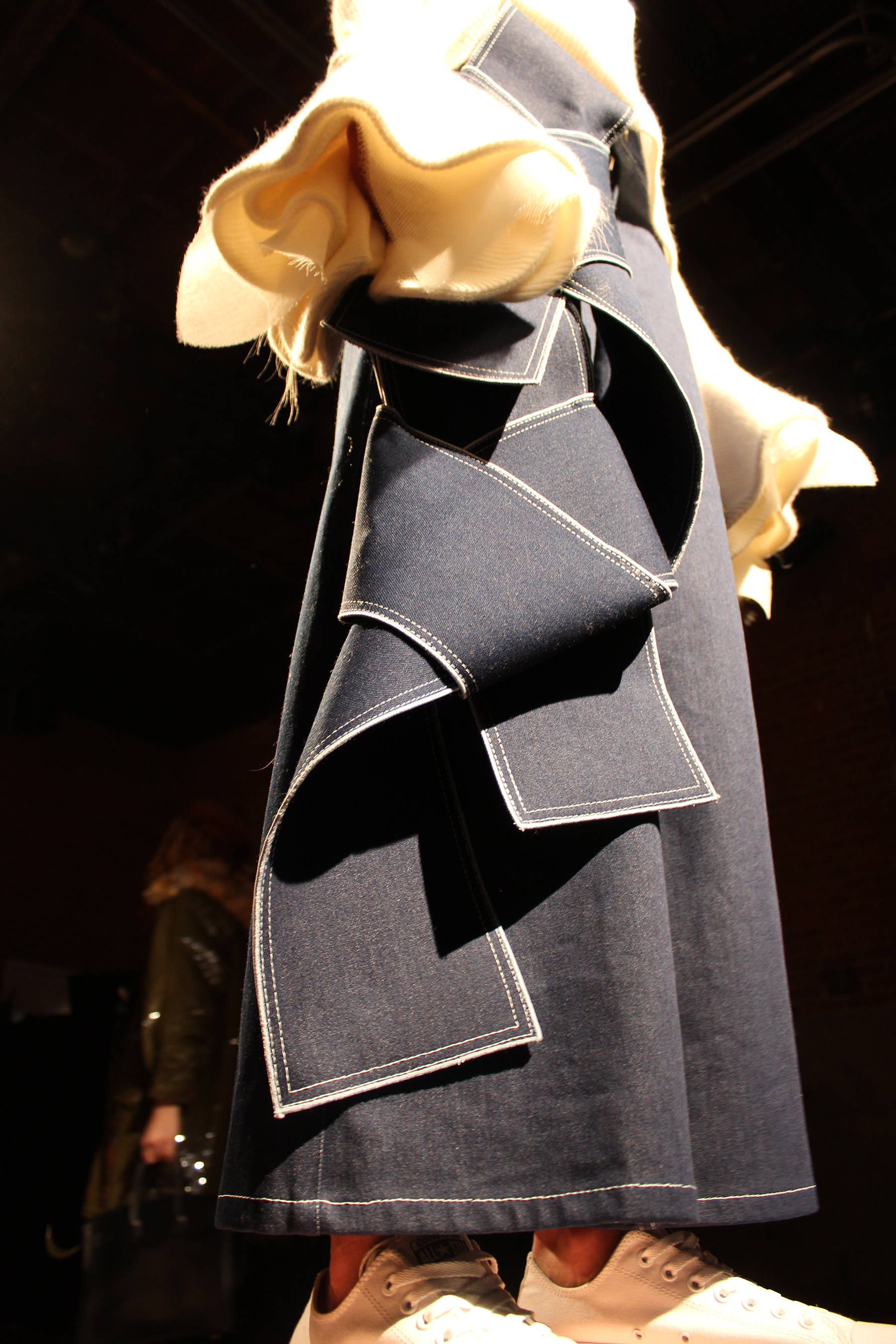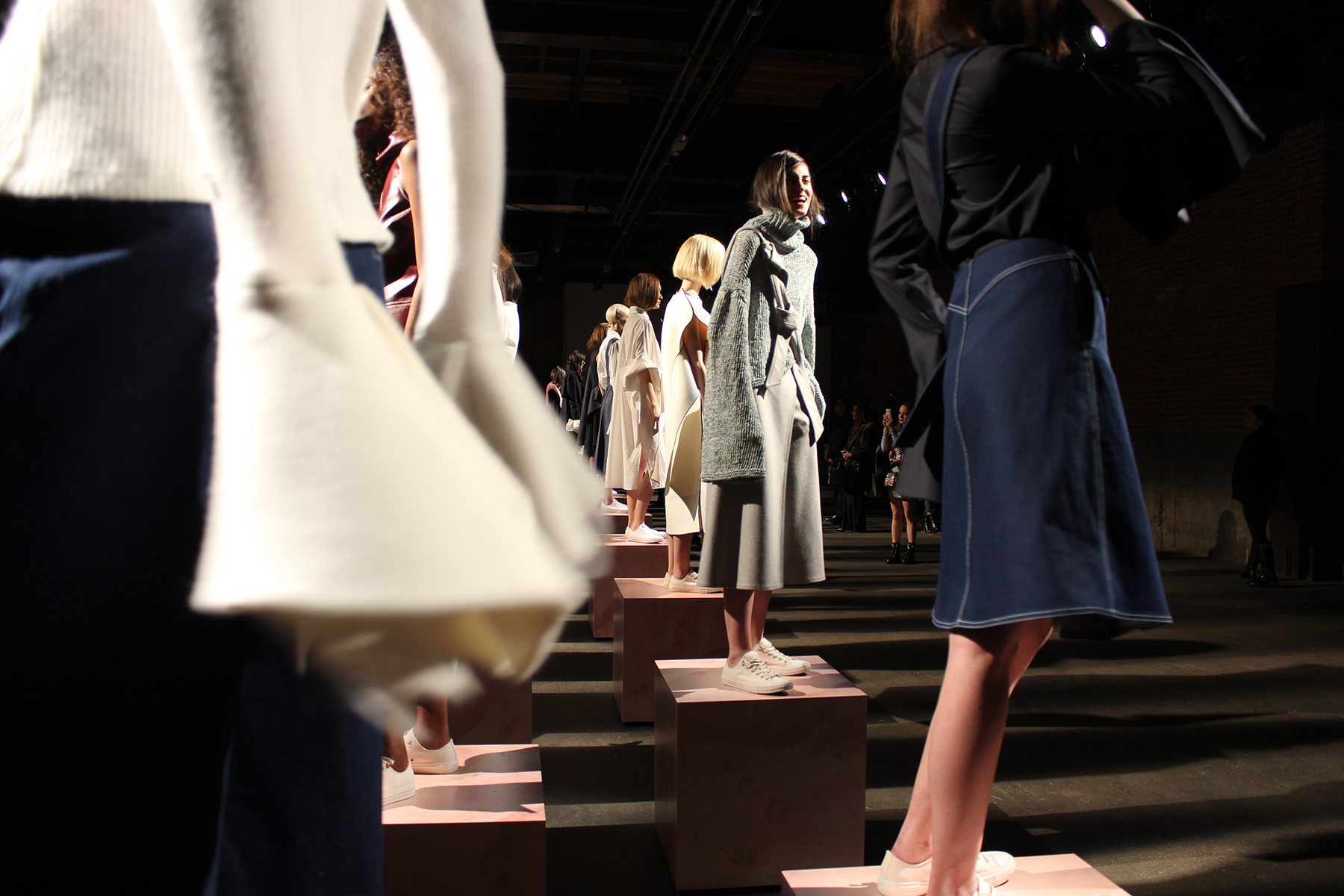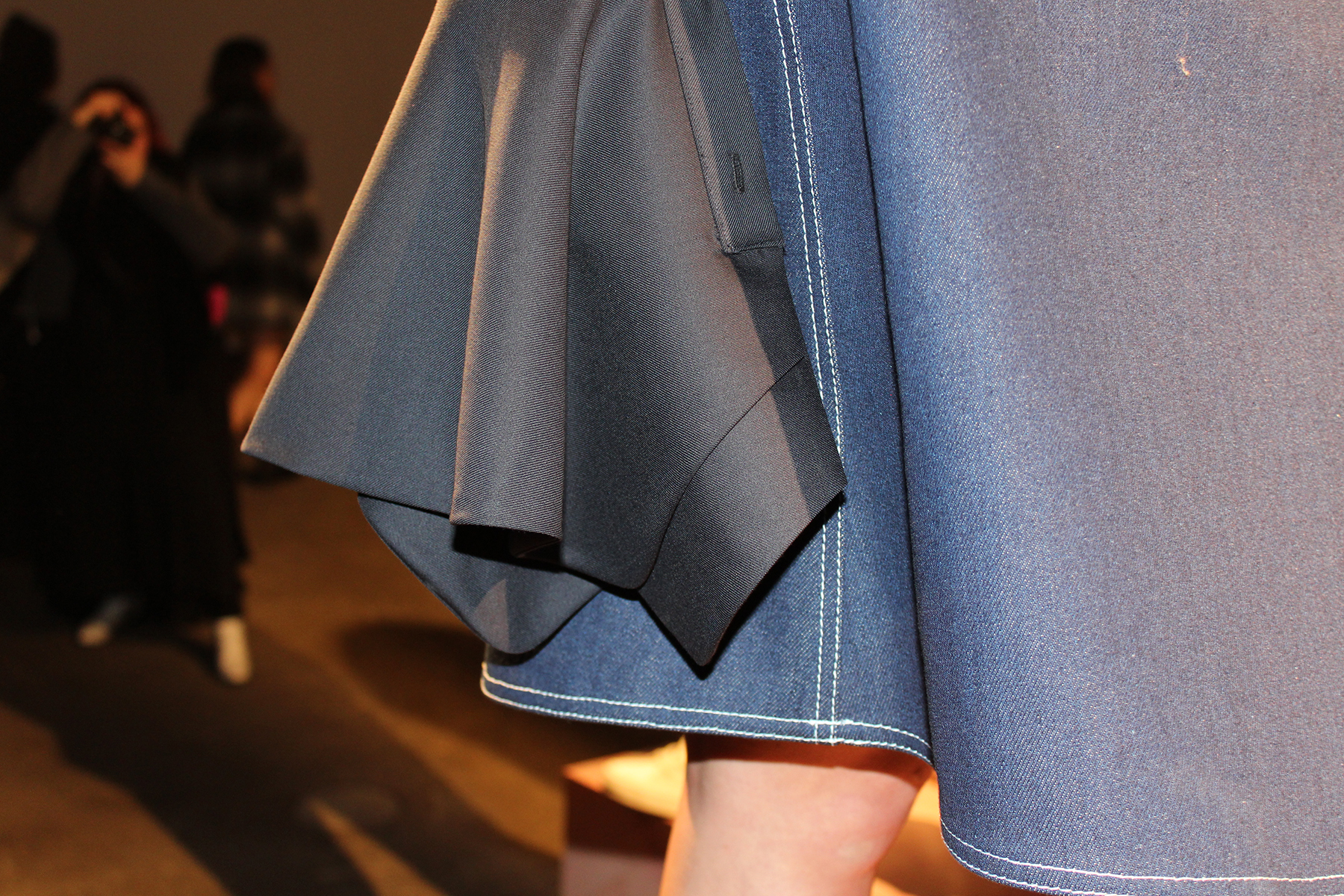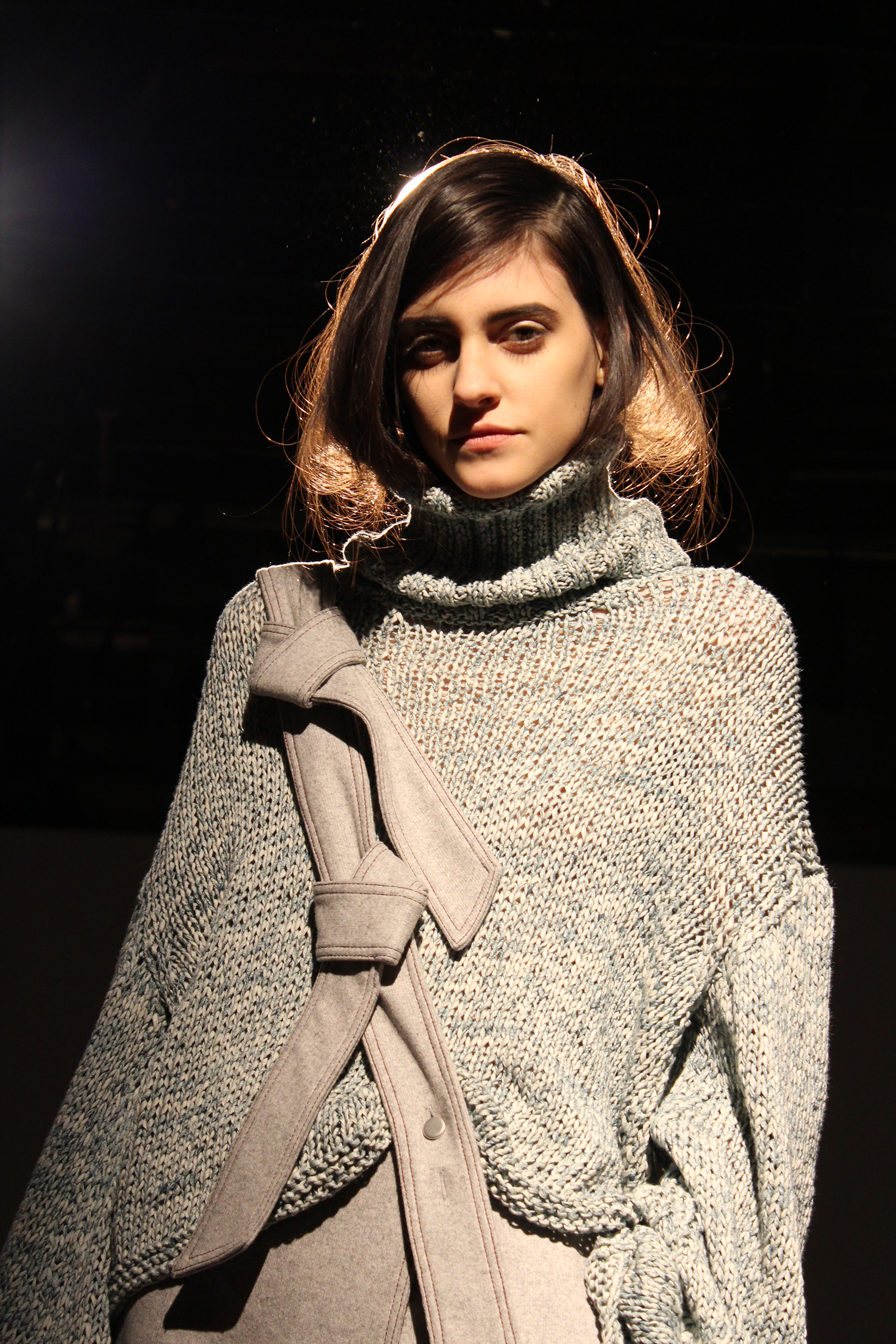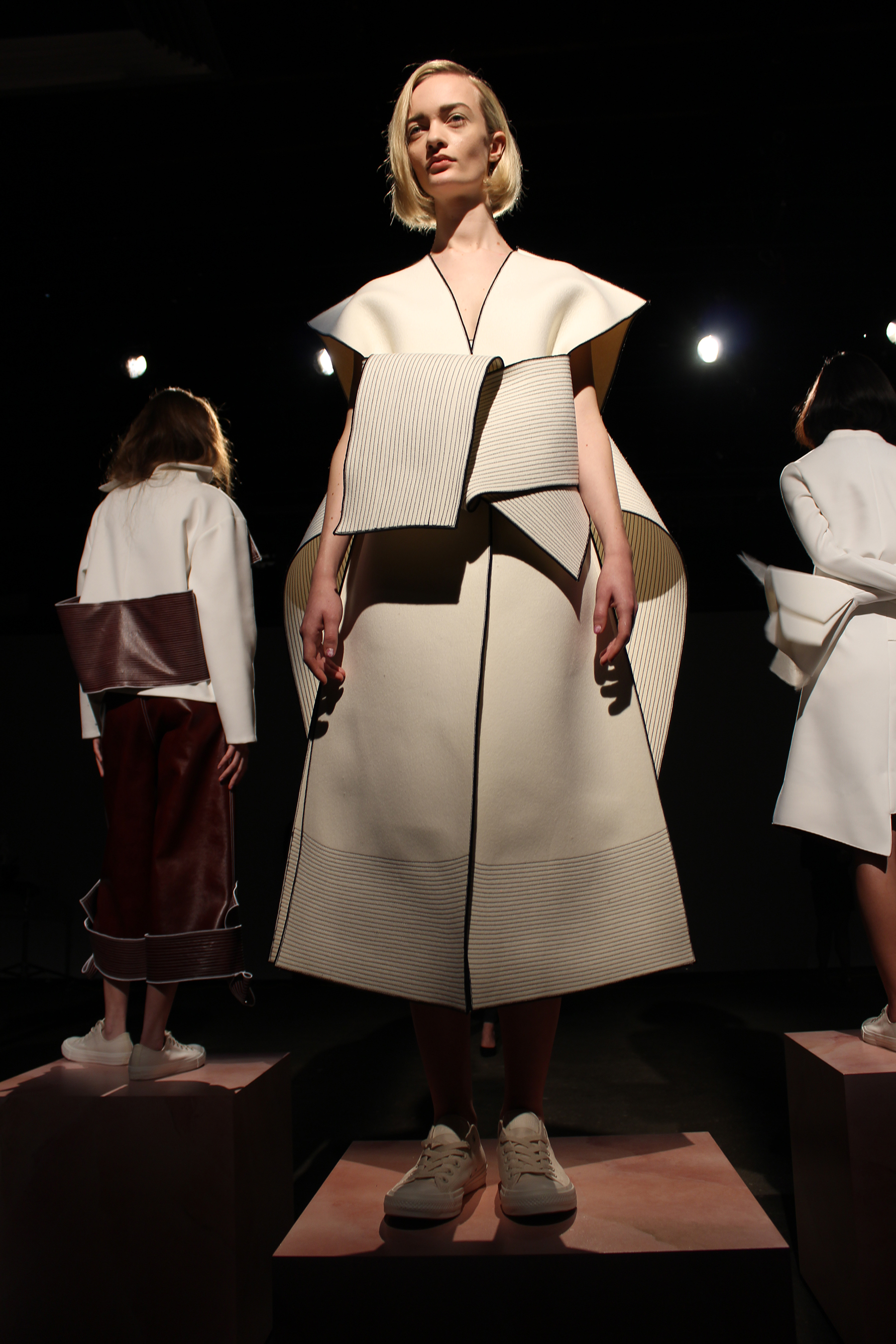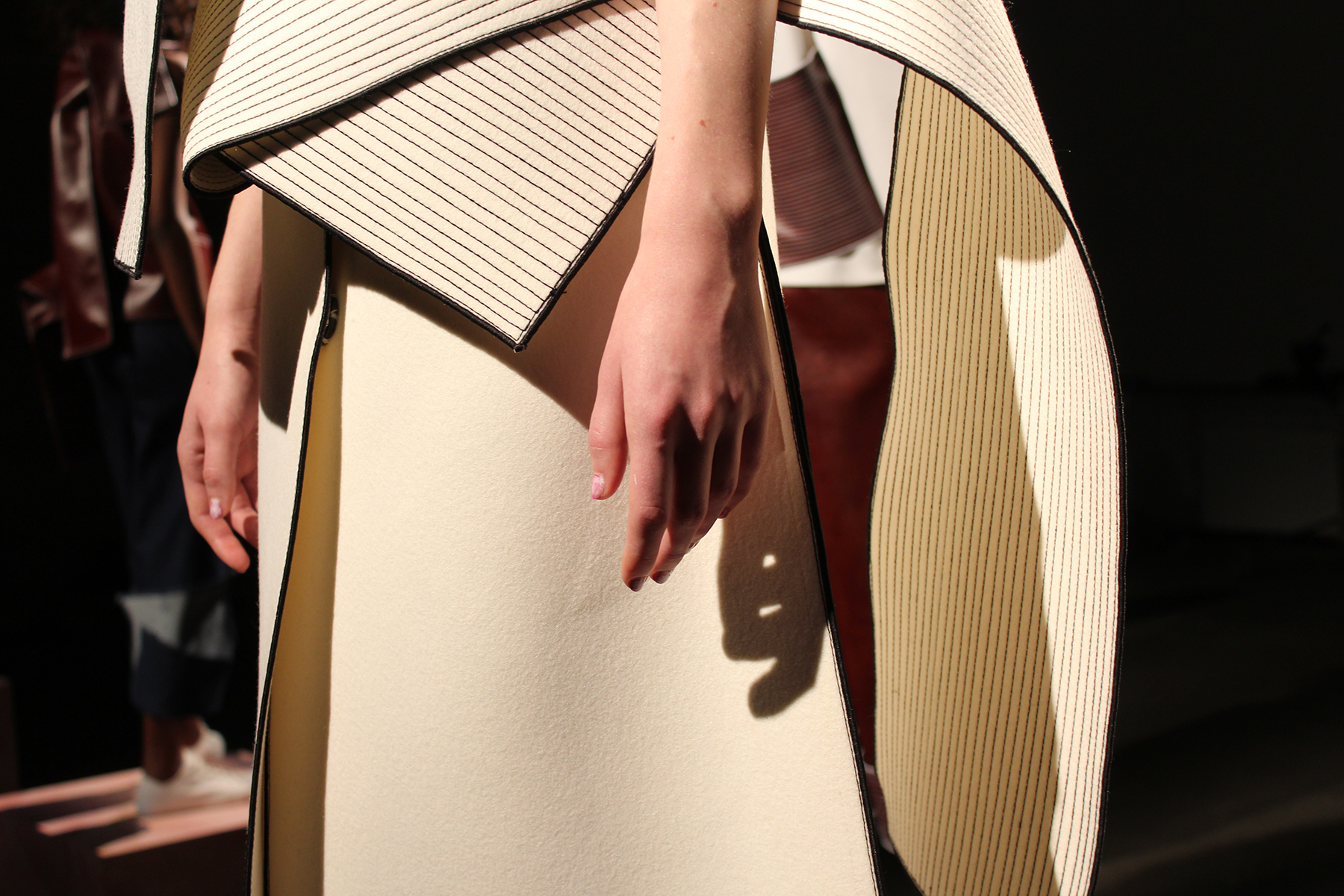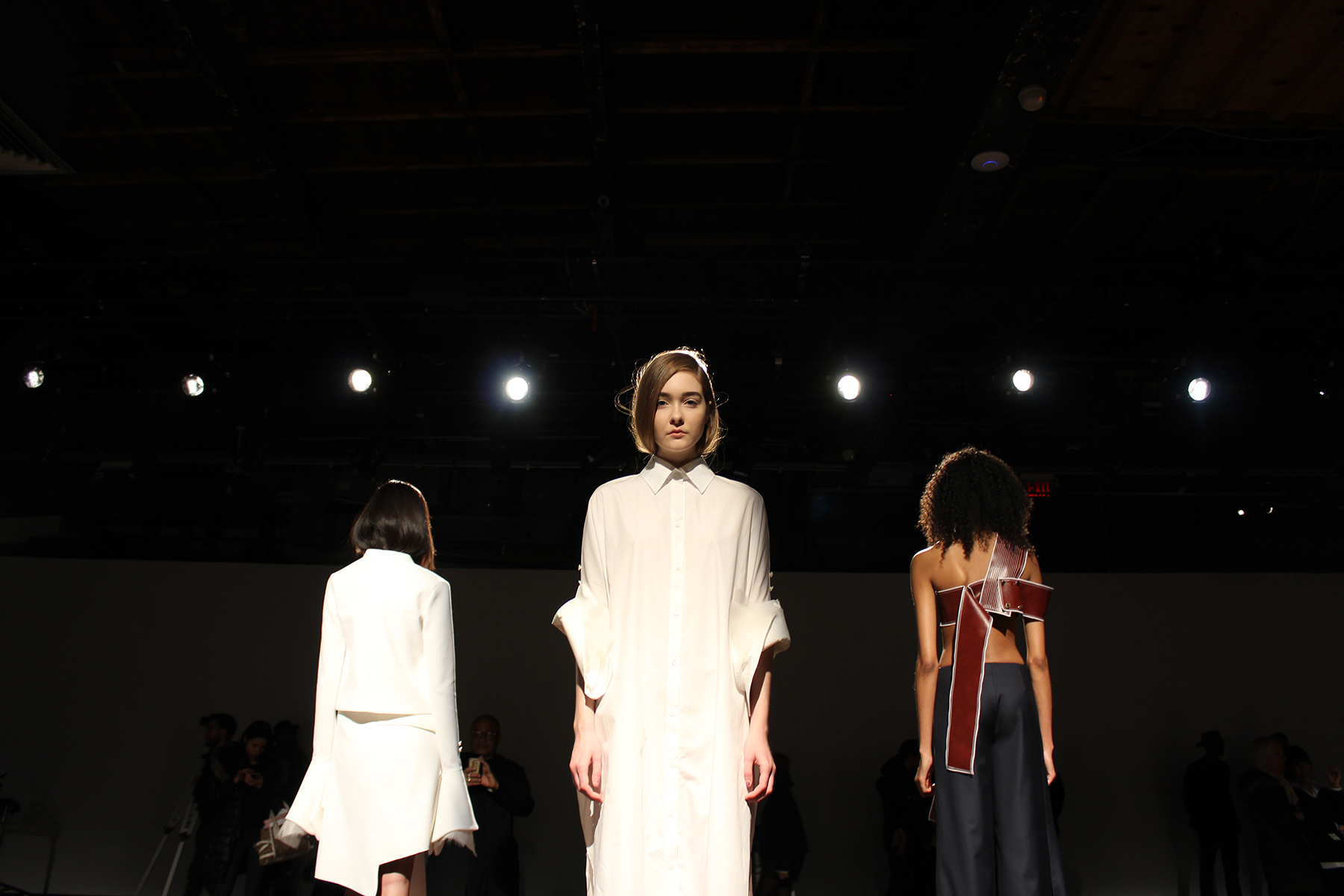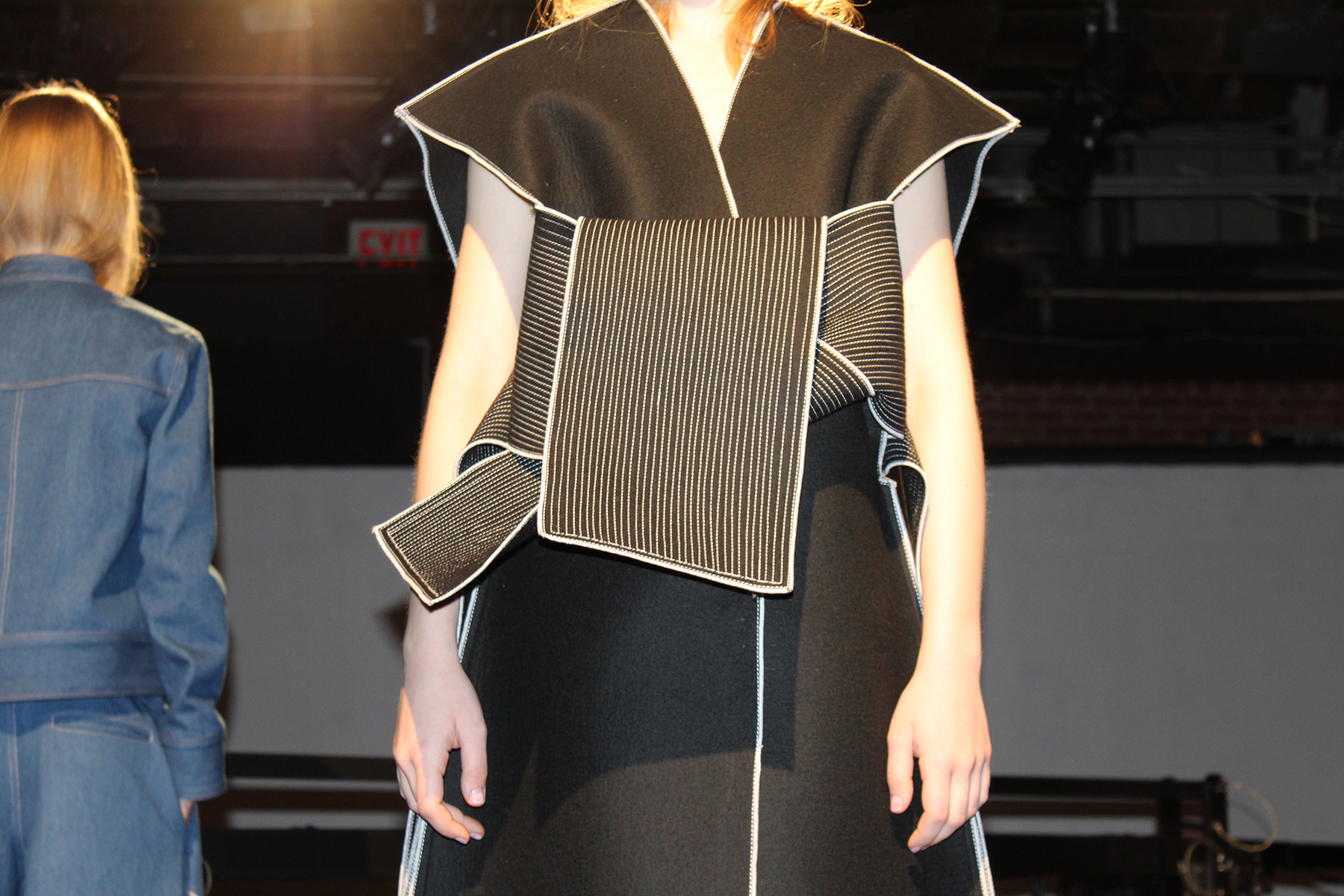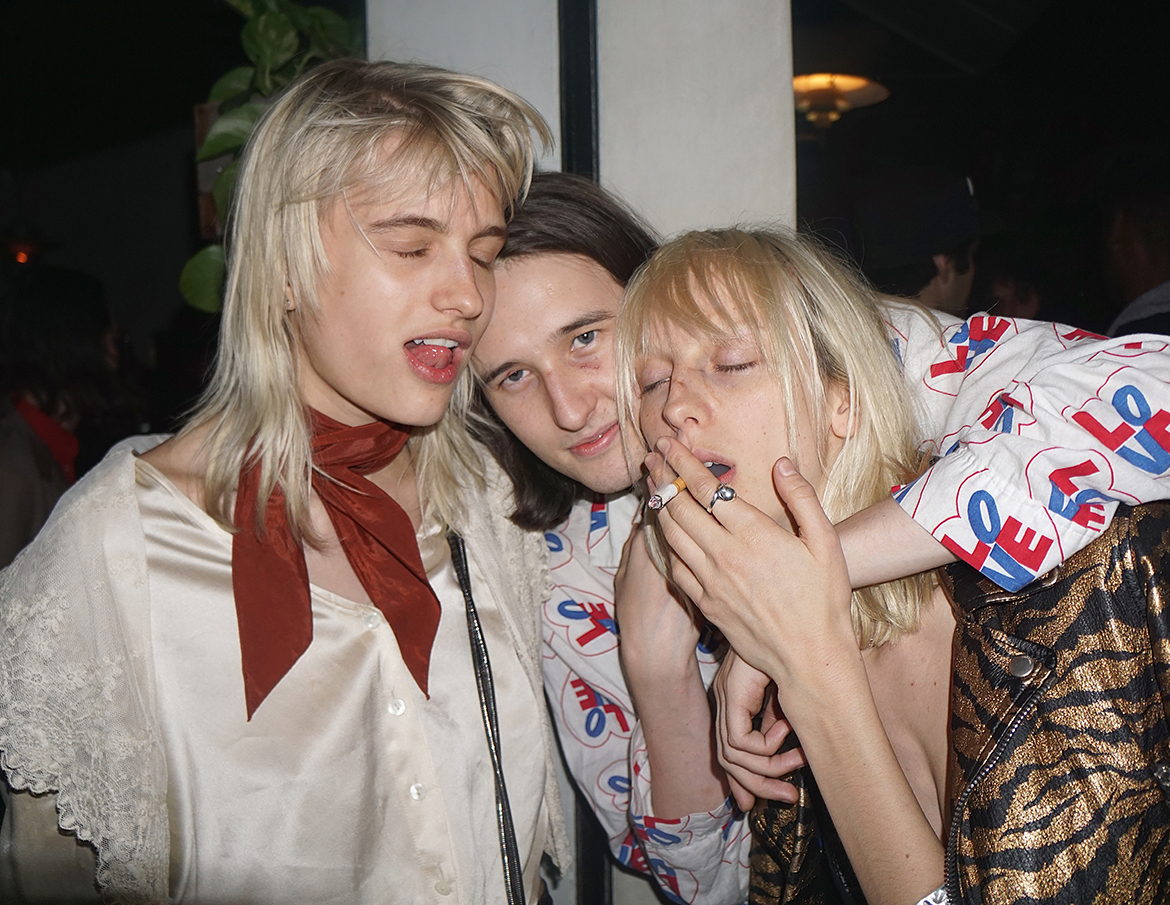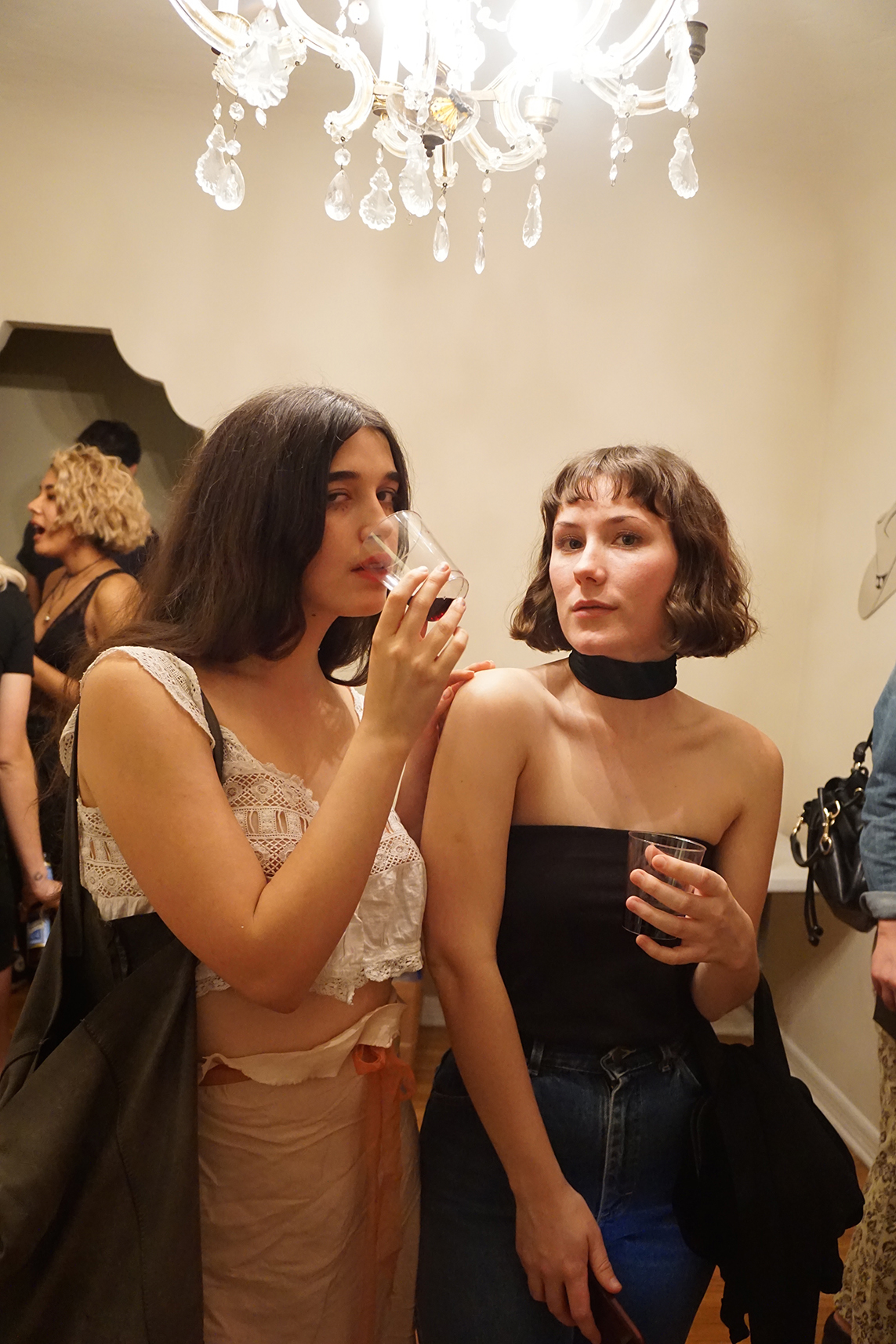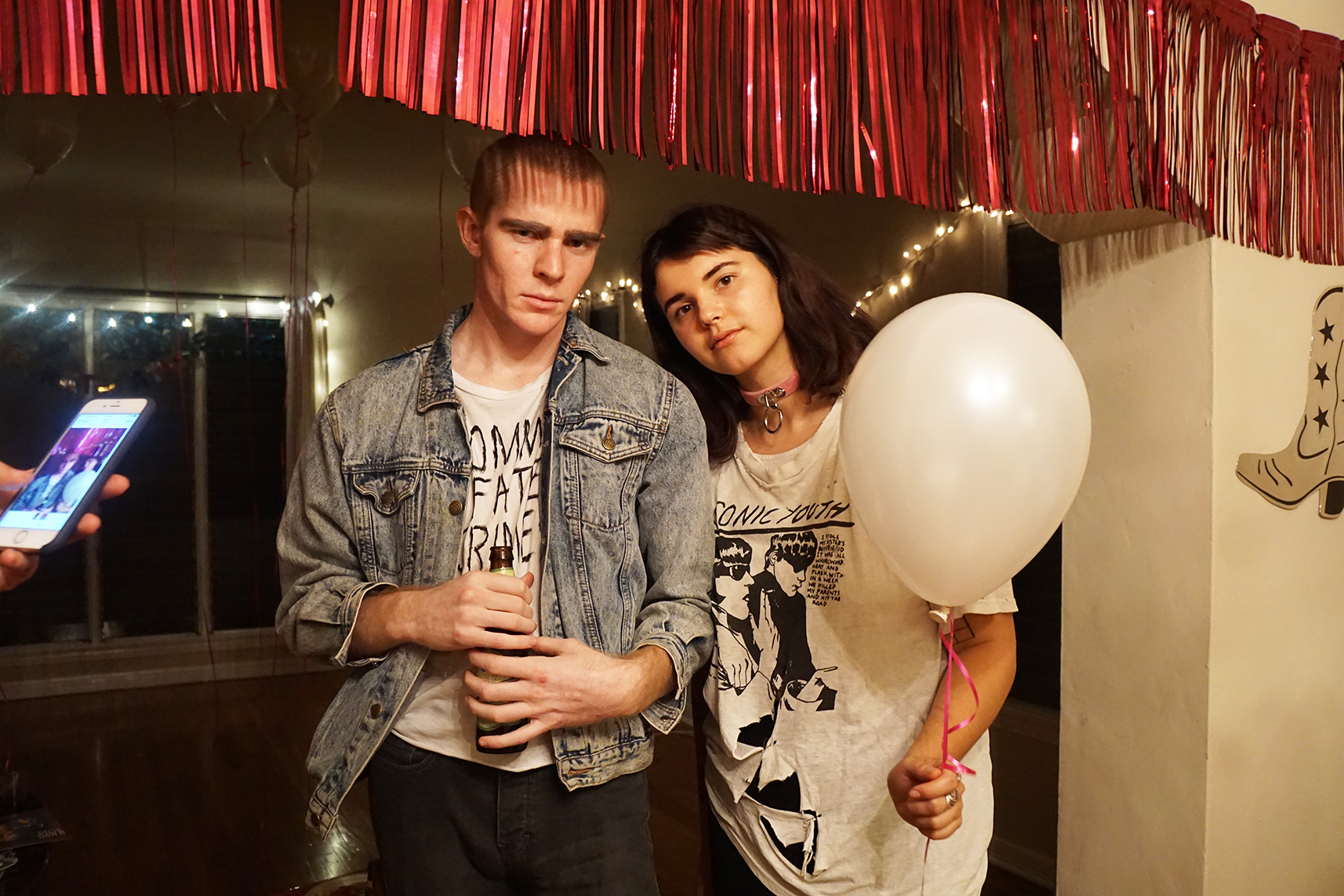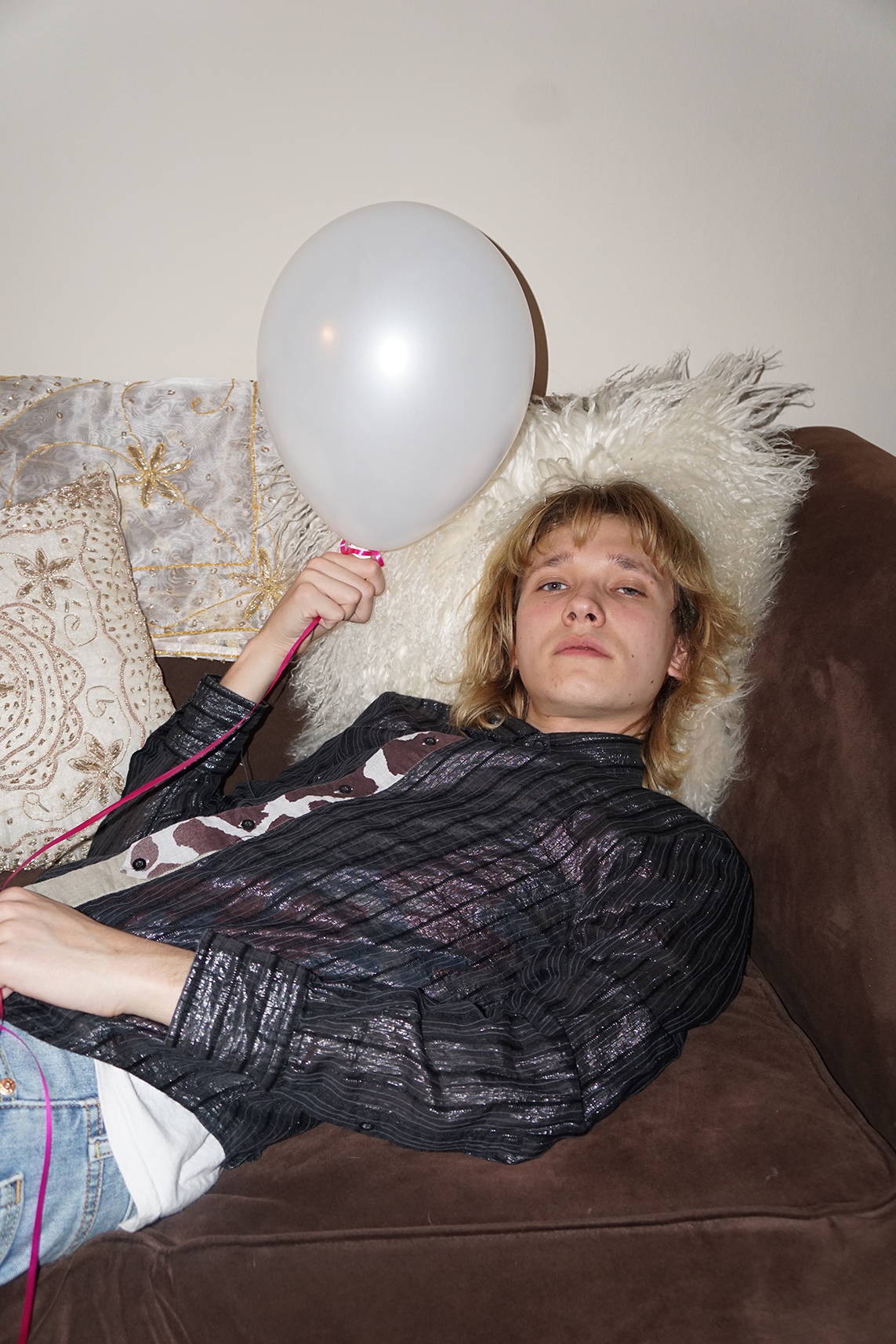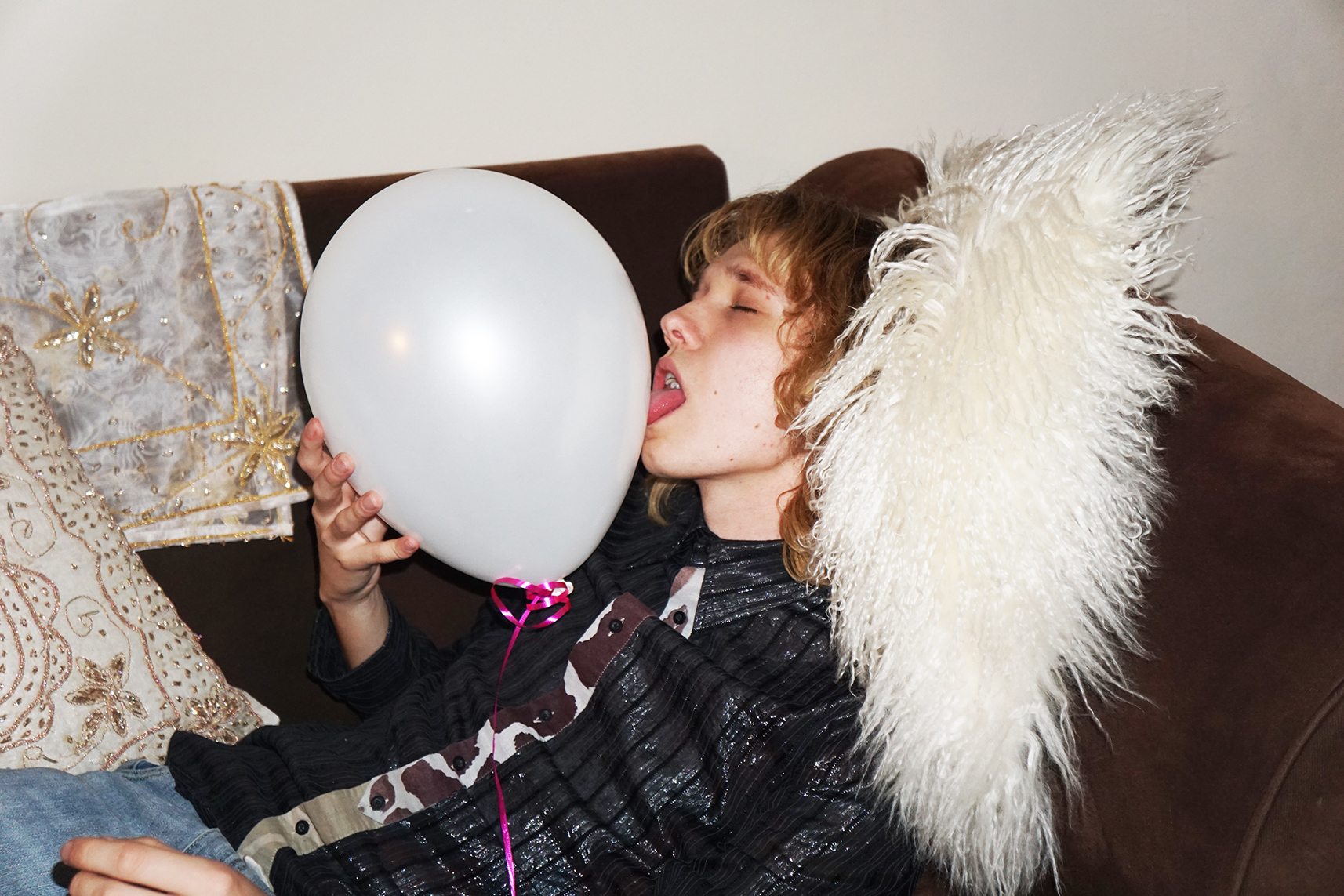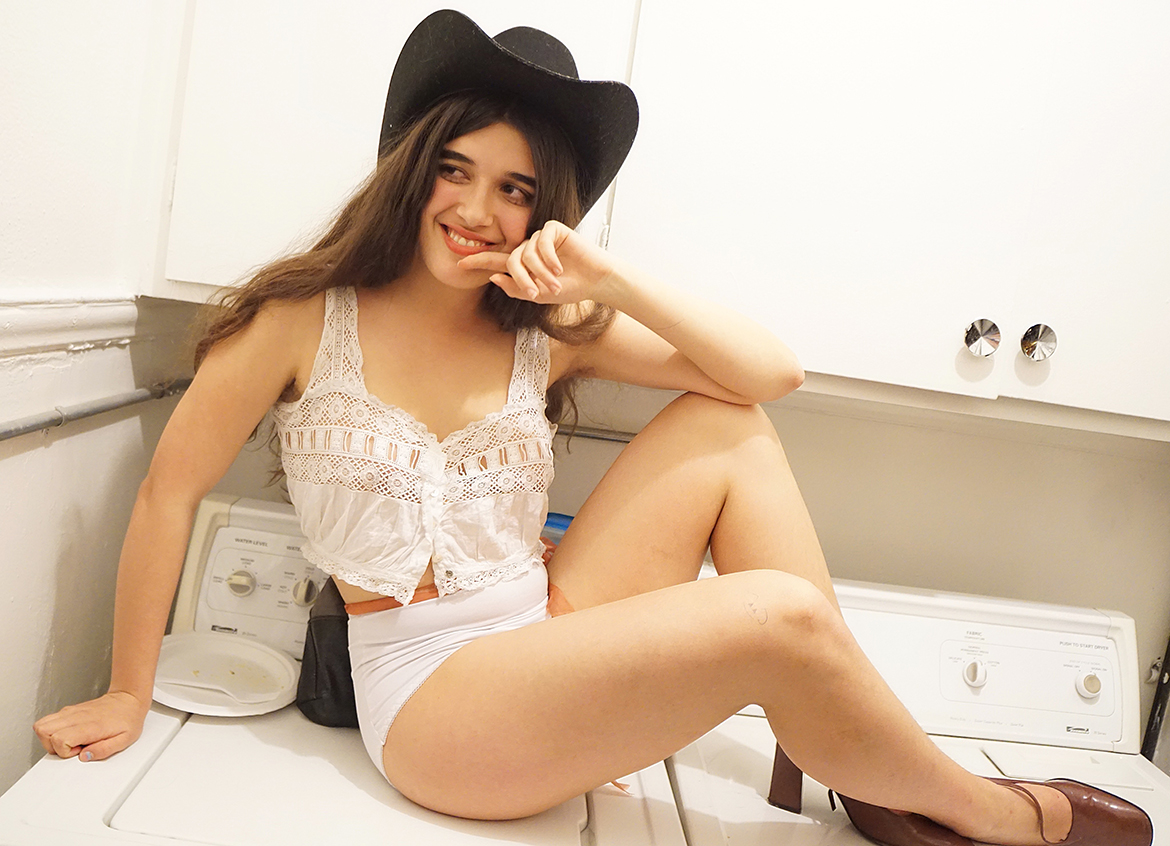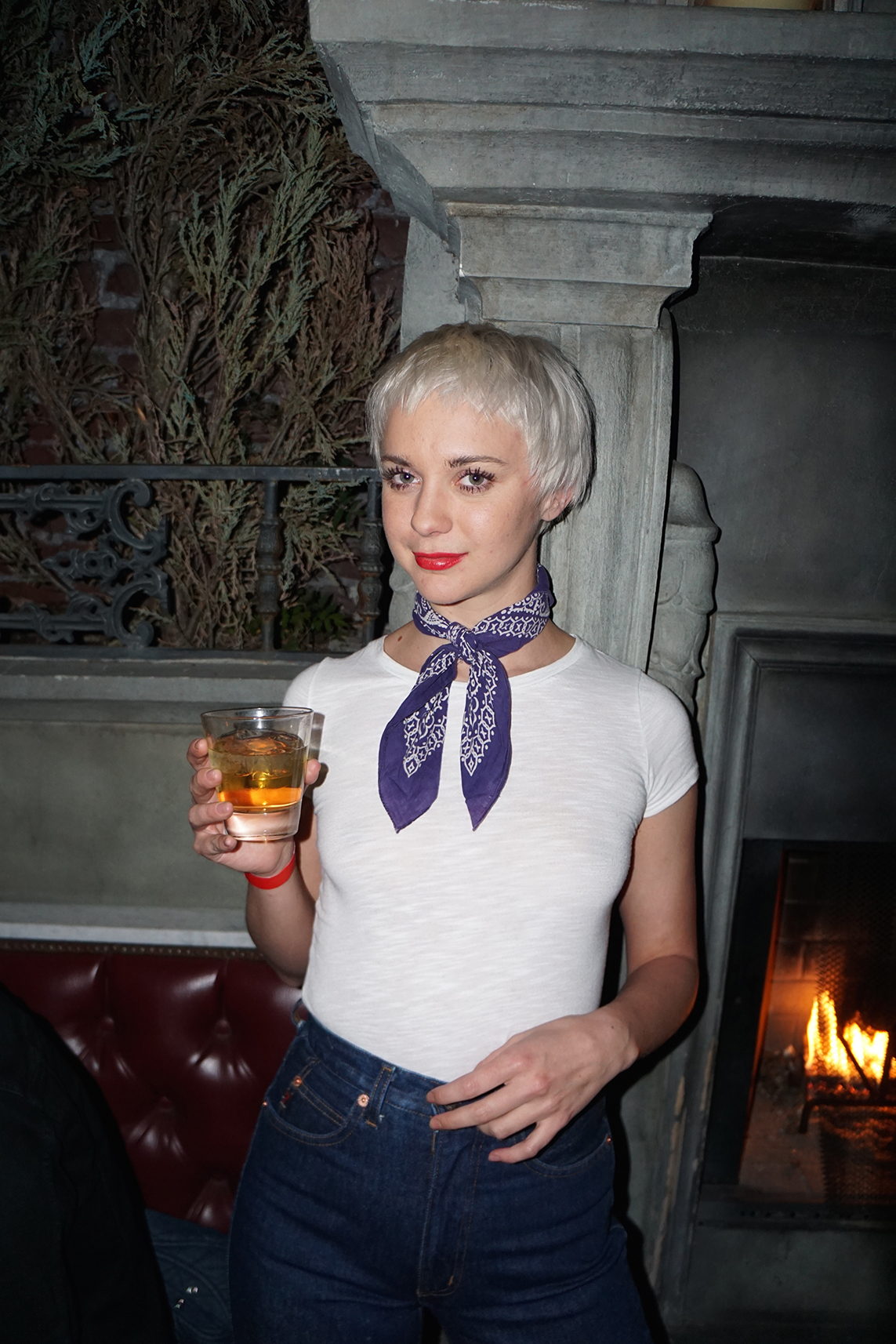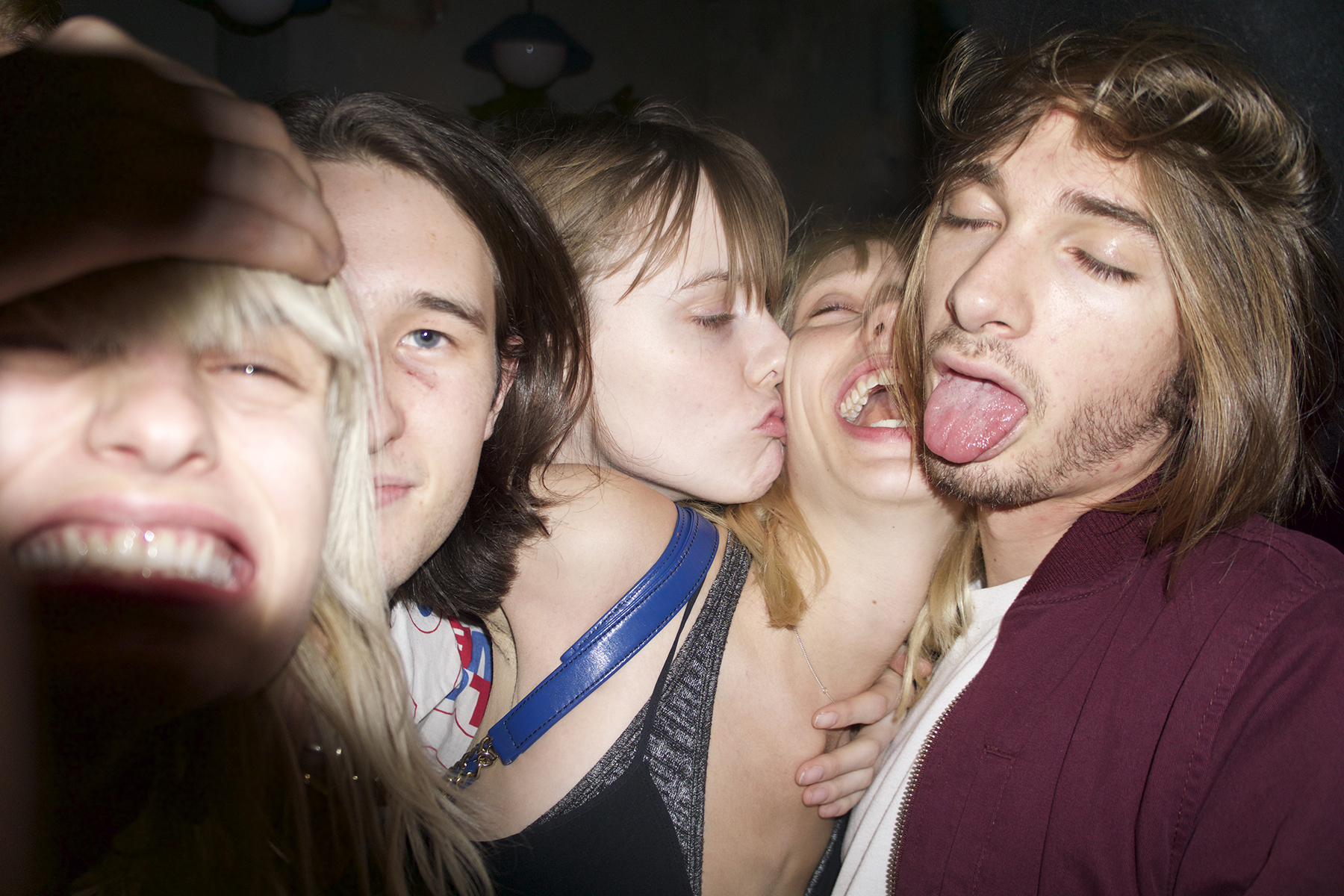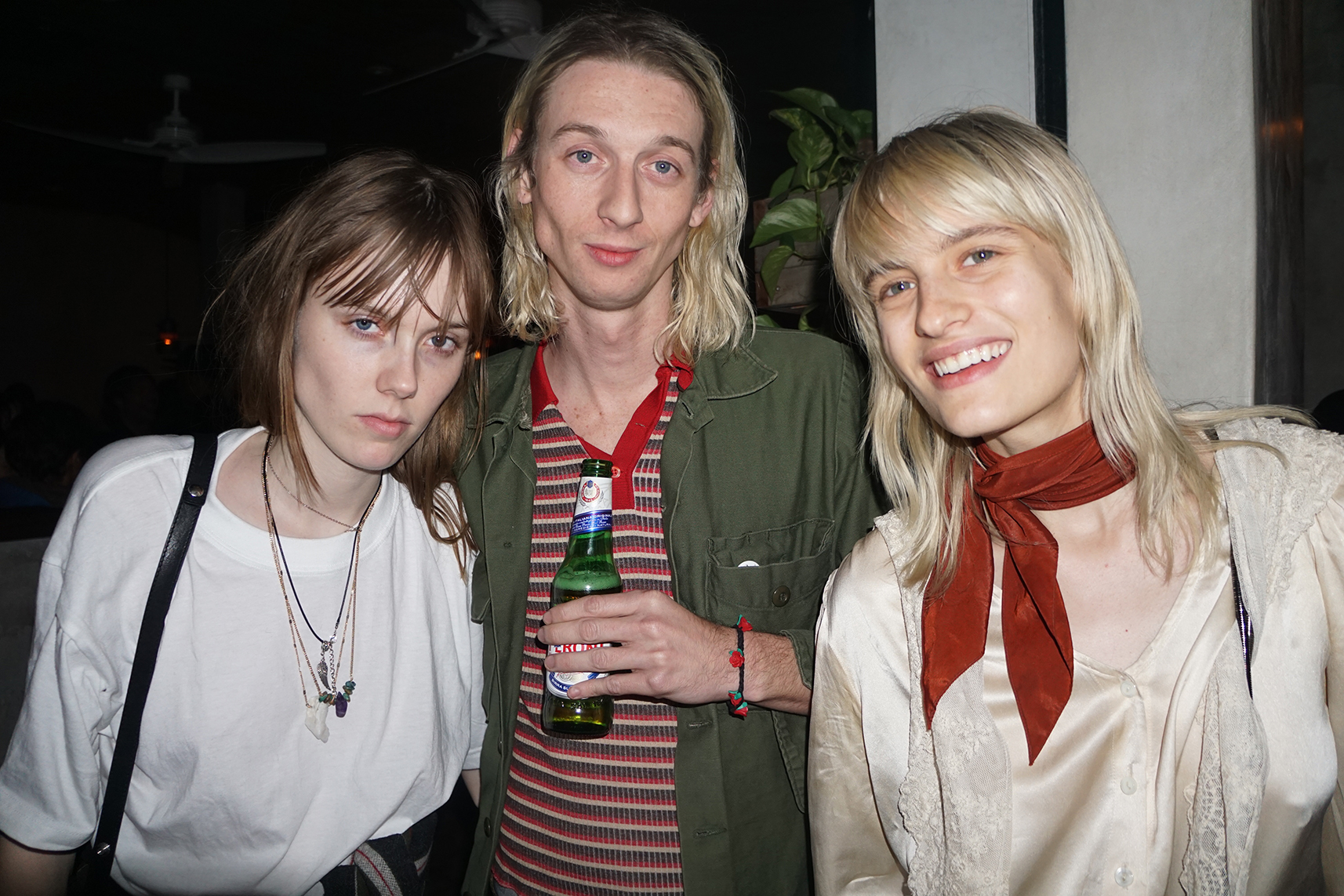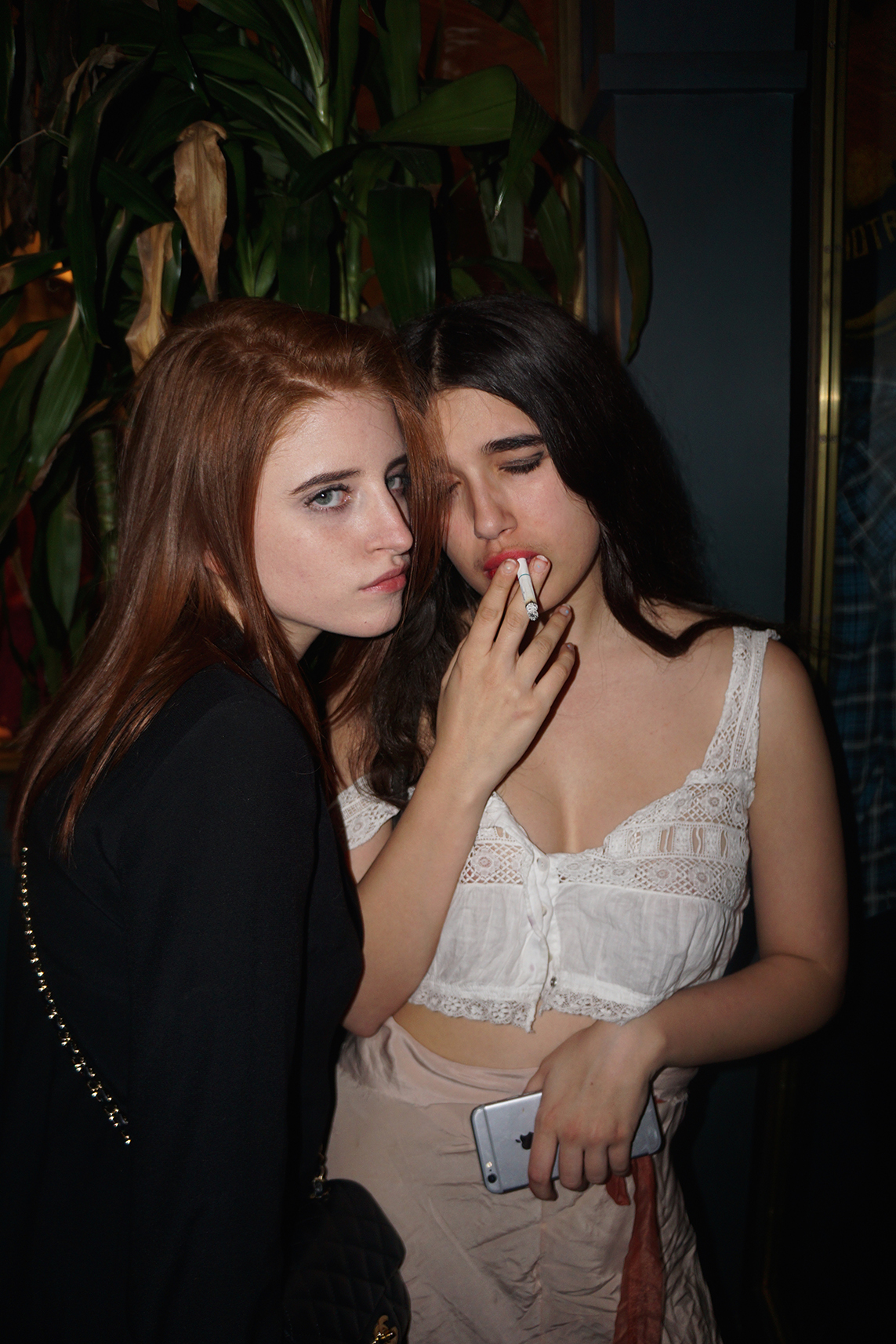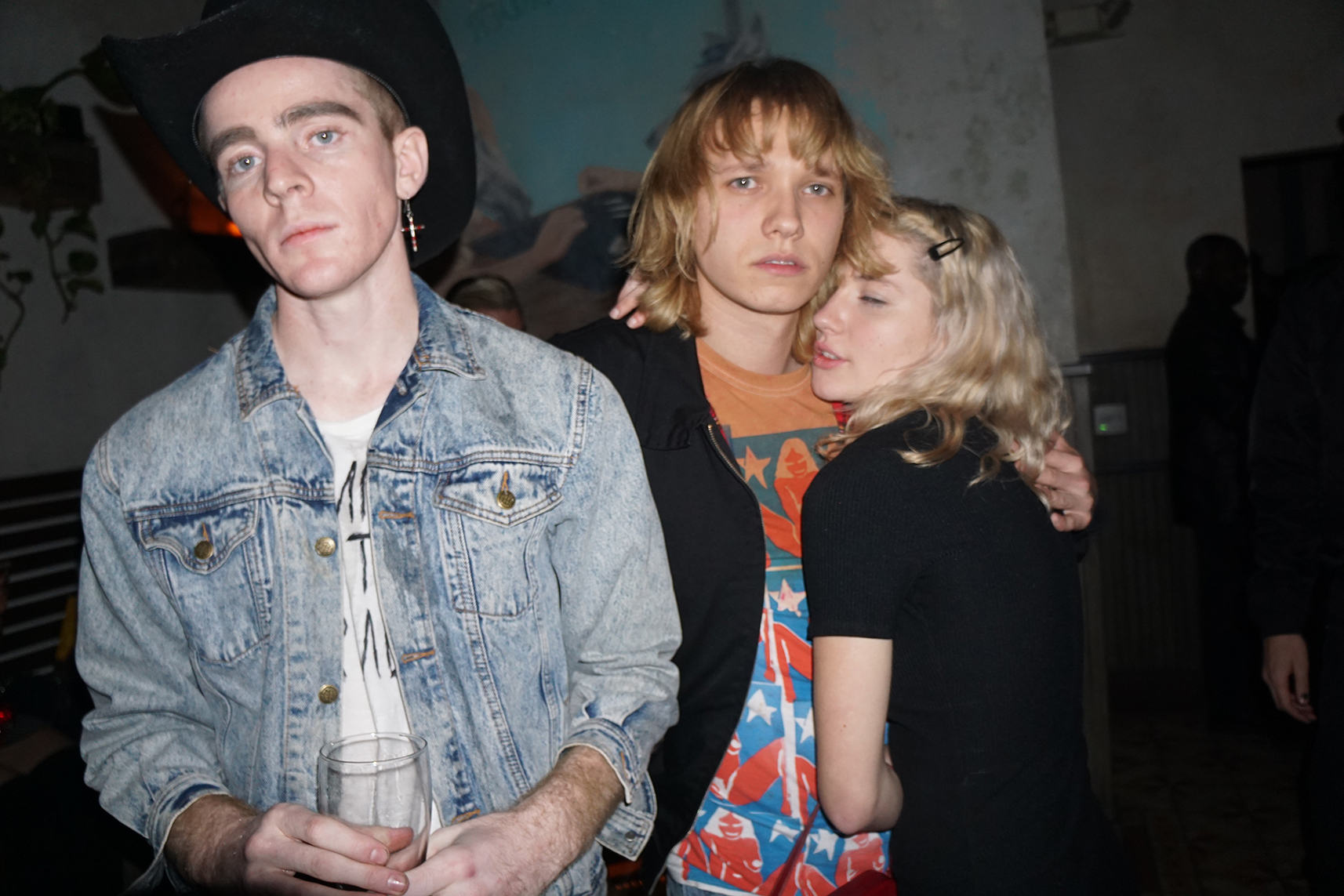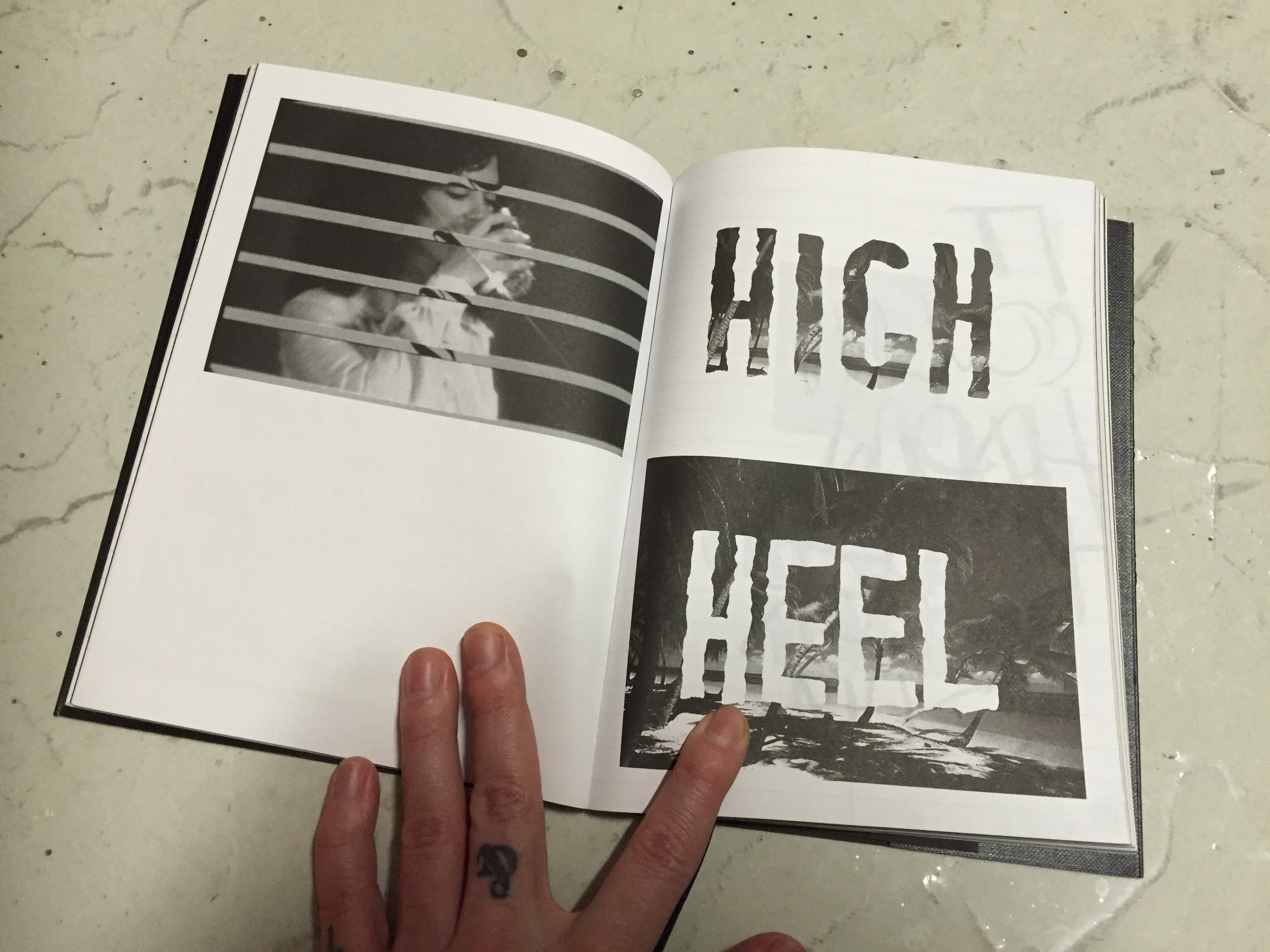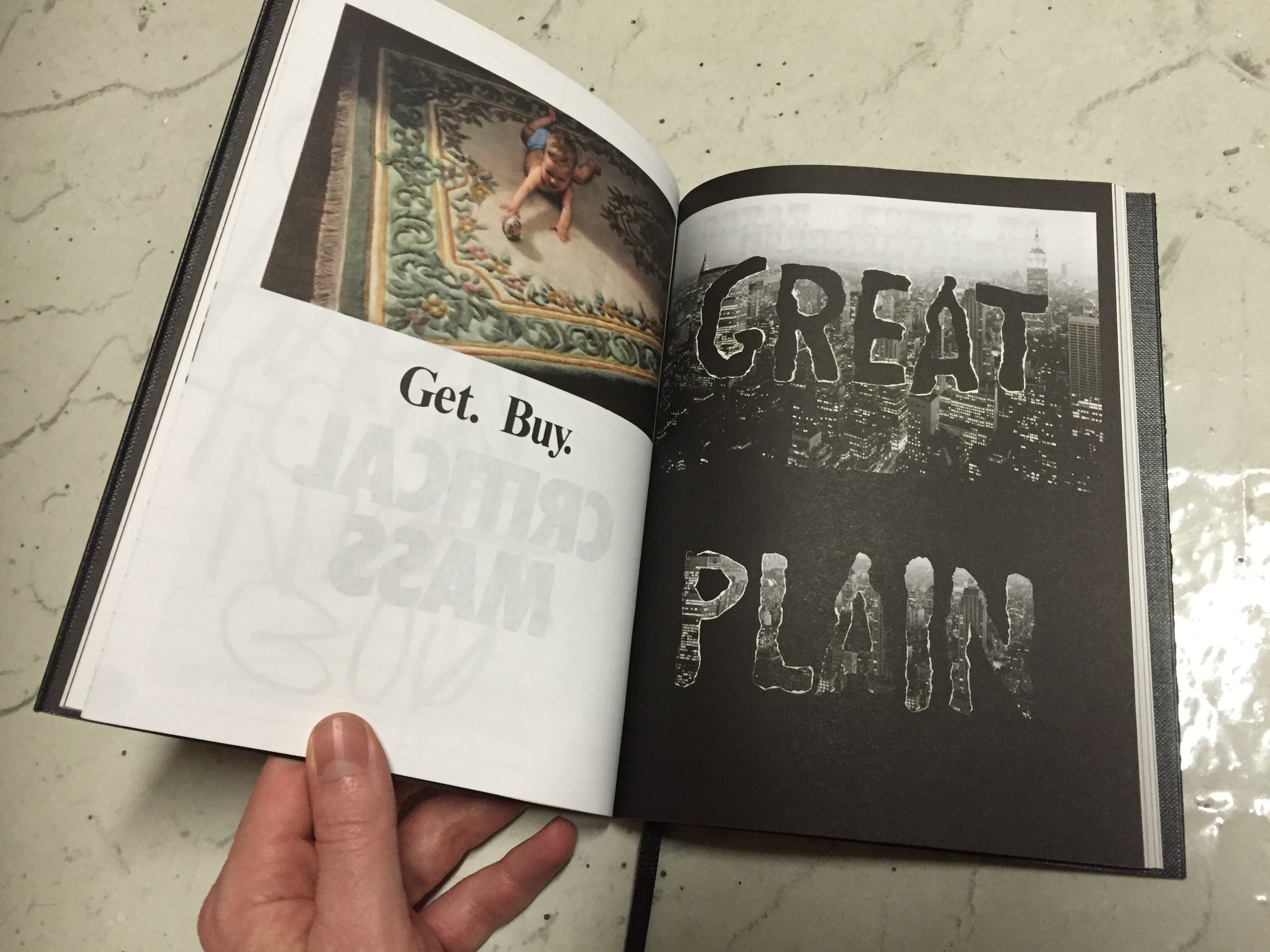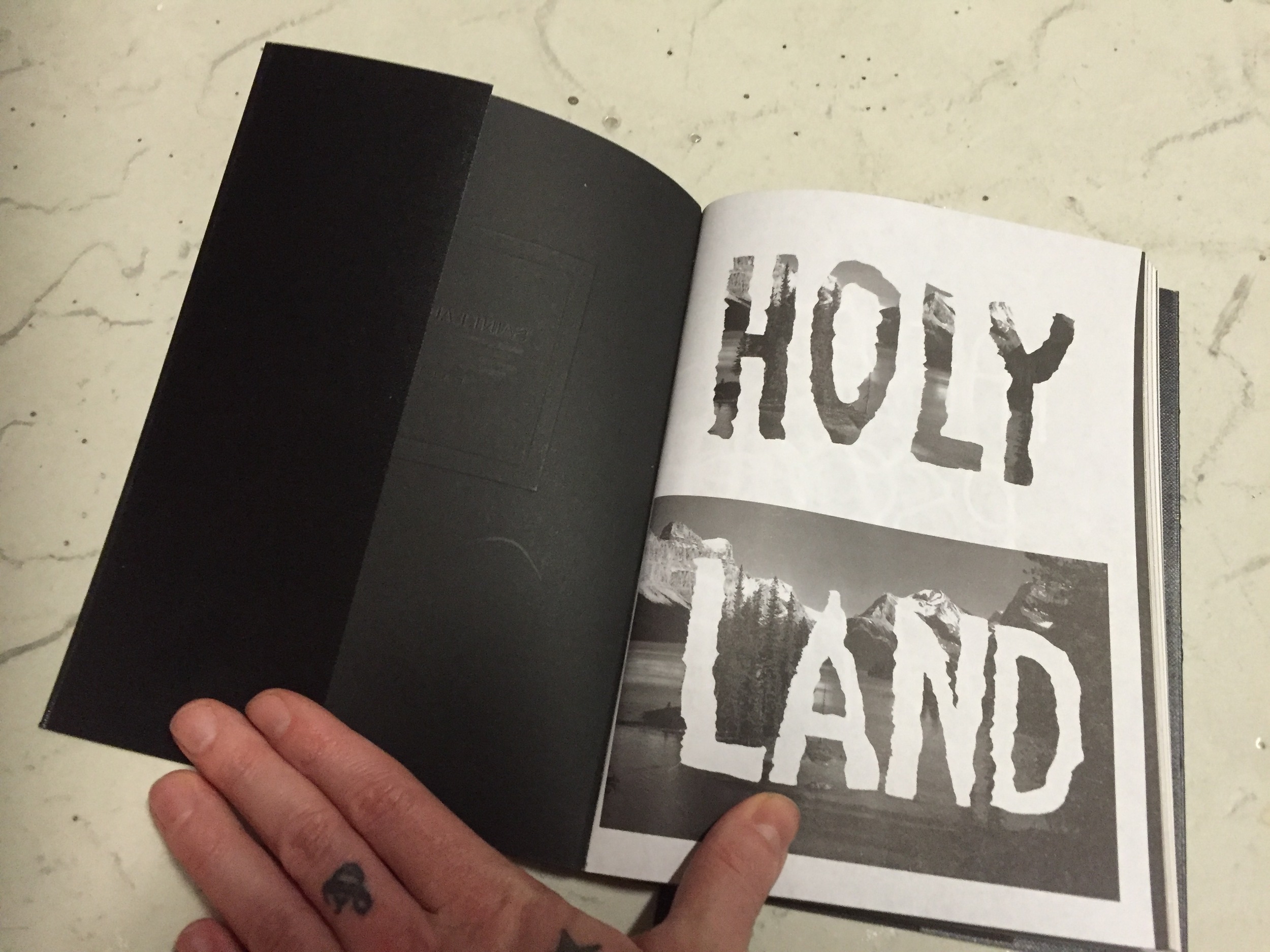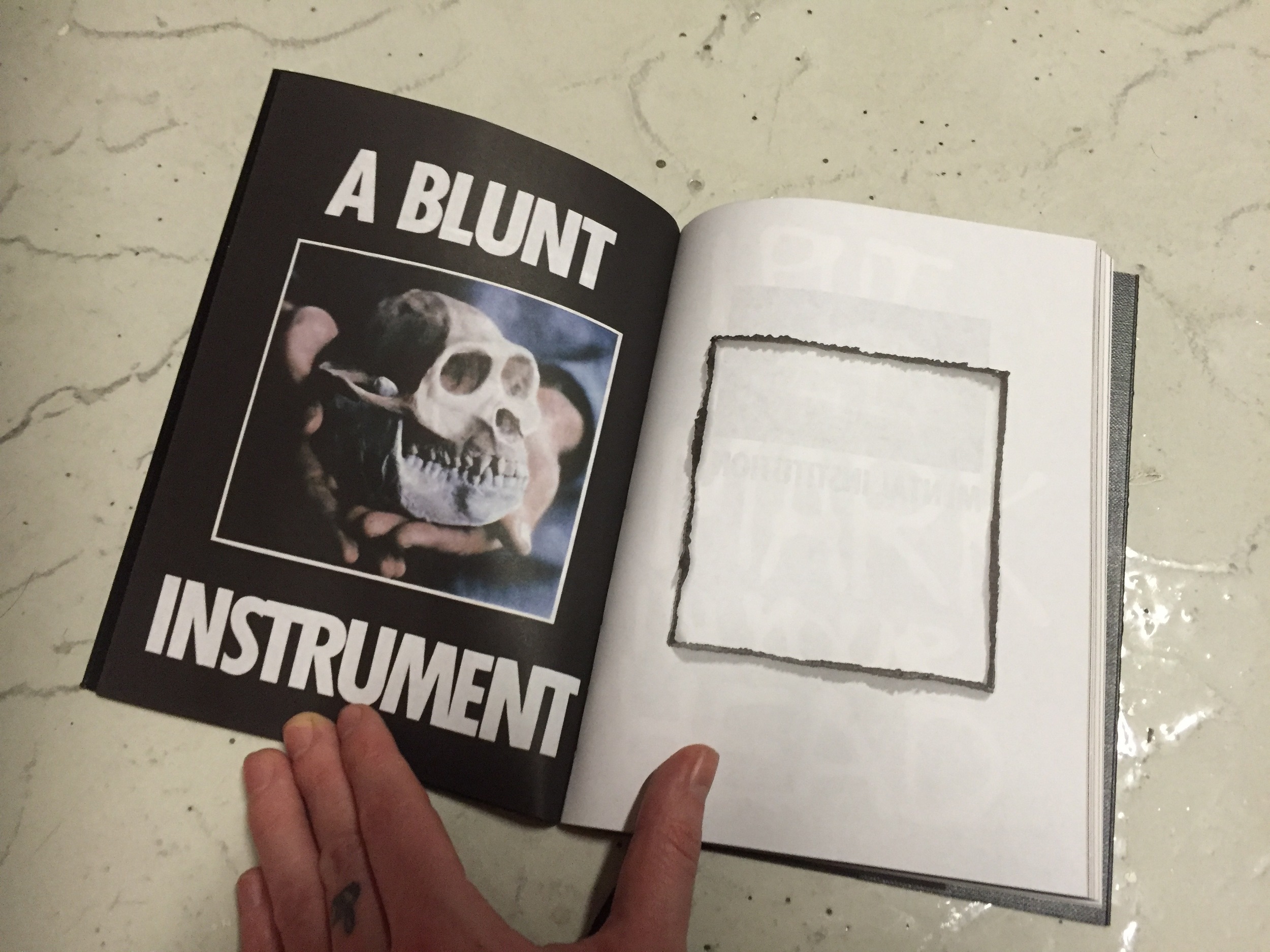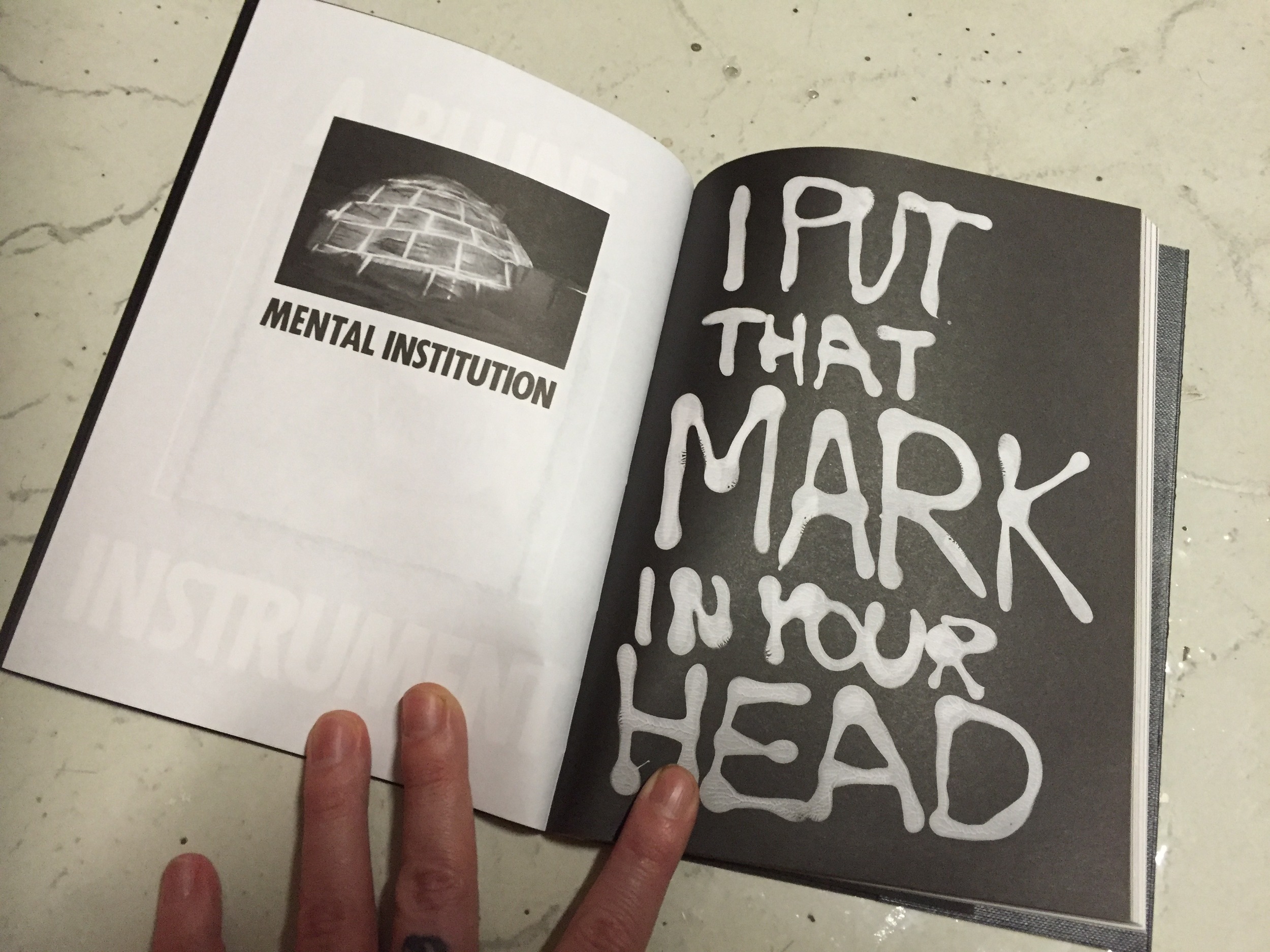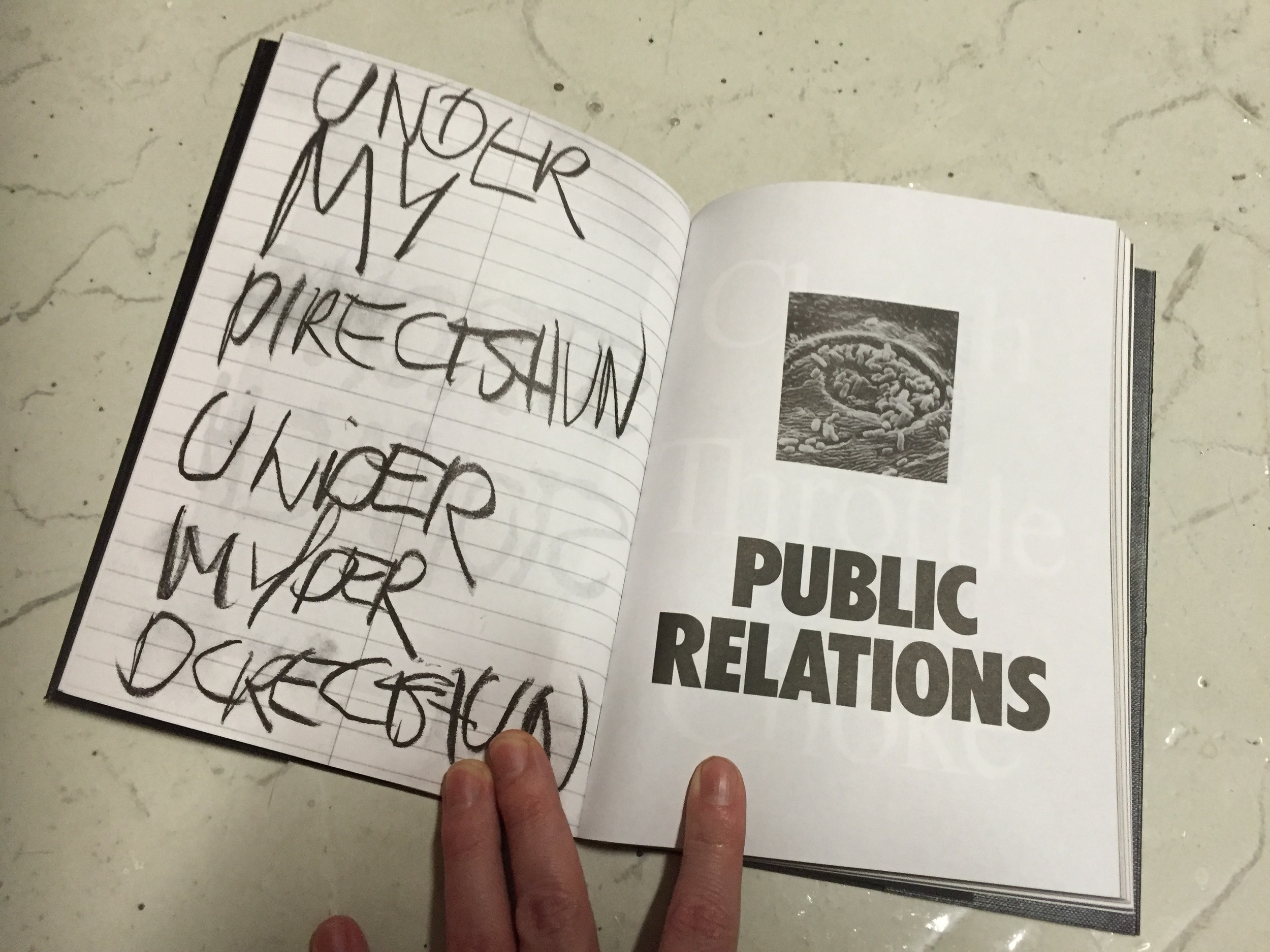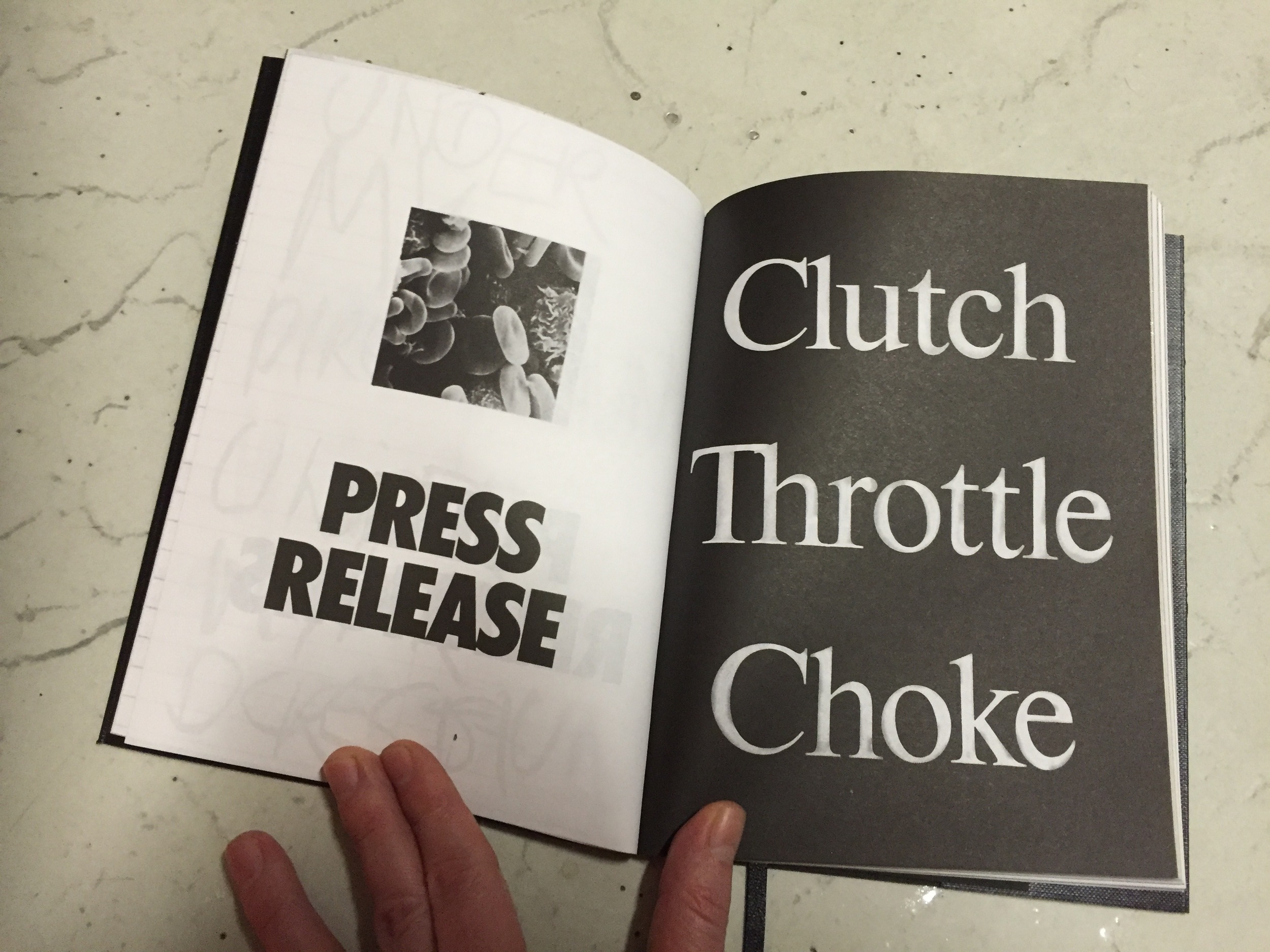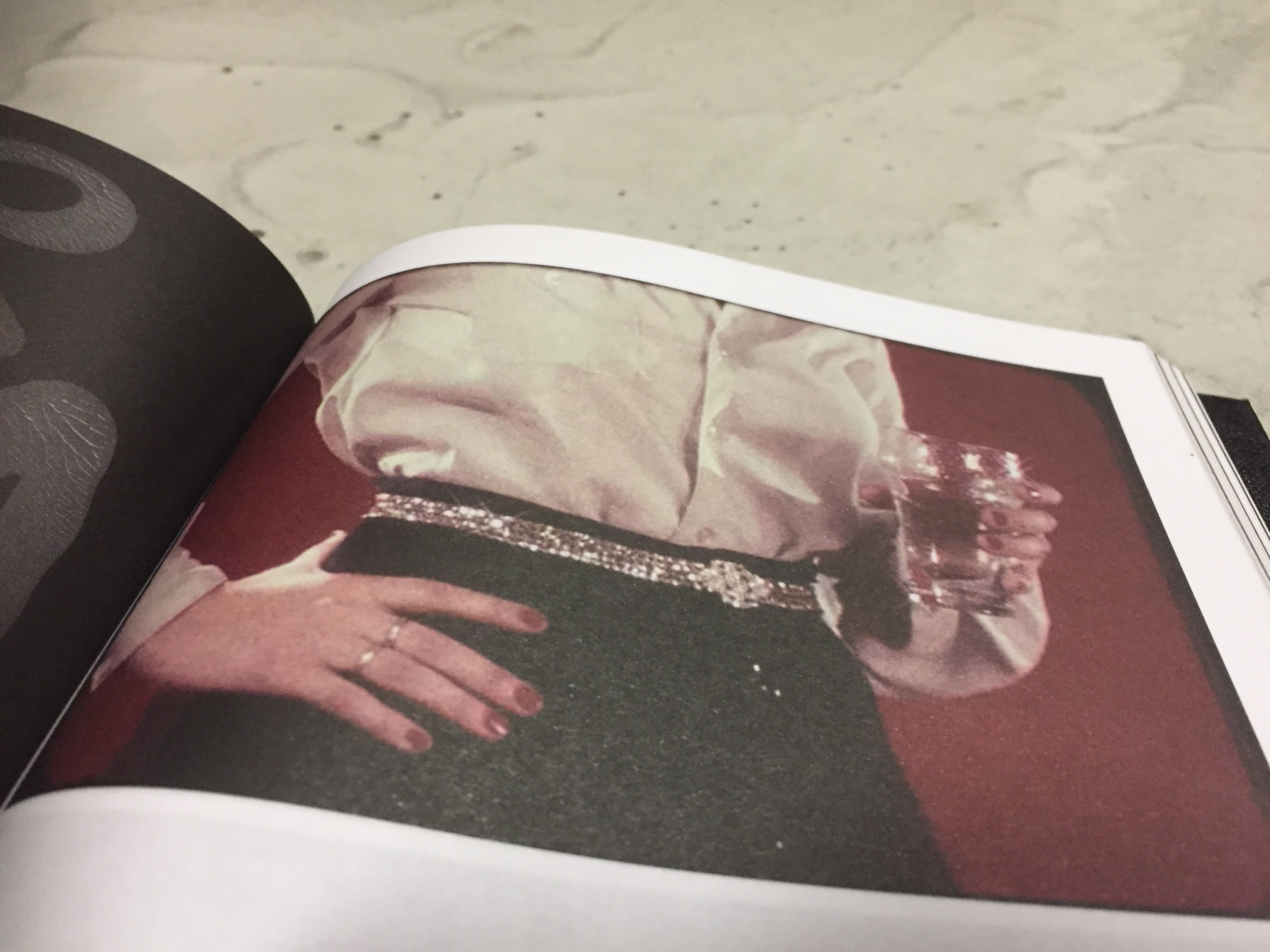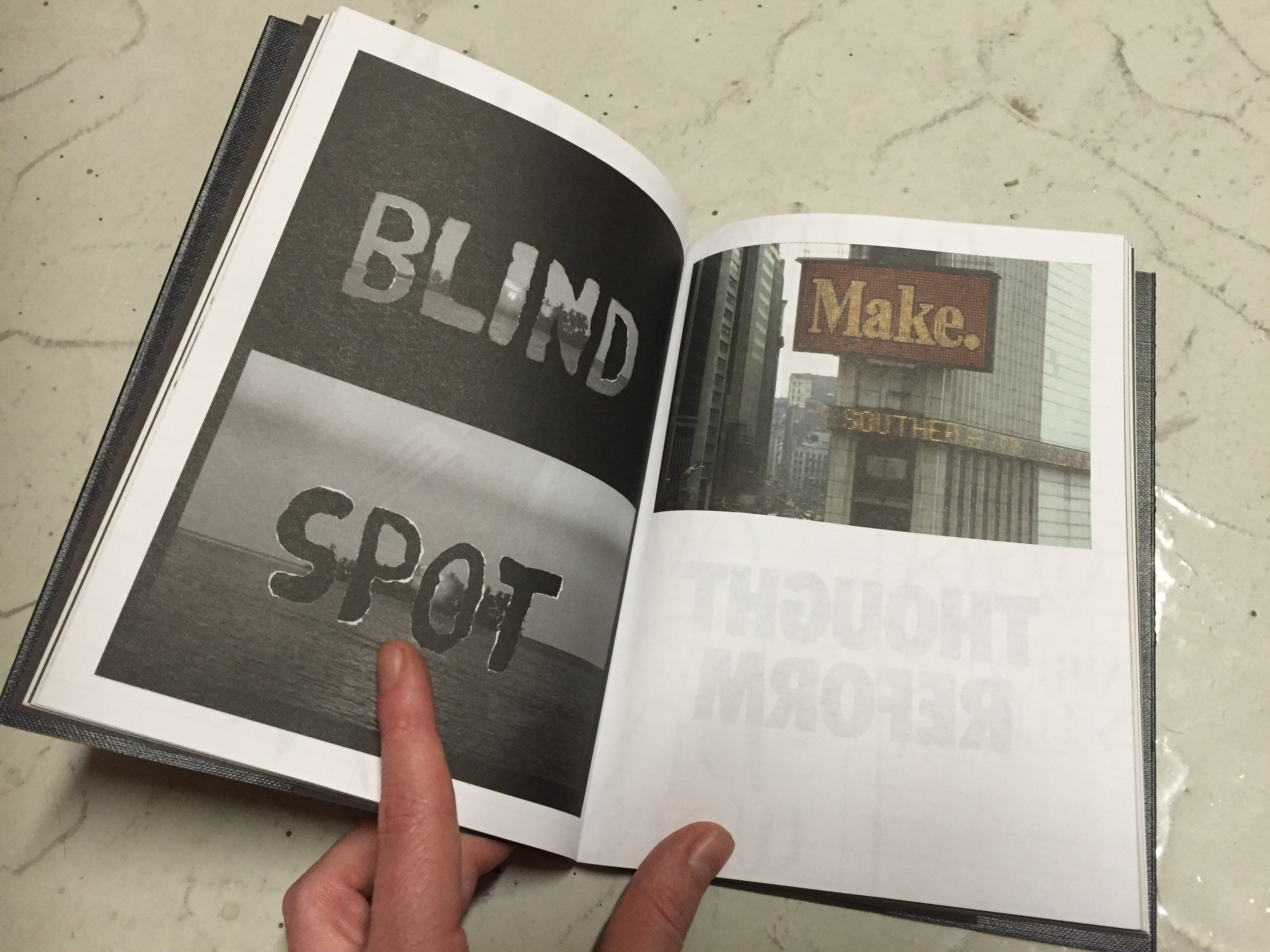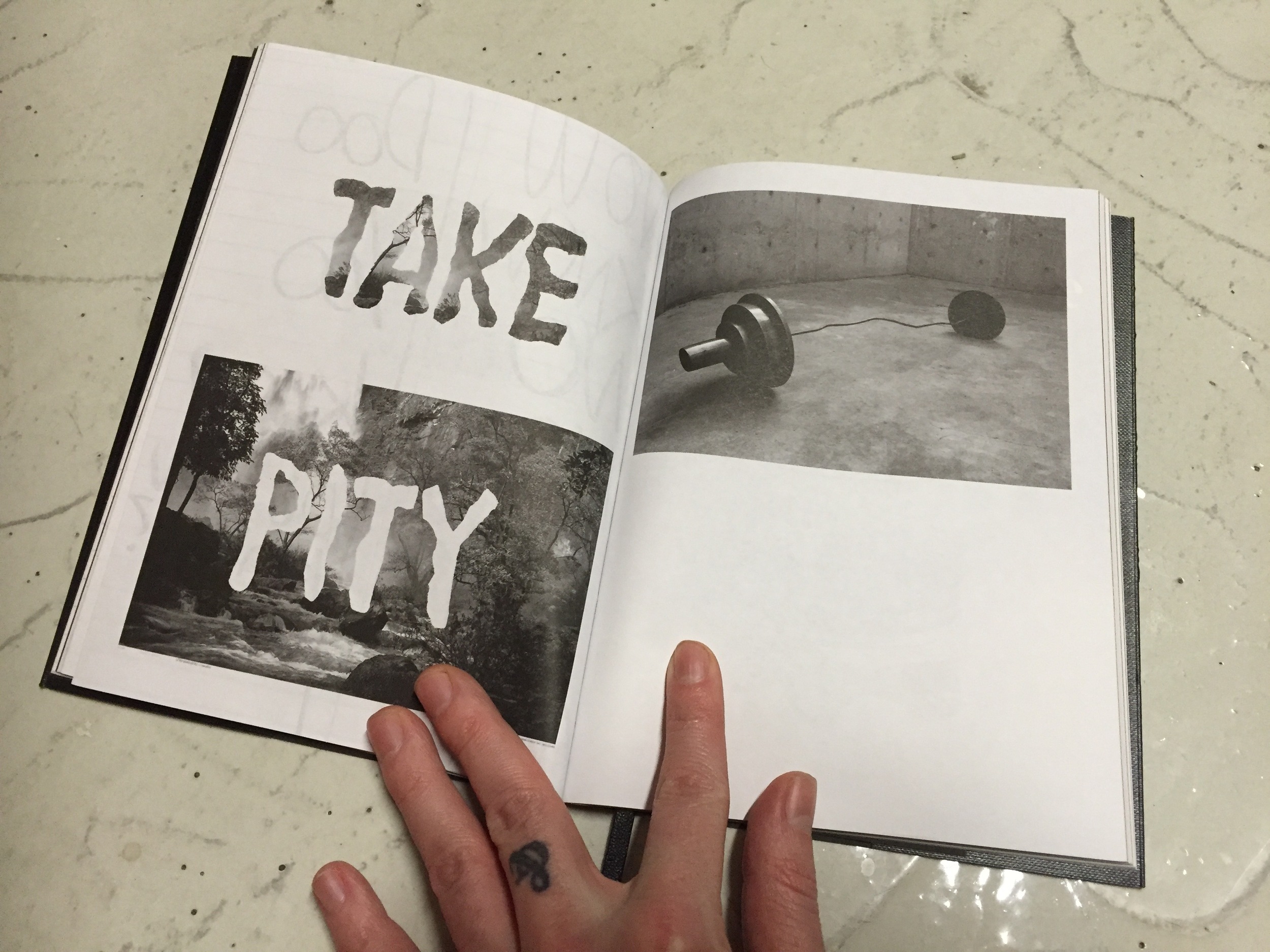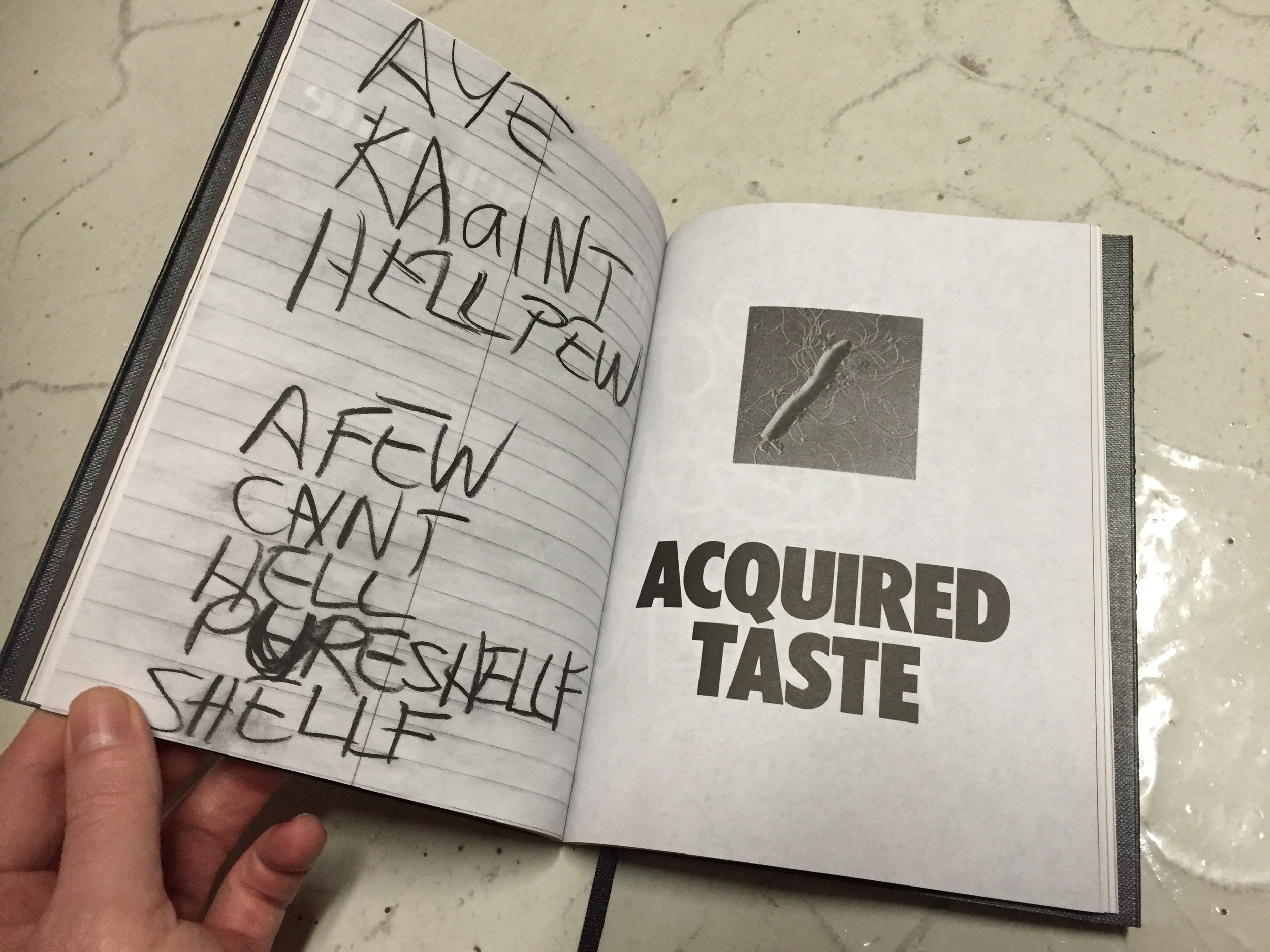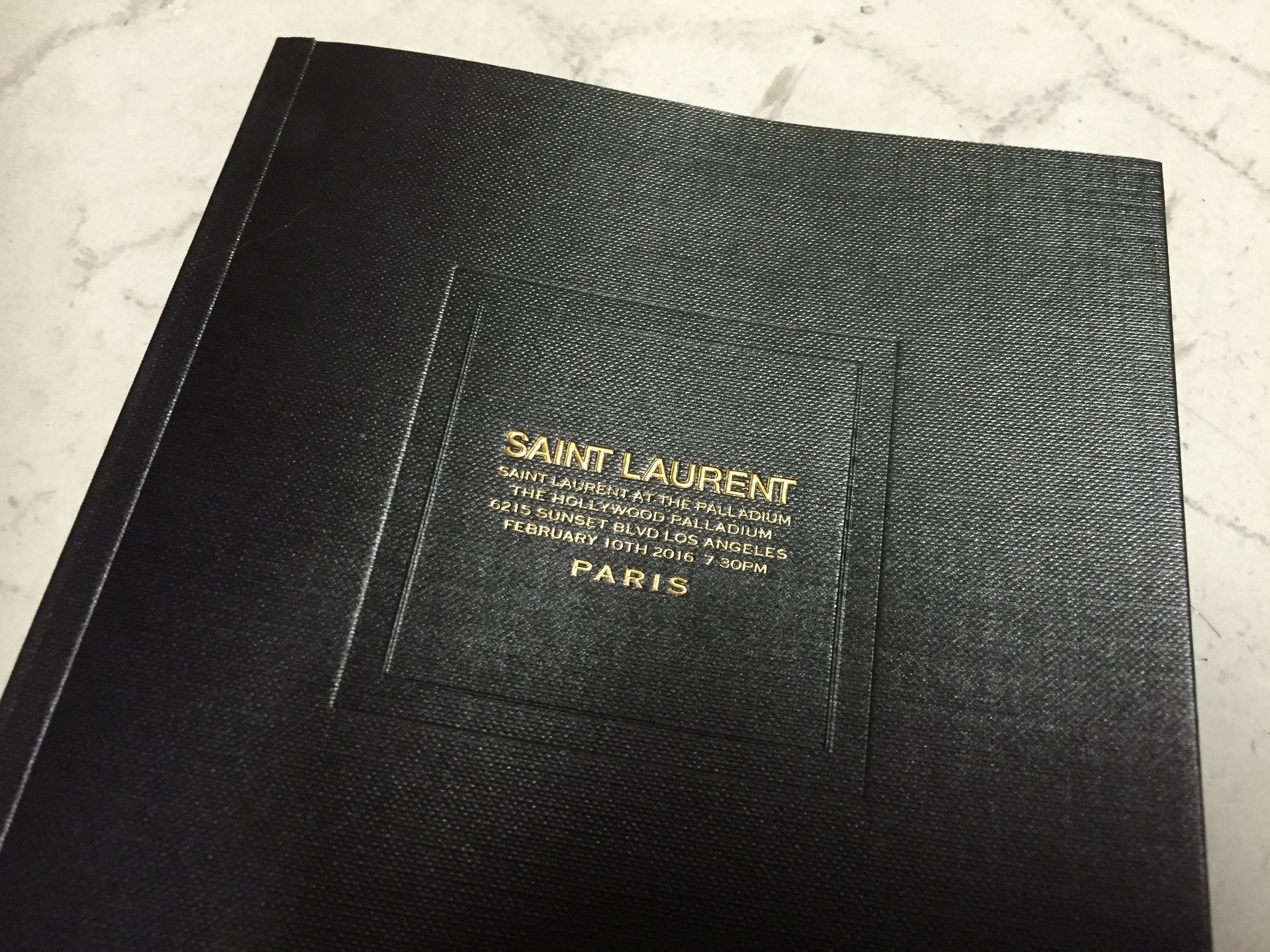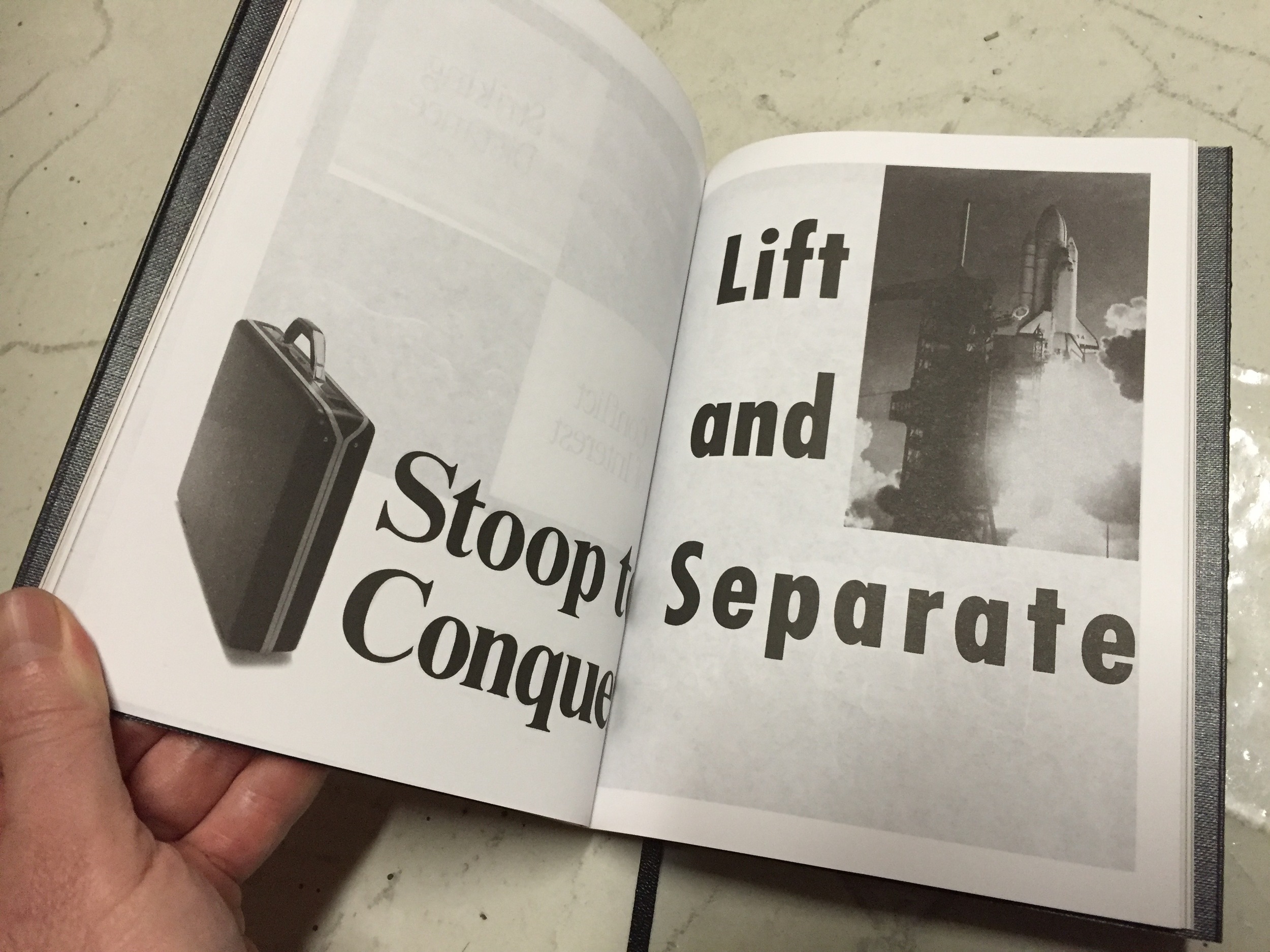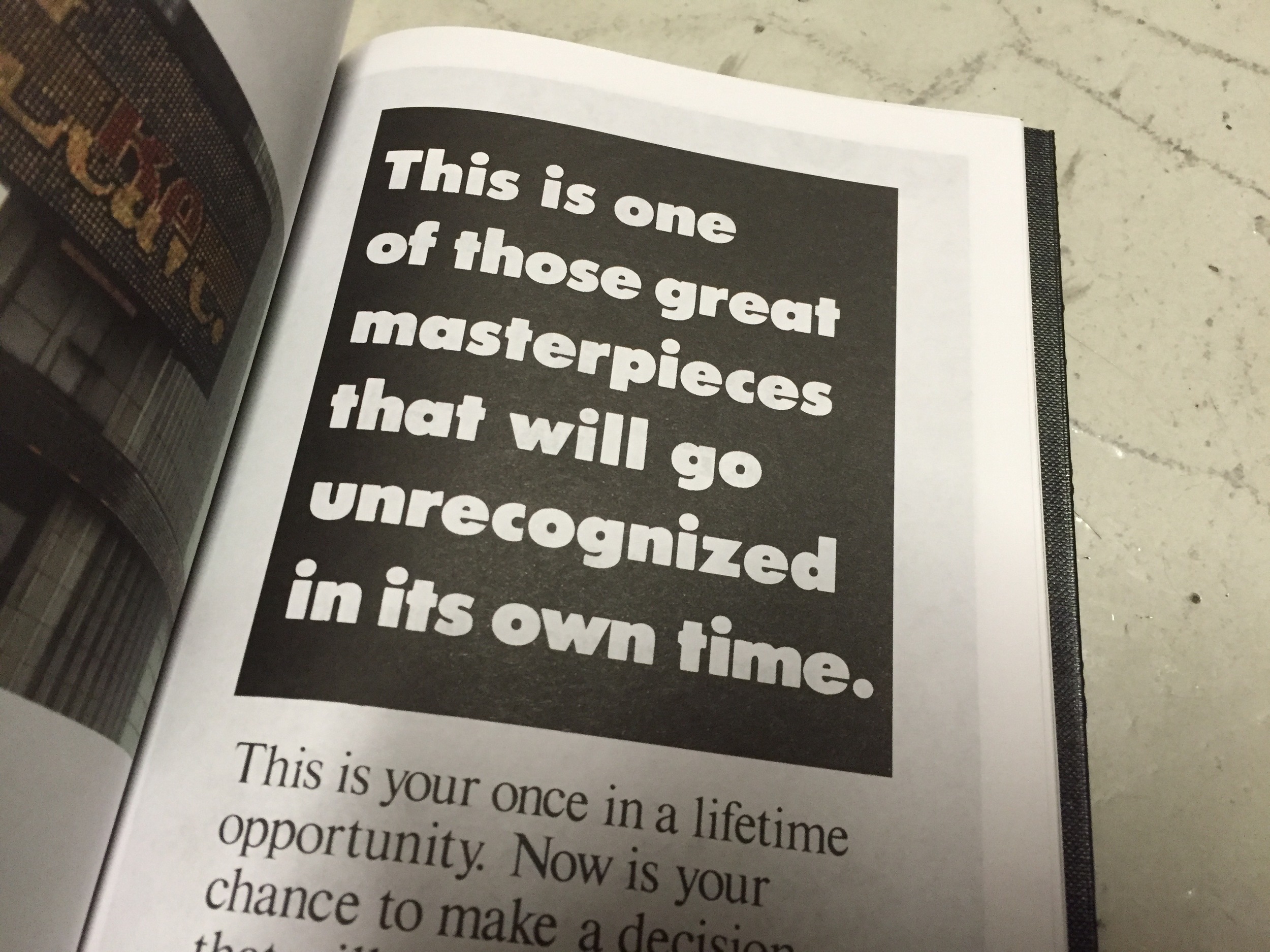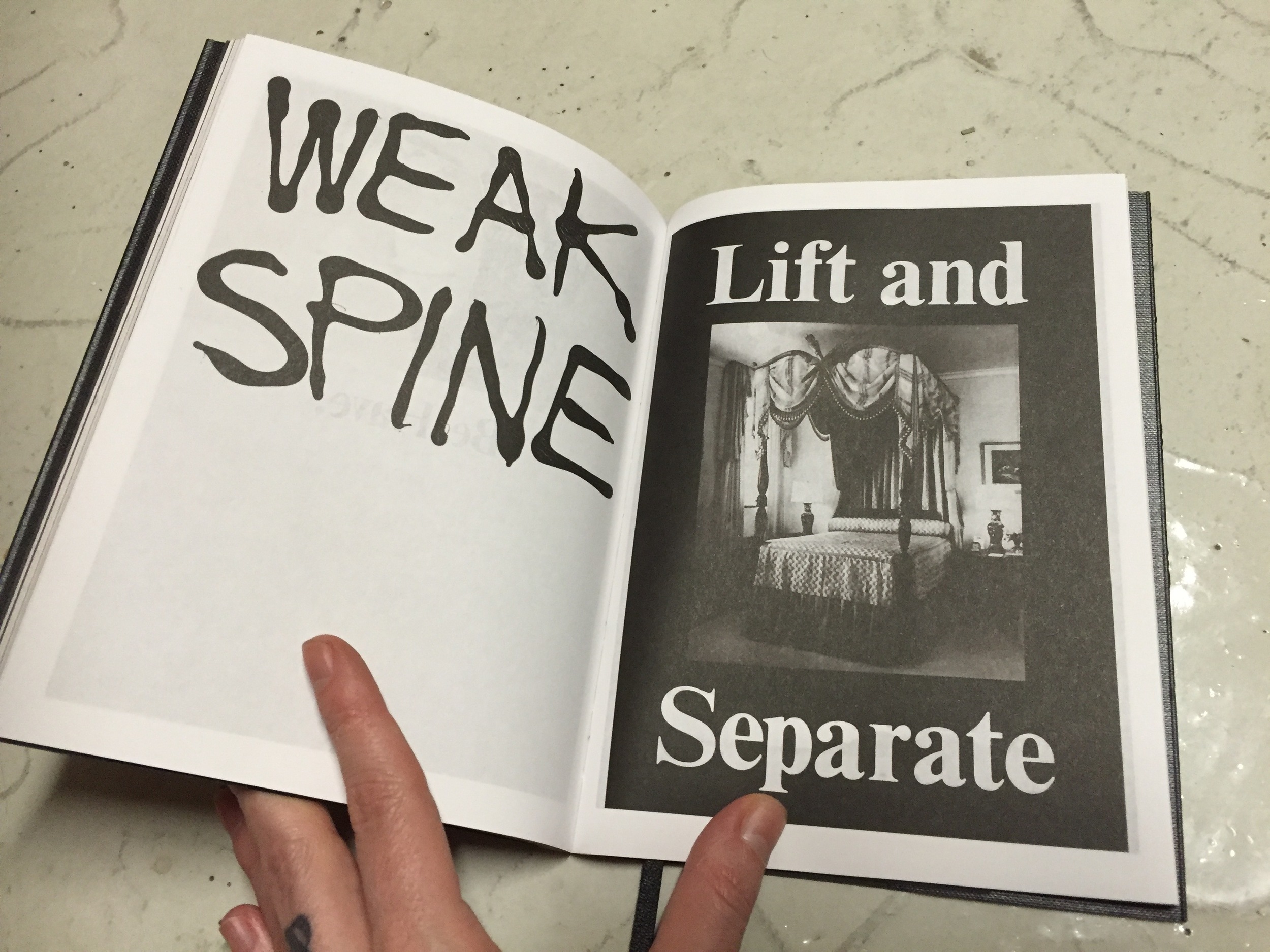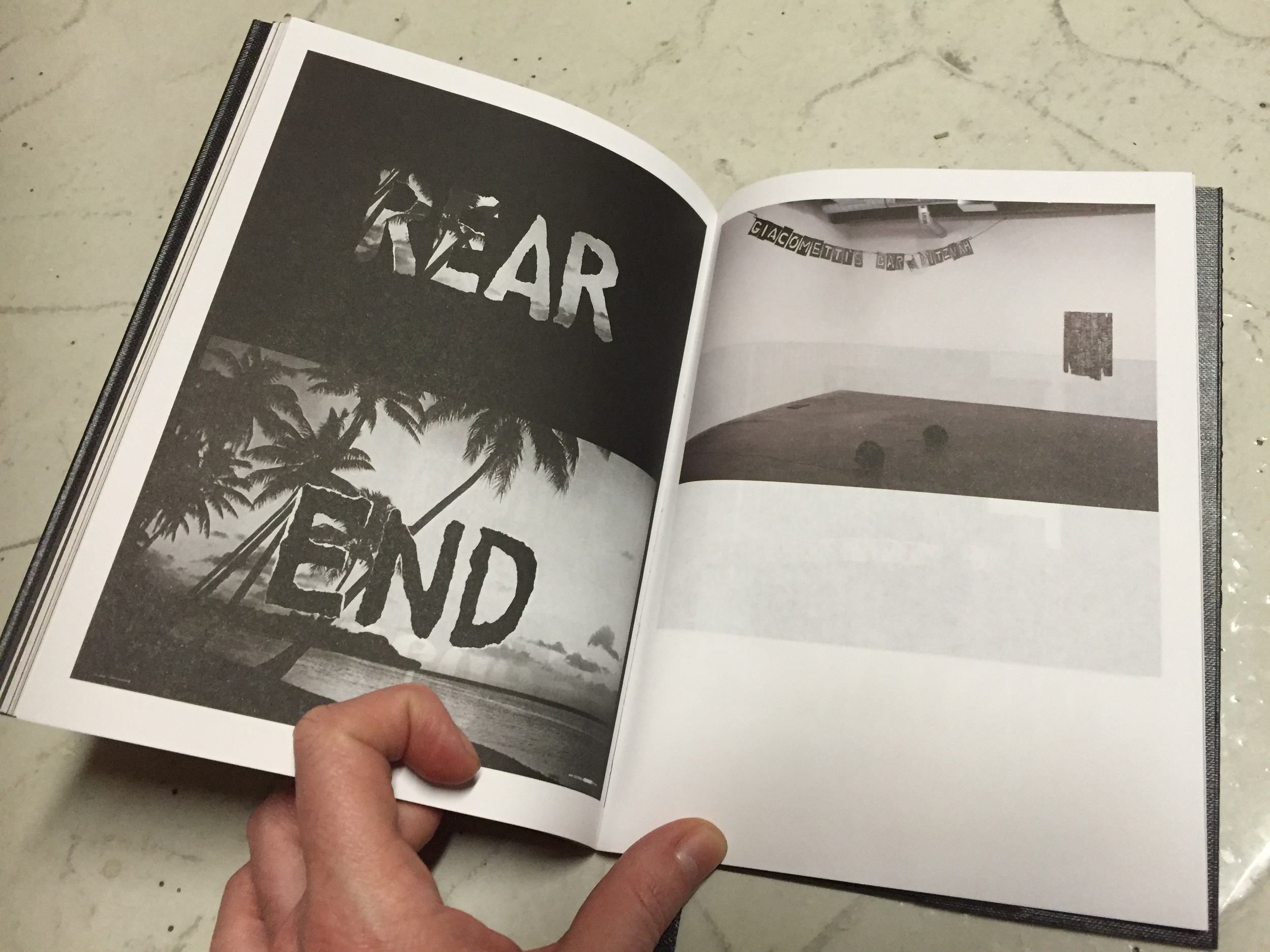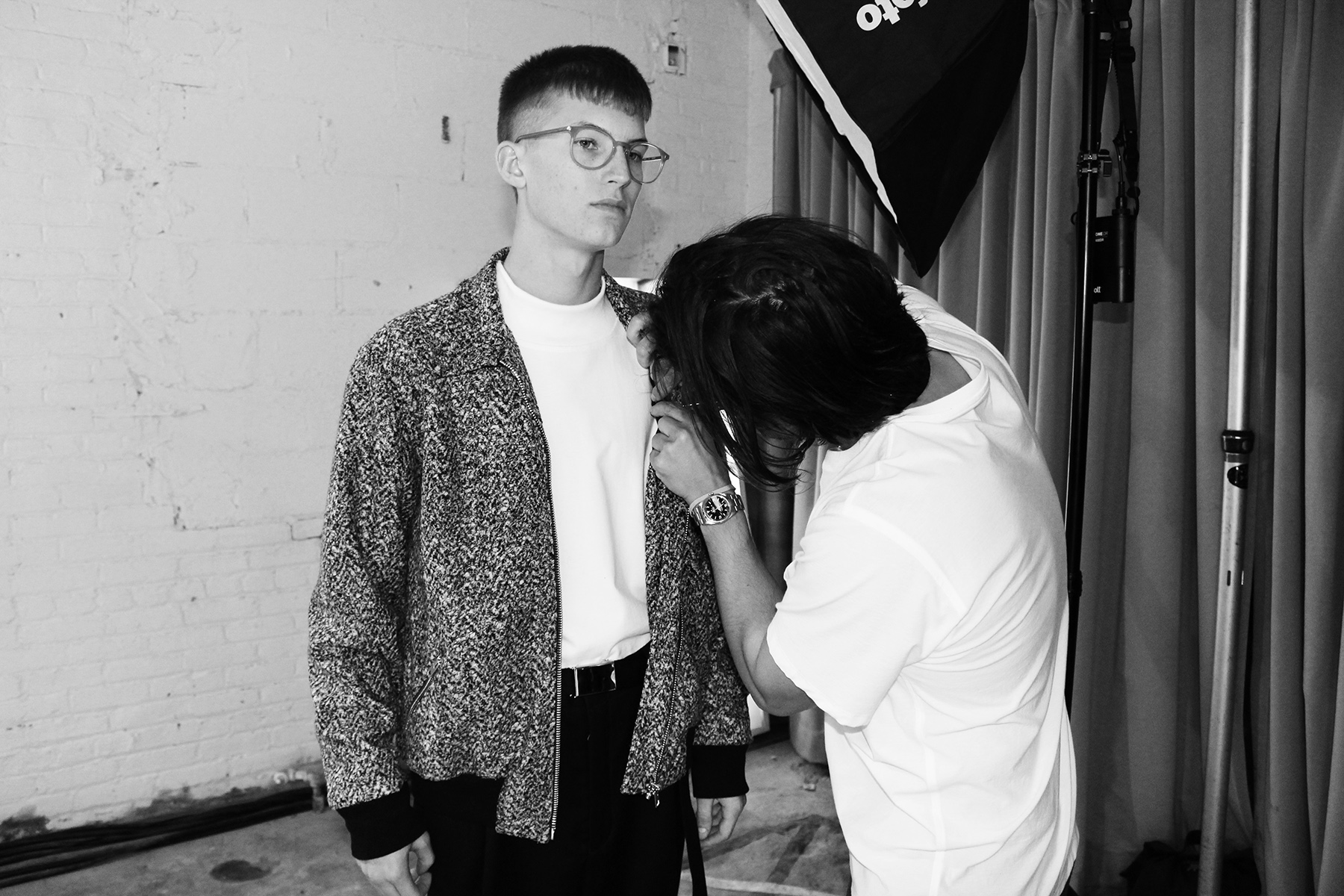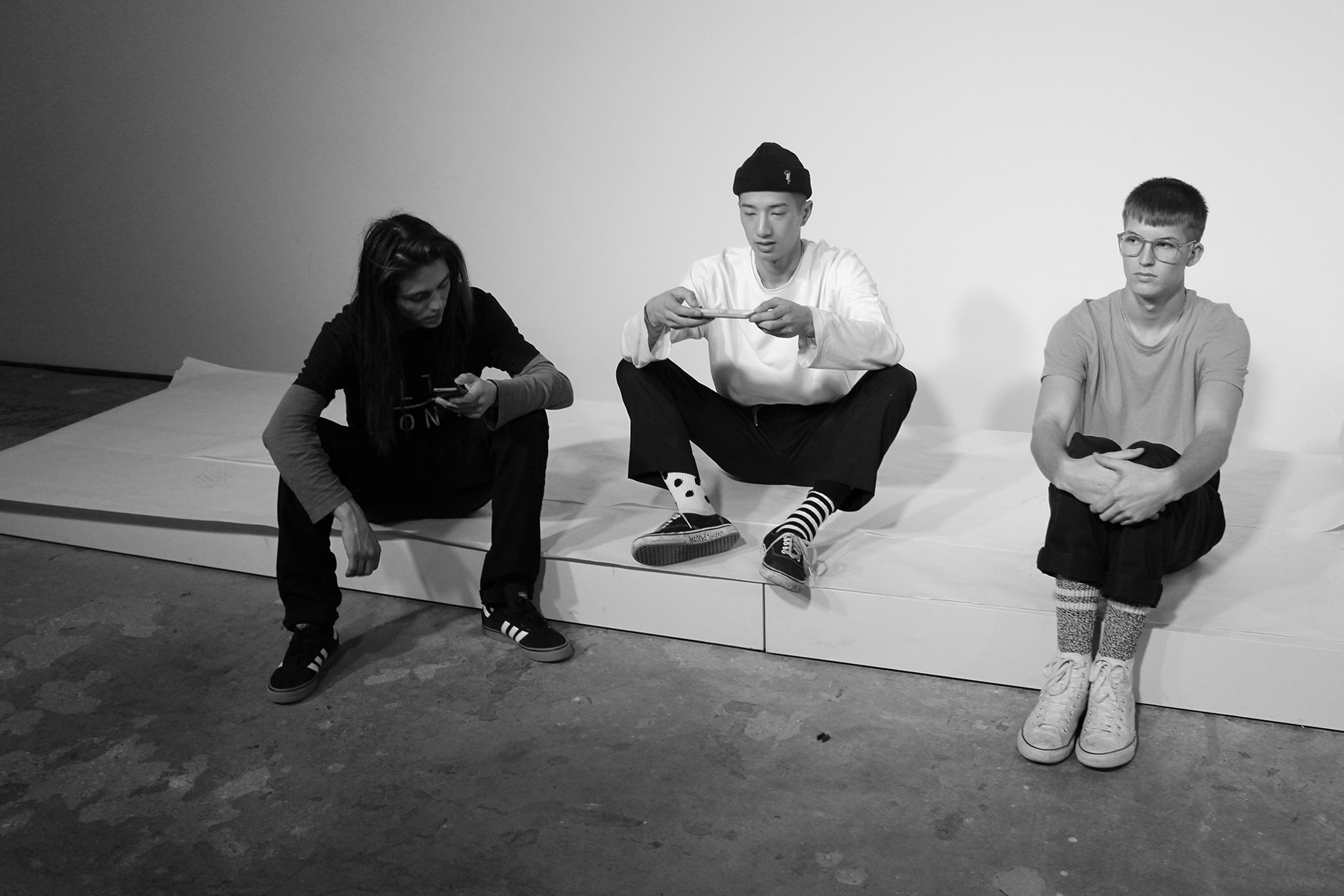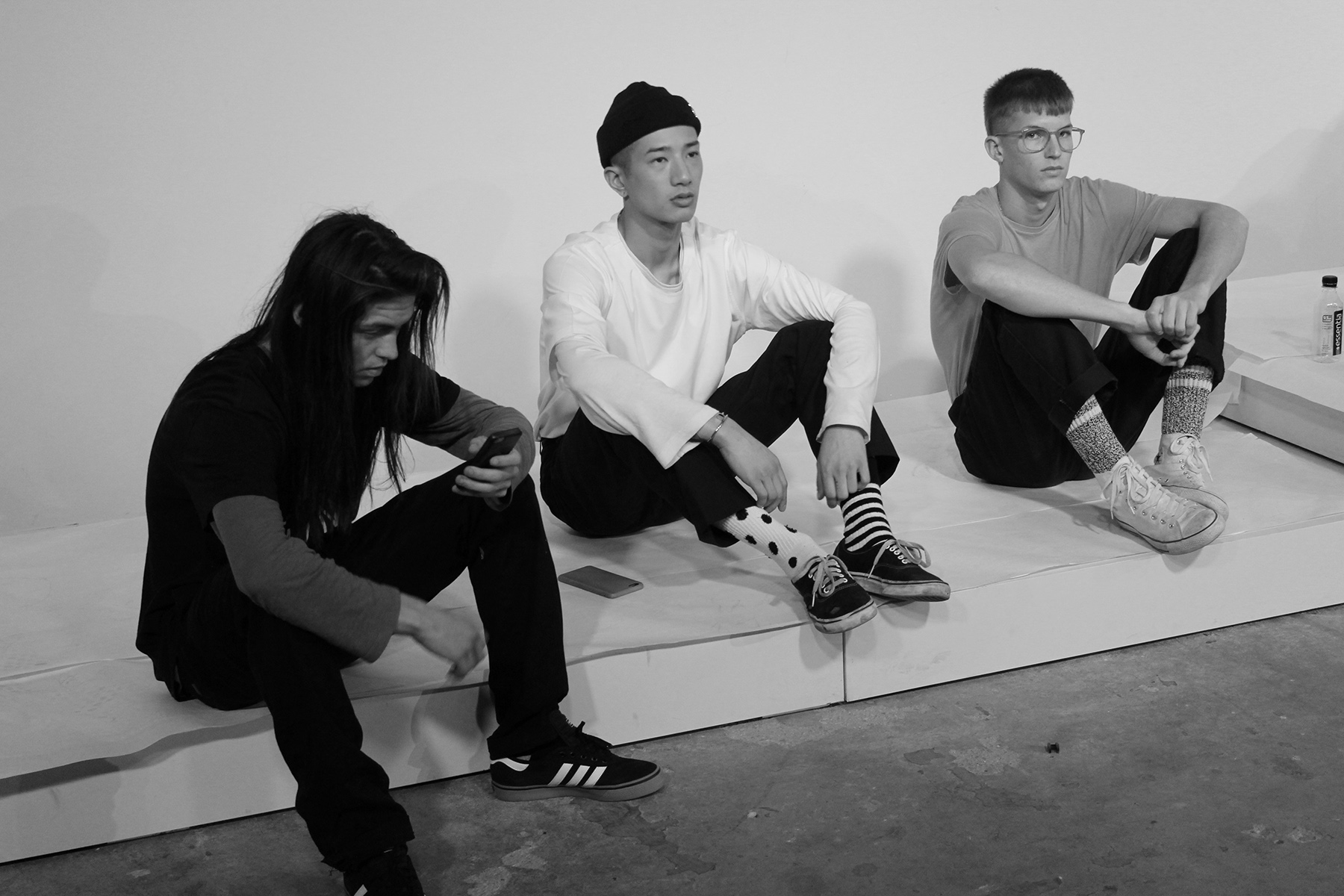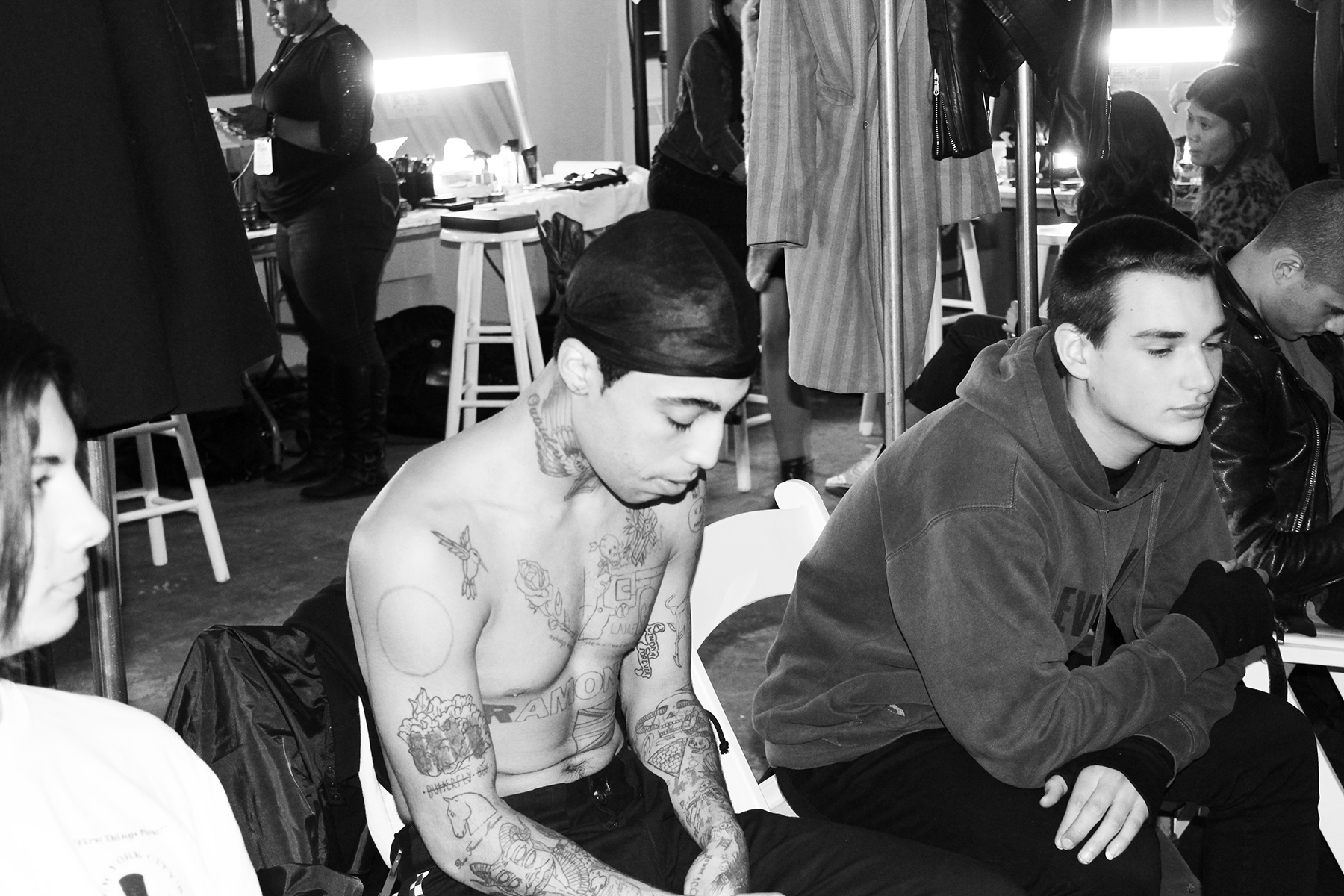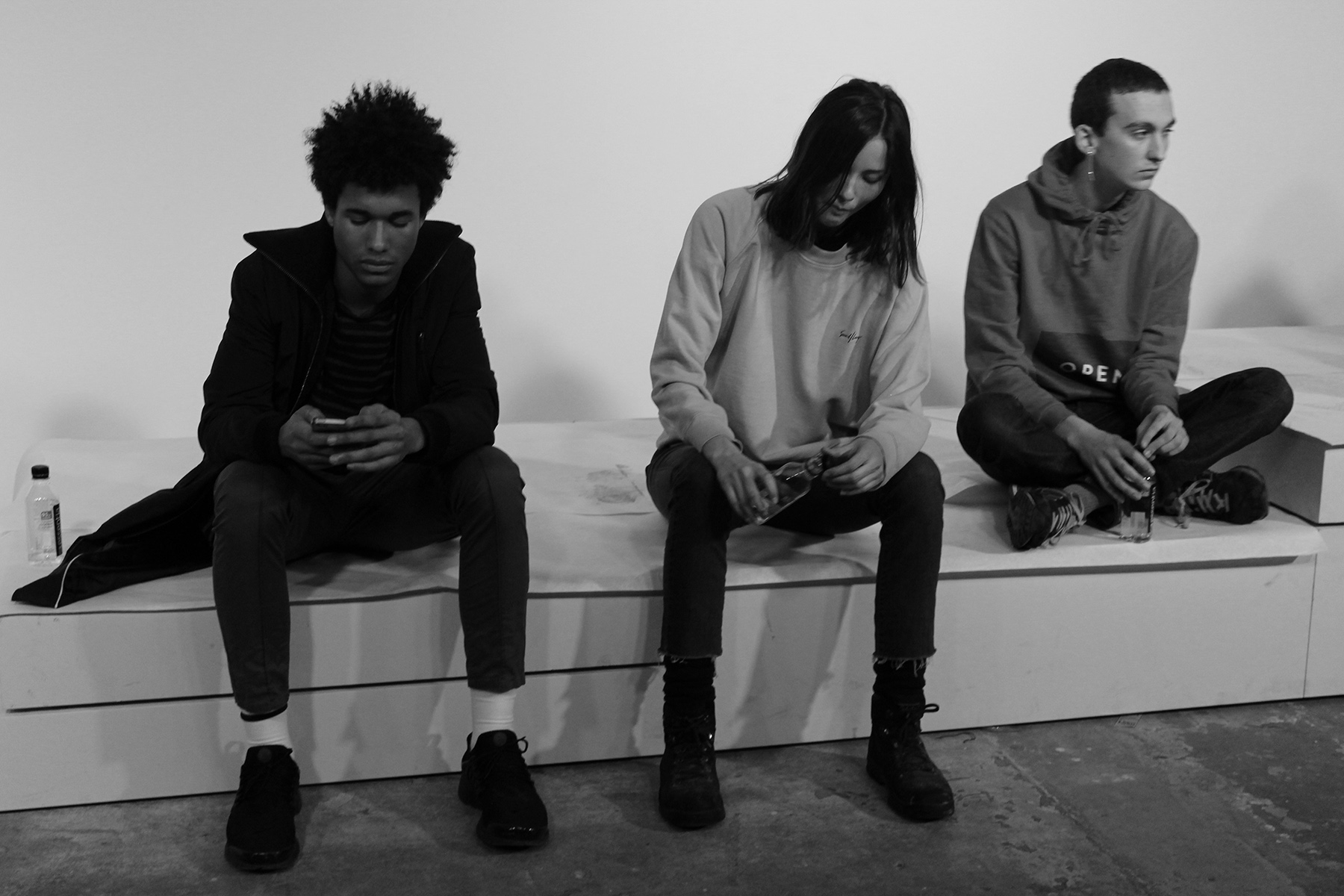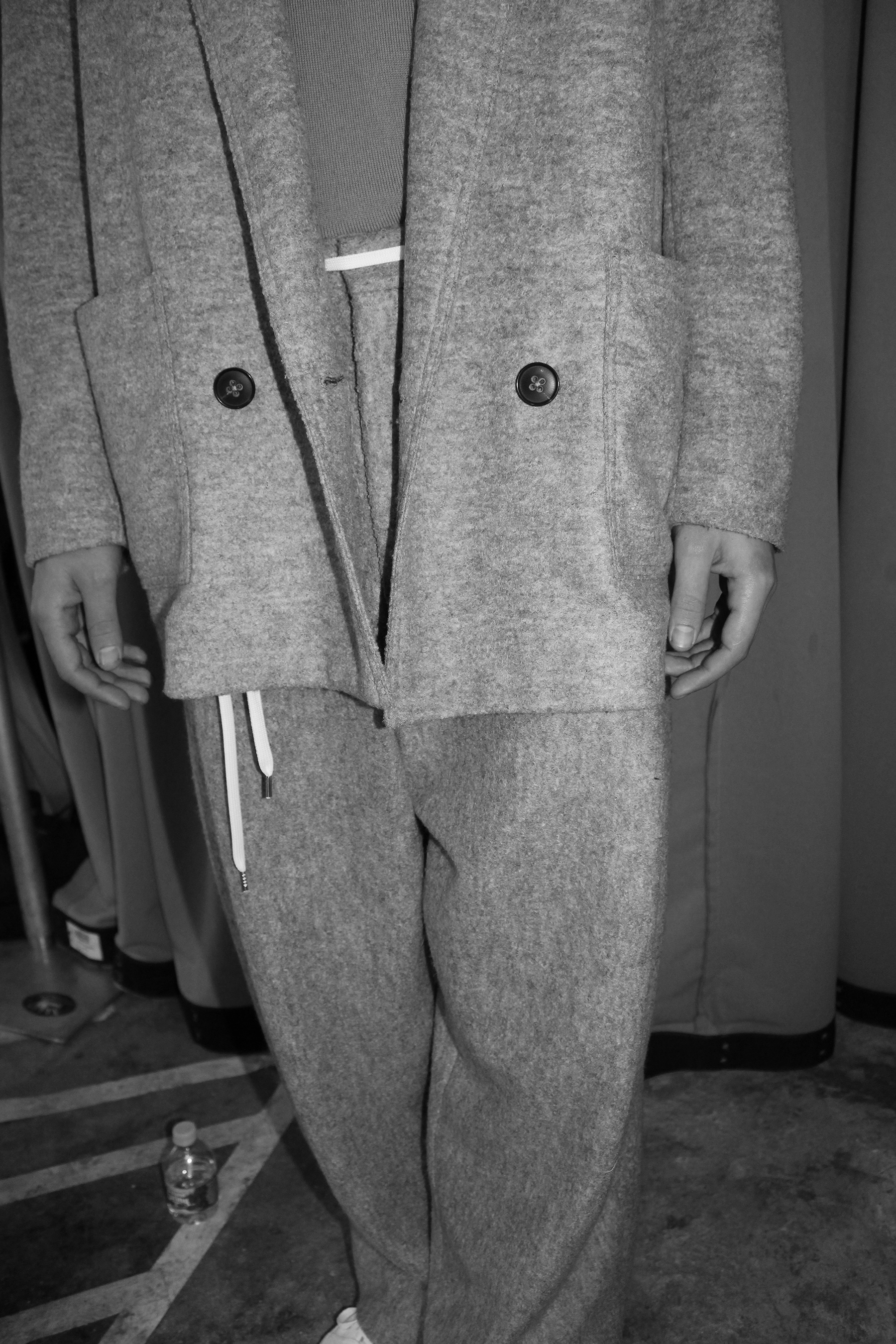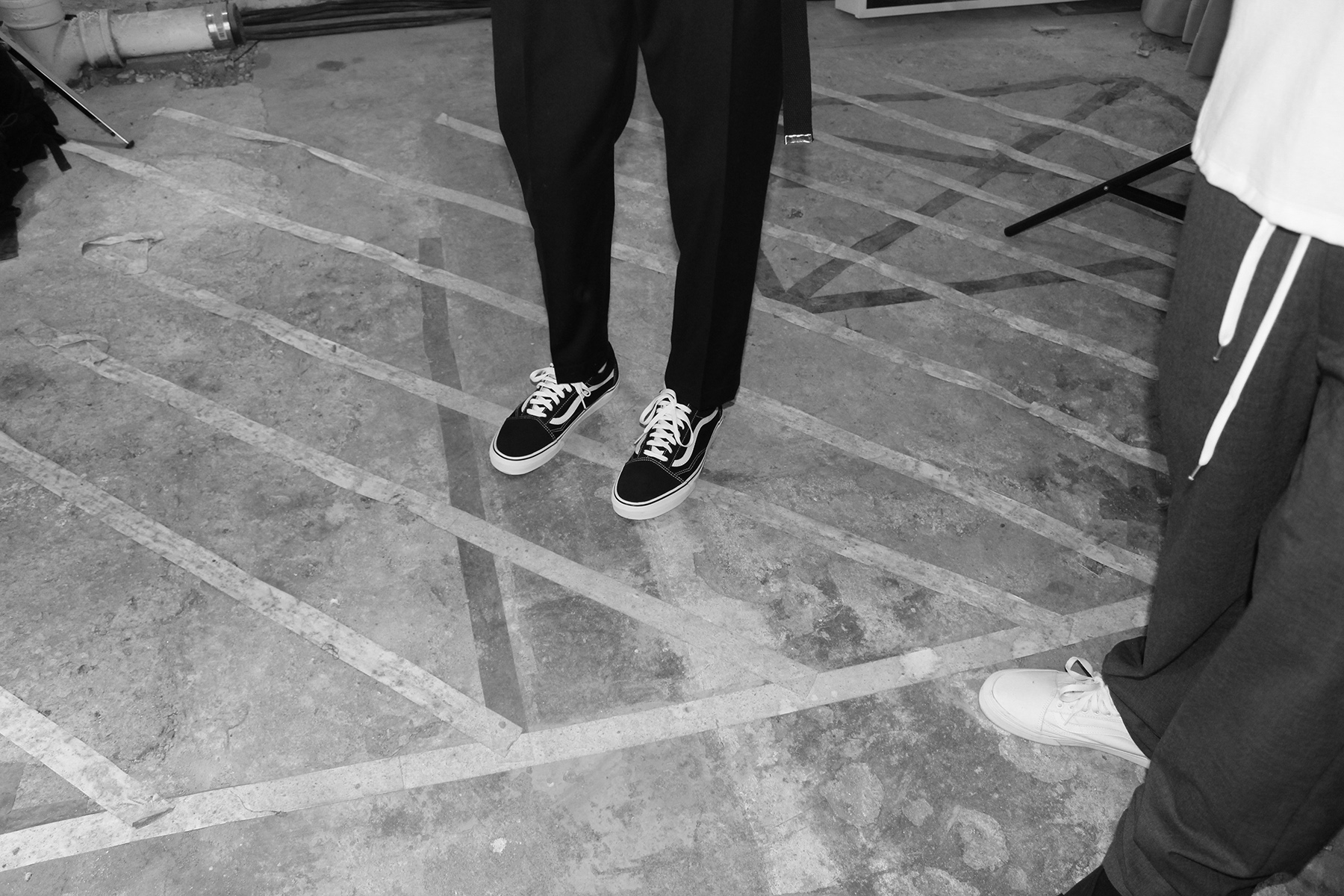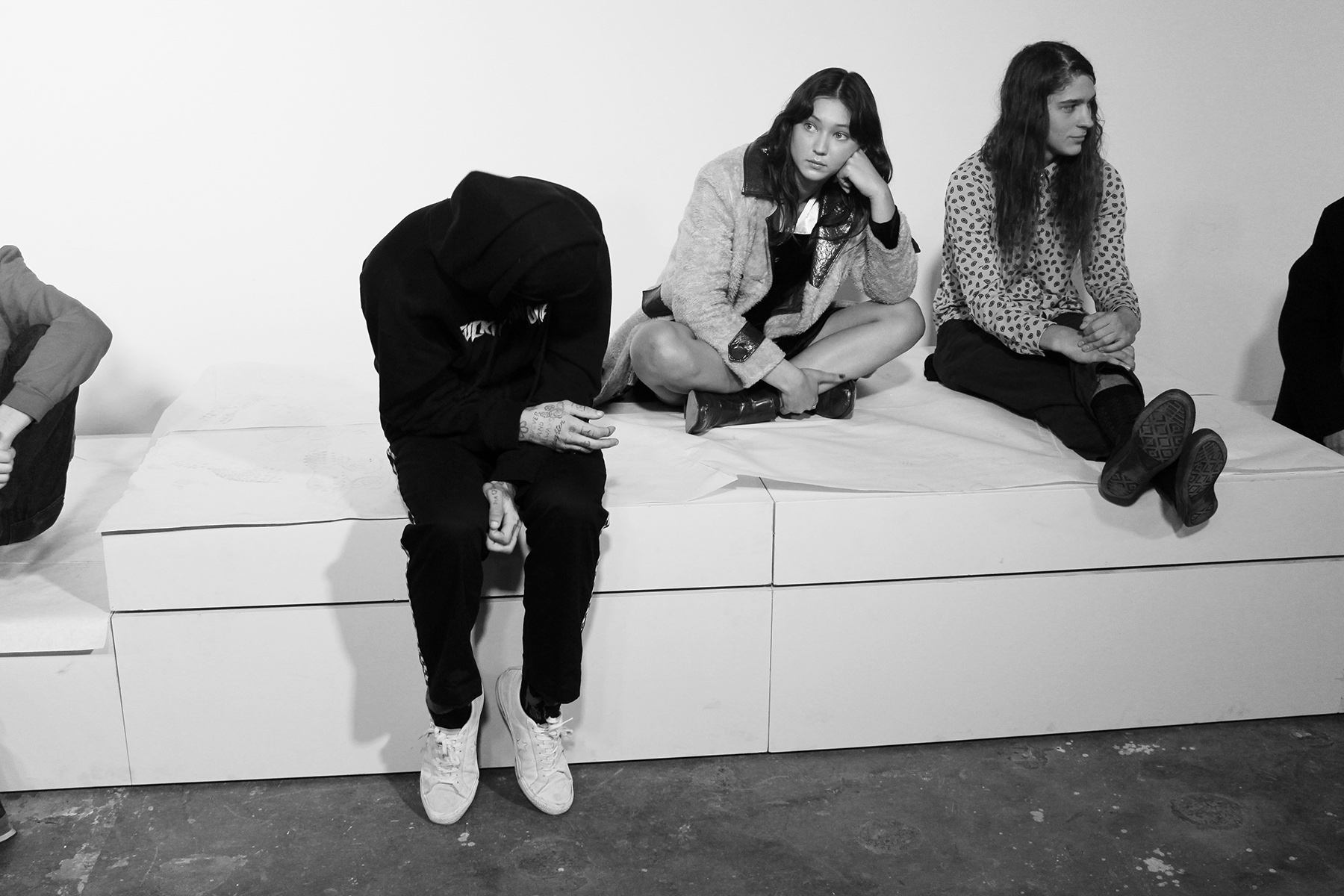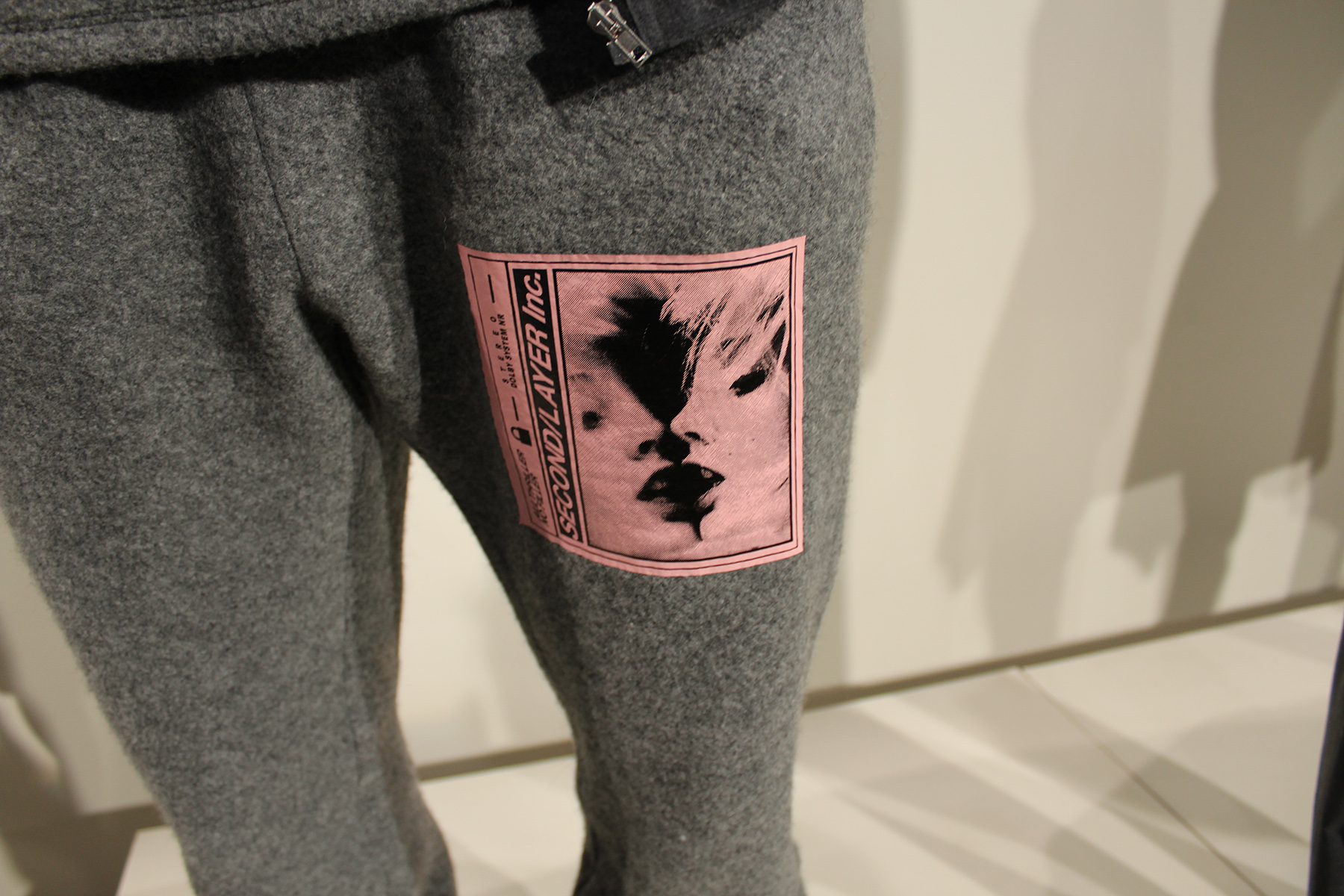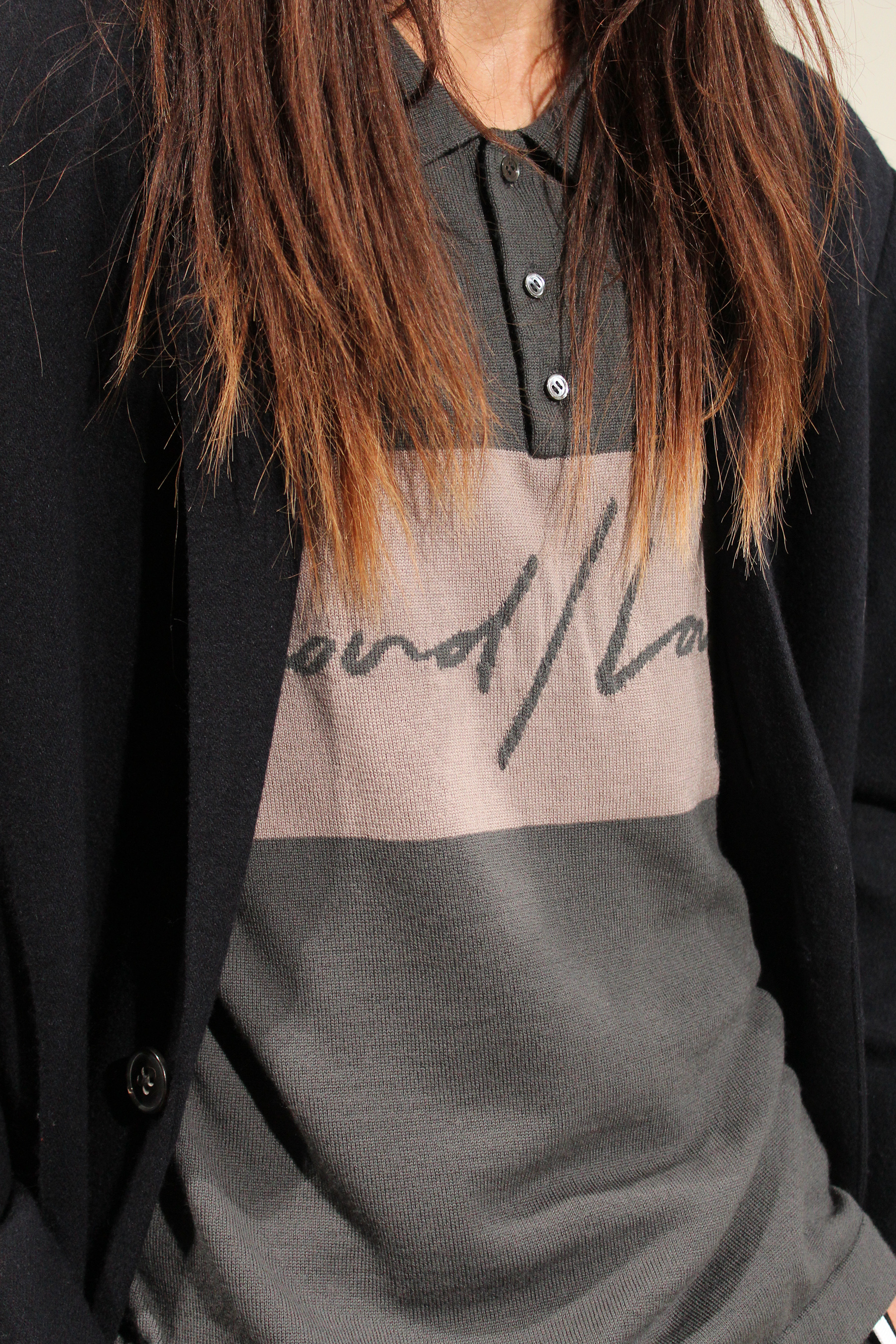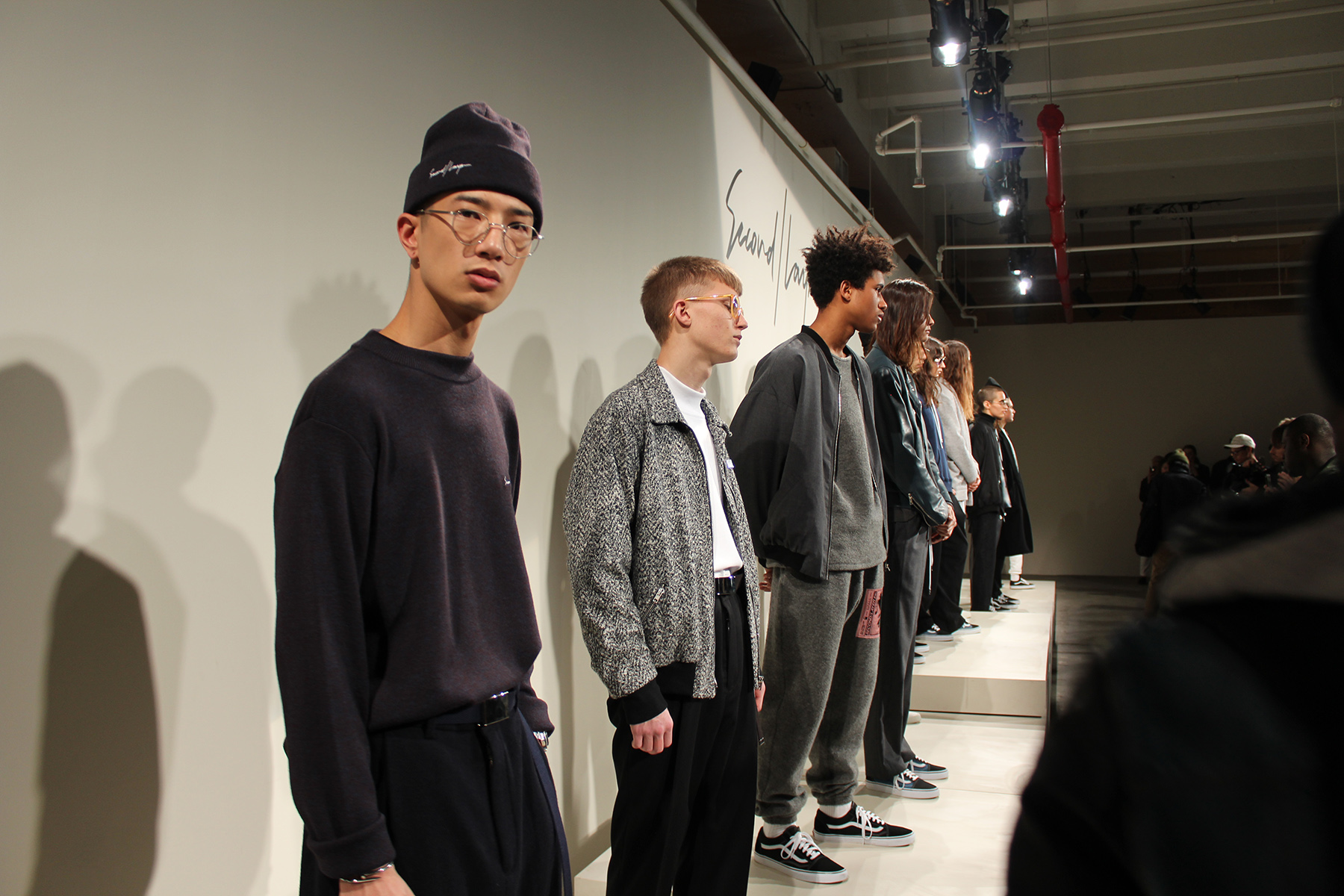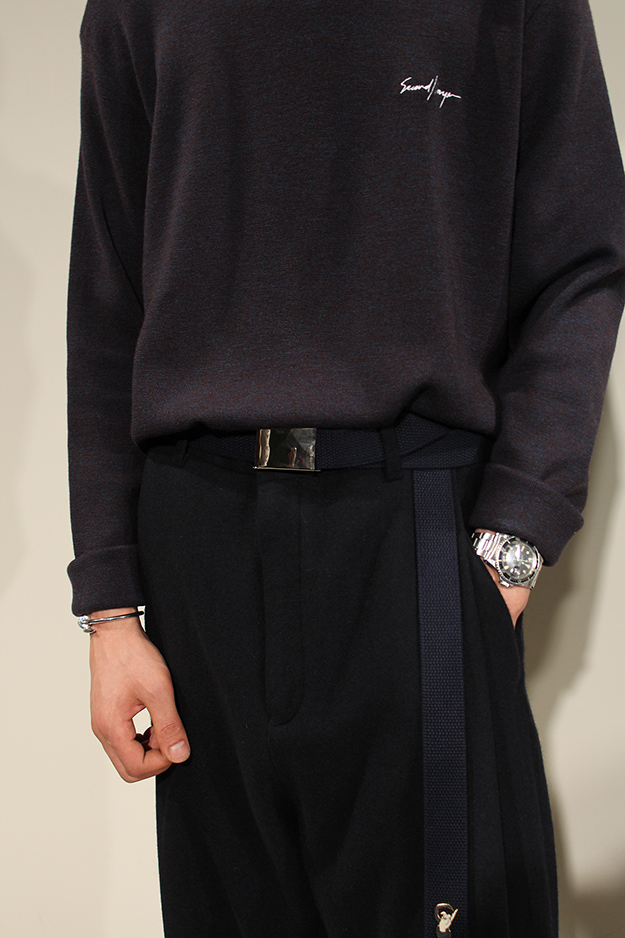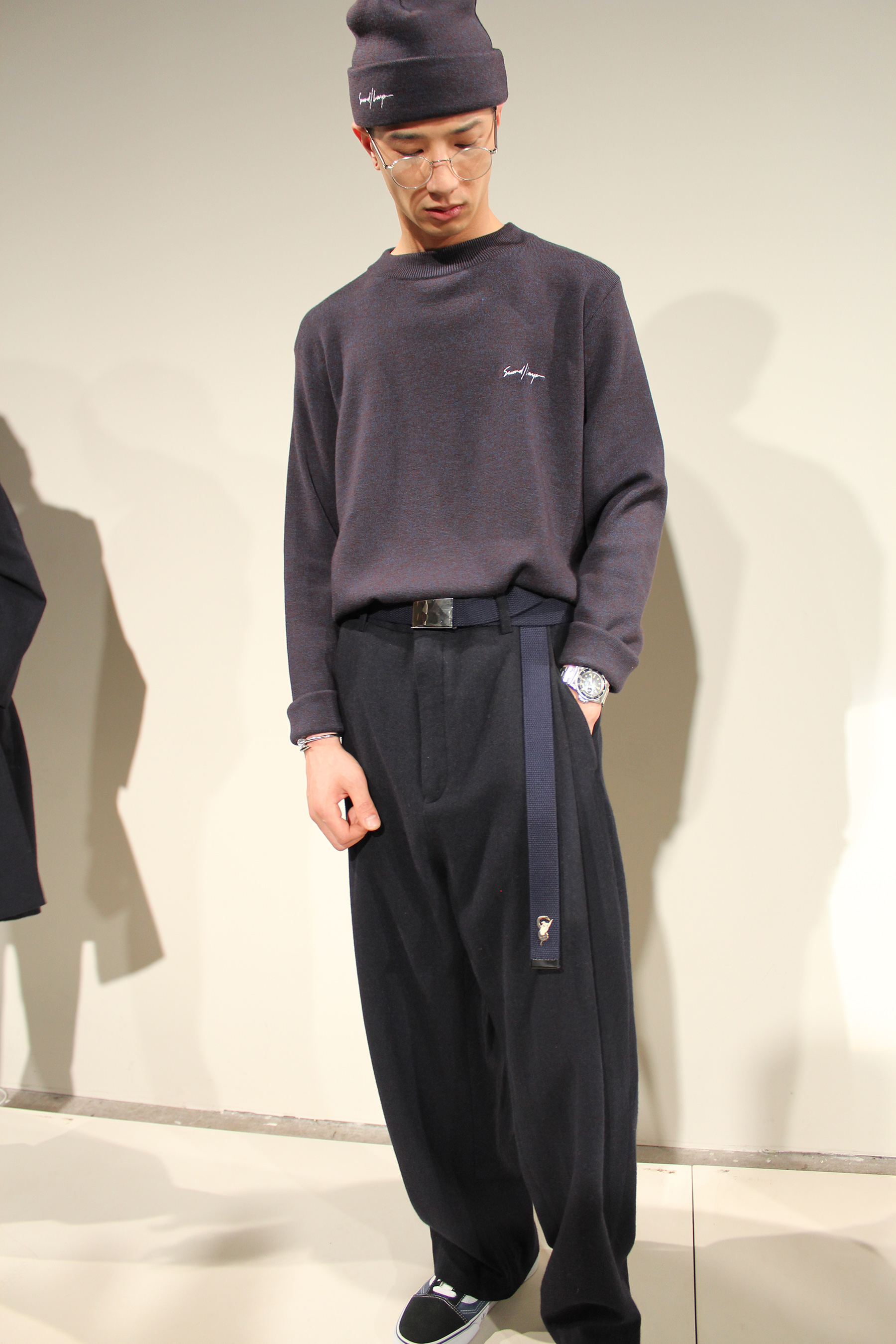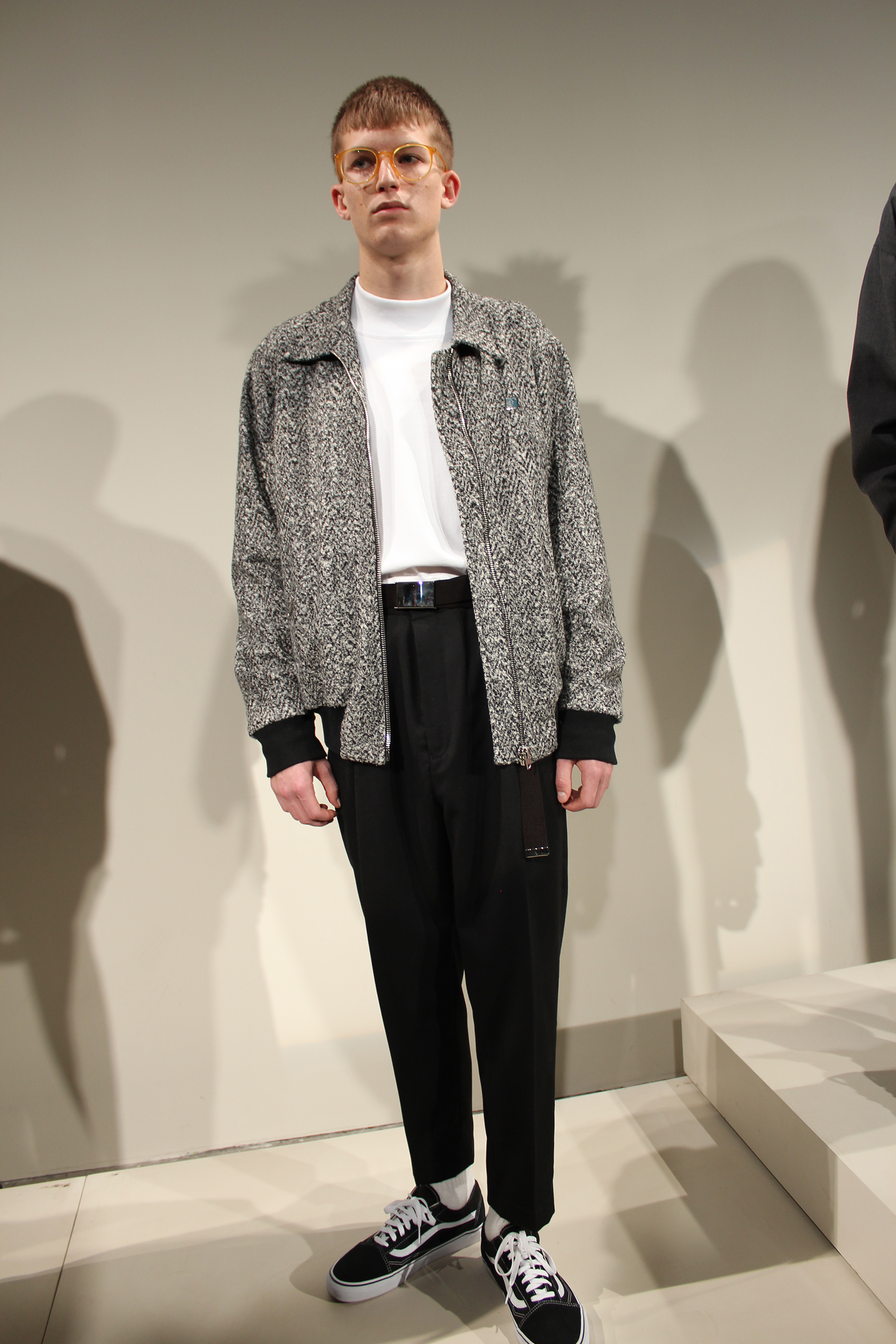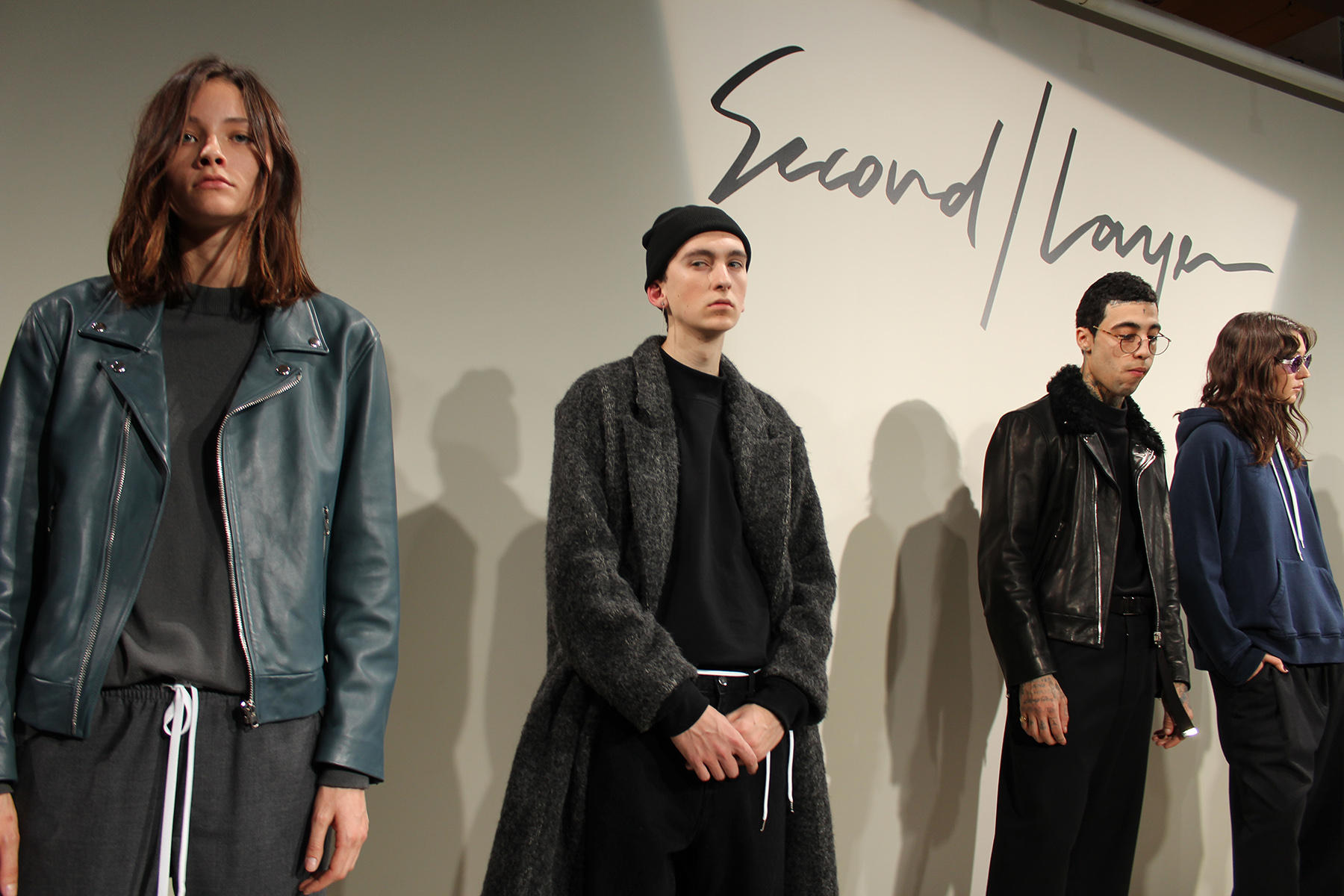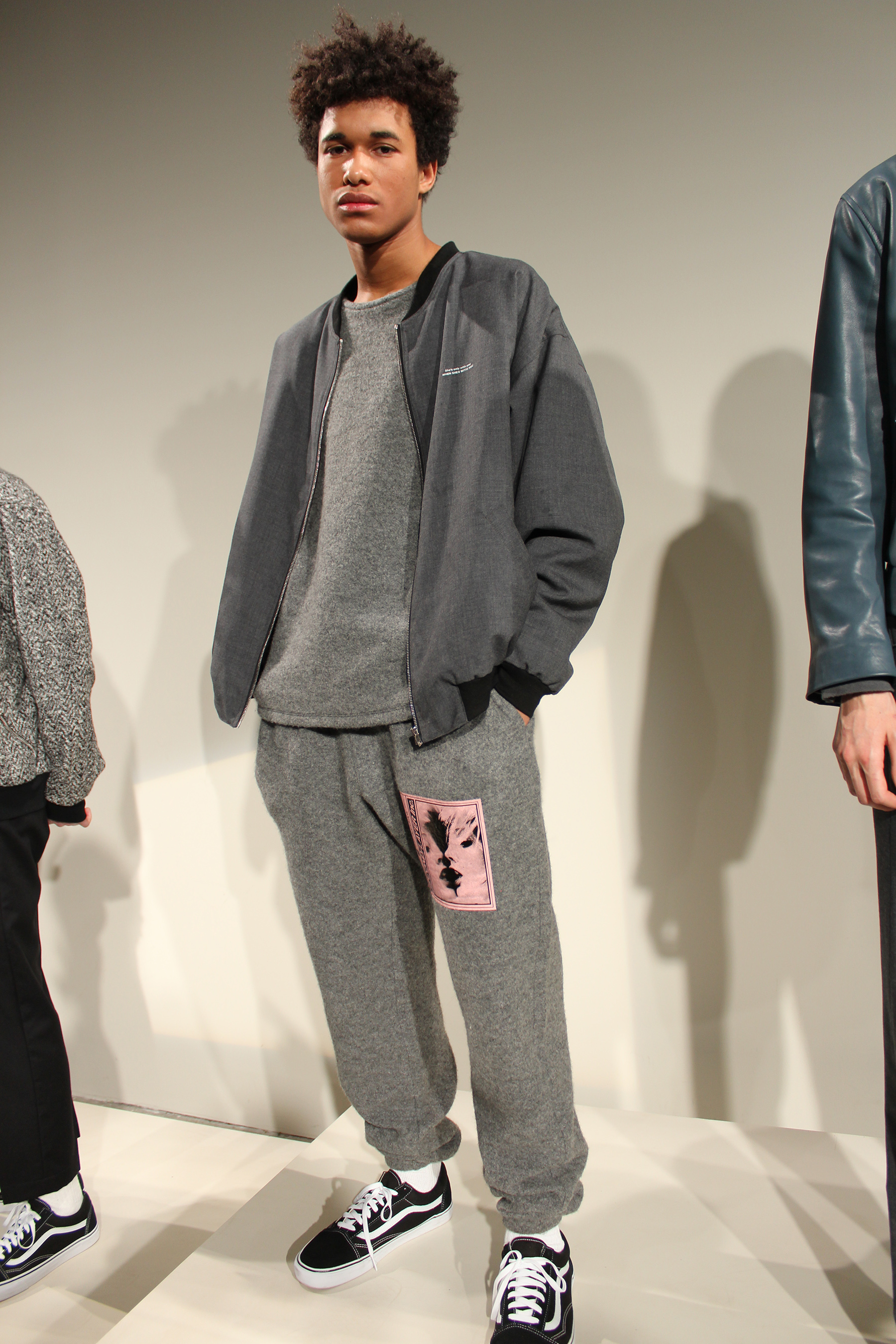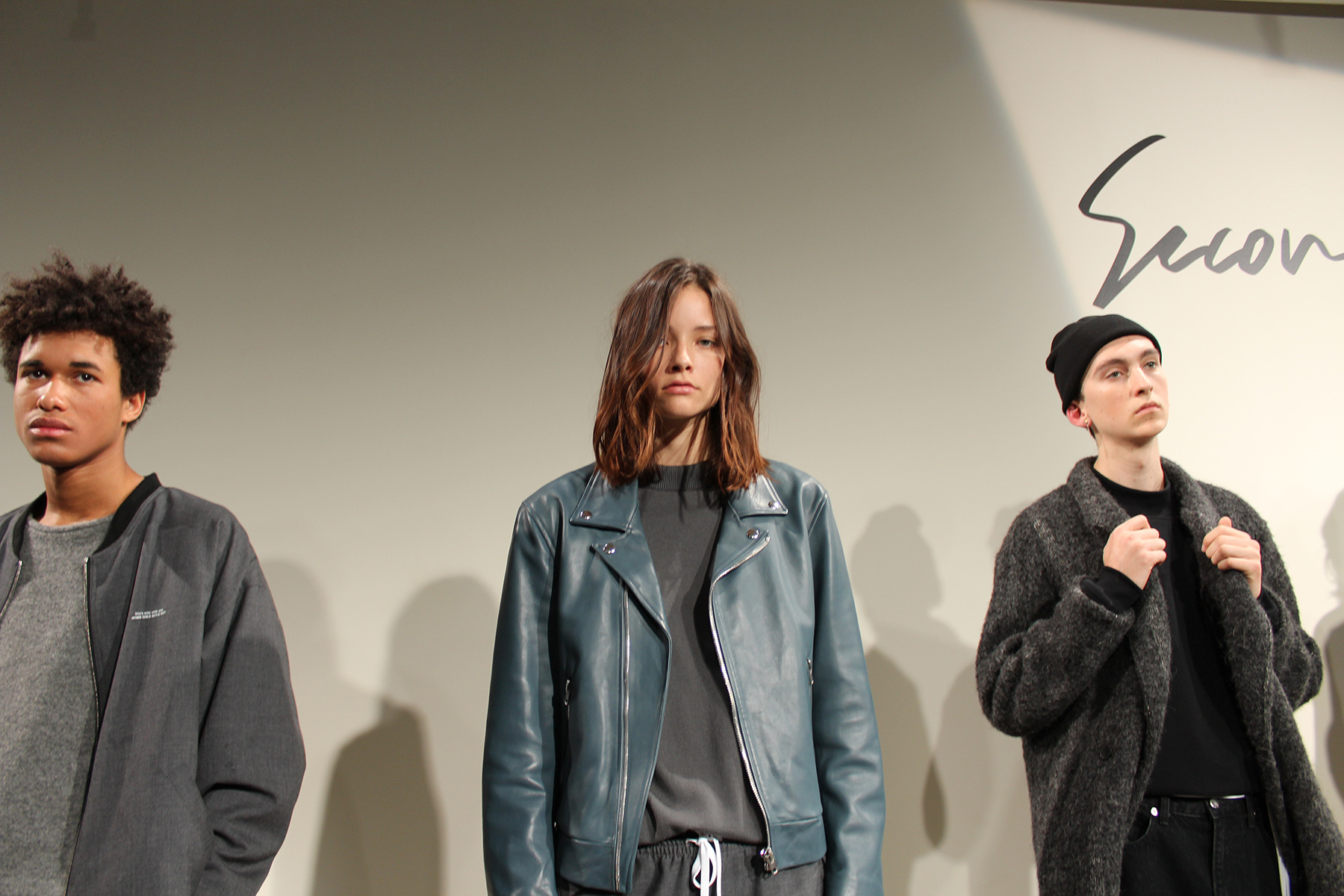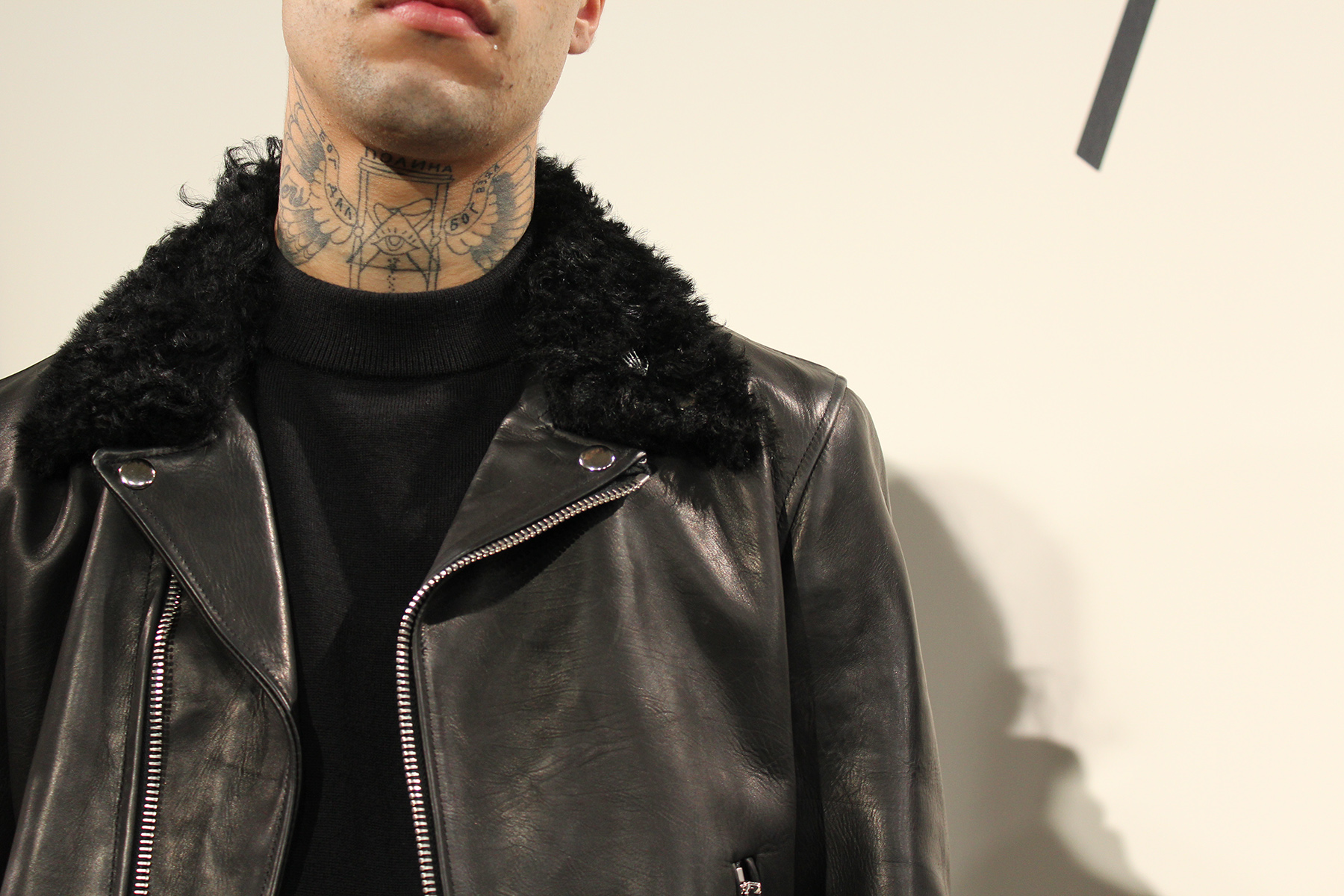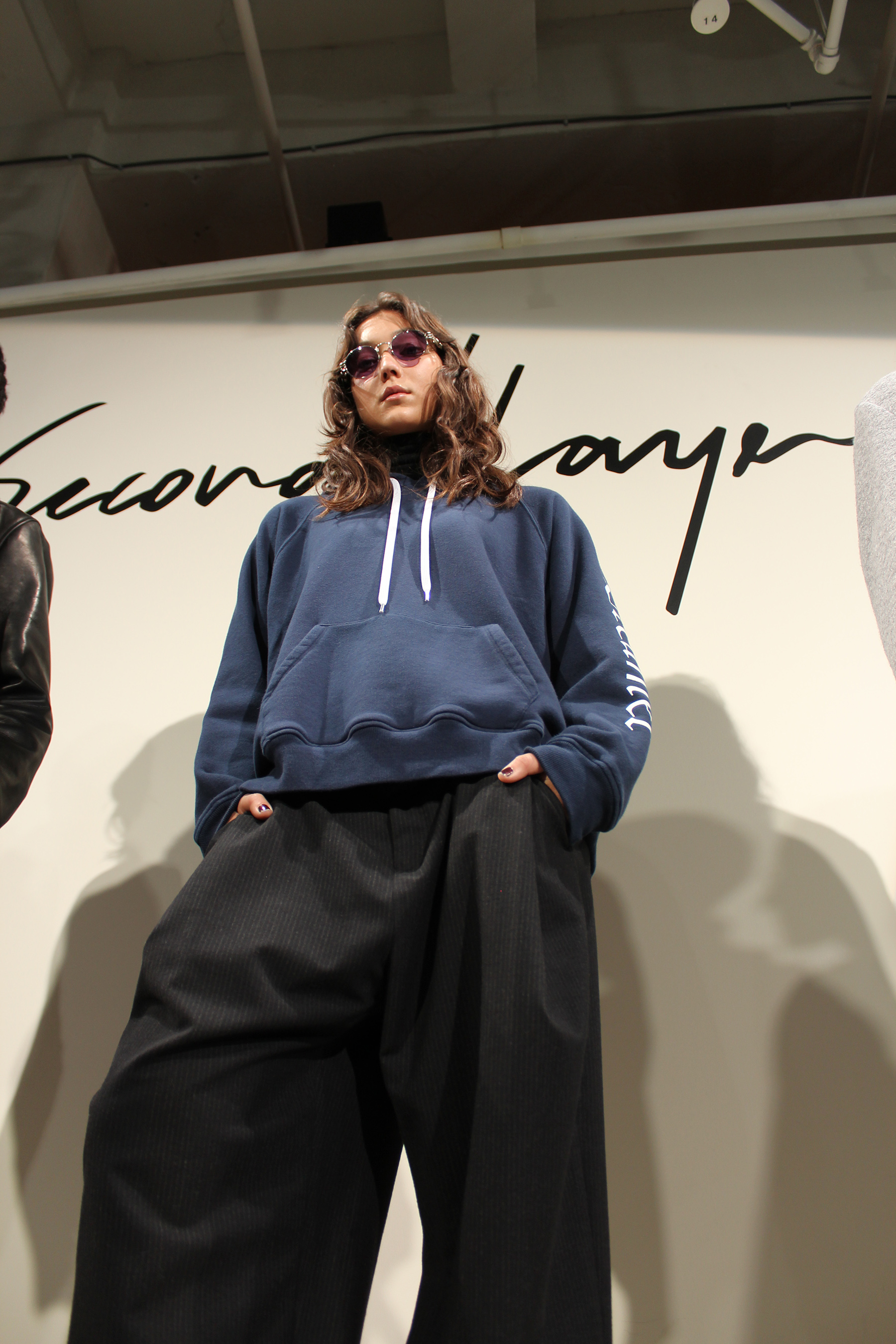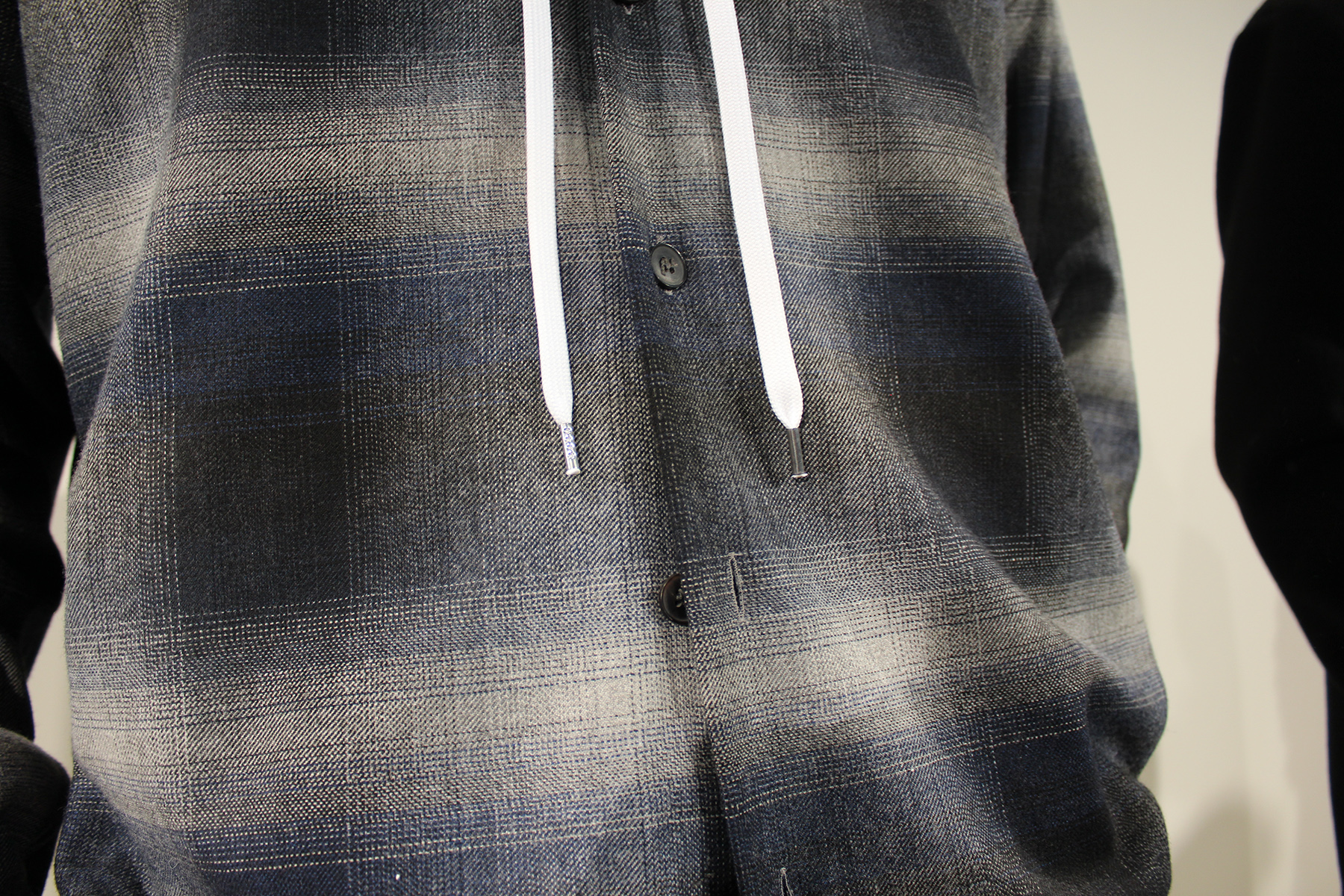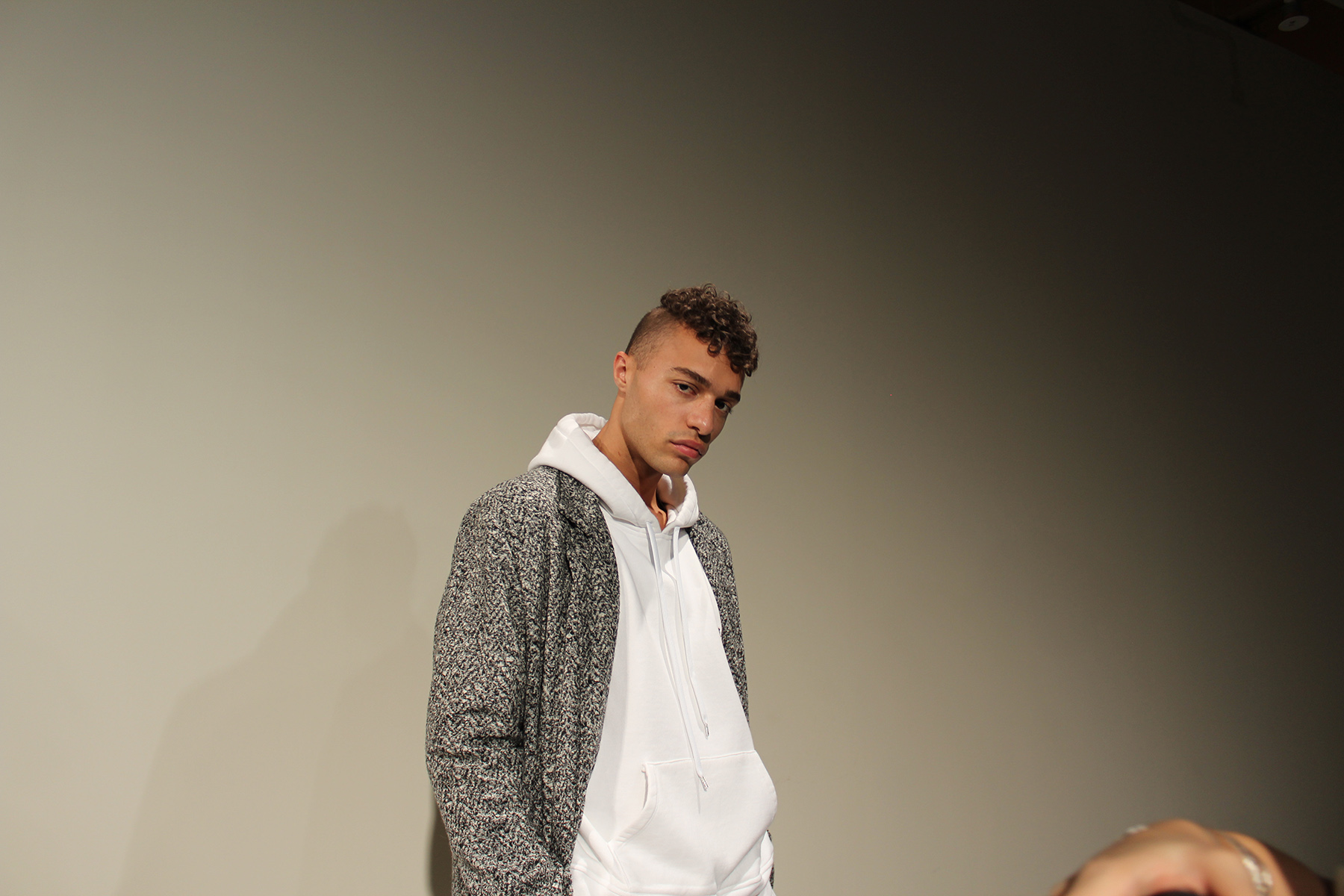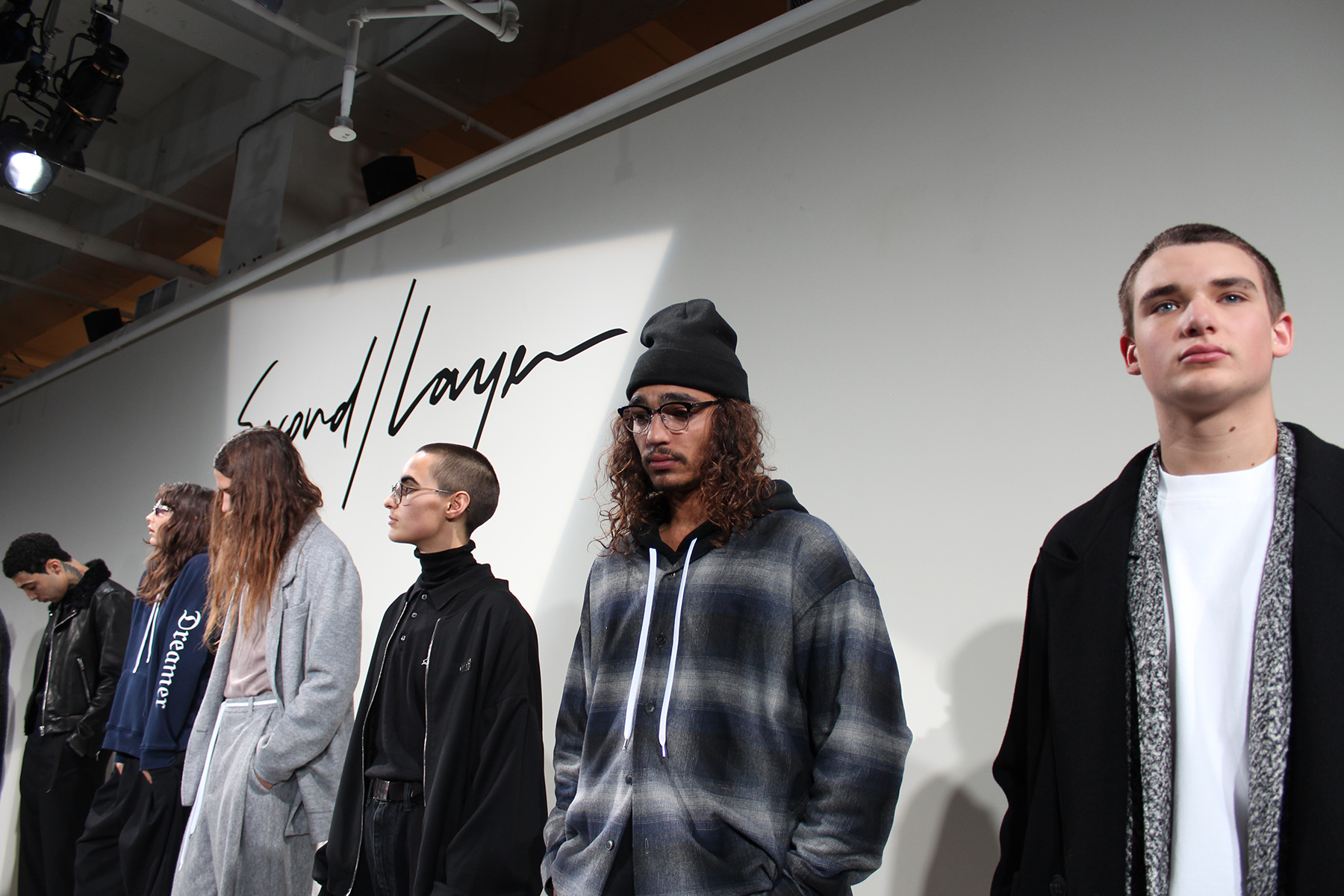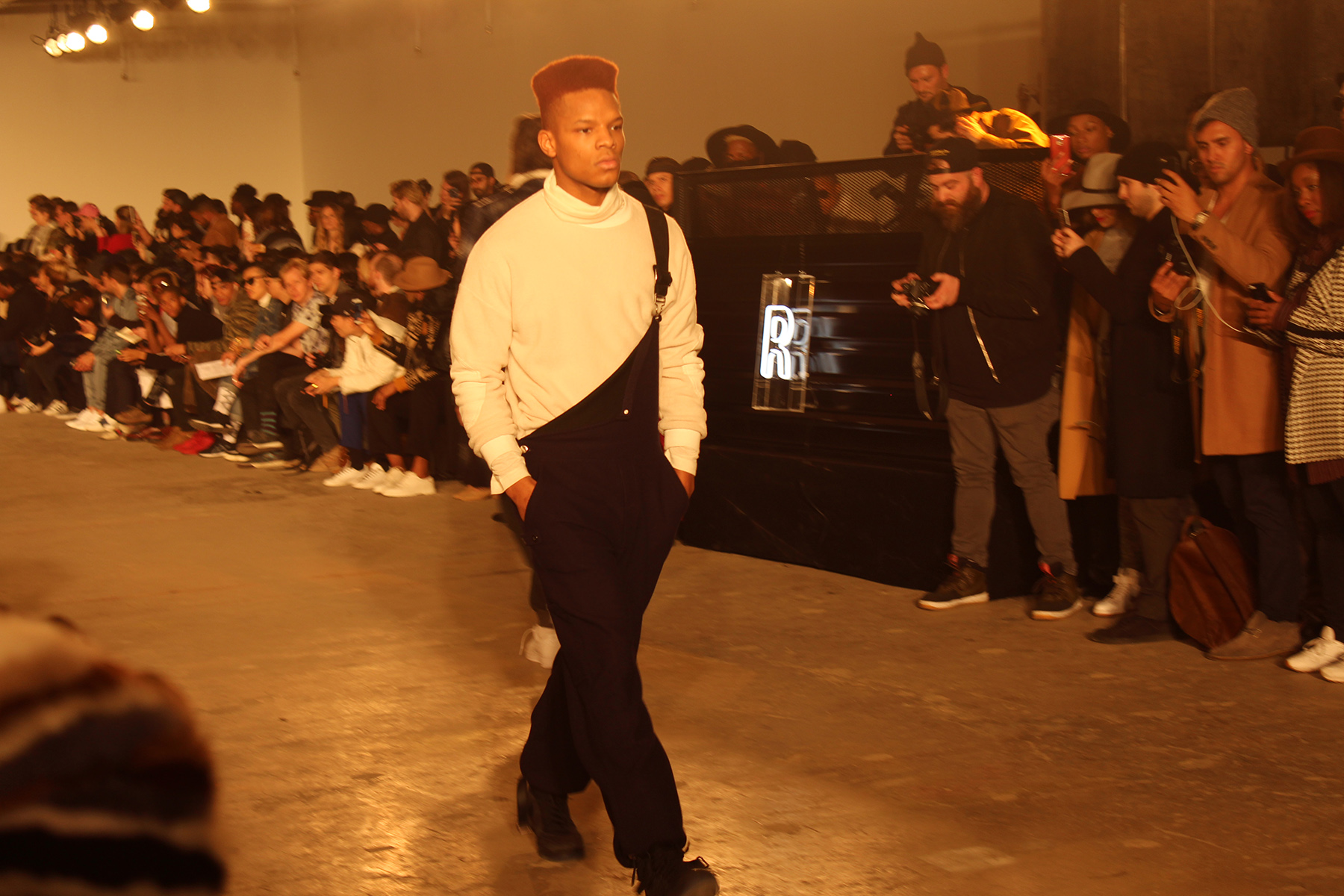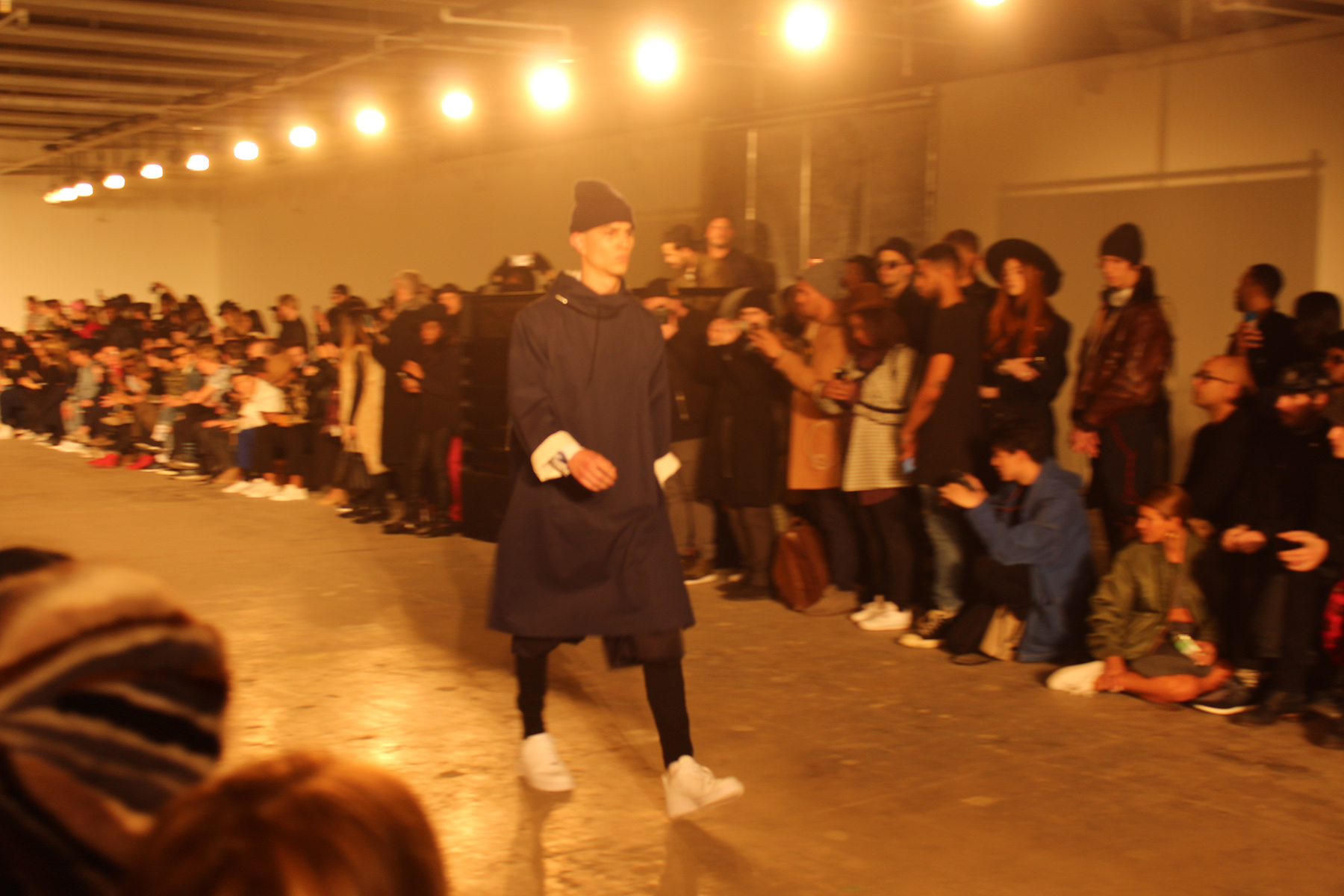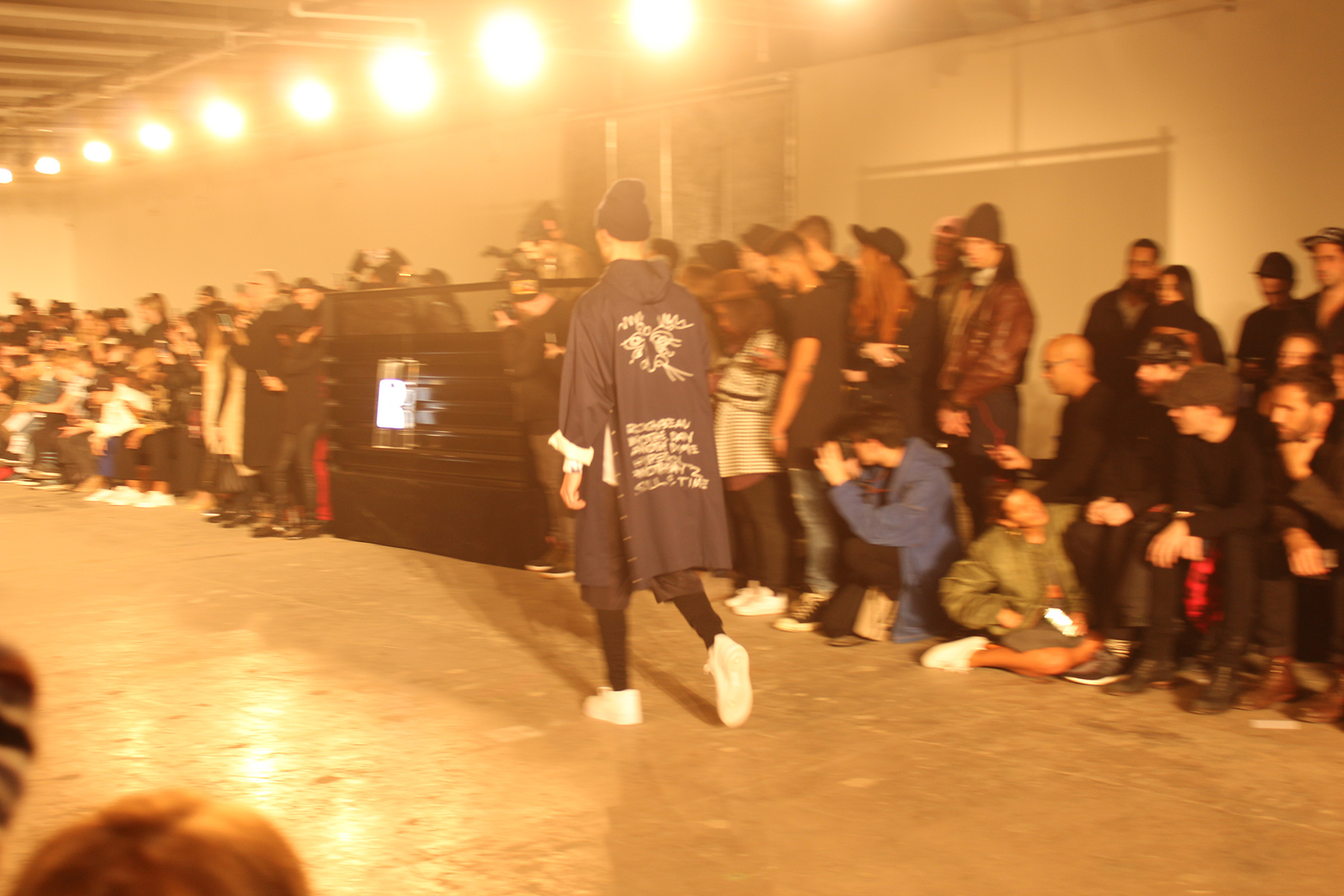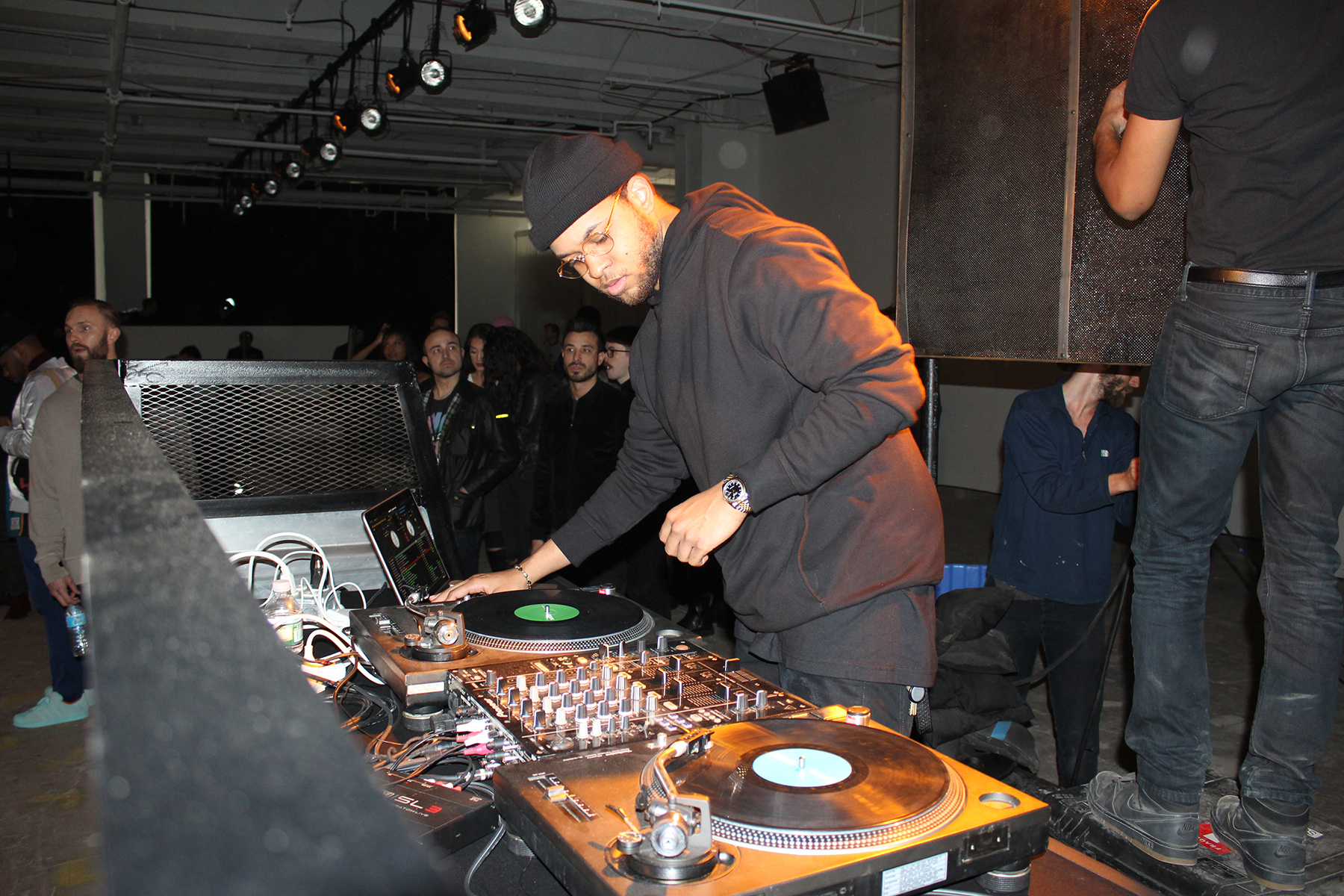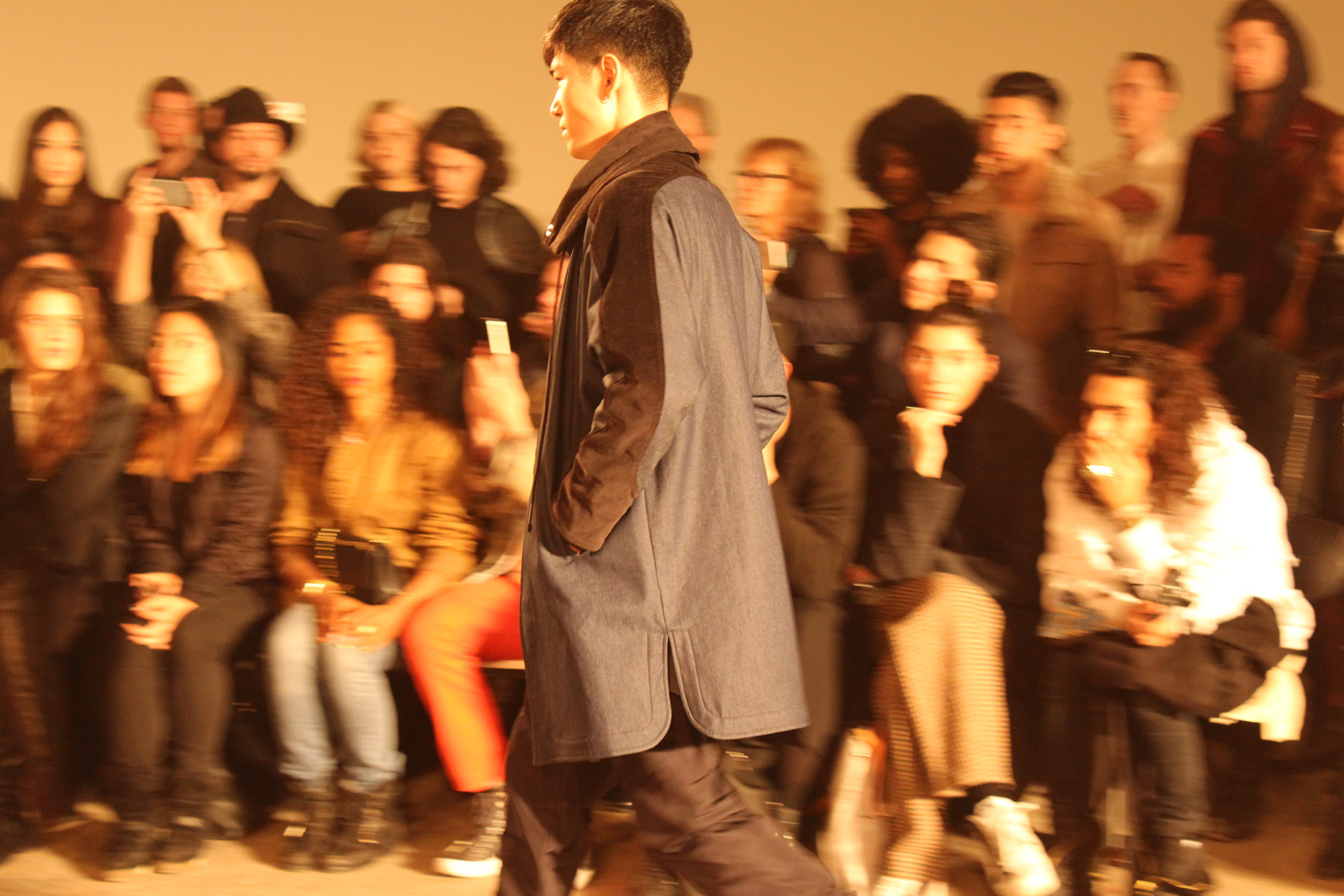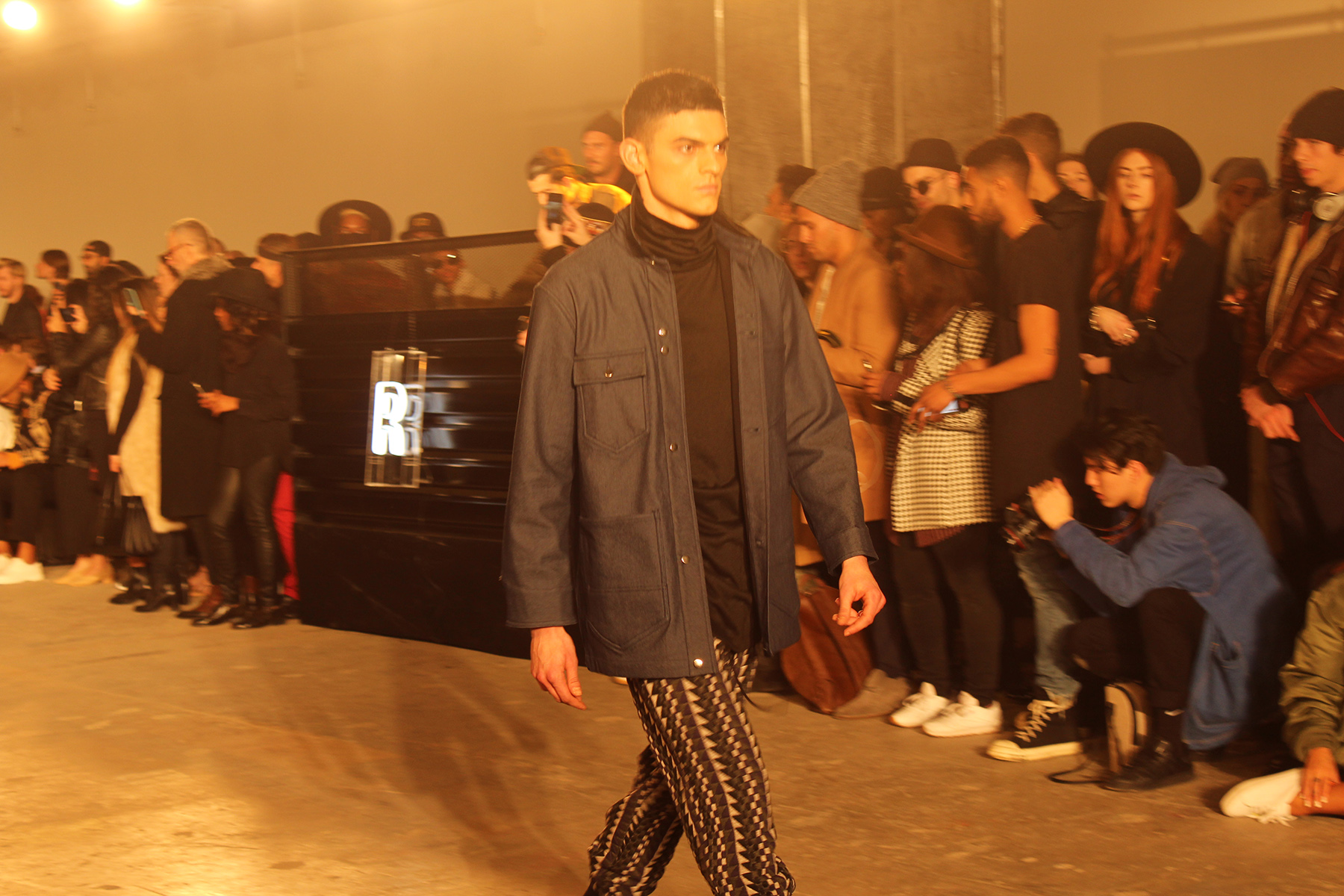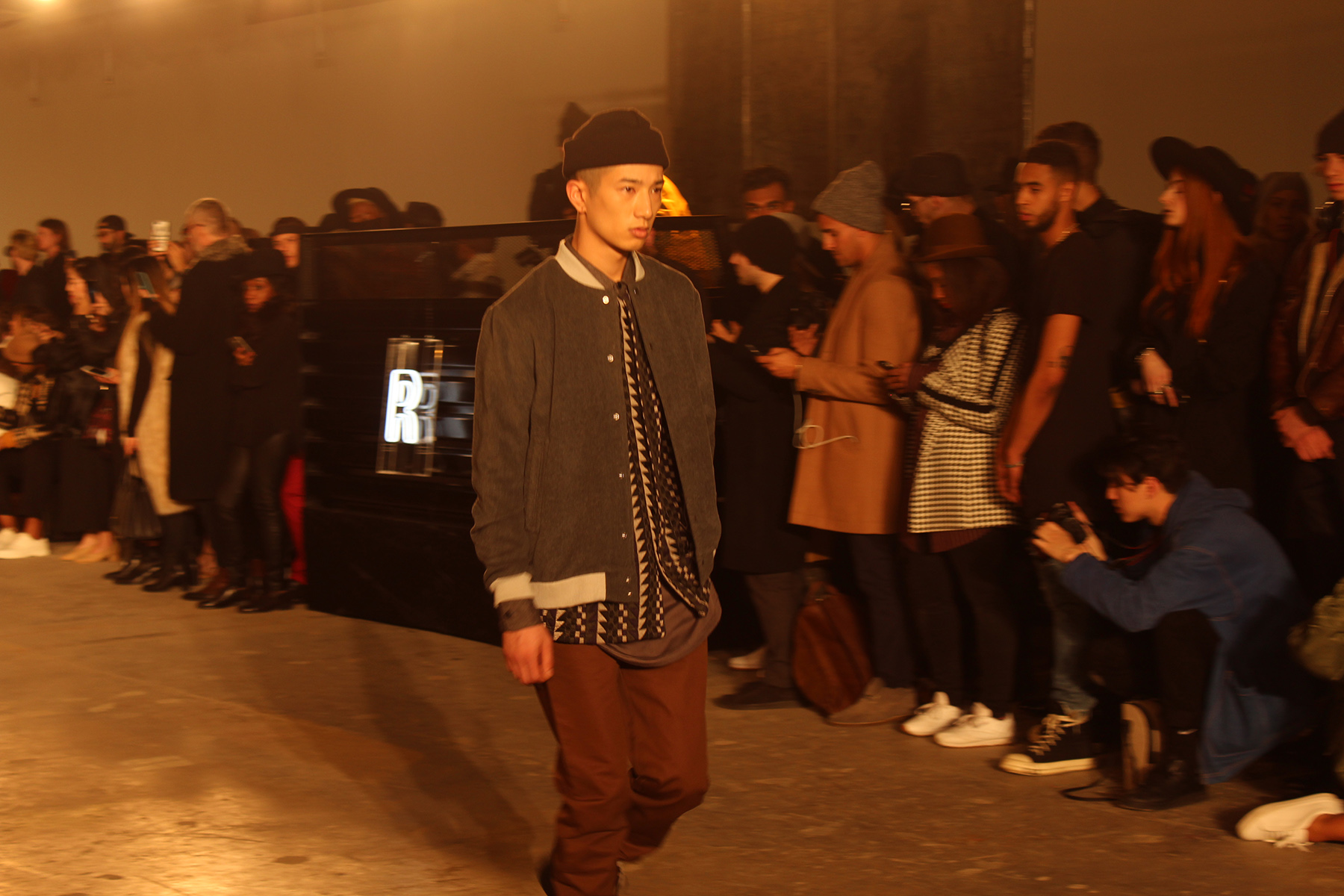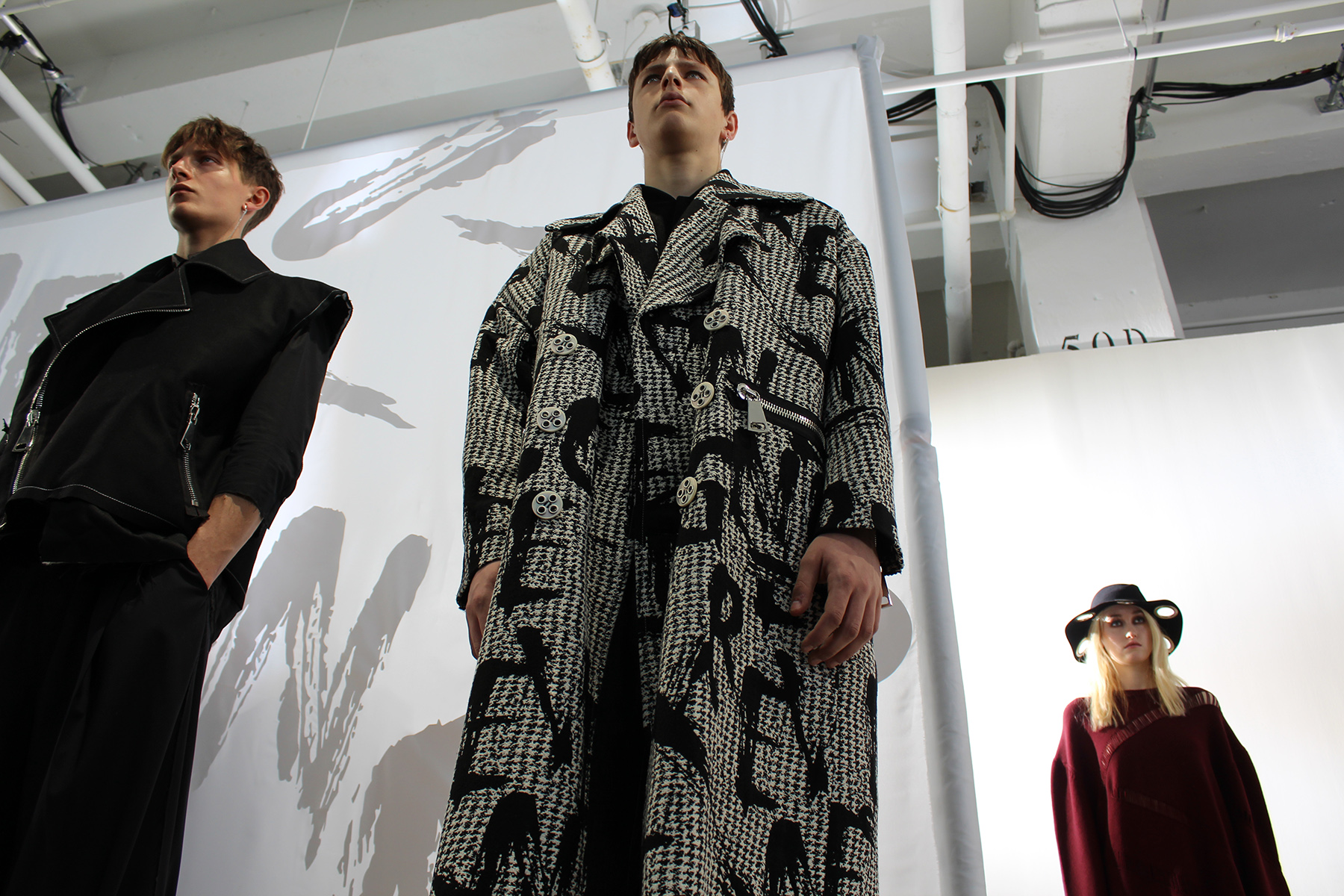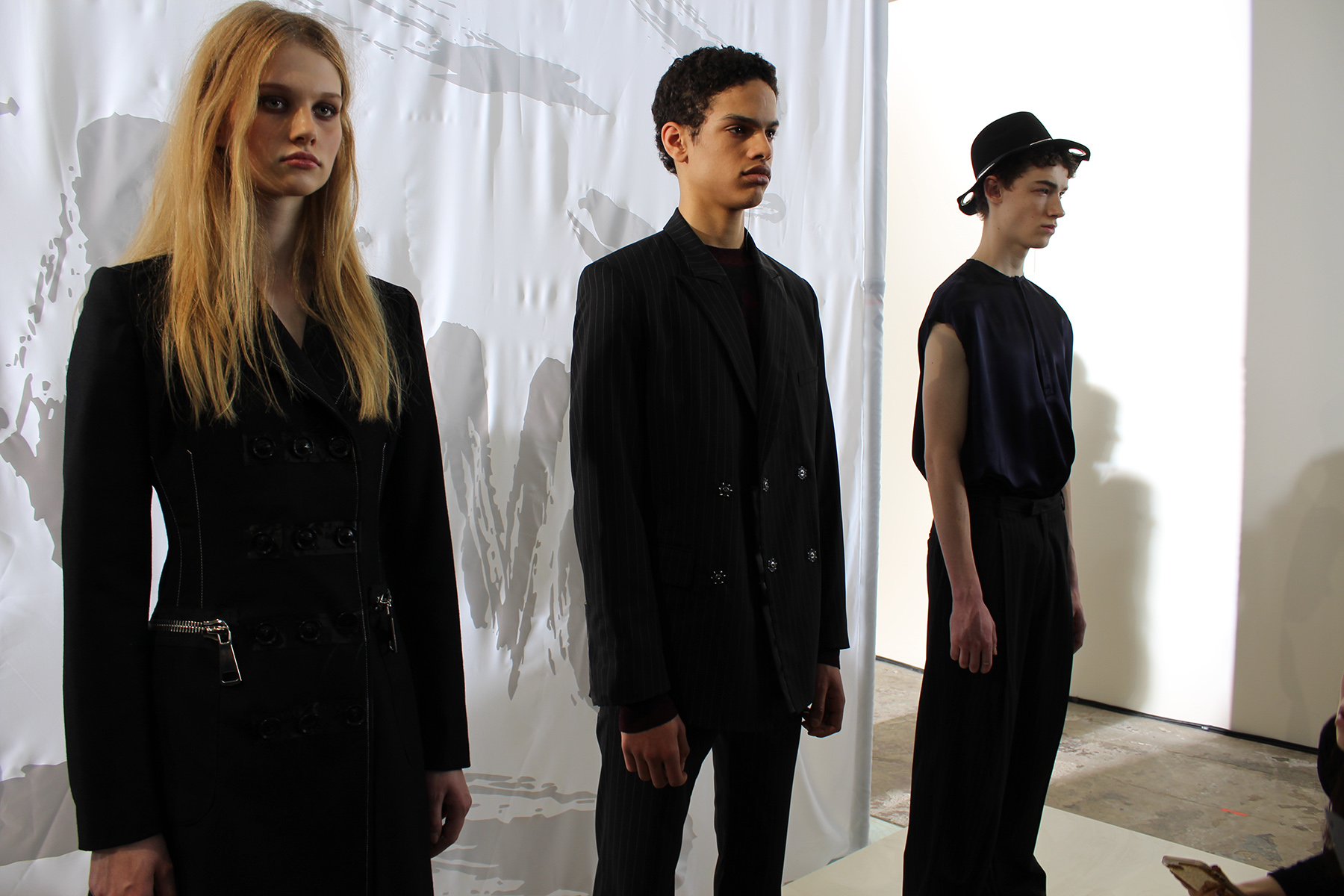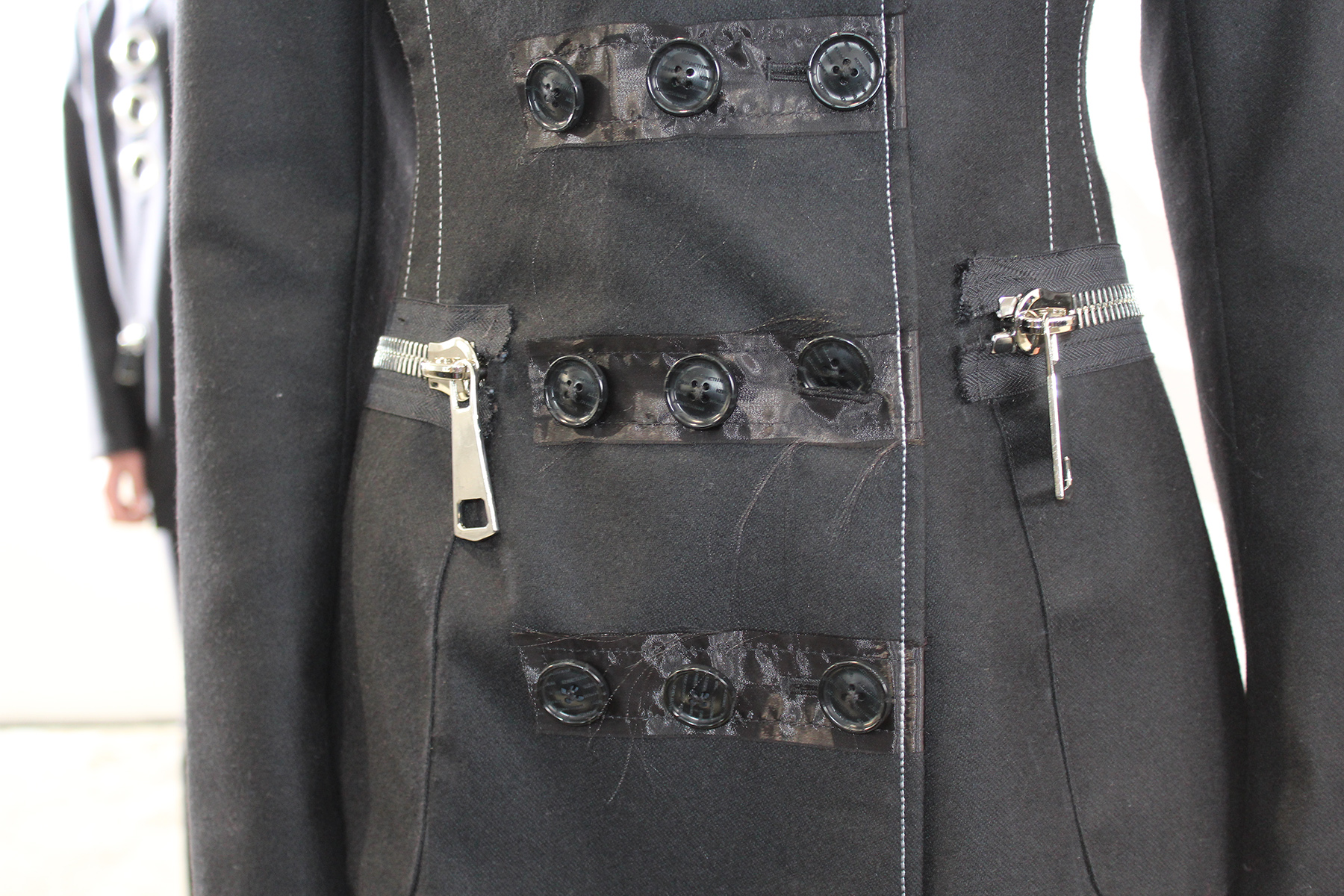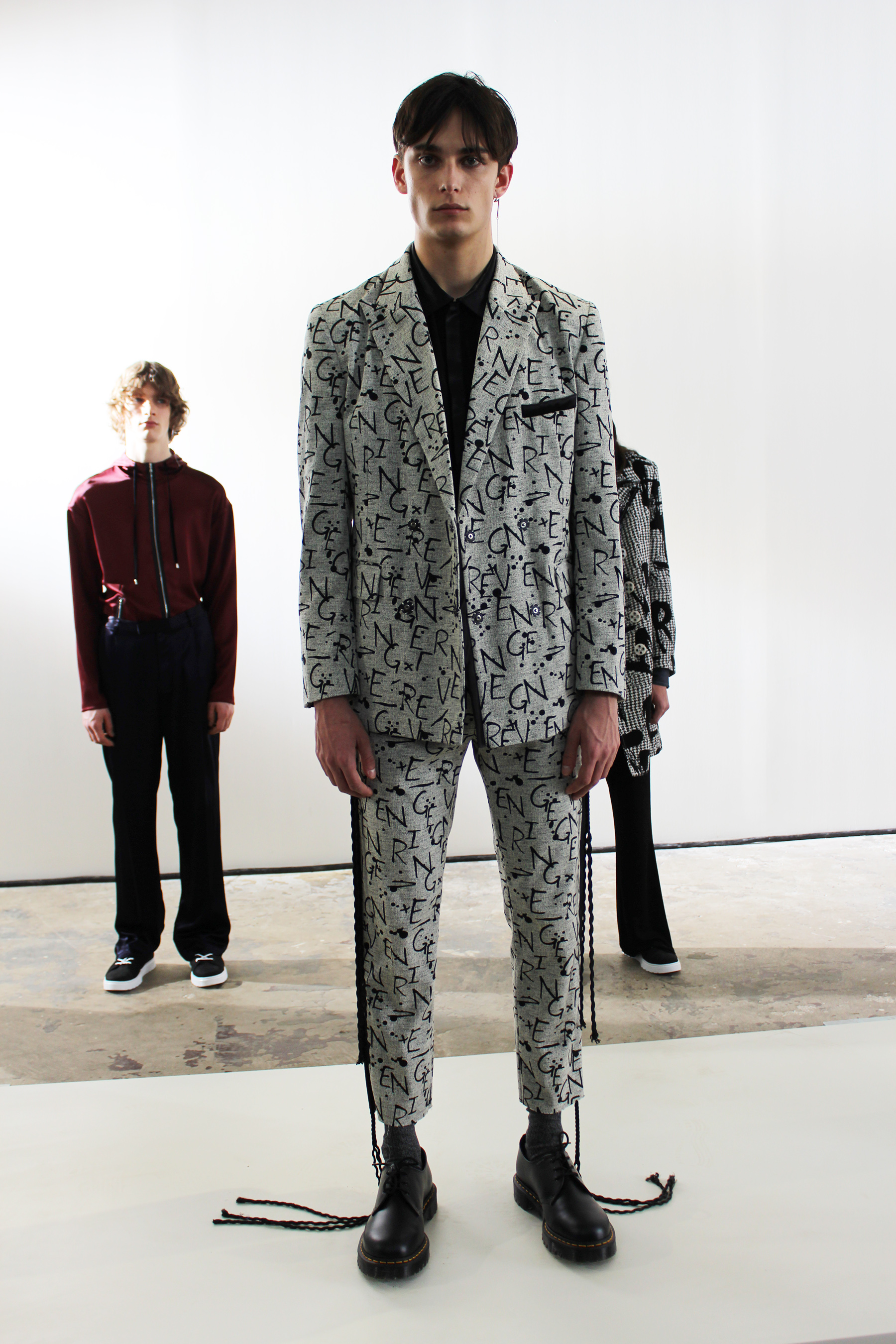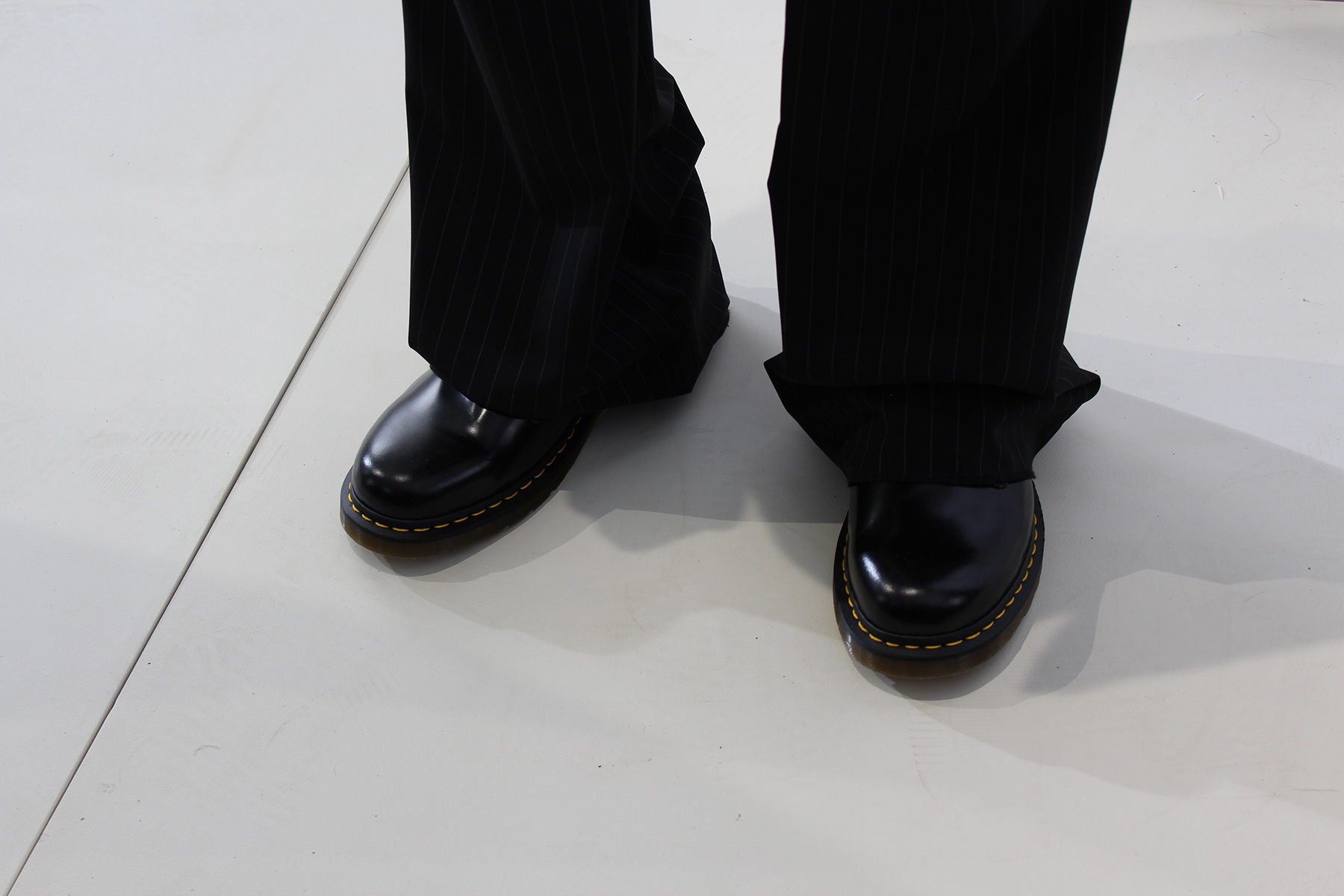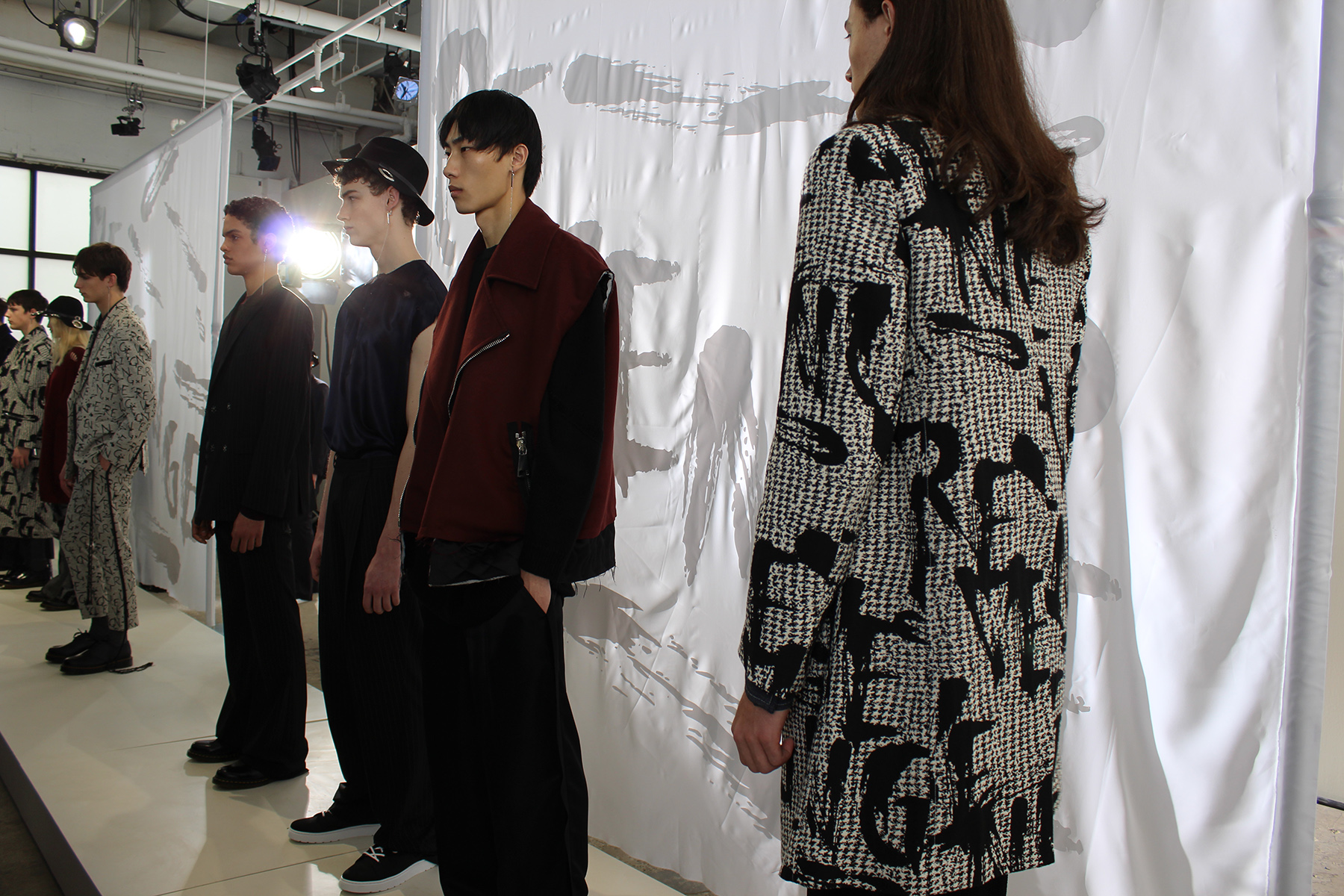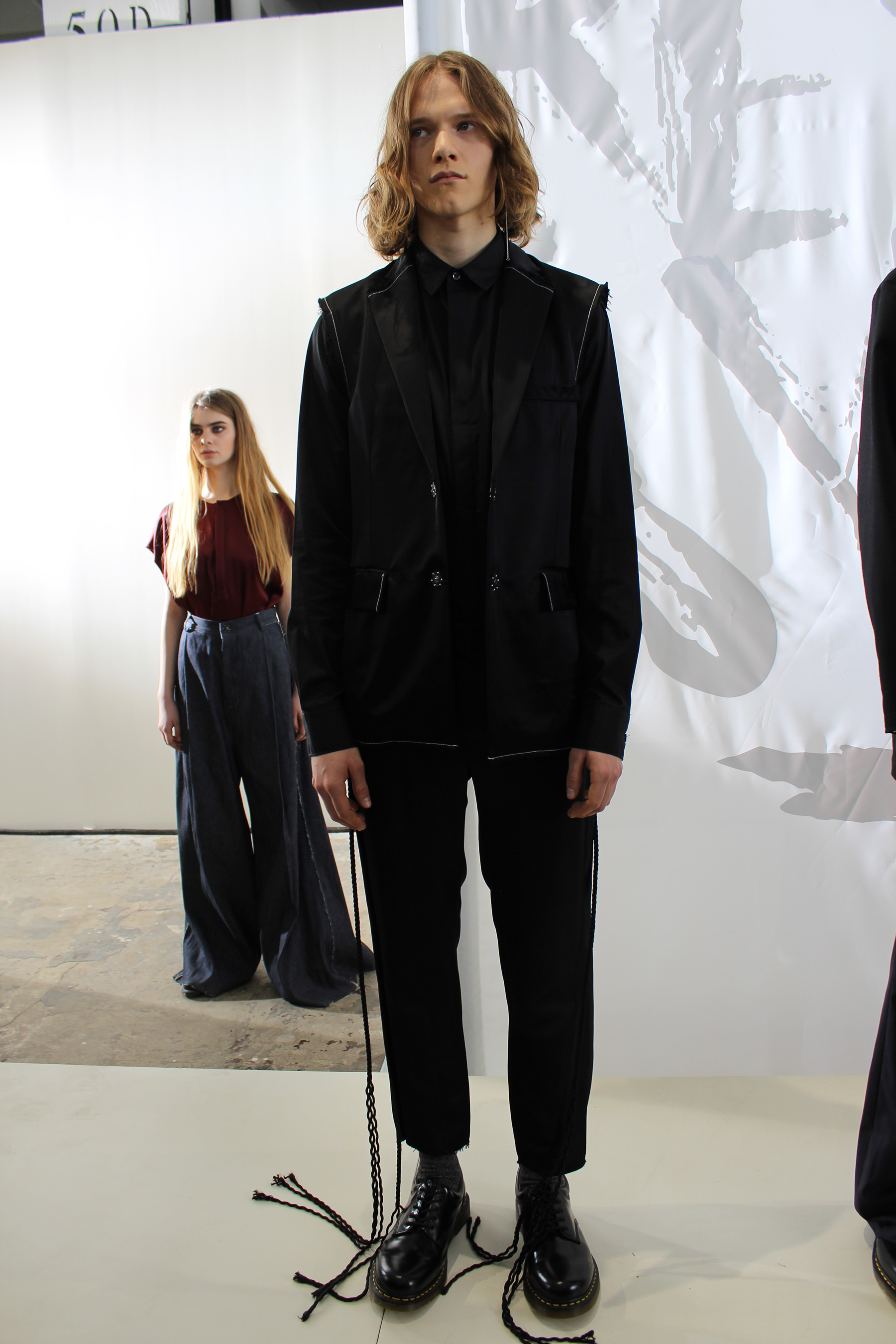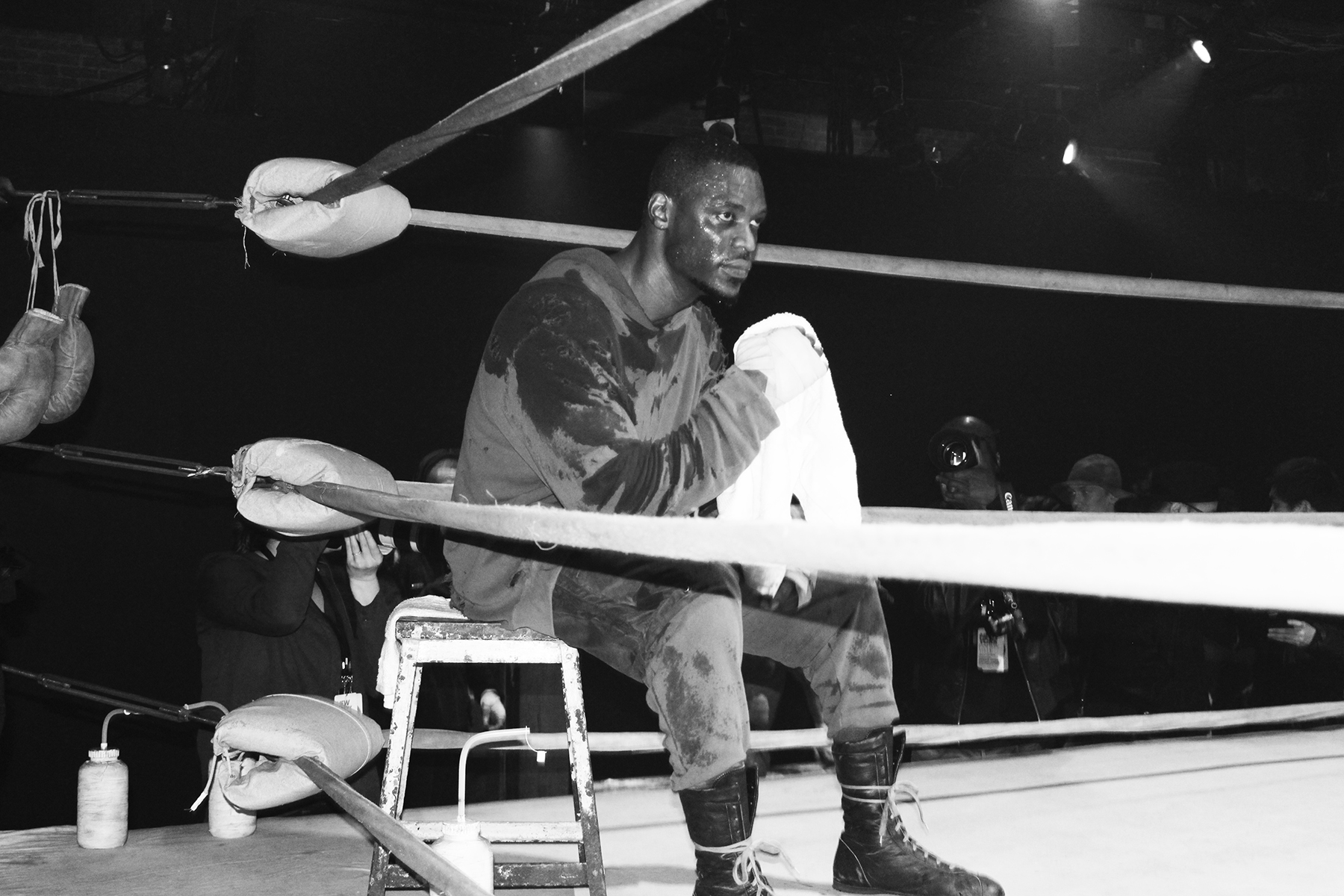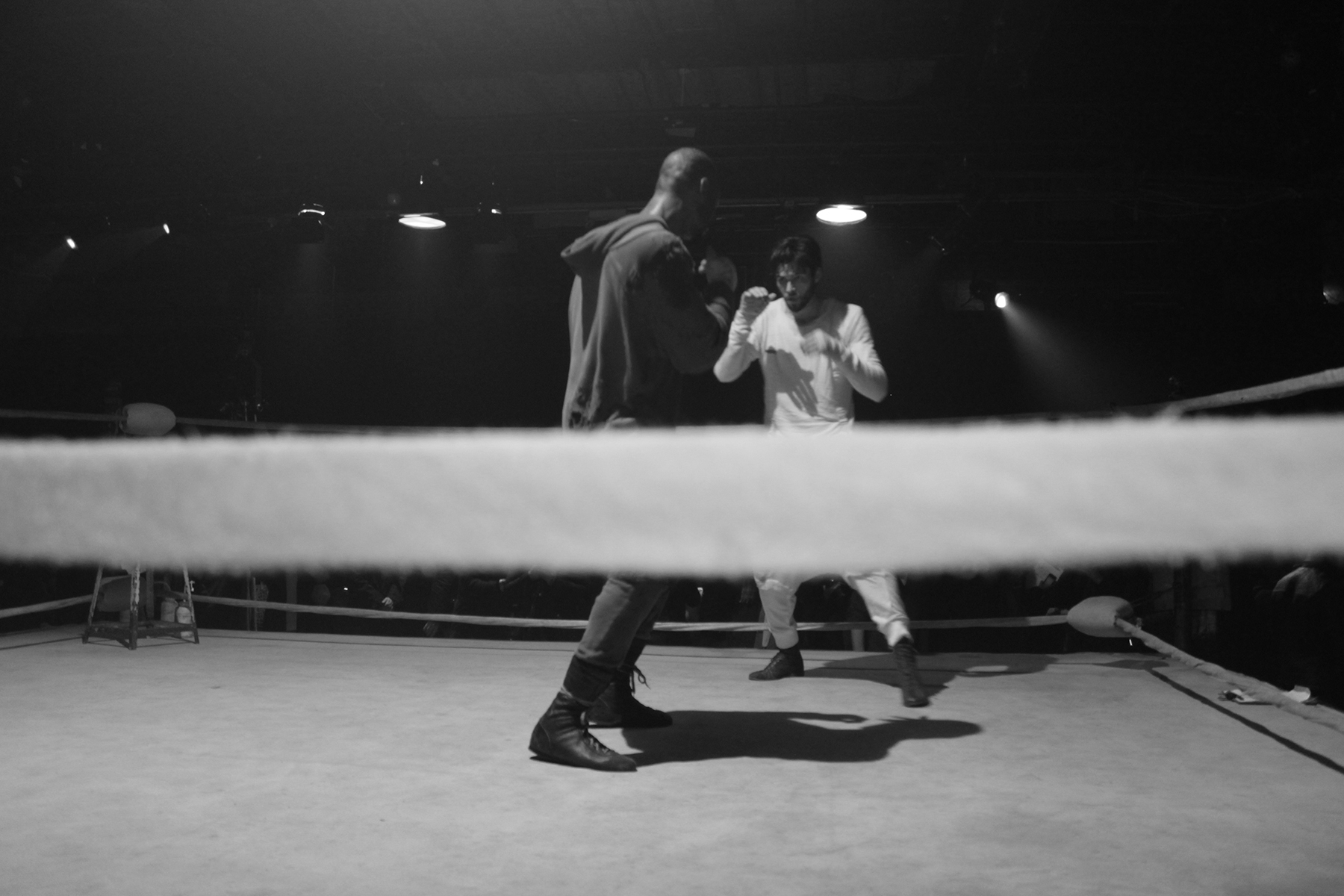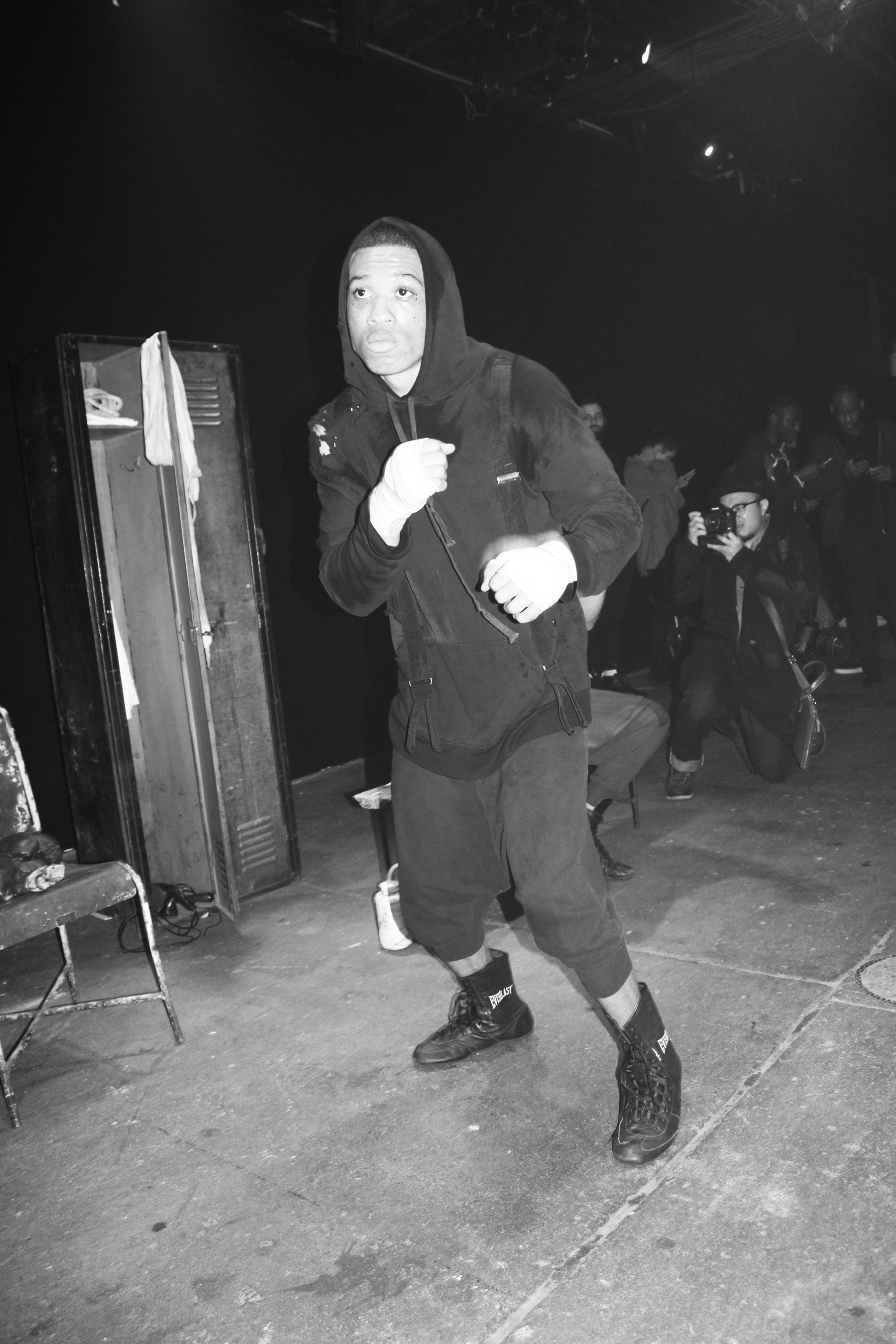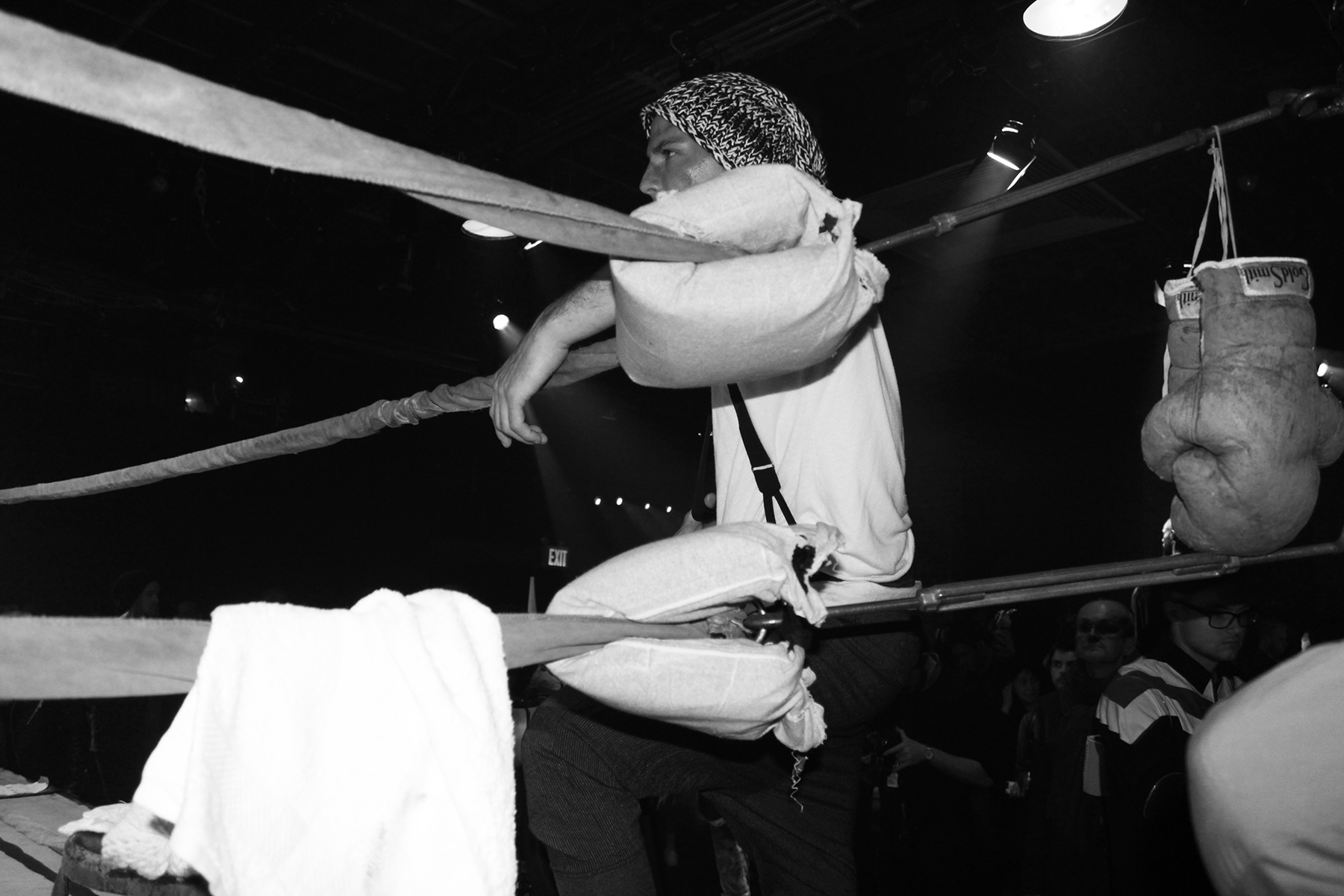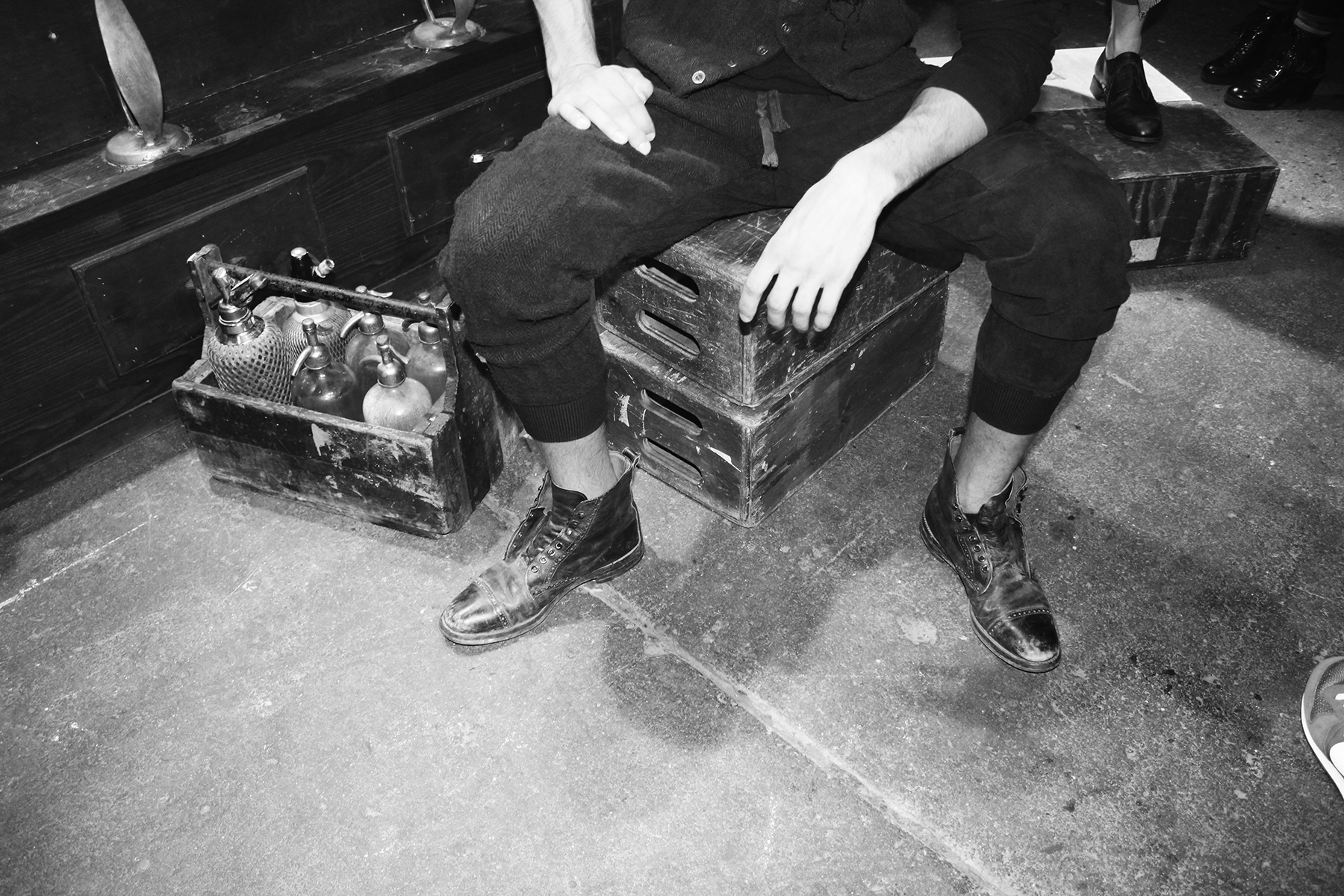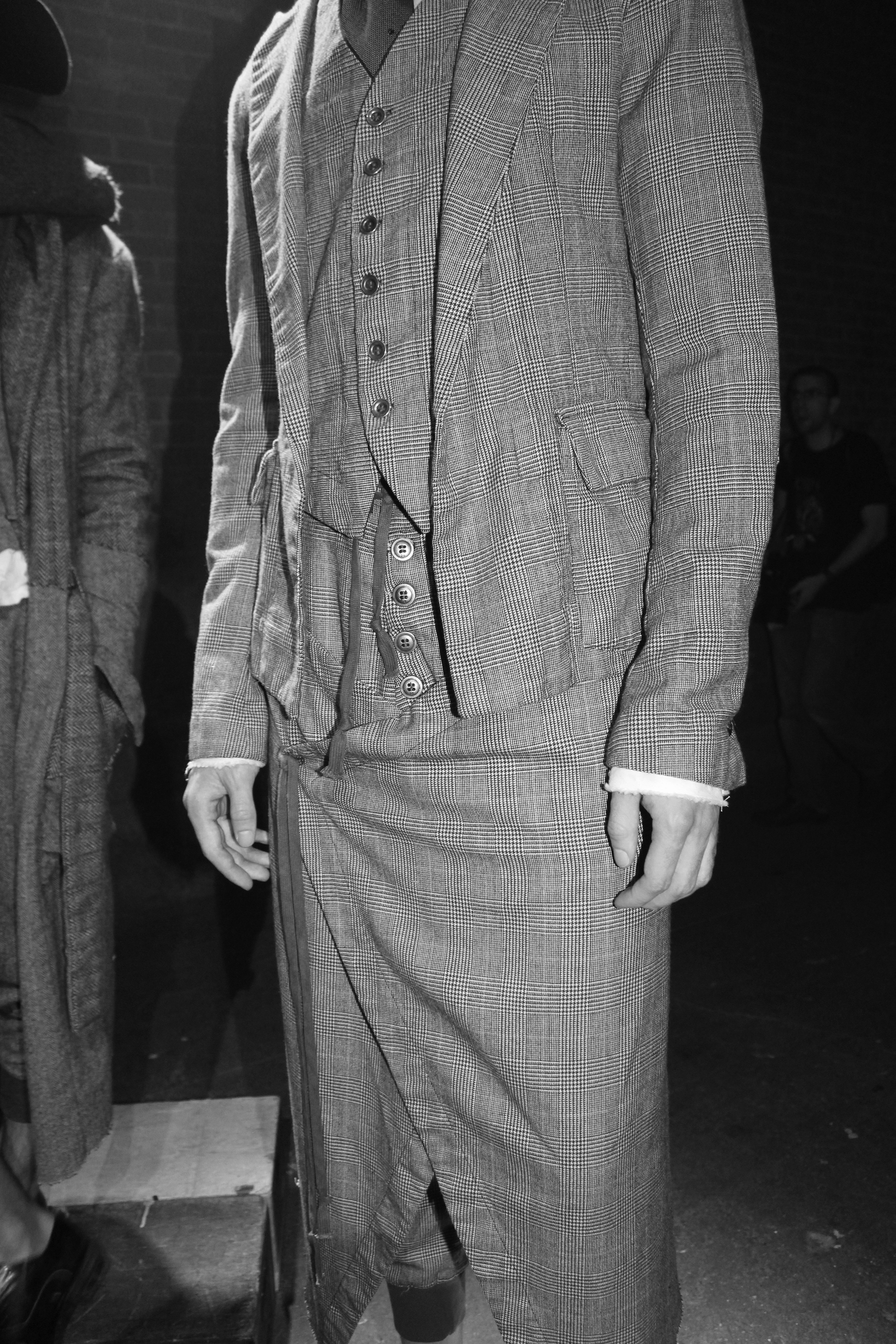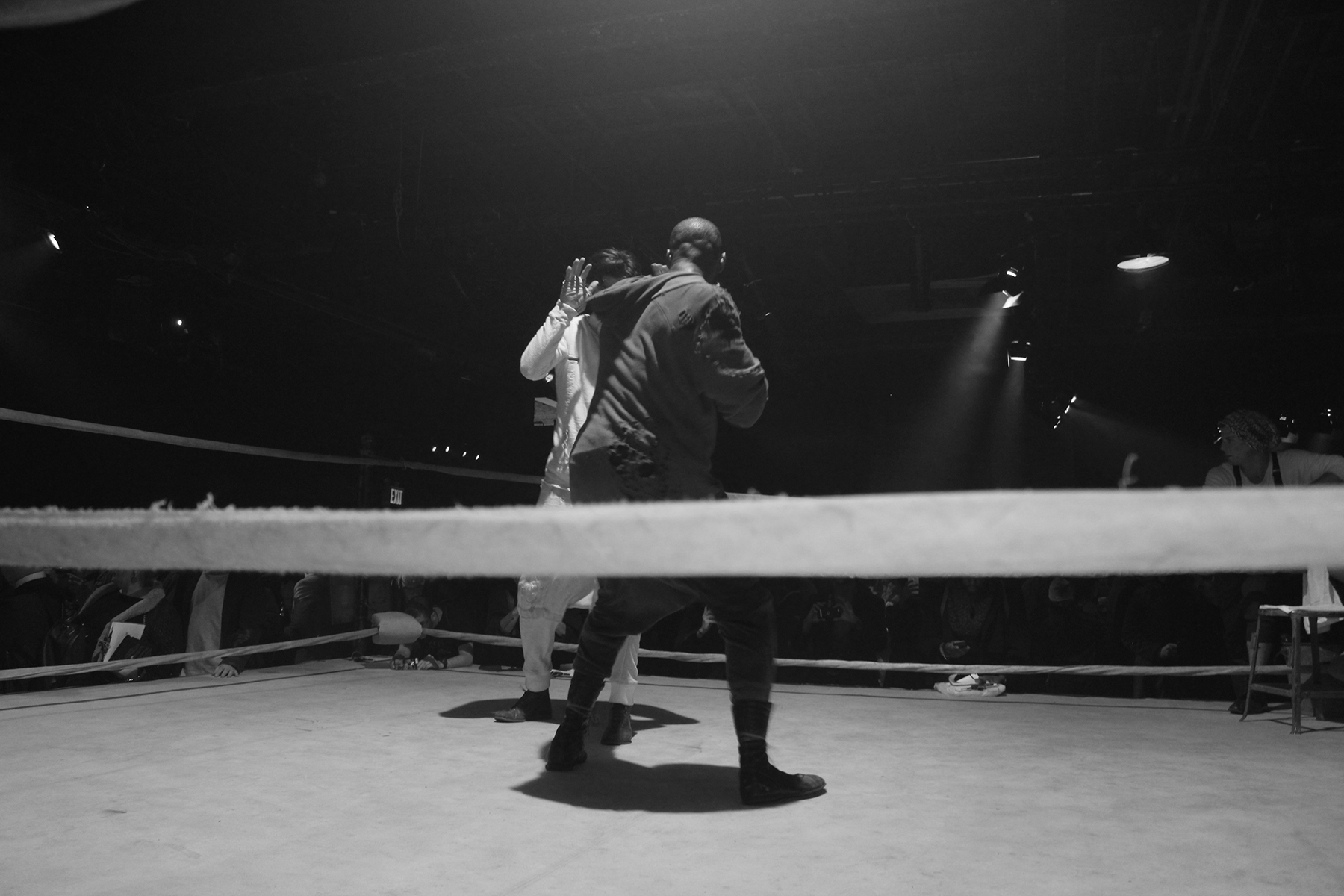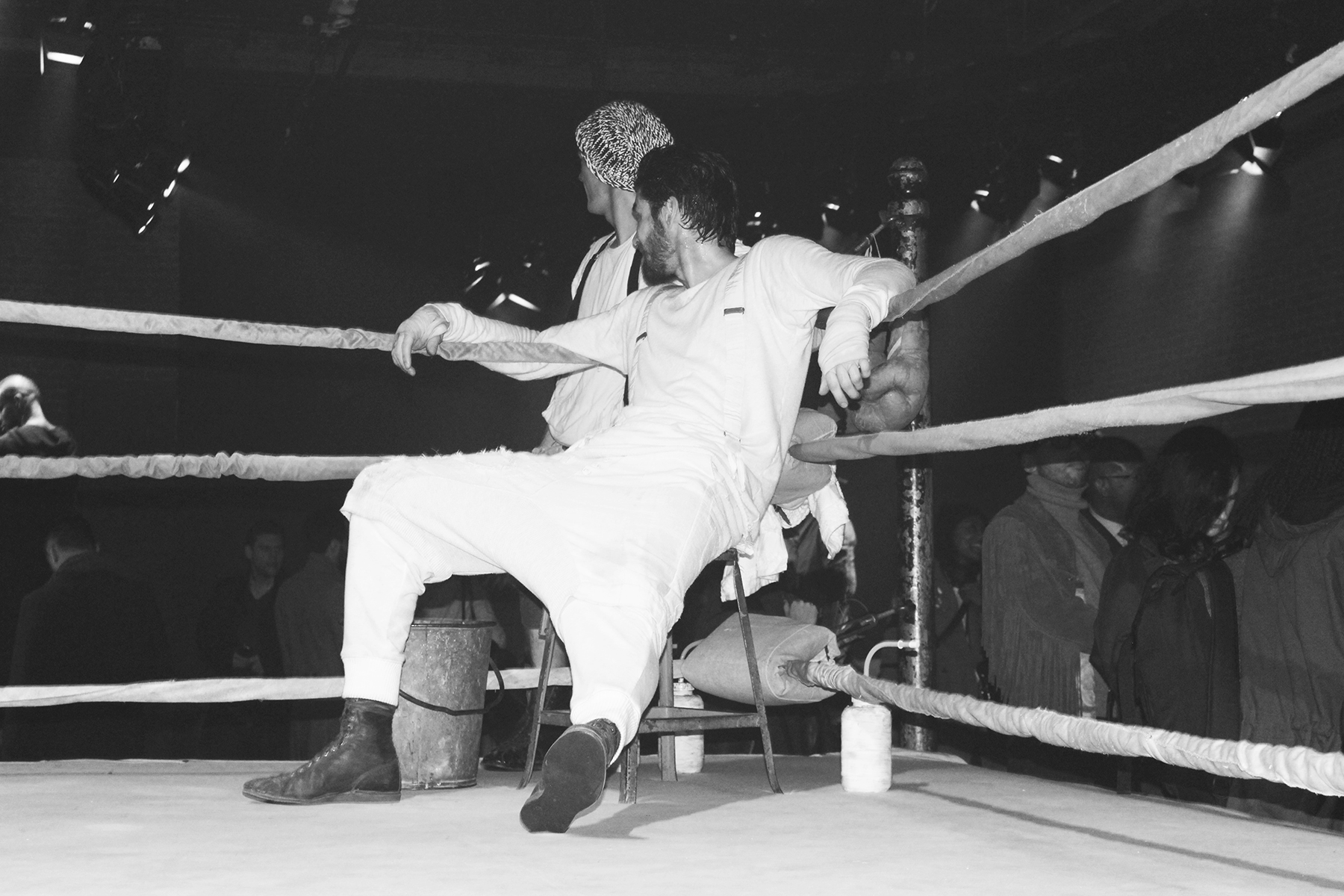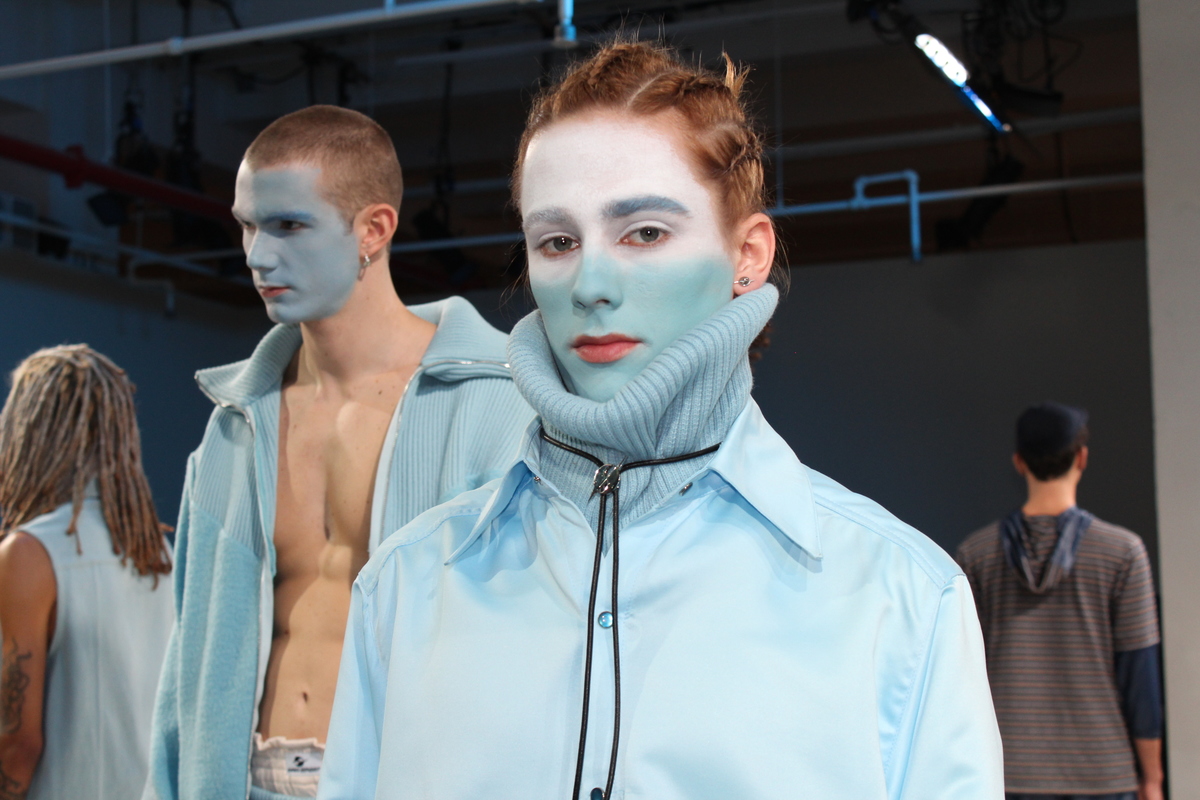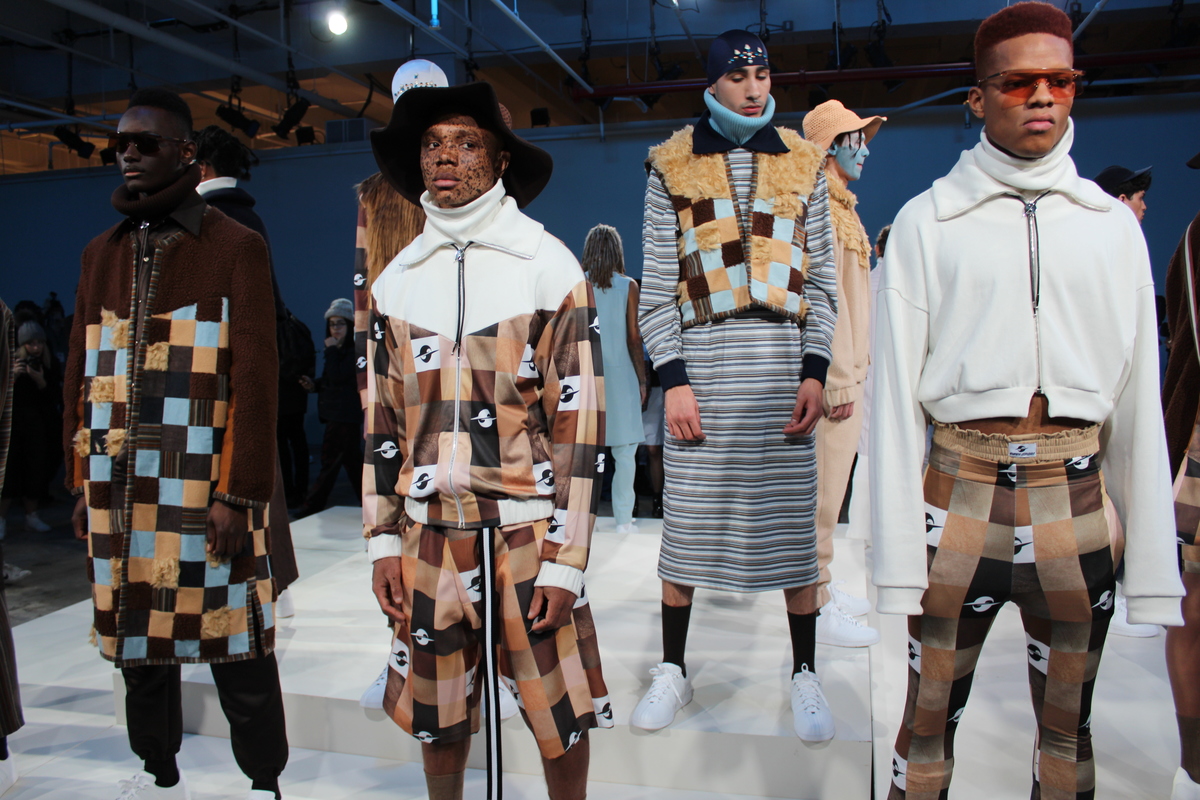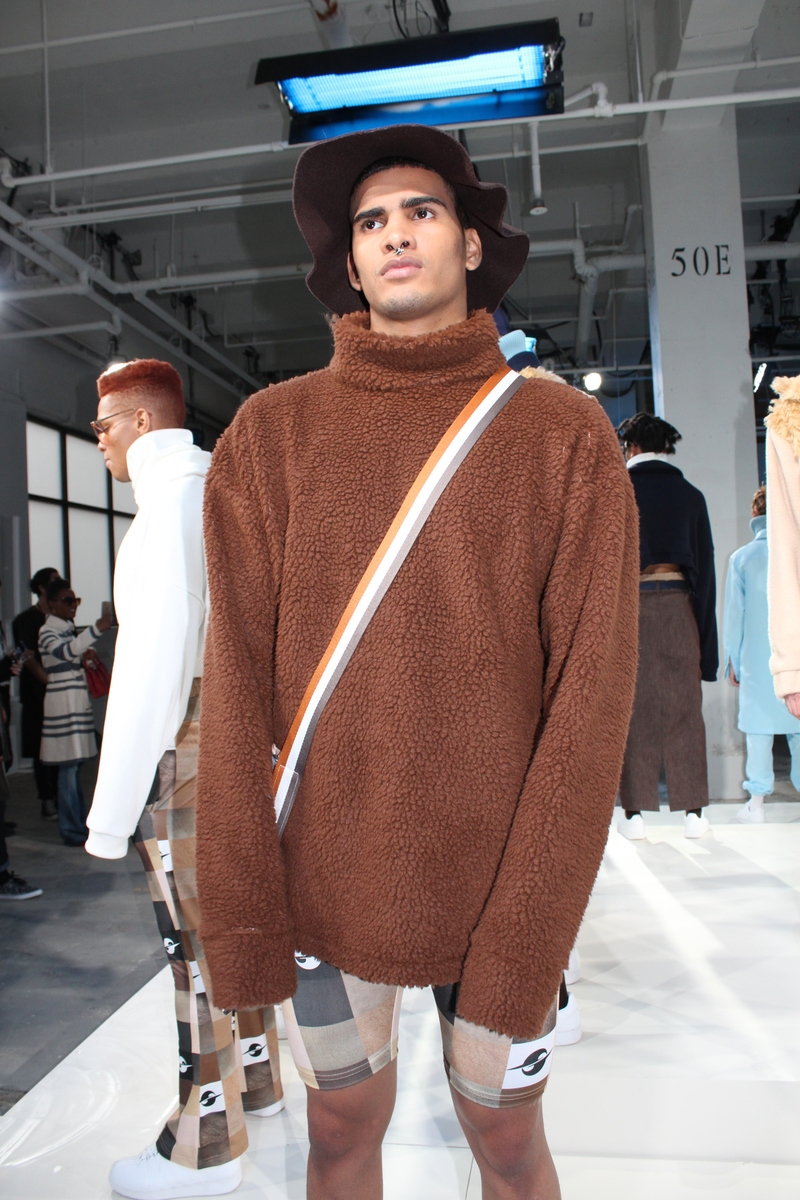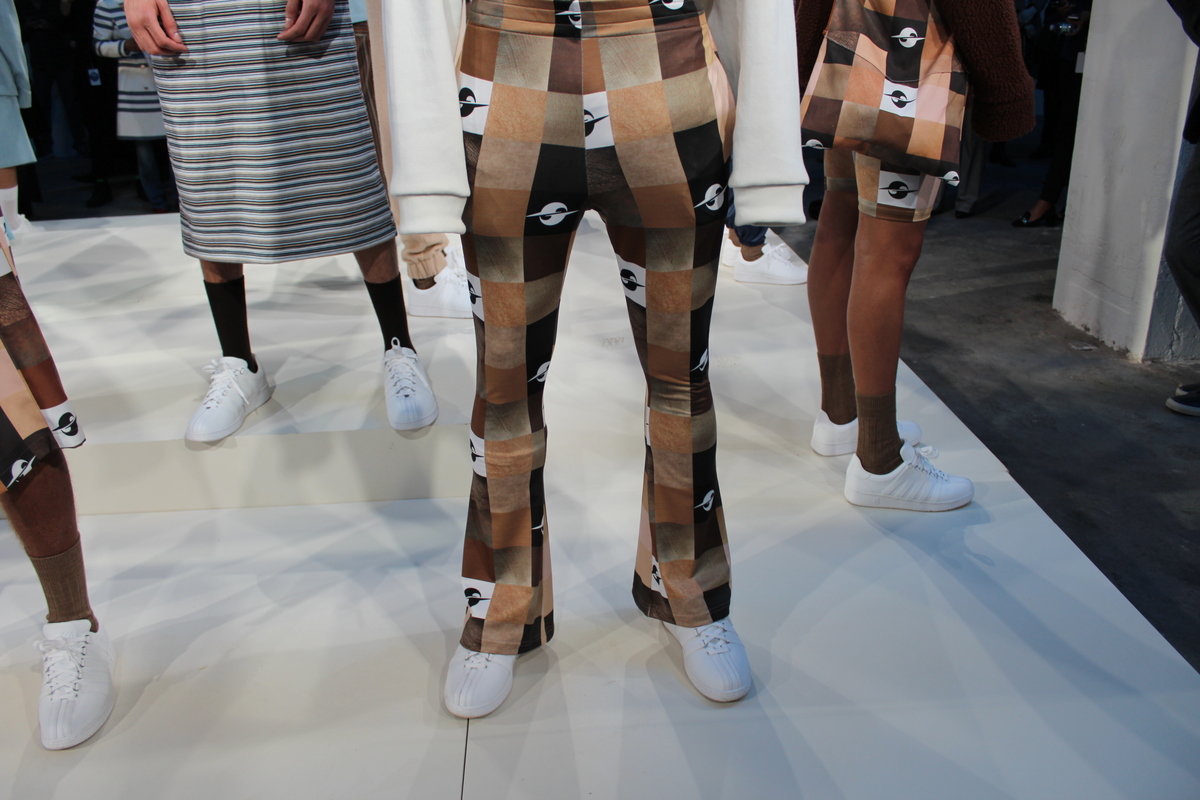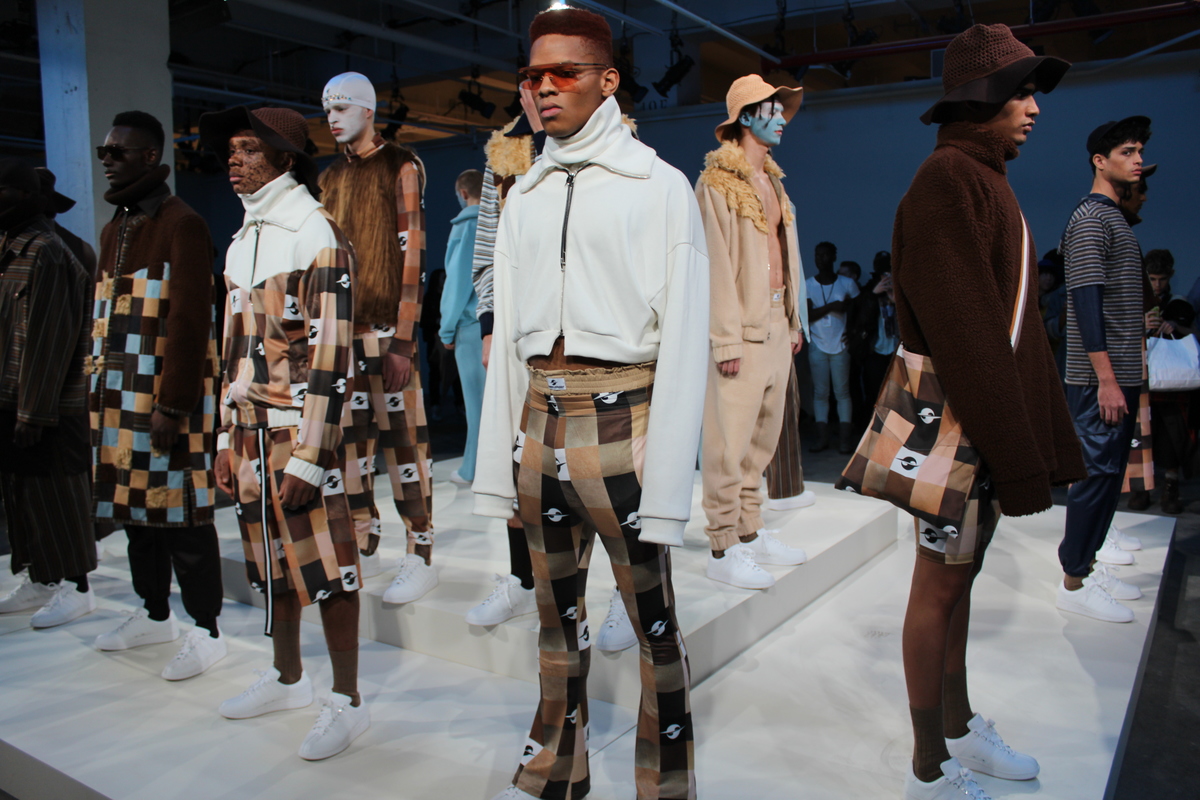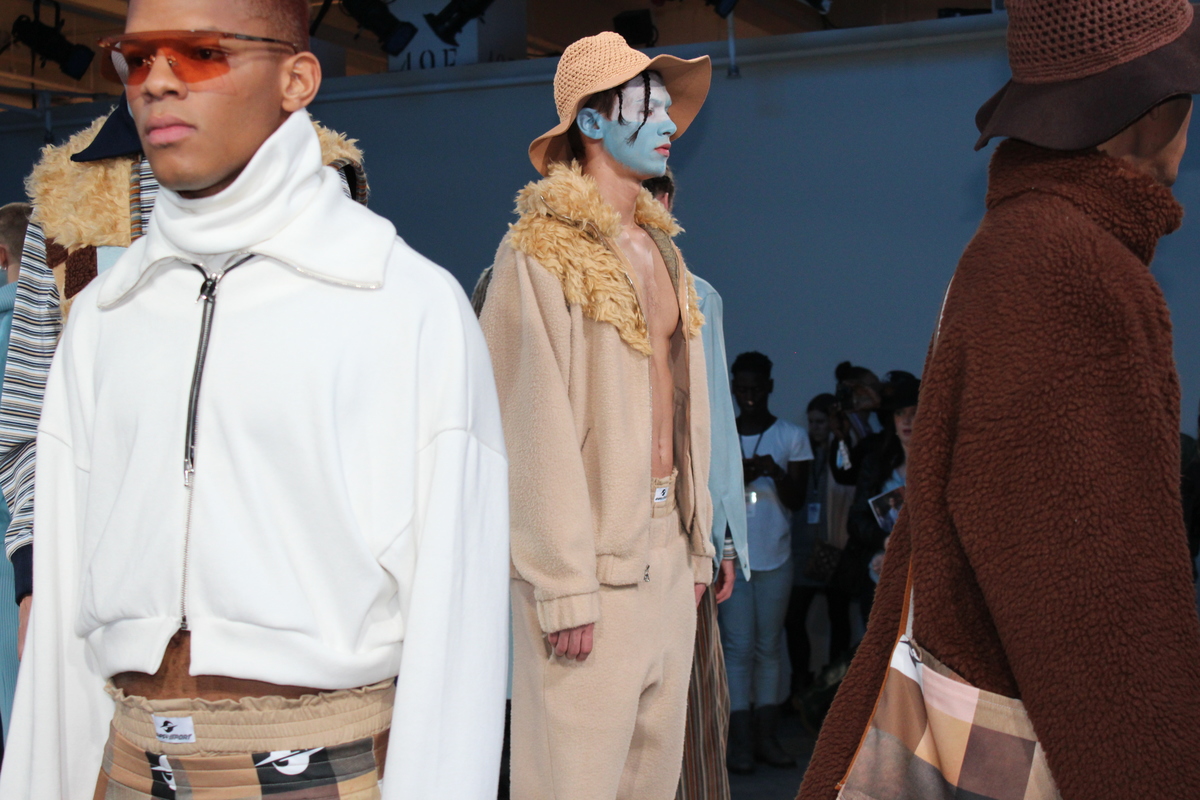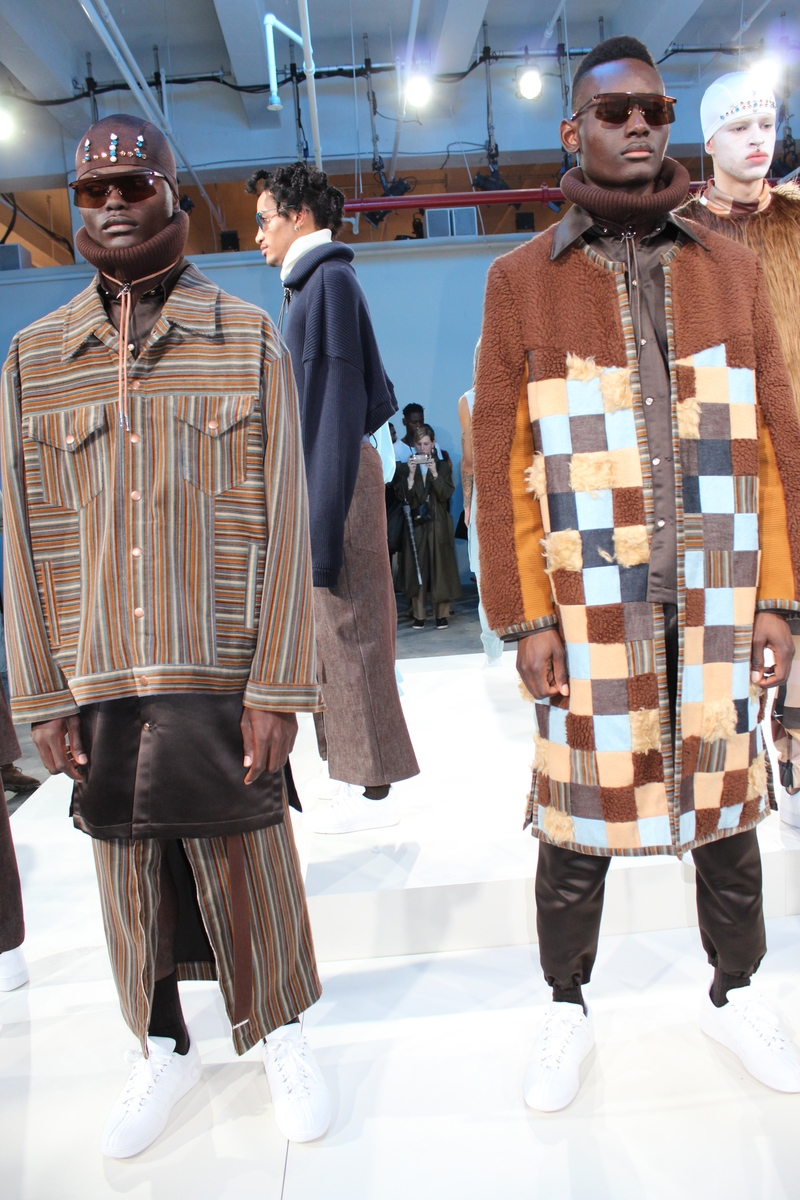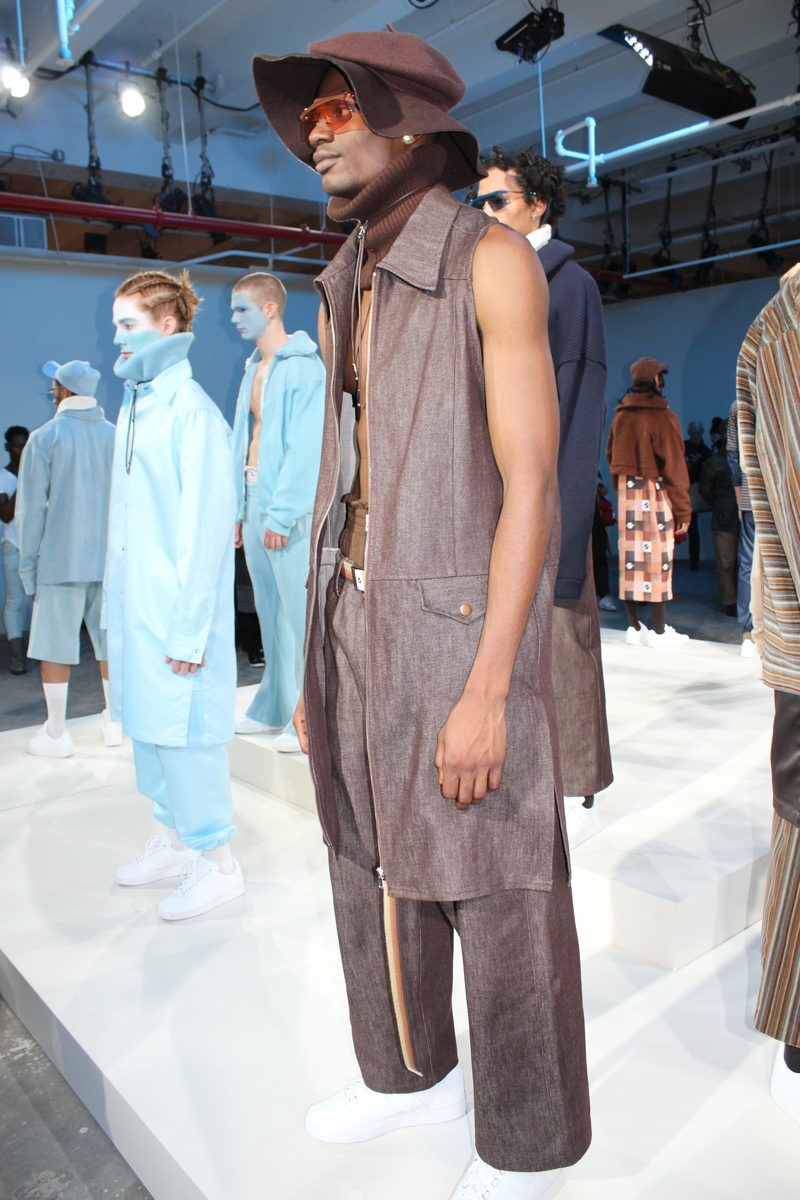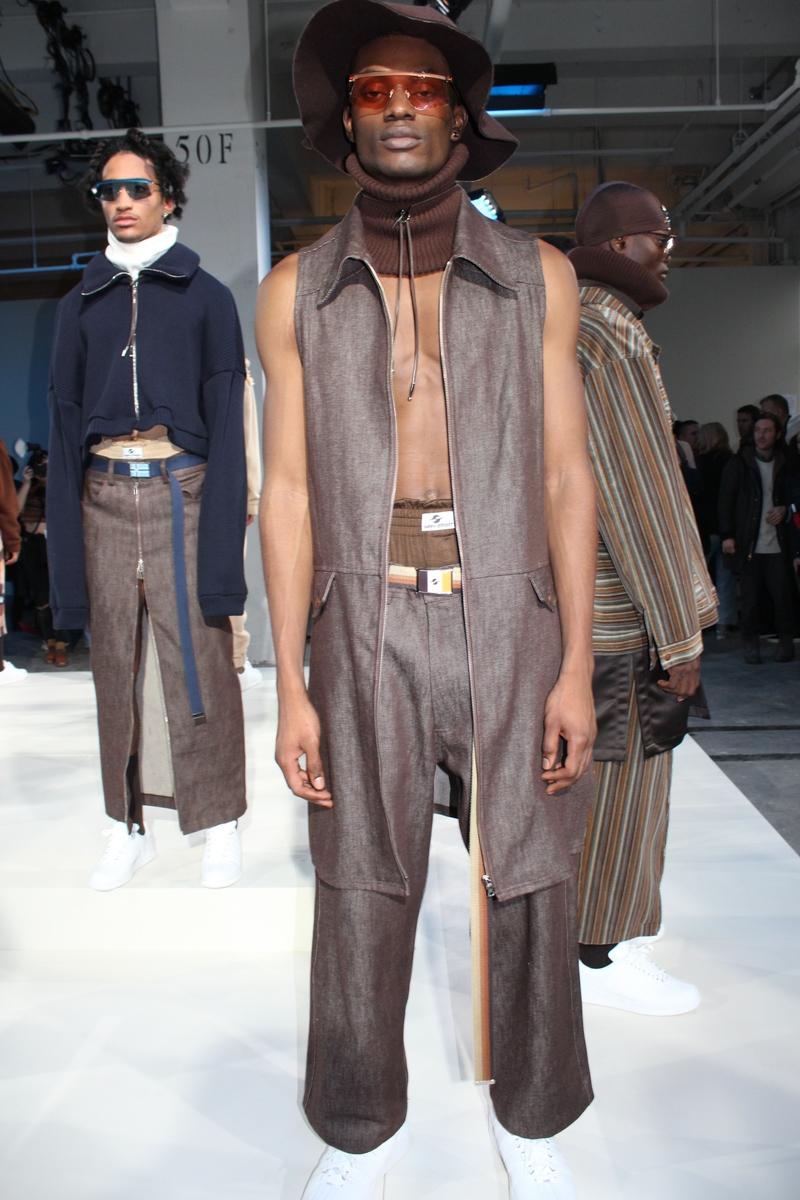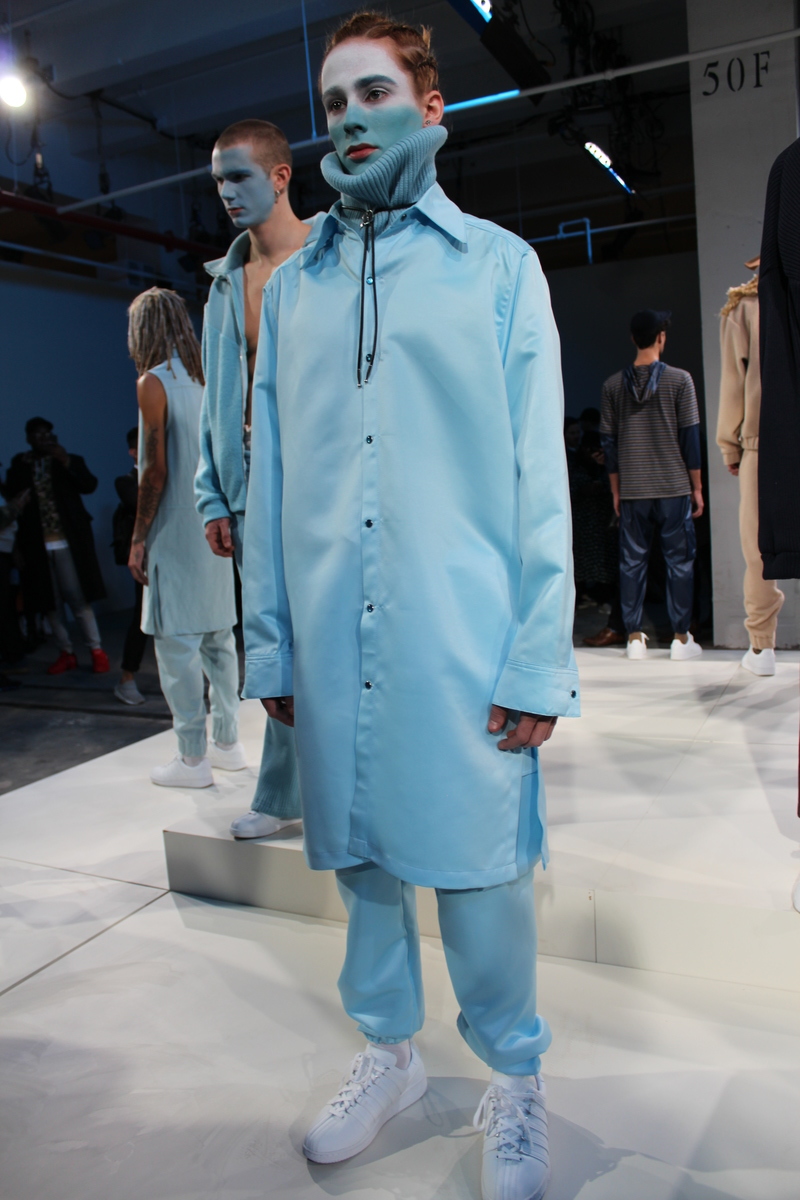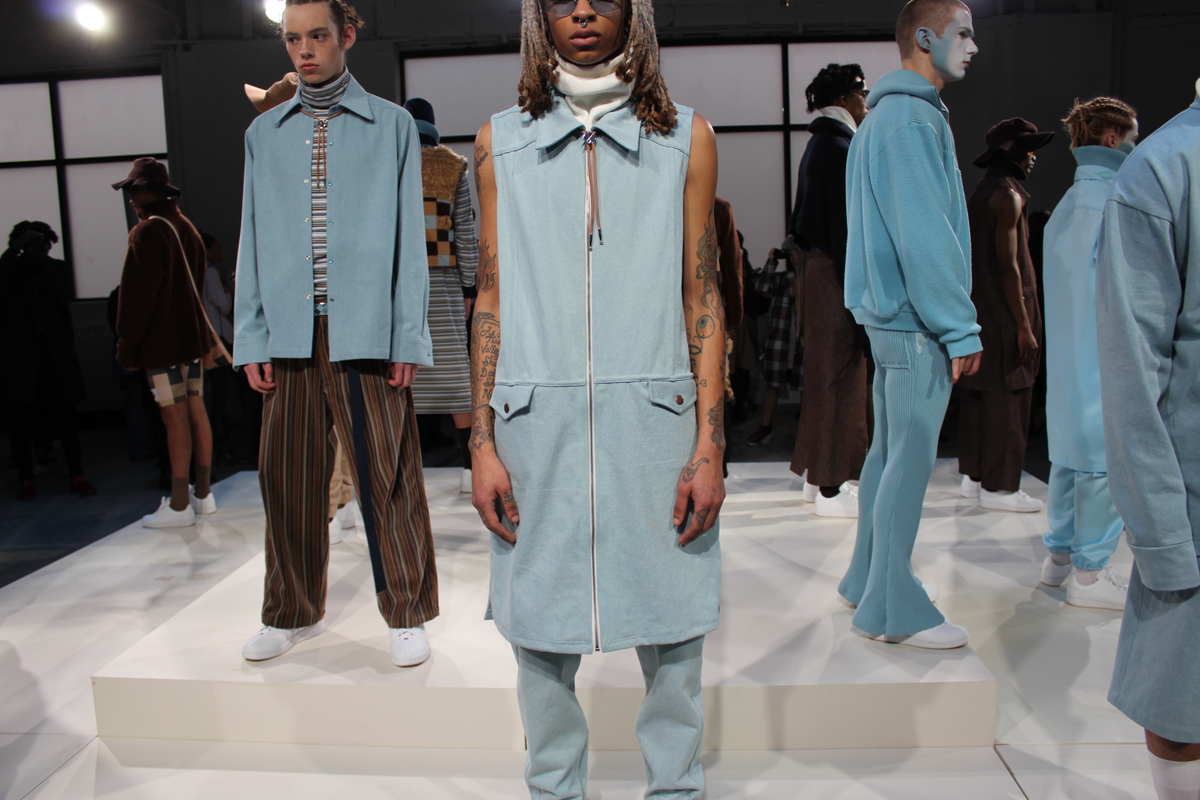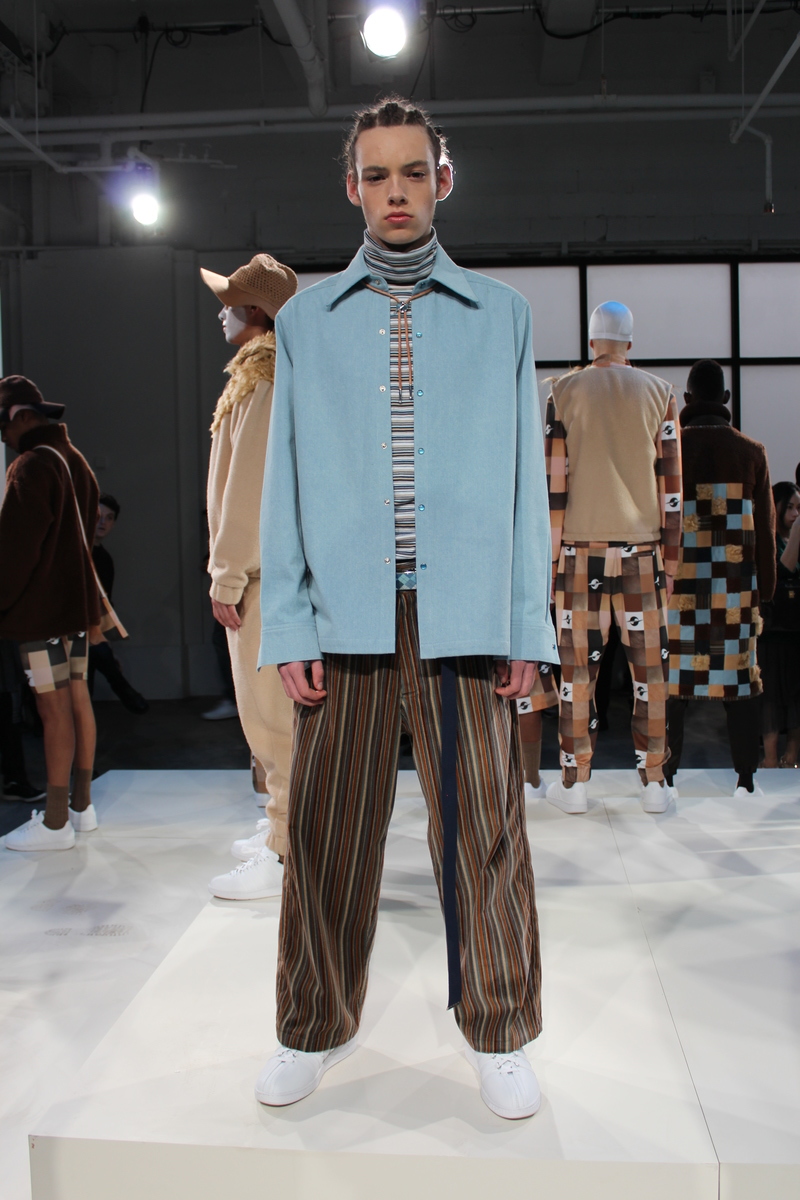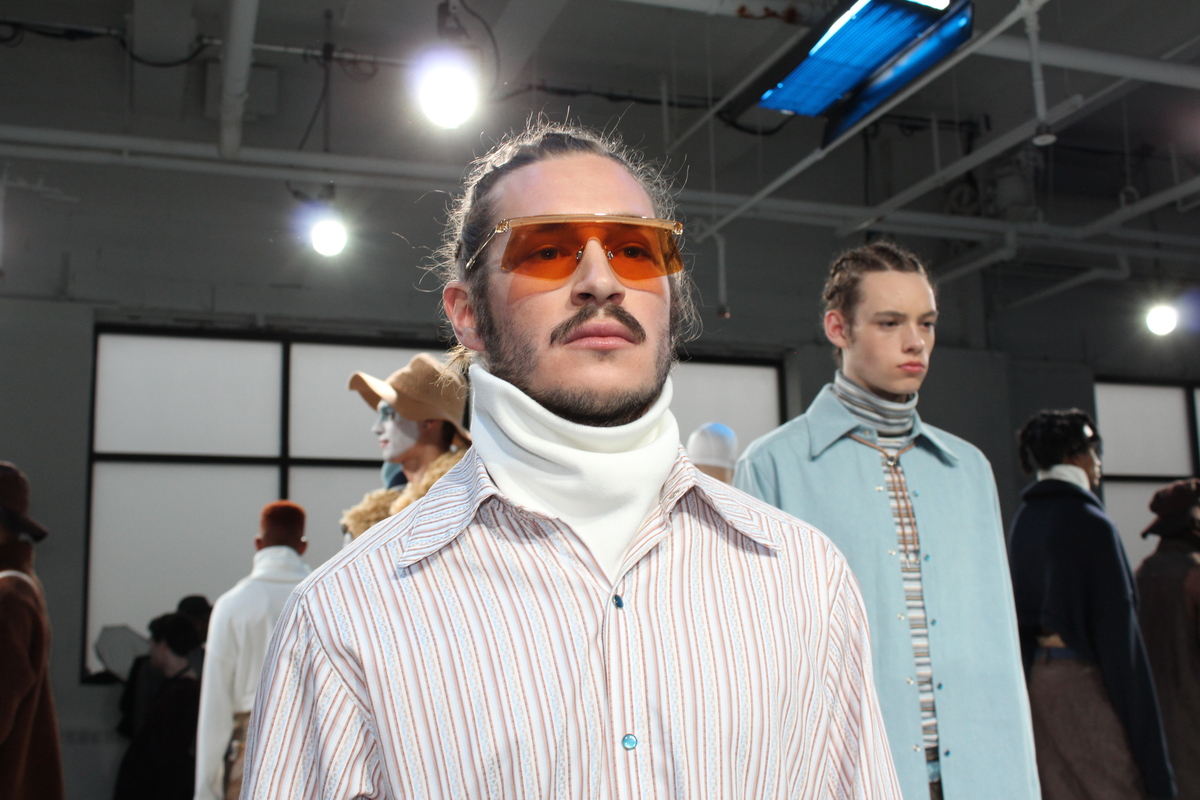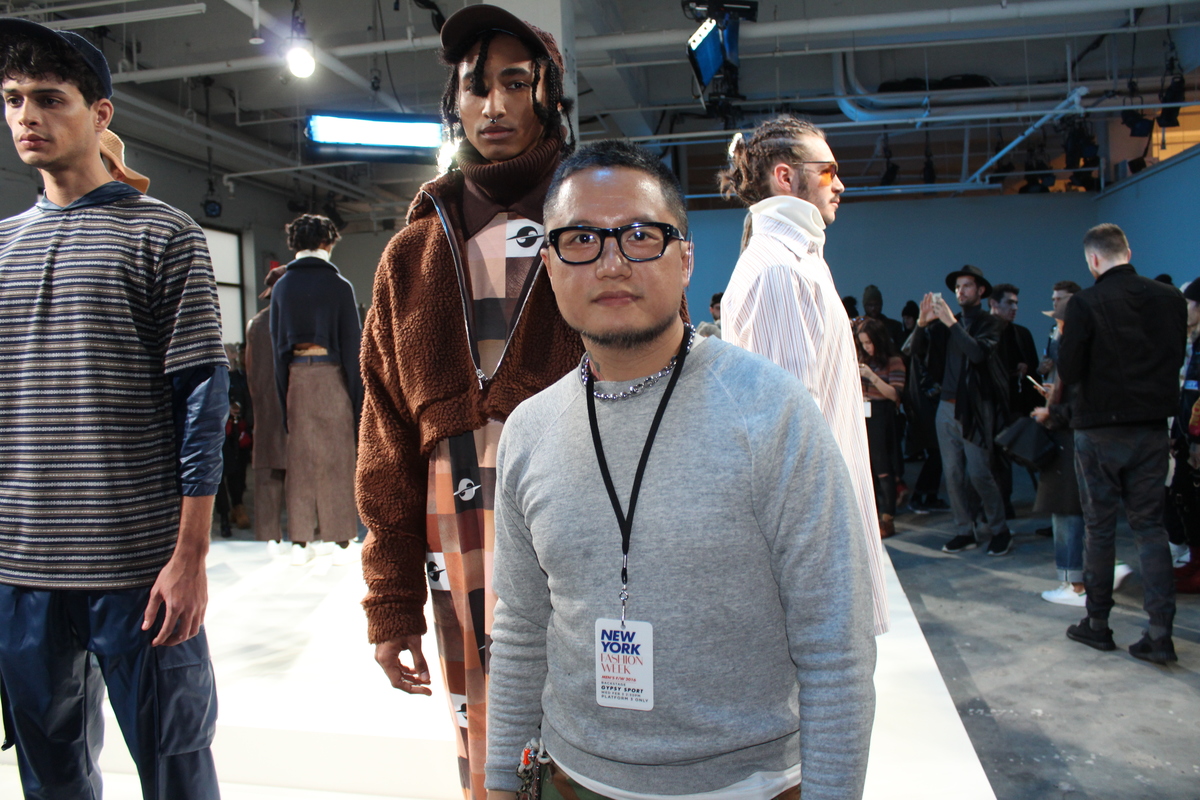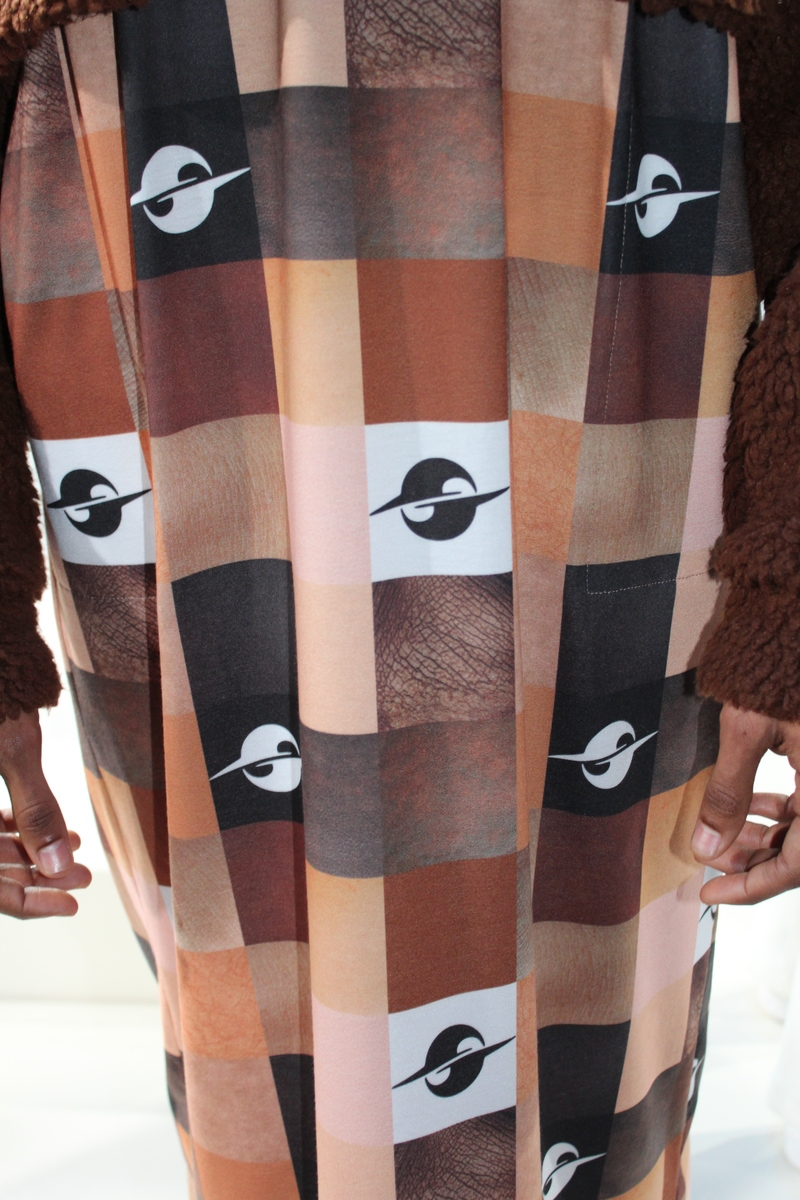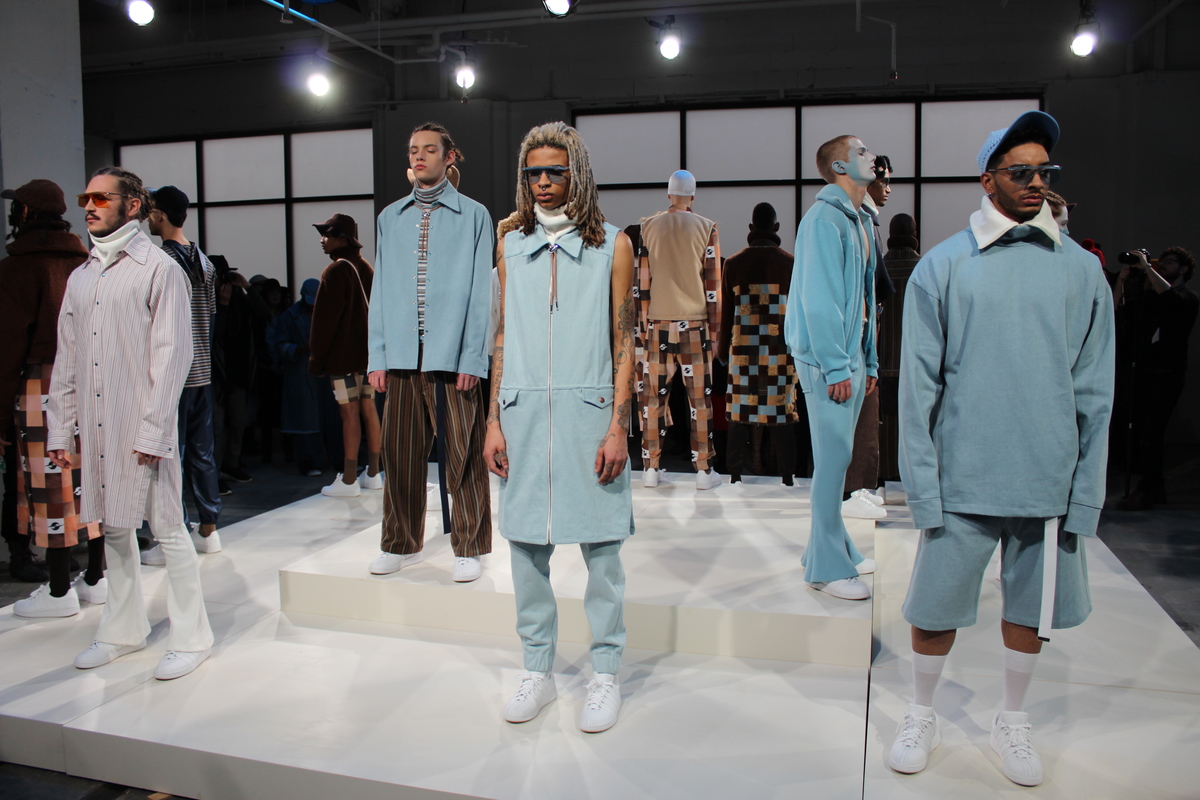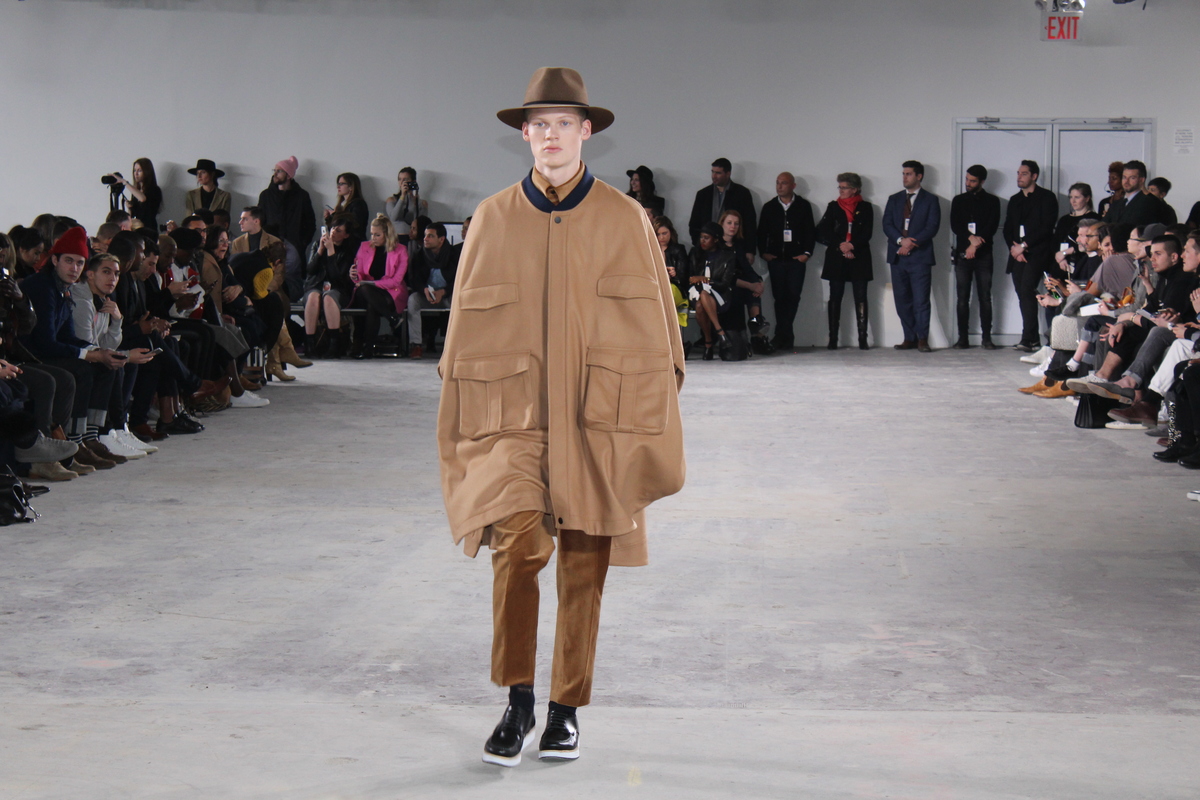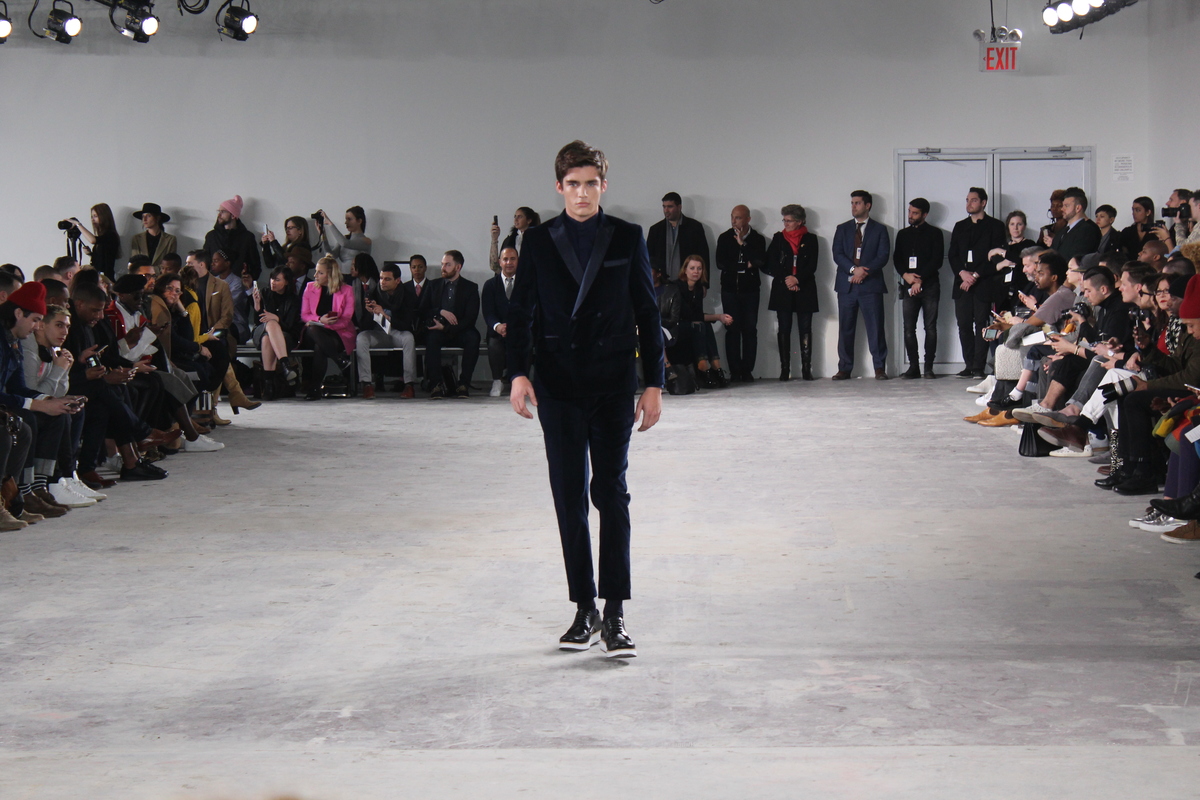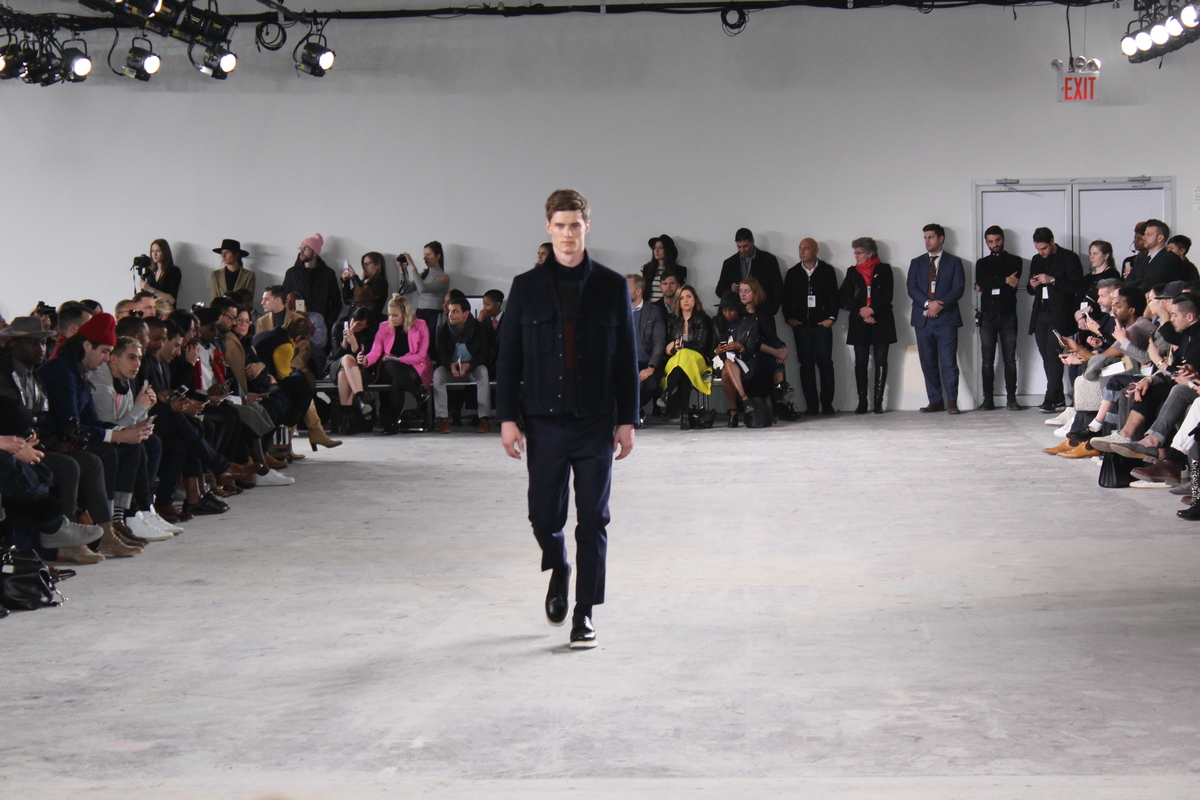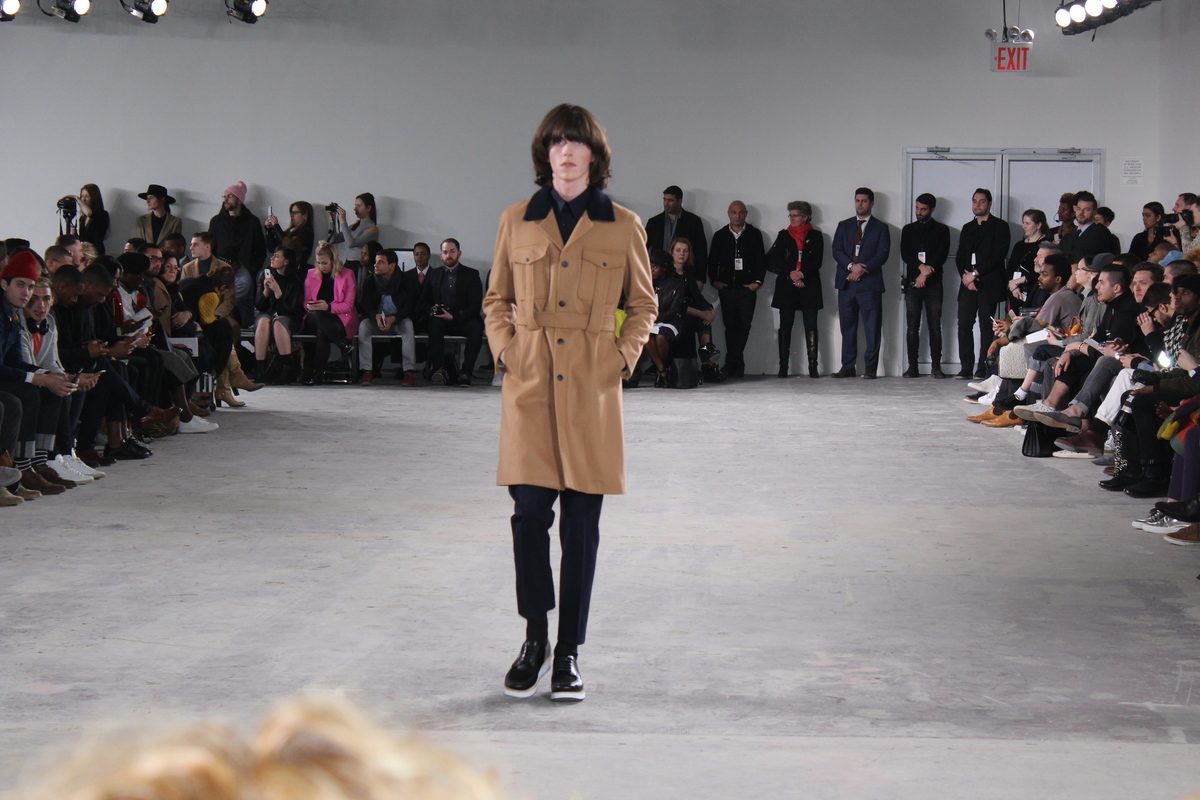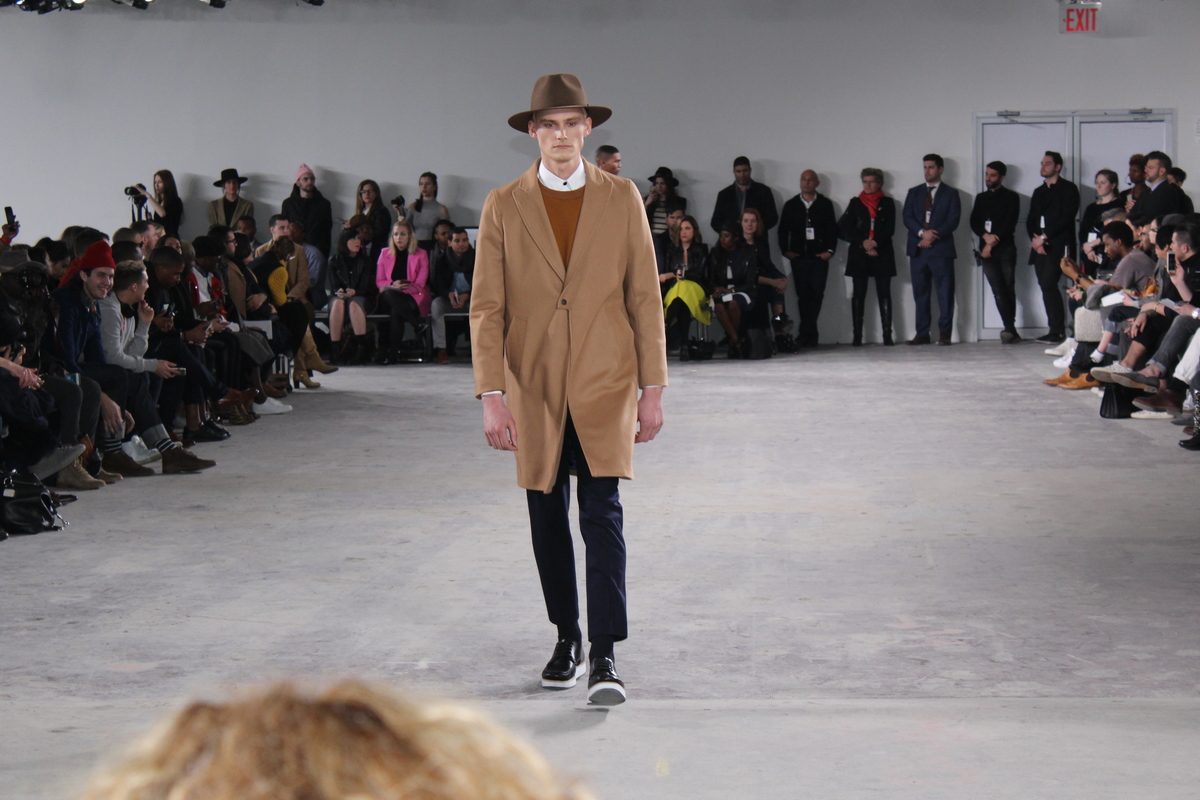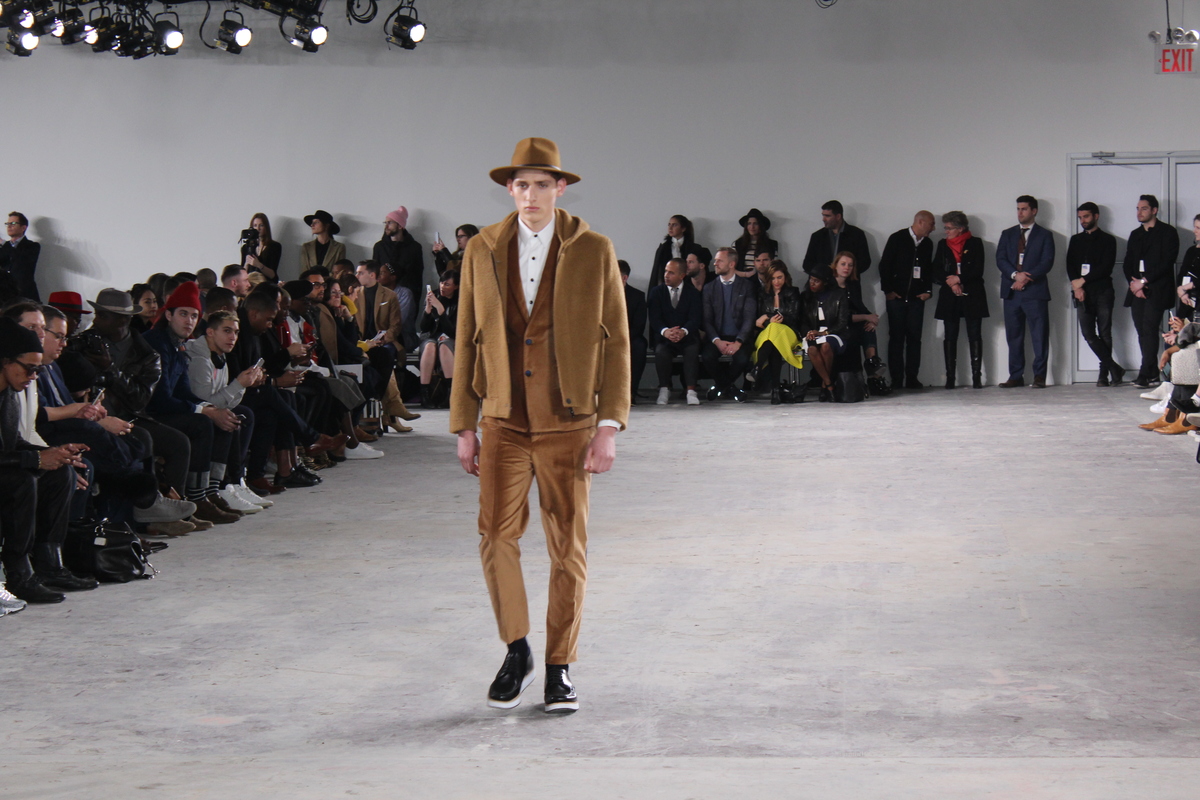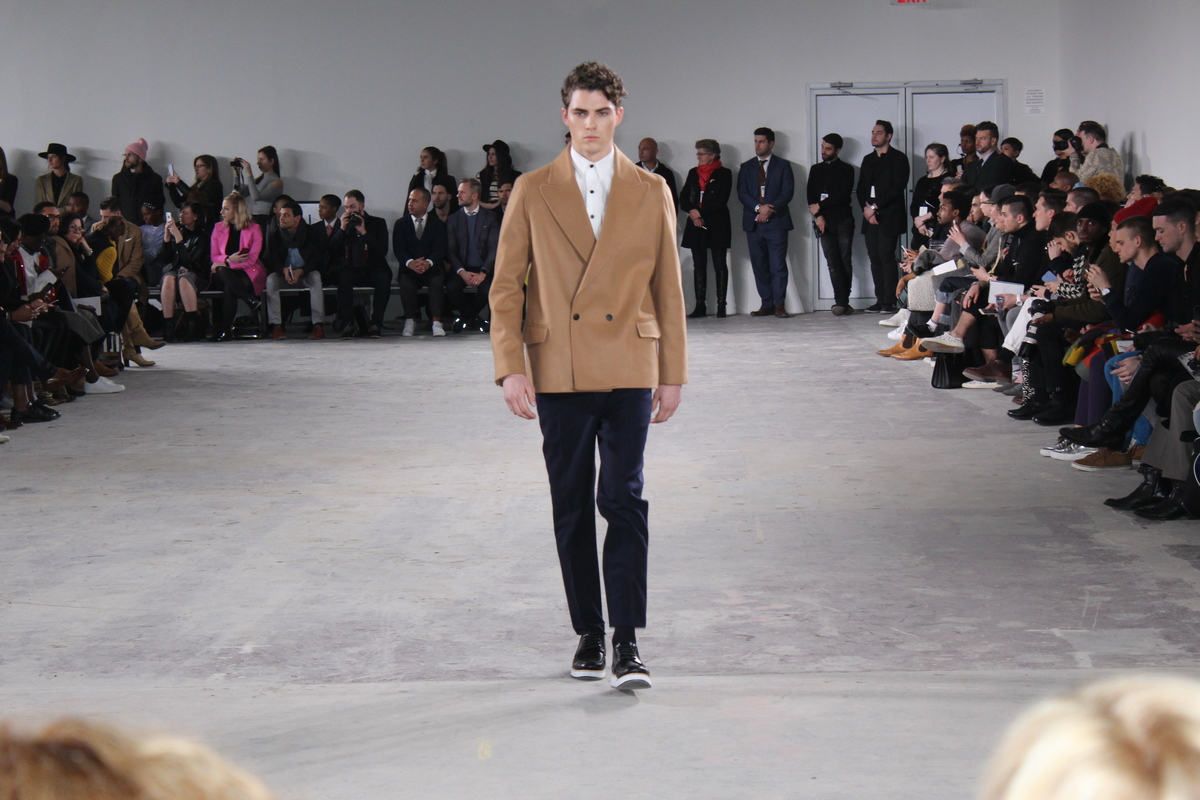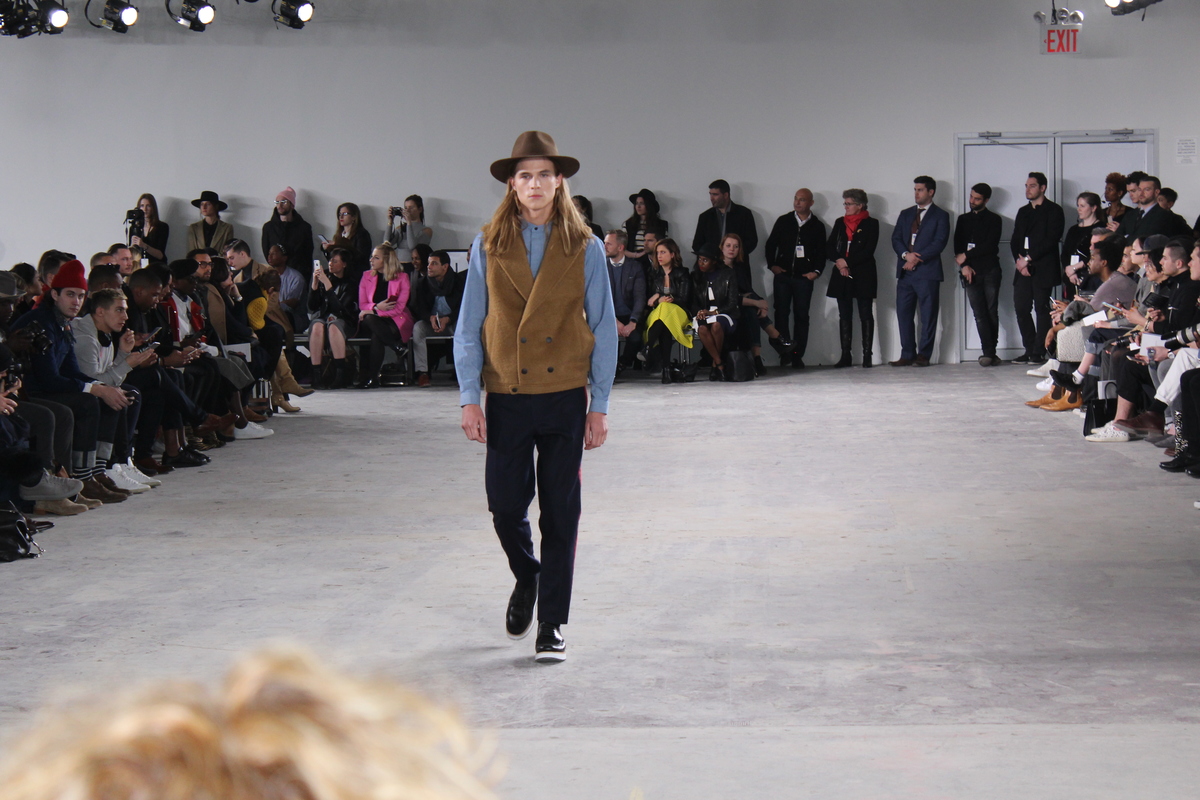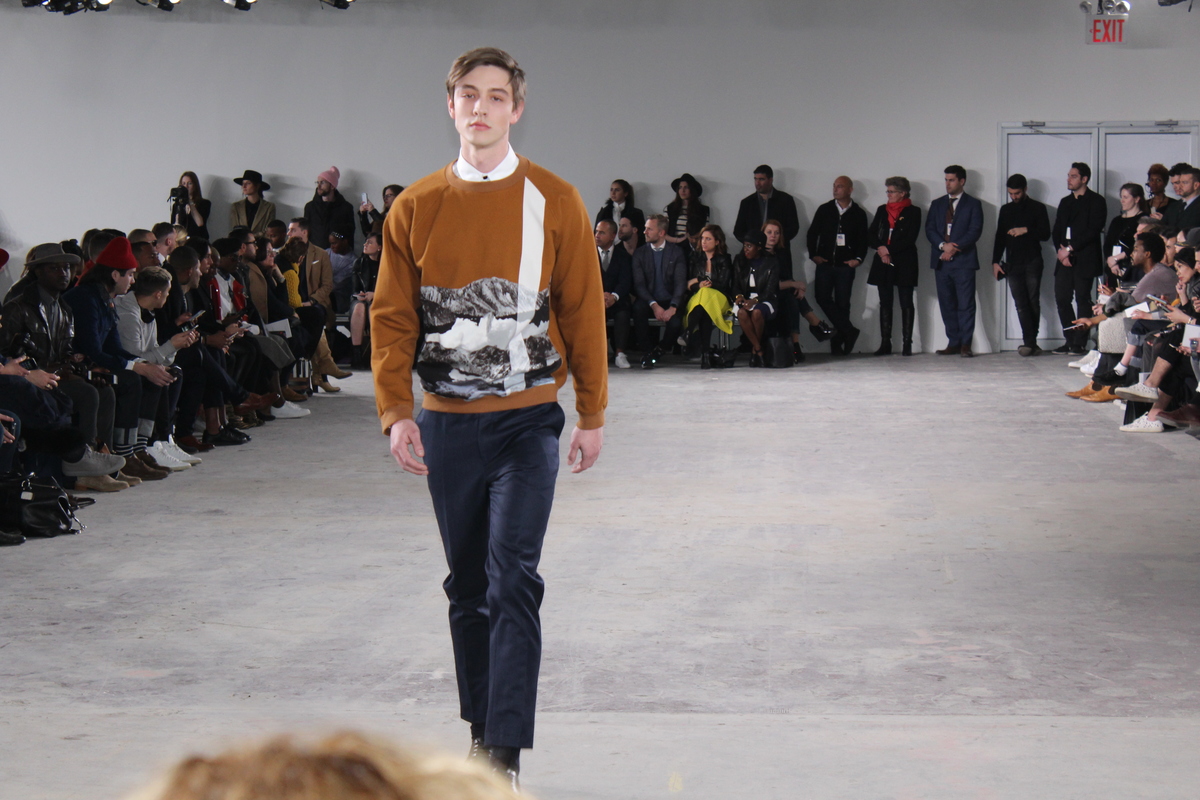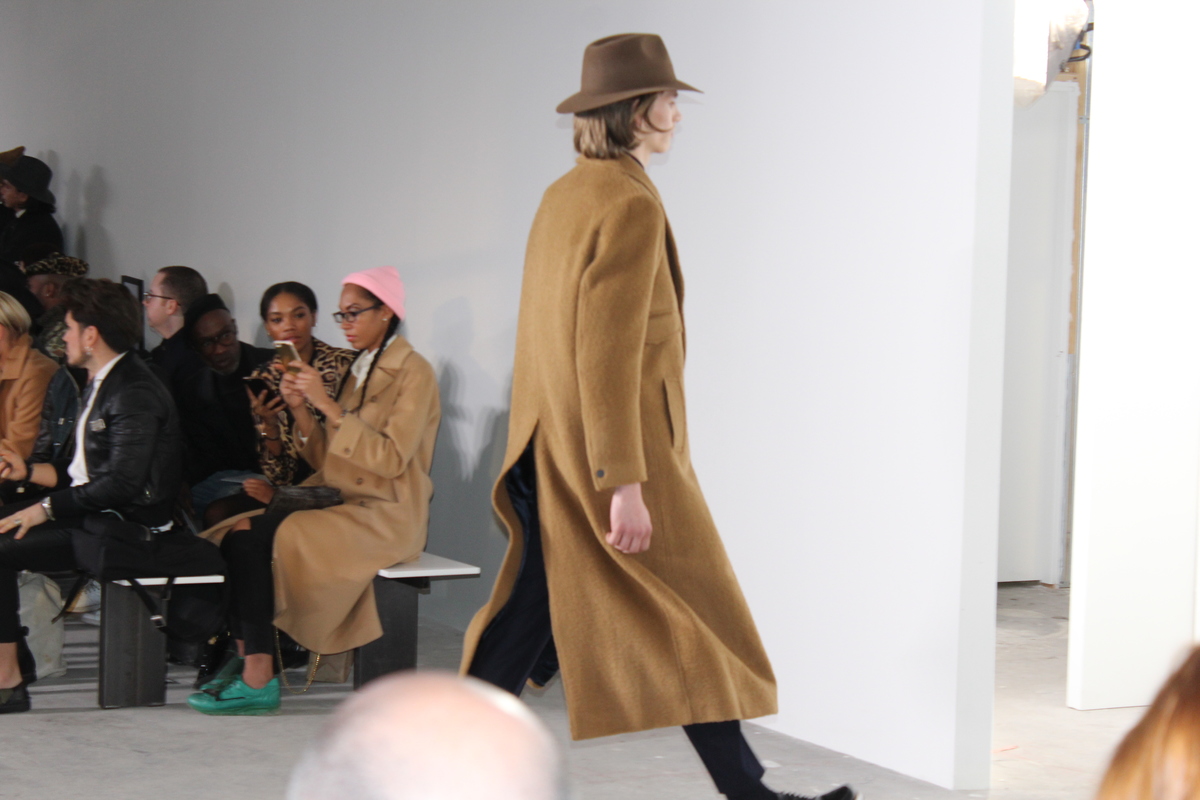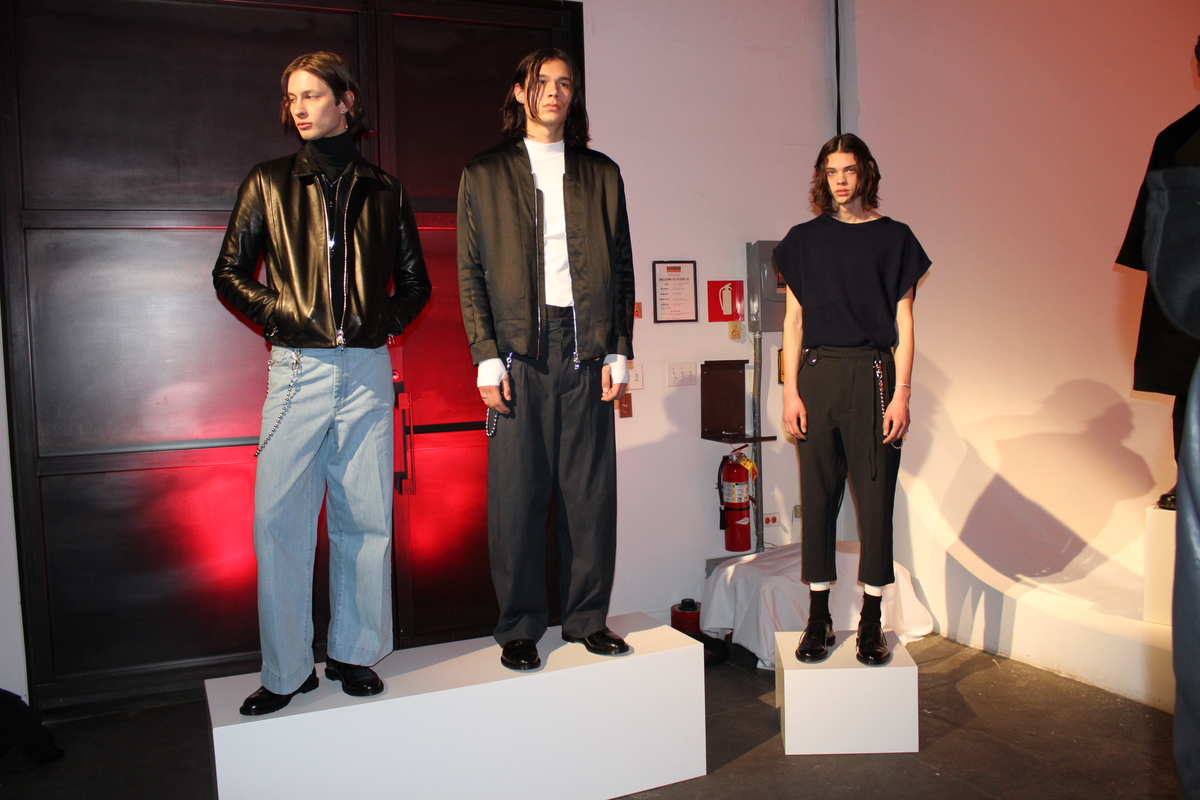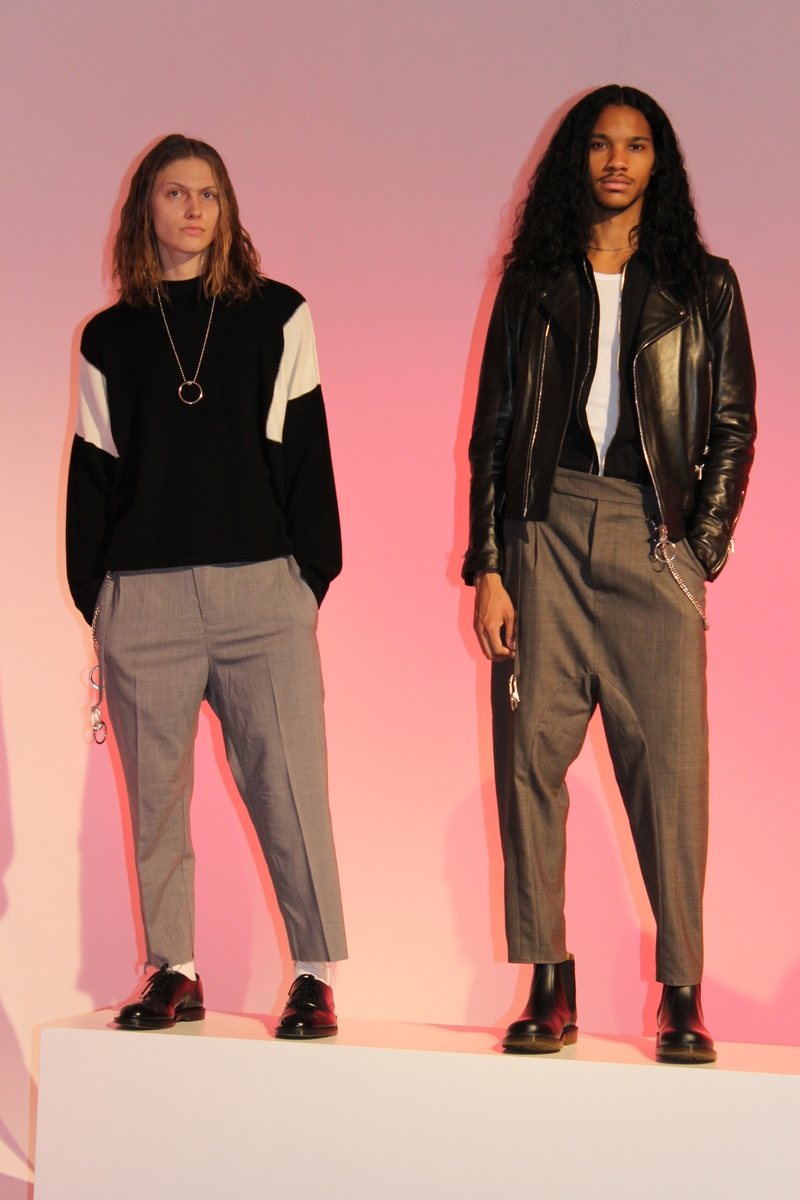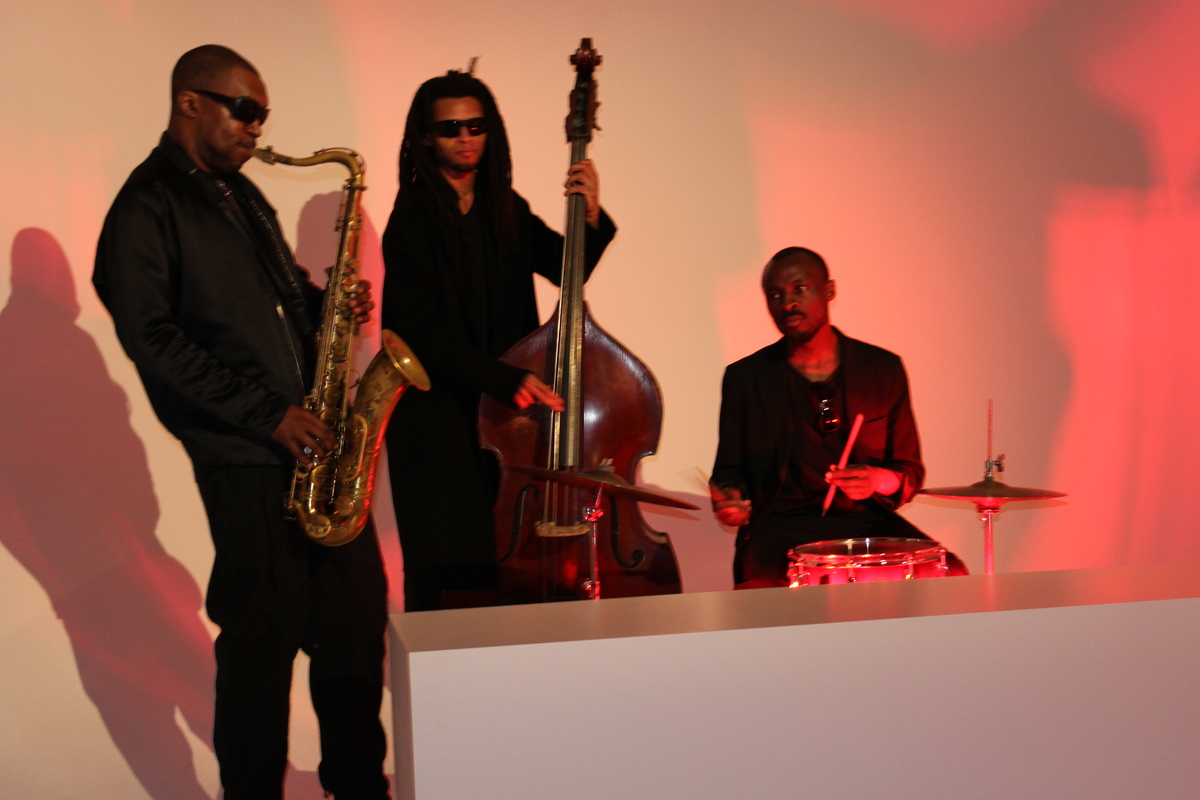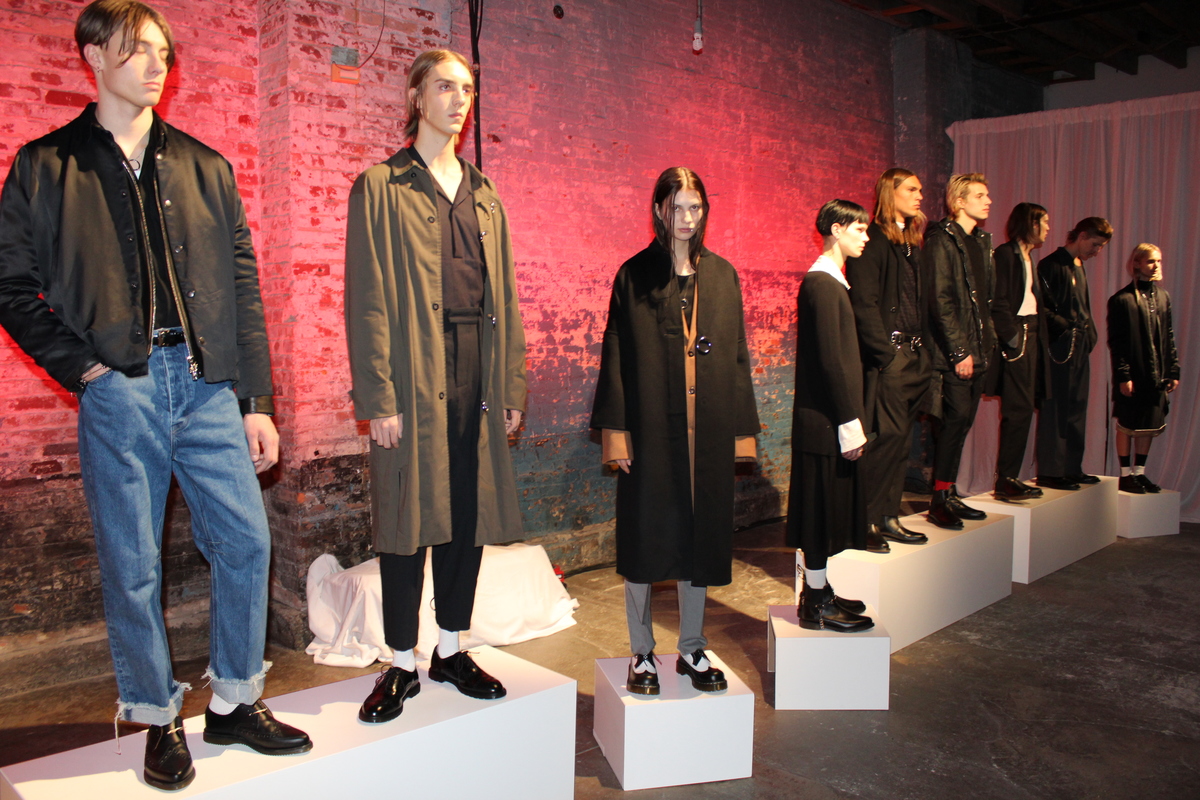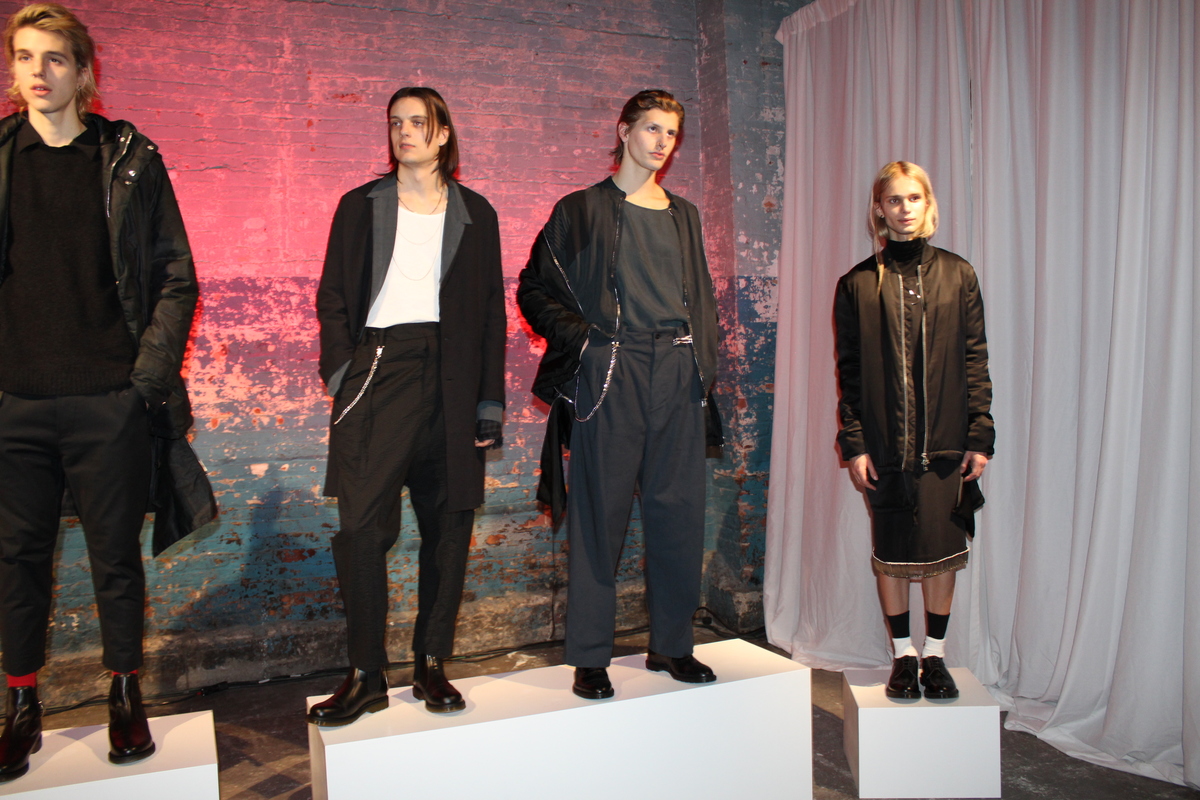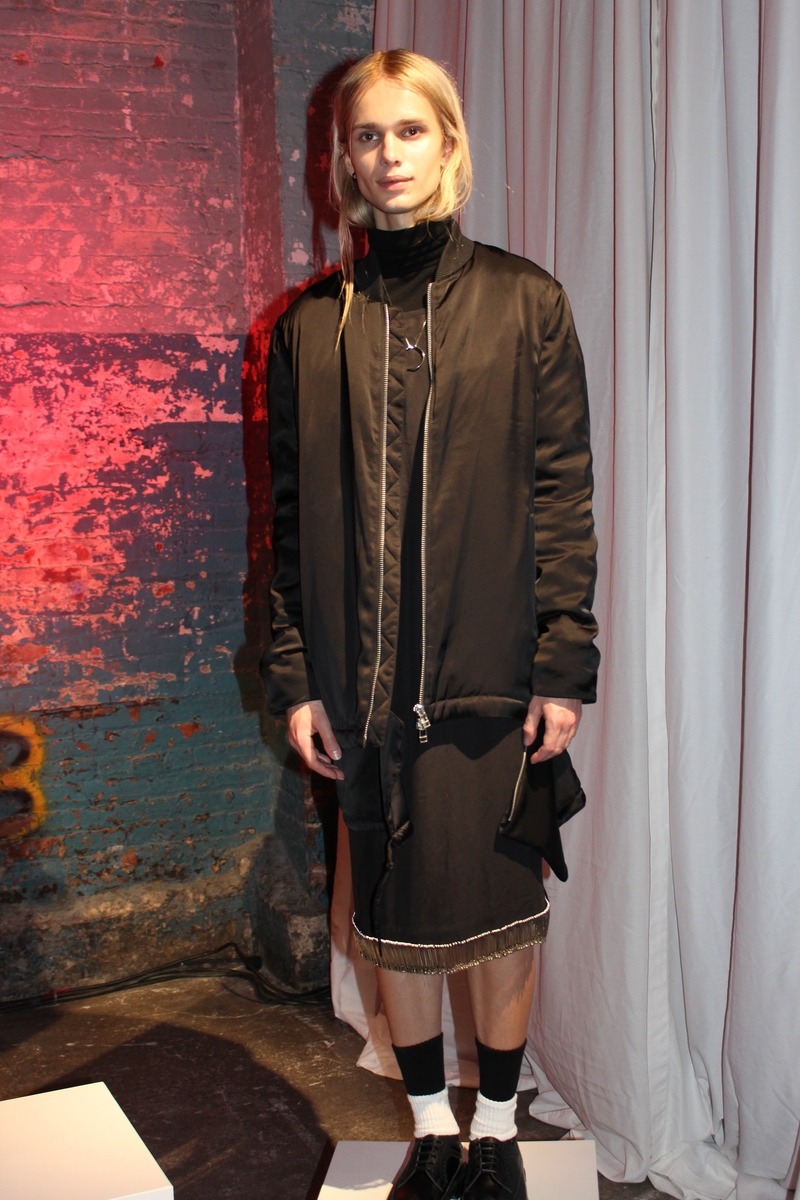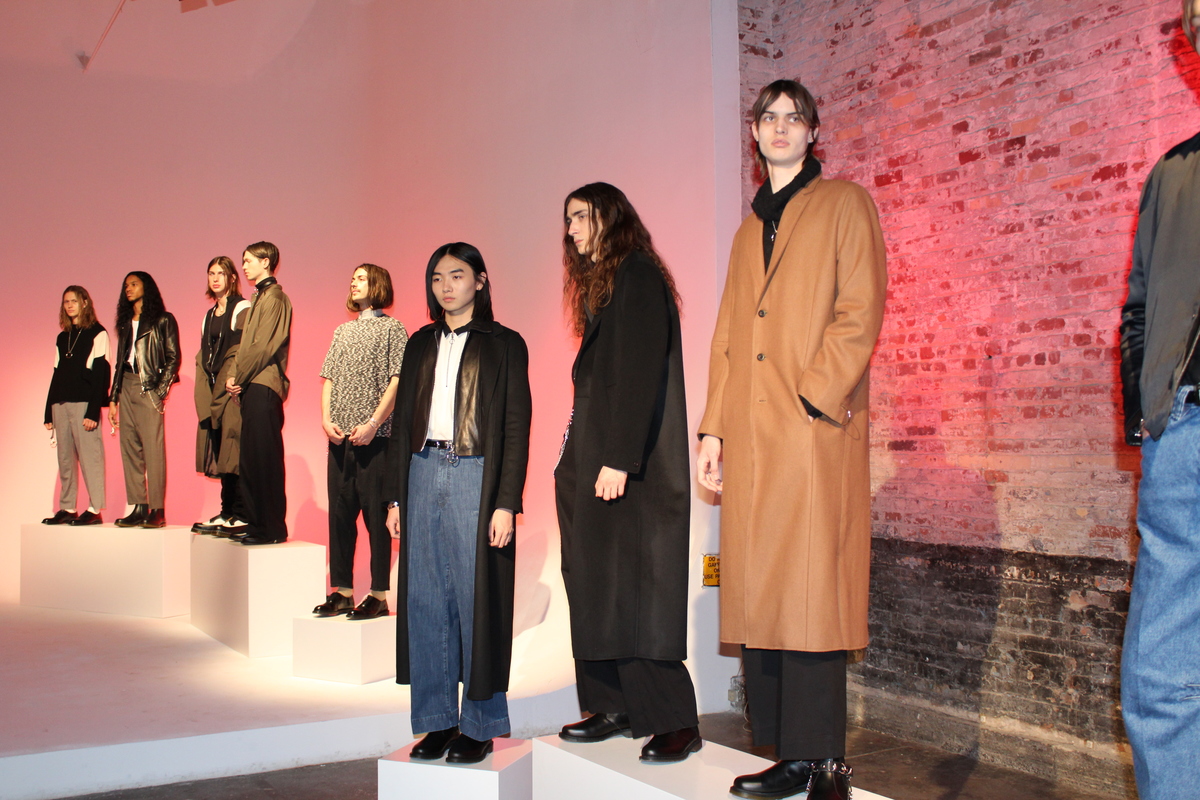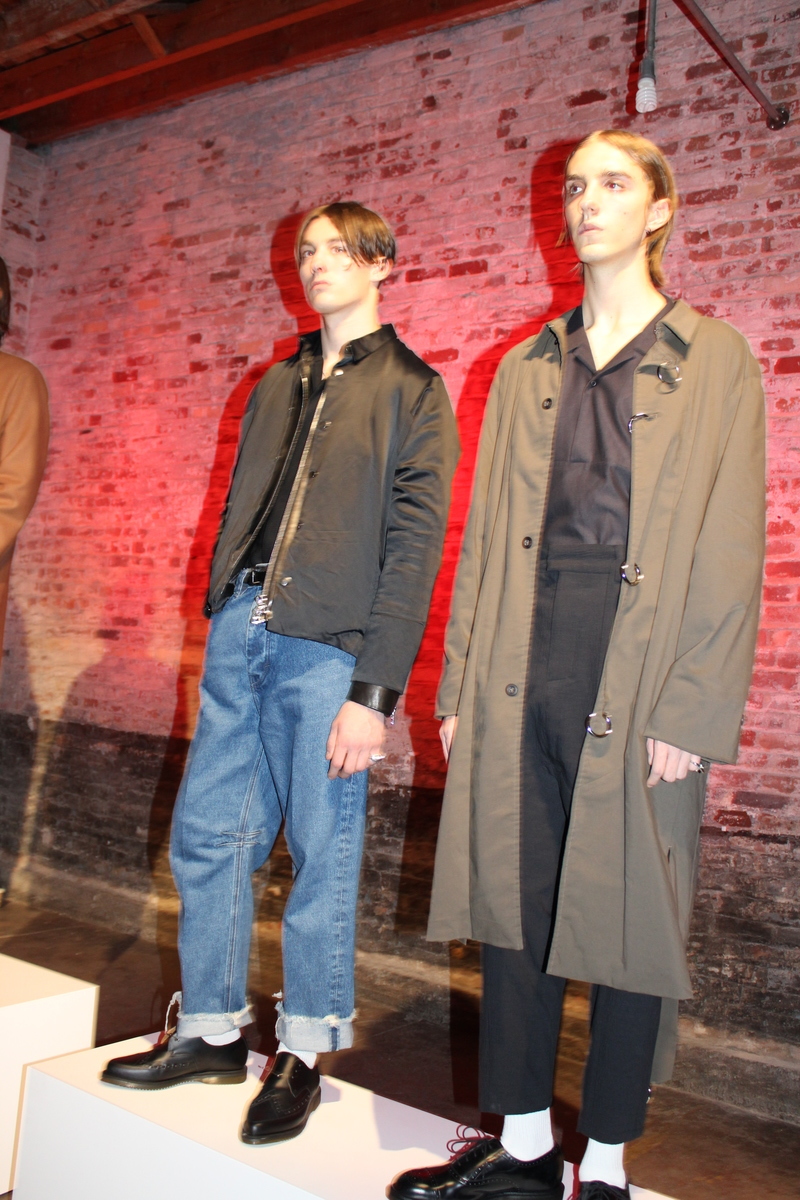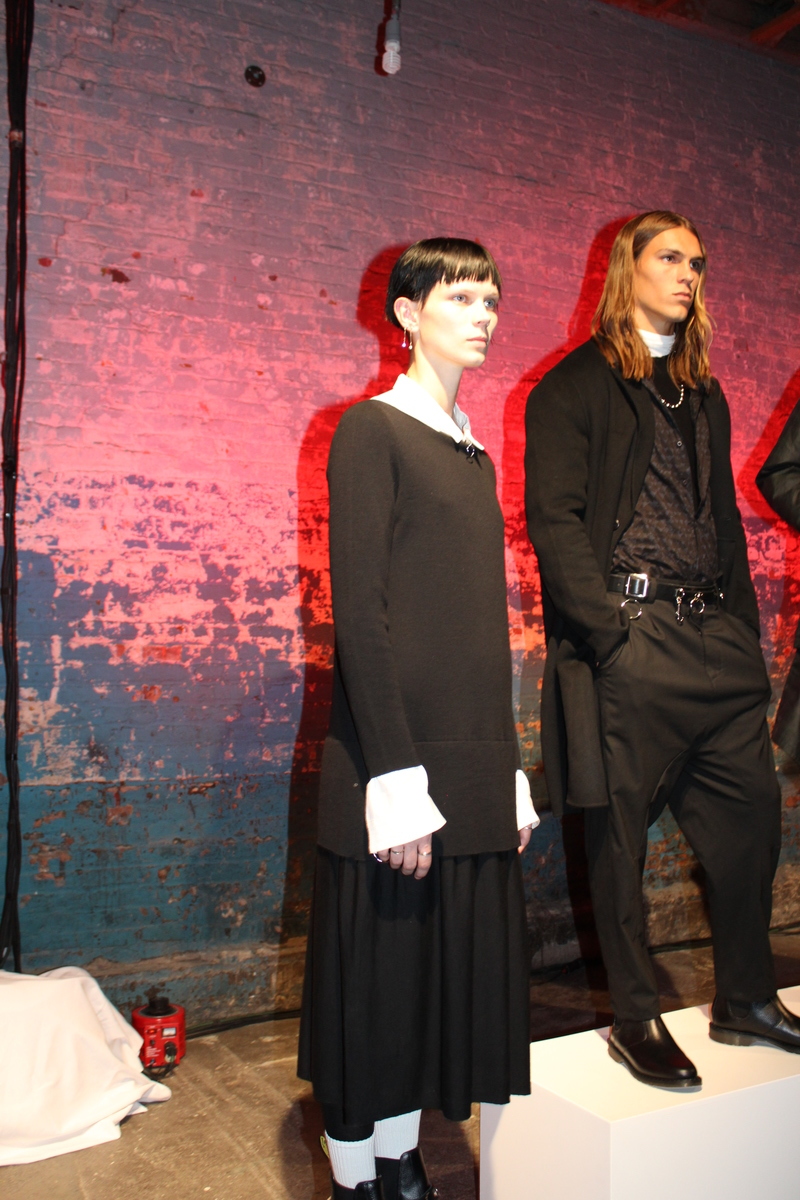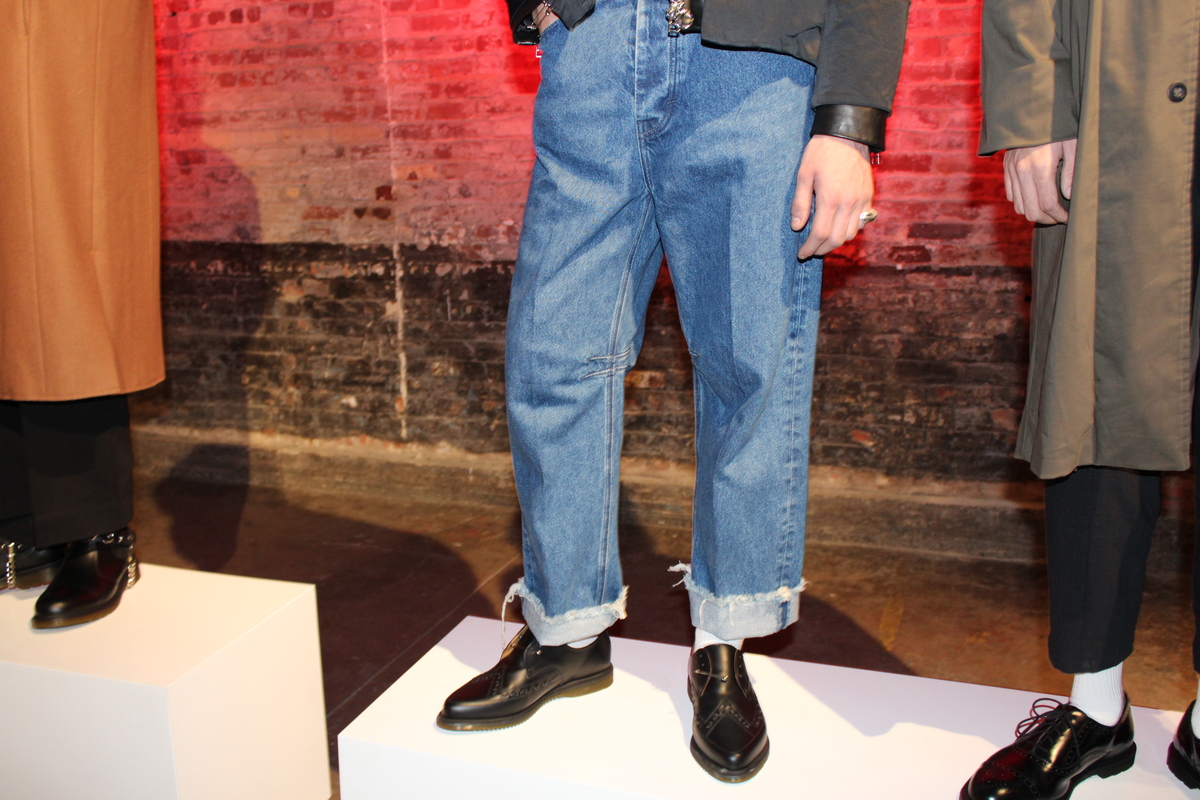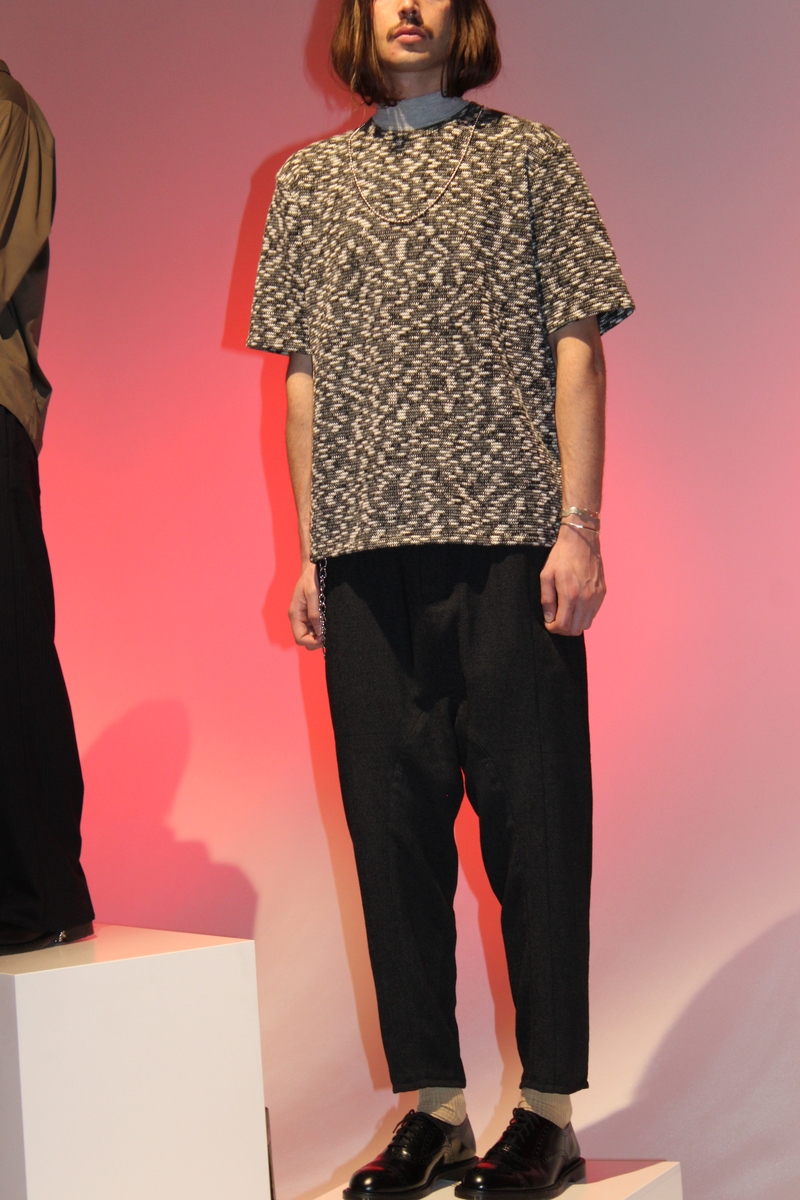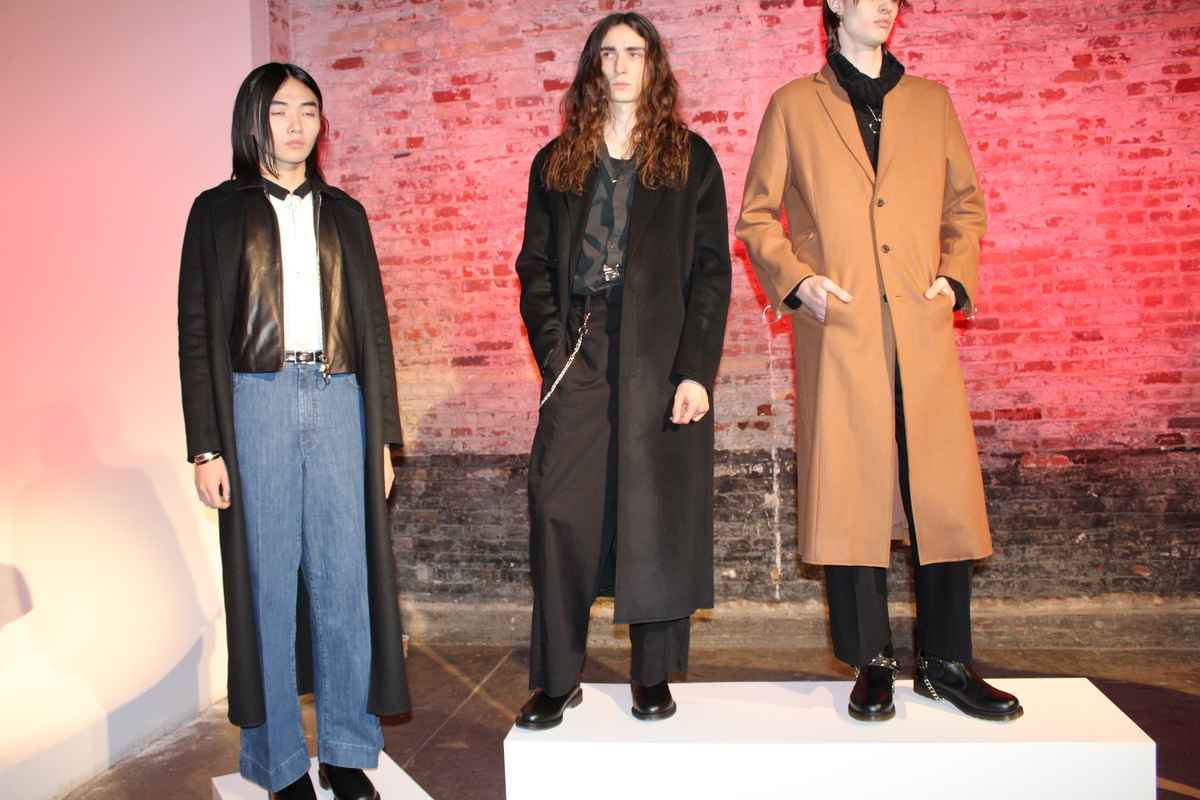If all roads lead to Rome, then which roads lead to Paris? For Chanel’s 13th Métiers d’Art show, Karl Lagerfeld took to the back lots of the famous Cinecittà film studios in Rome to show the luxury brand’s pre-fall 2016 collection. Since Lagerfeld’s reign at Chanel, his Métiers d’Art shows have become legendary: a rodeo in Dallas (Paris in Dallas), a barge in Shanghai (Paris in Shanghai), a hotel in Salzburg (Paris in Salzburg) – the list goes on. The shows aren’t just bombastic gestures of wealth; their intention is also to celebrate the artisans around the world that contribute to the work of Chanel’s collections, from lace to buttonry to embroidery. But Lagerfeld’s decision to create a vintage Parisian set on Teatro No. 5, replete with bistro tables, a boulangerie, a cinema, a metro station, three weeks after the terrorist attacks in real Paris, had a deeper, more poetic and darkly coincidental meaning. The show, planned well before the attacks, was a cinematic love letter to Paris. Lagerfeld remarked: “I wanted to create a homage to Paris. The best Paris, the most romantic Paris and to nostalgia for an idealized version of the city that never really existed.” The Cinecittà, otherwise known as Hollywood on the Tiber, was built by Benito Mussolini in 1937 in a scheme to revive the Italian film industry – later, such classics as La Dolce Vita and Satyricon were filmed there. In Dustin Lynn’s own cinematic portrait of Métiers d’Art show, set to the soundtrack of Pink Floyd and a spoken word piece by film legend Jean-Luc Godard, a modern Rome and a modern Paris clashes with a make-believe, Charles de Gaulle-era Paris. Then there are the models walking the runway, the high fashion, and the after party – just to remind us that it is all just fantasy.
Mad About The Boy: Read Our Interview With SHOWStudio's Lou Stoppard On Fashion And Fashion's Obsession With Youth →
With the massive outpour of round the clock fashion coverage and inundation, SHOWStudio editor’s Lou Stoppard still firmly stands out. As a writer, broadcaster, and curator, Stoppard offers both a conceptual understanding of fashion as well as an open-mindedness to the changes in the industry that allows her work a warm resonance that rings true throughout the media. As SHOWstudio editor, Stoppard has picked the brains of designers ranging from Nasir Mazhar, Gosha Rubchinskiy, Public School, Cottweiler, and many more. Perhaps most infamously, Stoppard was granted a two-hour interview with Kanye West following his Yeezy Season 2 presentation. Click here to read the full interview.
Opening of Mad About The Boy, Curated by Lou Stoppard @ Fashion Space Gallery In London
Mad About The Boy explores fashion’s obsession with youth, focusing on the way ideas of the teenage boy are constructed through specific collections and fashion images. Sparked by the success of designers like Hedi Slimane at Saint Laurent, Raf Simons and Gosha Rubchinskiy – all of whom seem to share a fixation with youth culture – the exhibition sets out to examine the tropes and parallels within fashion’s treatment of youth, unpicking the many notions of the young male that feature in fashion’s imagination, from outsider to sexual fantasy to reveller. Click here to read our interview with Mad About The Boy curator Lou Stoppard. The exhibition will be on view until April 2, 2016 at Fashion Space Gallery, London College of Fashion, 20 John Princes Street
Kanye West Debuts Yeezy Collection Three At Madison Square Garden During New York Fashion Week
Click here to read the full review. Photographs by Adam Lehrer.
Siki Im Fall Winter 2016 Presentation During New York Fashion Week Mens →
Click here to read our review of Siki Im's Fall/Winter collection. photographs by Adam Lehrer
Saint Laurent Fall 2016 Collection Presentation At The Hollywood Palladium in Los Angeles Part Two
Saint Laurent Fall 2016 Collection Presentation At The Hollywood Palladium in Los Angeles Part One
photographs by Douglas Neil
Claudia Li Fall Winter 2016 Presentation During New York Fashion Week
Unofficial Saint Laurent Pre-Party Before The Runway Show @ Tenants of The Trees in Los Angeles
photographs by Kevin Hayeland
Saint Laurent Special Zine Collaboration With Artist Mitchell Syrop
Tonight, Saint Laurent will be showing its new collection in the form of a runway show meets rock concert at the iconic Hollywood Palladium. The coveted invite, which was carefully delivered to Autre's doorstep, included a special zine collaboration between Saint Laurent and artist Mitchel Syrop, who is represented by Los Angeles based gallery Francois Ghebaly. photographs by Oliver Maxwell Kupper
Backstage At the Second Layer Presentation @ Skylight Clarkson In New York
photographs by Adam Lehrer
Second Layer Fall/Winter 2016 Collection Presentation at Skylight Clarkson During New York Fashion Week Men's
photographs by Adam Lehrer
Rochambeau FW 2016 Runway Presentation During New York Fashion Week Men's
New York-based brand Rochambeau, designed by duo Josh Cooper and Laurence Chandler, makes no bones about being rooted heavily in hip-hop culture. Their FW 2016 presentation felt like a short if totally dope hip-hop party, using the catalyst of dueling DJs blaring ‘90s hip-hop favorites, from Gangstarr to Illmatic to Reasonable Doubt. The bass was shaking the room. The collection was inspired by the 1992 Tupac-starring film Juice, and as a result oversized sportswear figures in as the primary motif of the collection. The looks were very clean, with navy blue nylon track pants and matching nylon turtleneck as perhaps my favorite. Some were a bit safe, such as a black bomber over a black hoodie (something we all see on the street enough to not need to be reminded of it on the runway). But then Rochambeau would redeem itself with something totally unique, such as the slightly loose oversized patterned track pants, or that same pattern shown as a button down shirt under a loosely tailored varsity jacket with nice looking oversized khakis. Rochambeau has established its brand DNA and sticks to it here, perhaps paving way for more grandiose statements to come. Text and photographs by Adam Lehrer
Kenneth Ning Fall Winter 2016 Collection At New York Fashion Week Men's
photographs by Adam Lehrer
Greg Lauren's Boxing Ring Presentation During New York Fashion Week Mens
photographs by Adam Lehrer
Gypsy Sport FW 2016 Presentation During New York Fashion Week Mens @ Skylight Clarkson
Gypsy Sport’s FW 2016 presentation shunned a runway for an aesthetic so much more powerful. Designer Rio Uribe opted for a podium of his typically streetcasted models. Once telling Dazed that he streetcasts because he wanted the label to “span all five boroughs of NYC and the different races, genders, and cultures,” the models, while all professional soccer player ripped, were of a mixed bag of racial backgrounds. Can high fashion actually be inclusive? Doesn’t that sort of go against the whole idea of luxury? Uribe doesn’t care one fucking bit. Sick clothes for culturally ignored cultures. FW 2016 menswear felt like a new high in the brand’s aesthetic. Many of the looks exhibited the brand’s pension for gender fluidity: beautifully patterned smocks, blue dresses with smartly placed zippers, and jumpers elongated up at the sleeves and cropped at the waist. But, there were also pieces a more conventional dresser would feel nothing less than confident wearing, such as the excellent denim-esque fabric sweatshirt in baby blue, wildly oversized but fitted just right. Gypsy Sport usually does a good show, but a presentation felt right here somehow. It seemed to elevate the brand beyond the early beginnings of a passive concept and into a new stage of active manufacturing of desirable products. Text and photographs by Adam Lehrer
Carlos Campos Fall Winter 2016 Runway Show At New York Fashion Week Mens
Click here to read our review of this collection. photographs by Adam Lehrer
Check Out All Our Coverage of New York Fashion Week Mens →
Read Adam Lehrer's review of the best of the best from day one of New York Fashion Week Mens here.
Chapter Fall 2016 Presentation At New York Mens Day
photographs by Adam Lehrer
A Few Looks From Robert James' Presentation During New York Mens Day
photograph by Adam Lehrer


